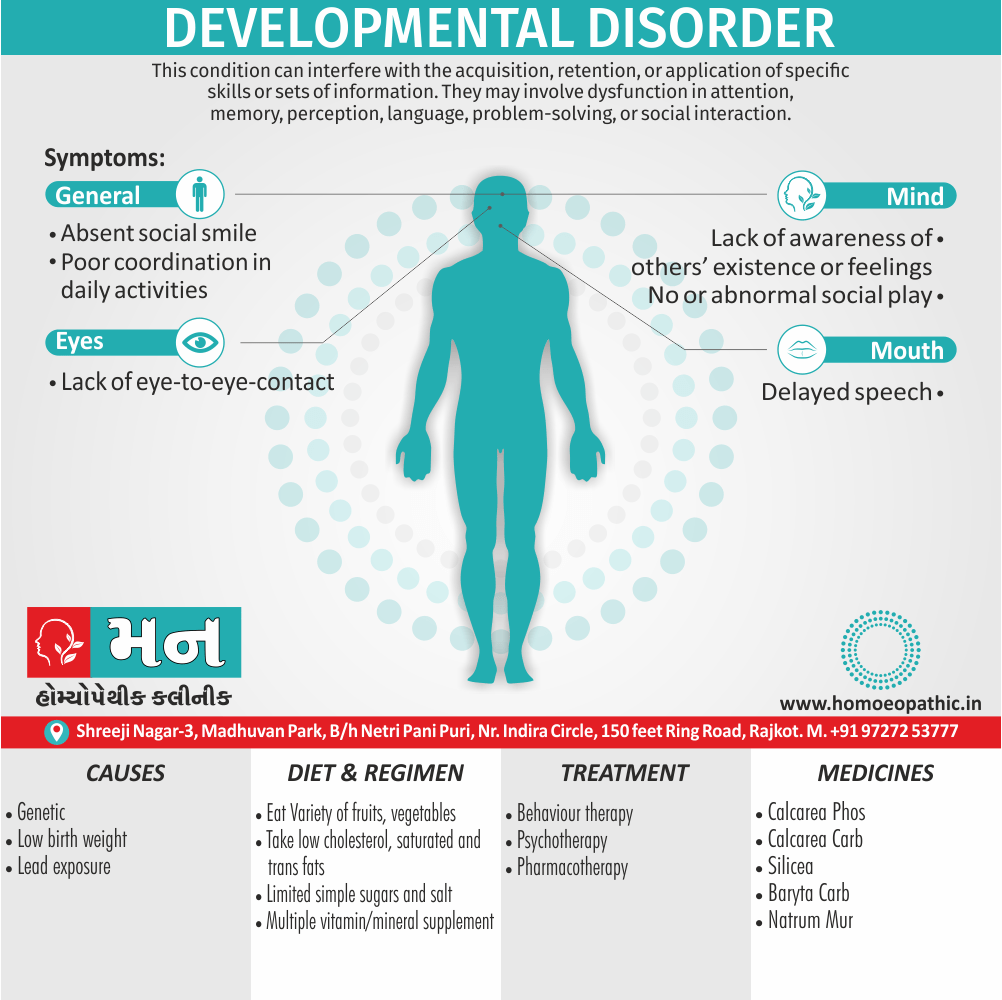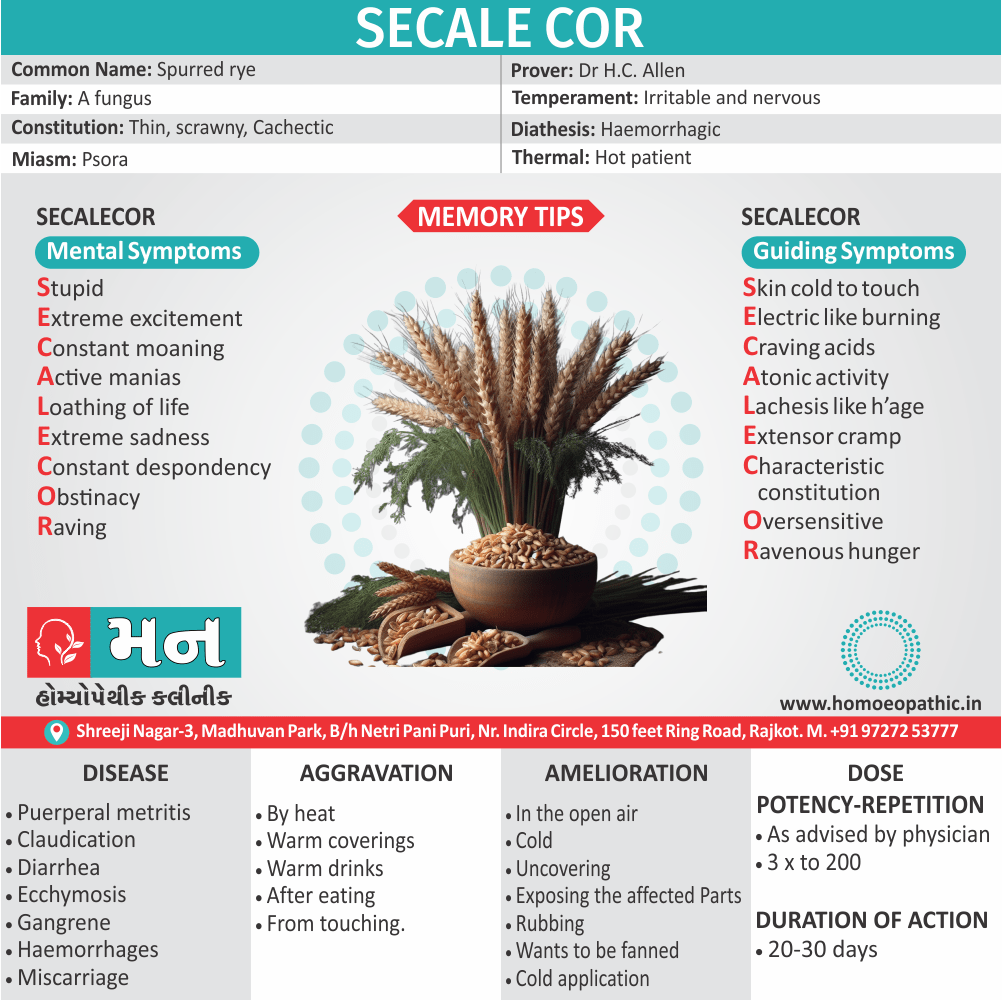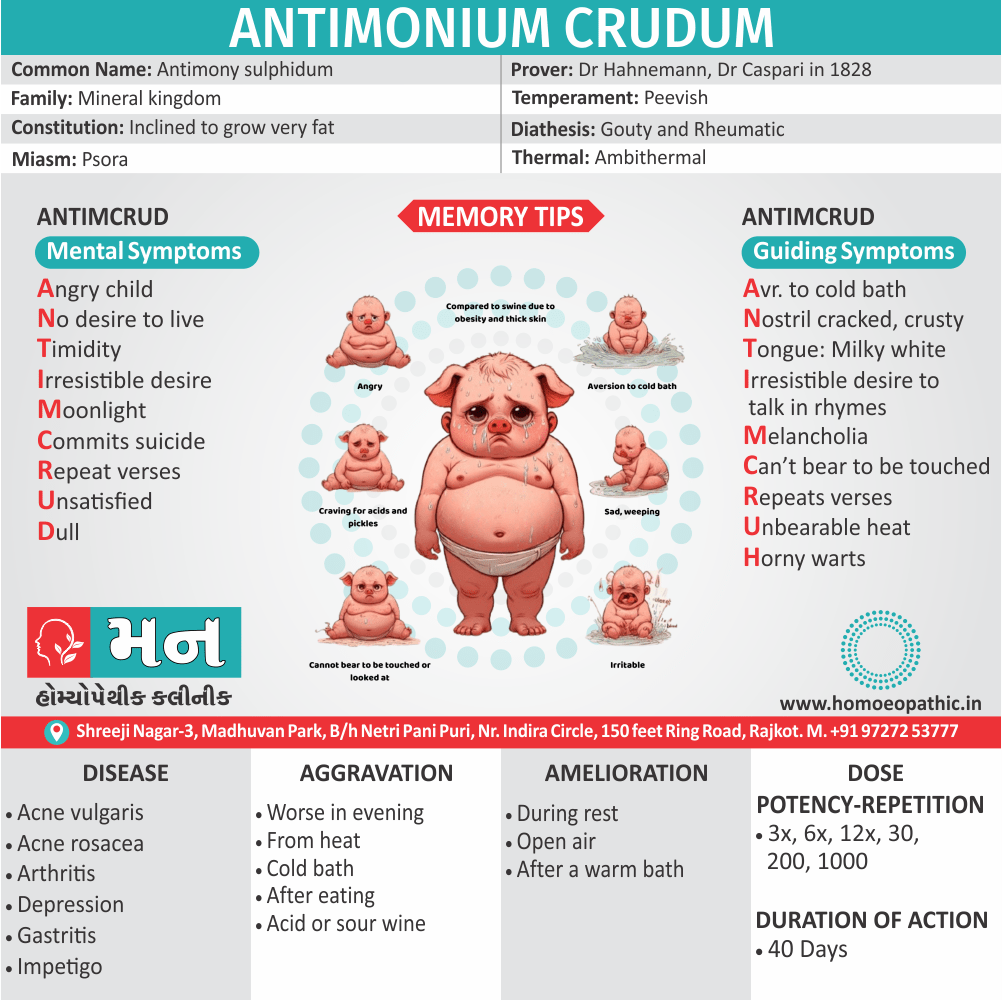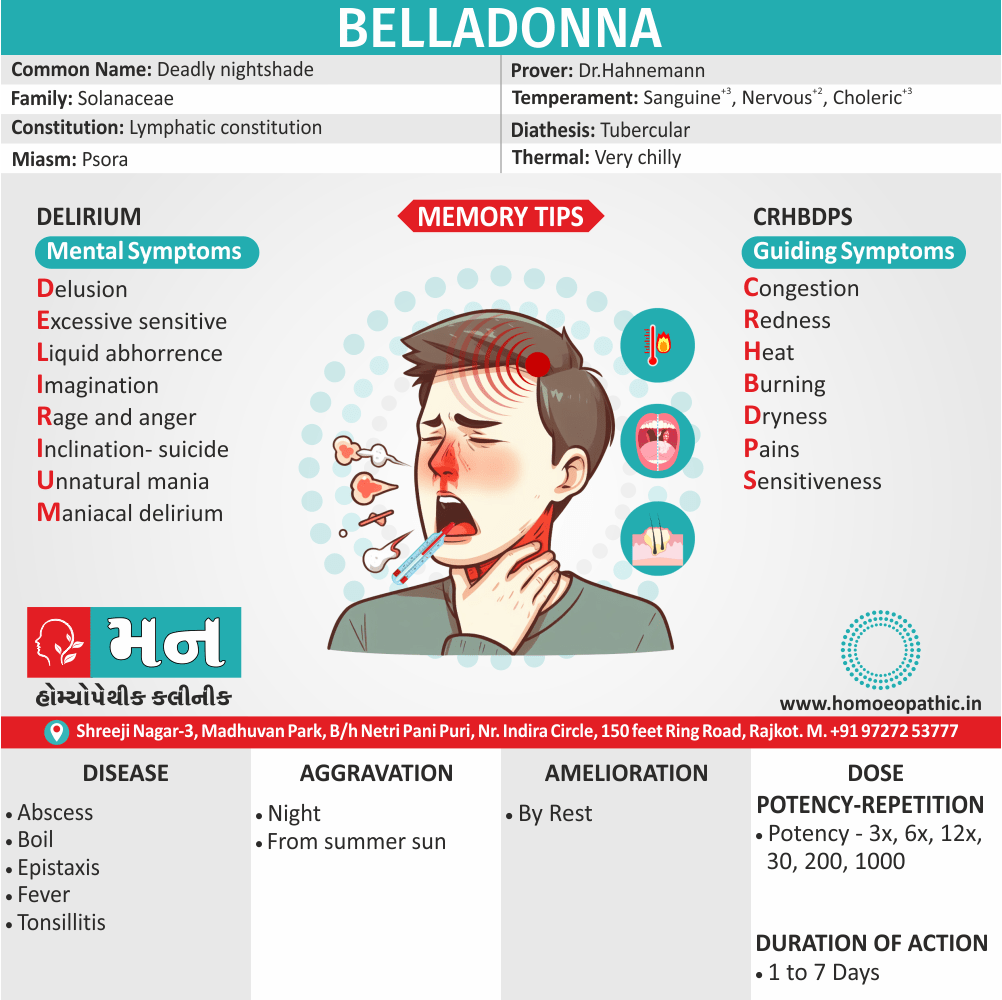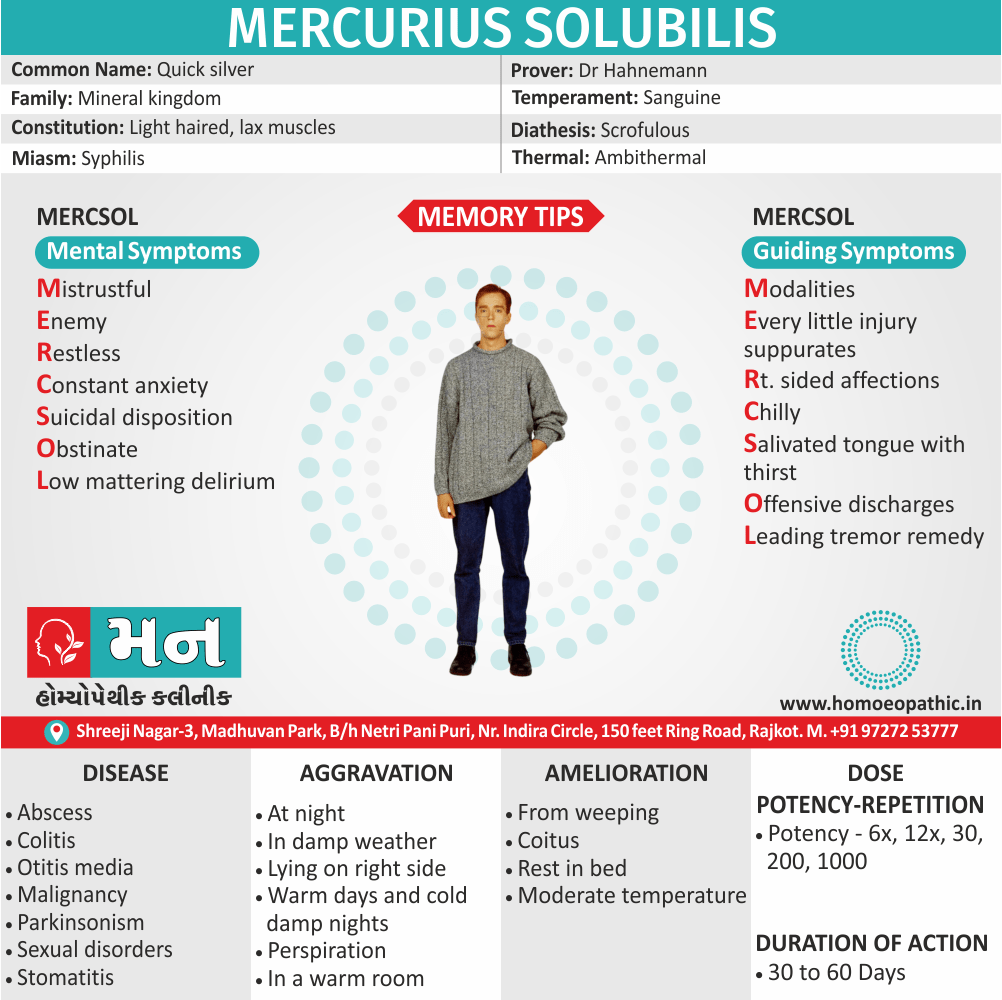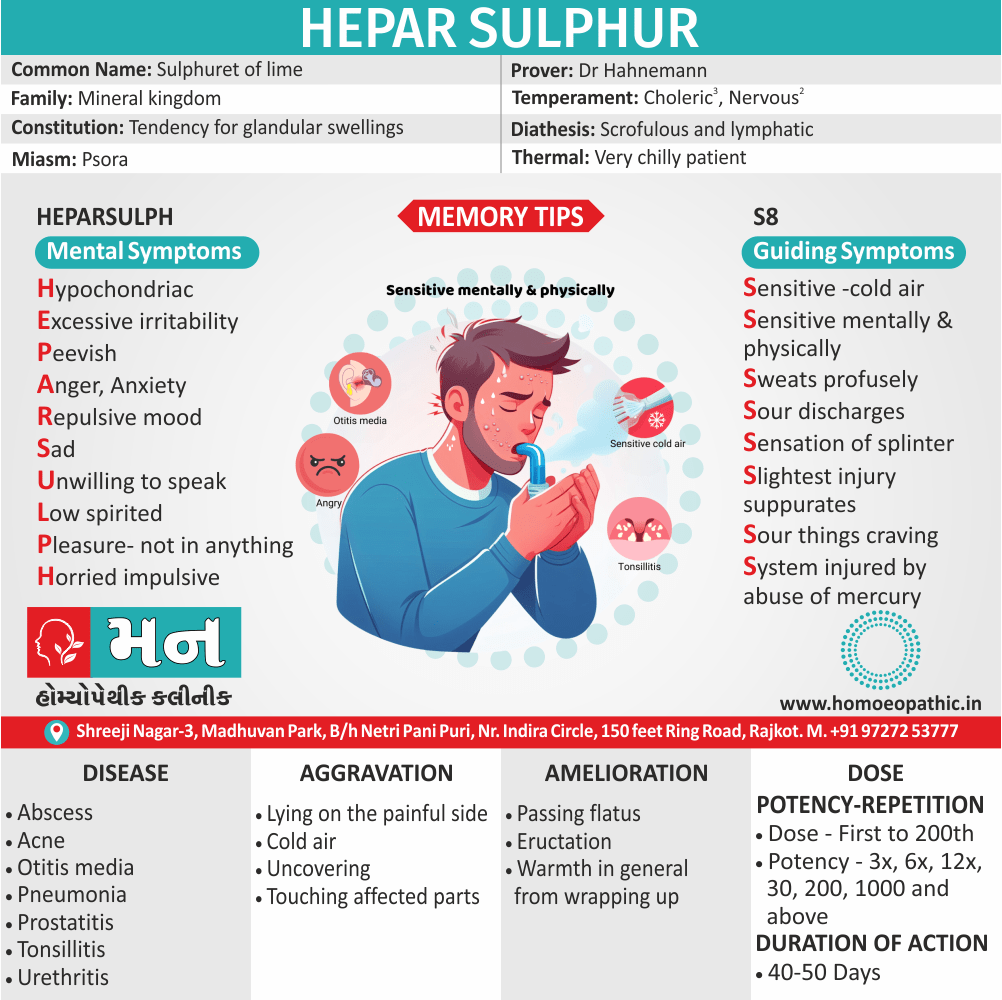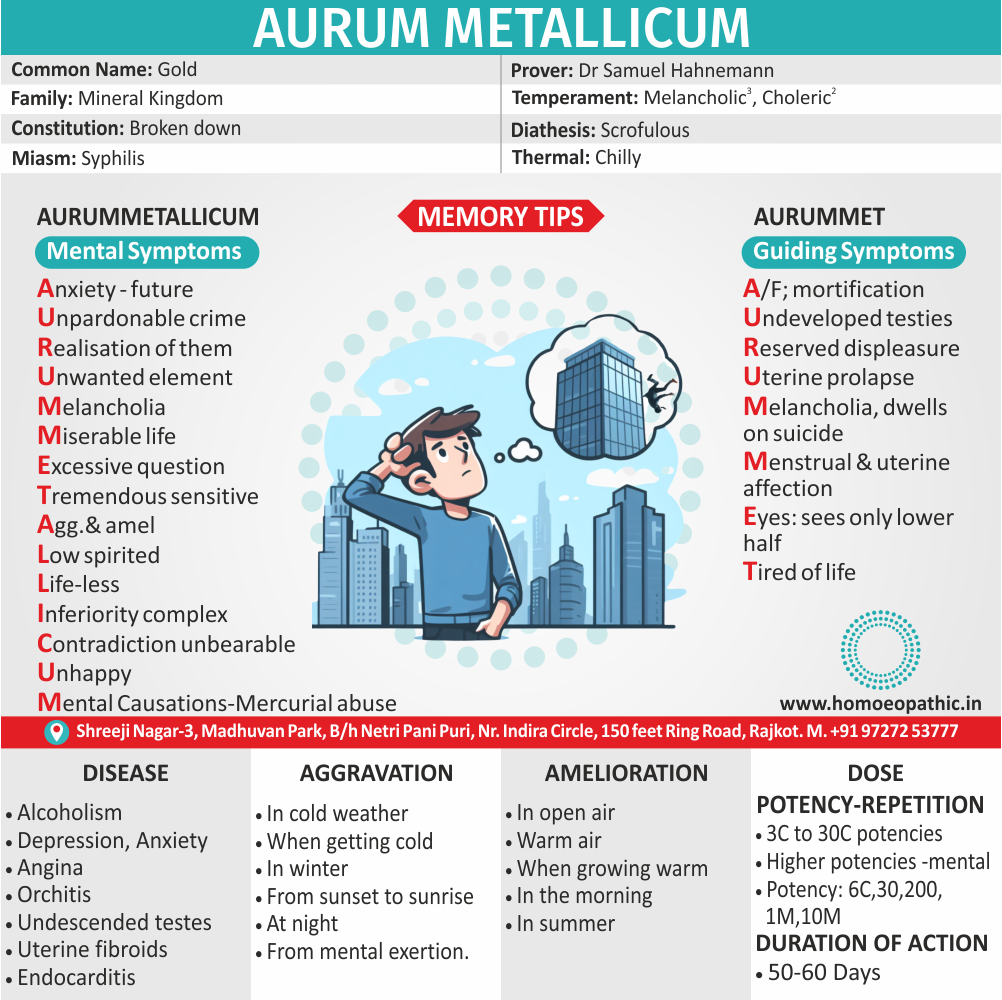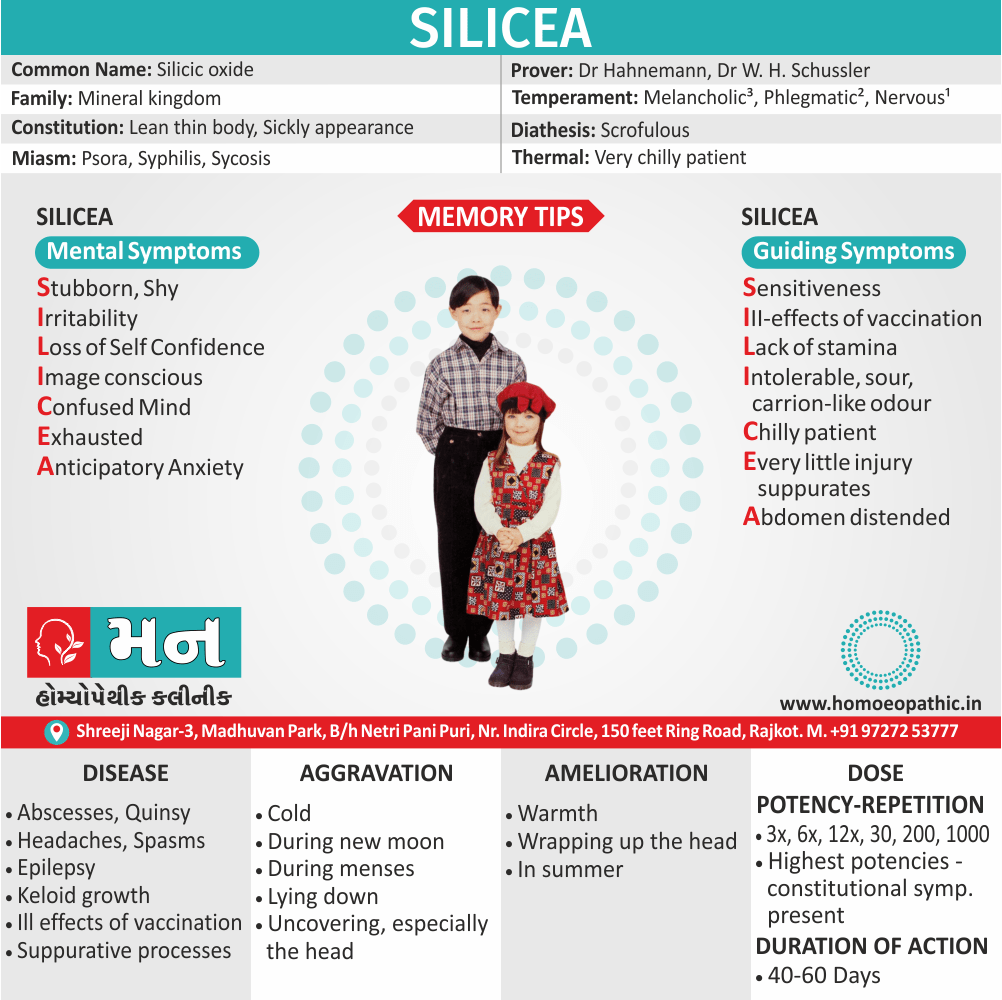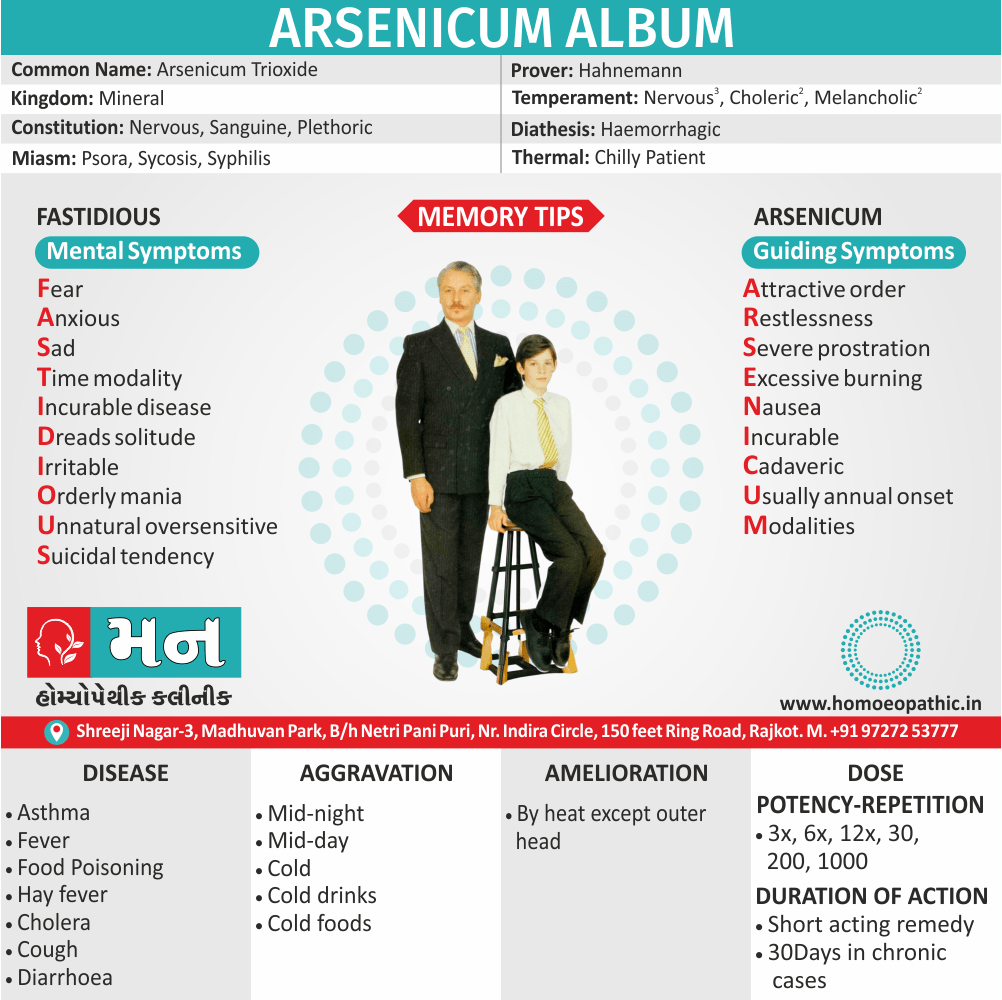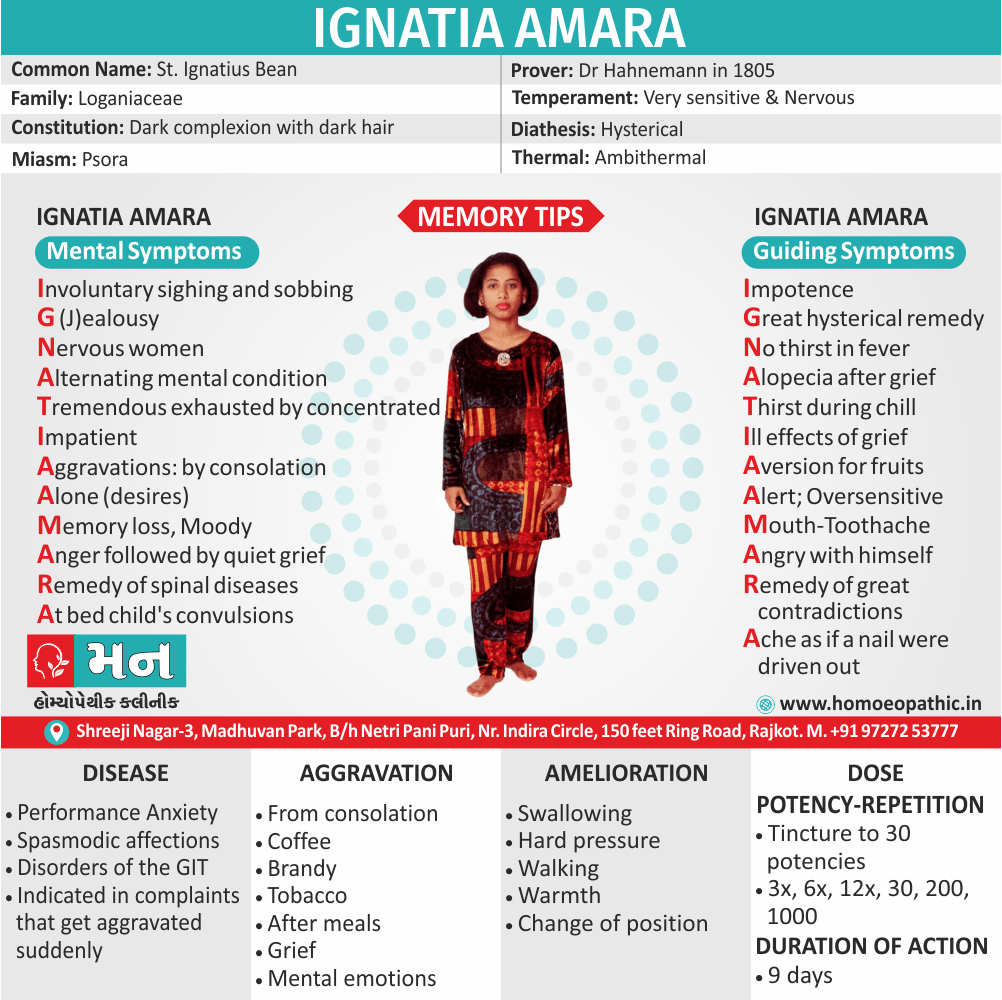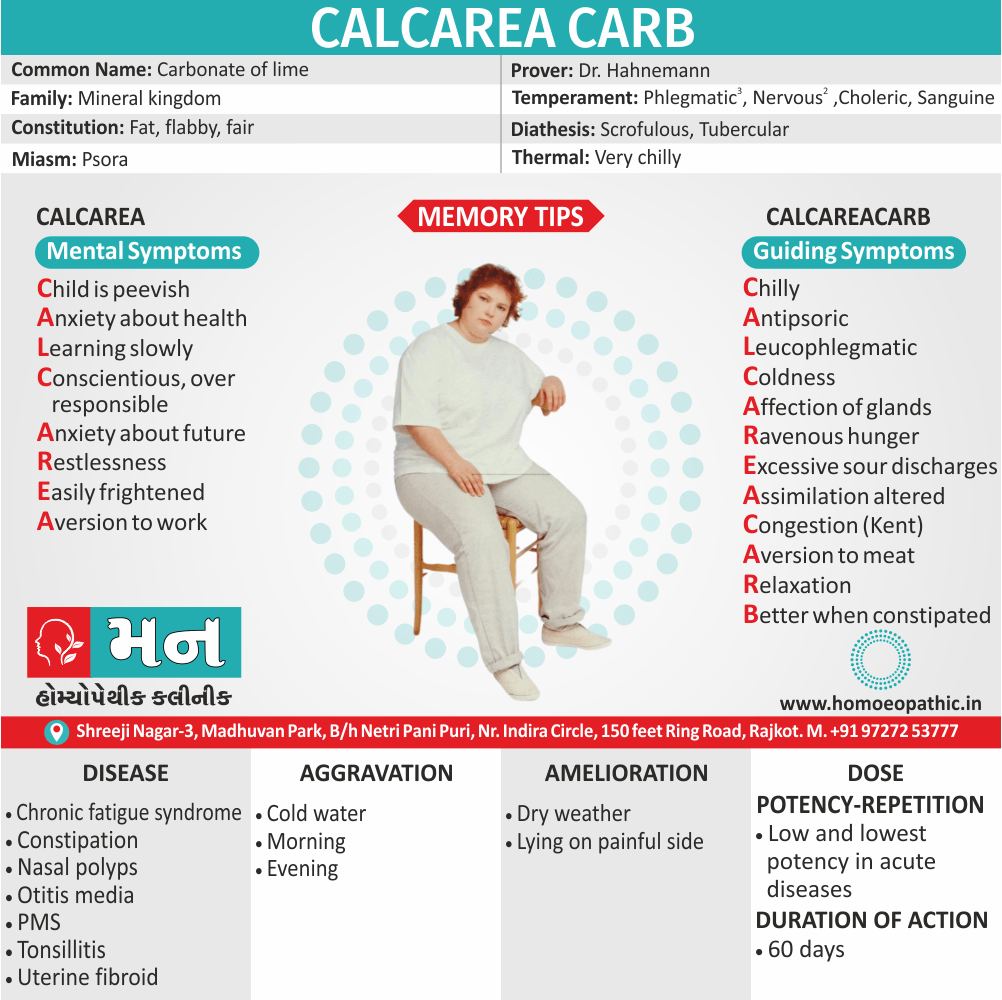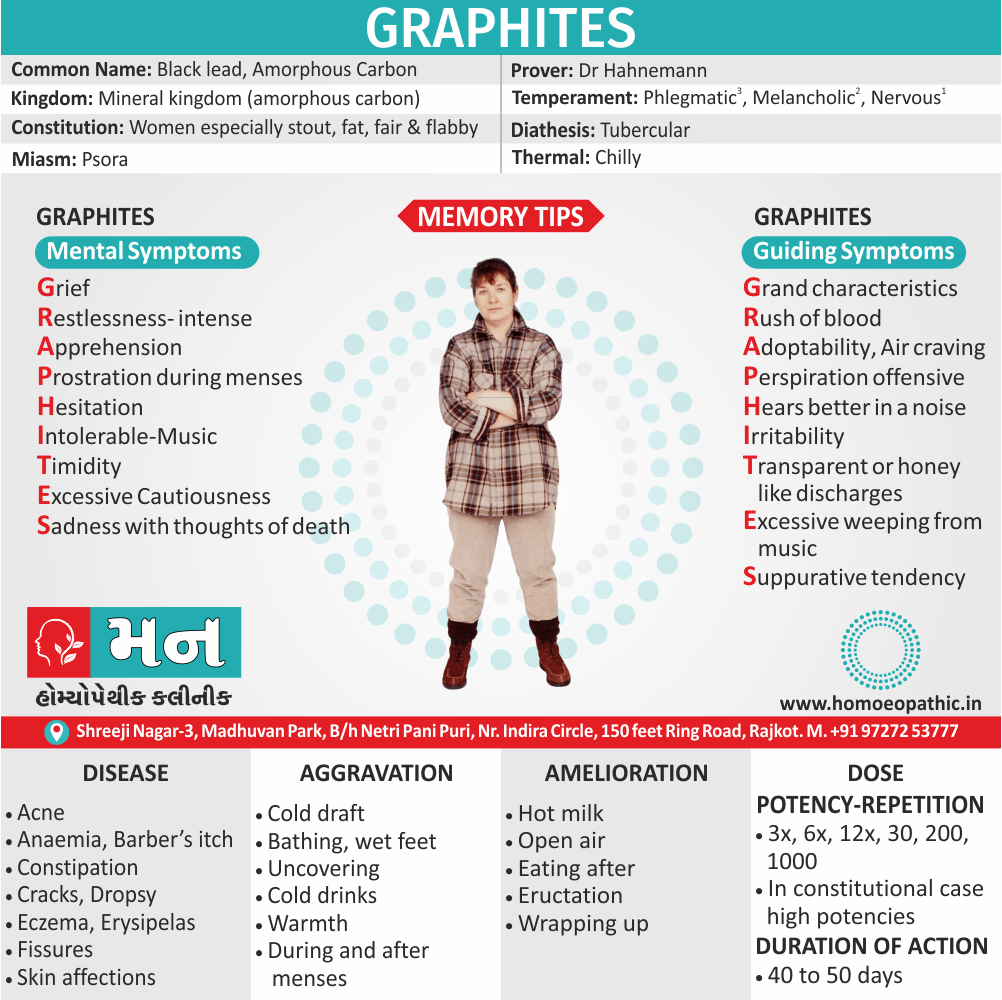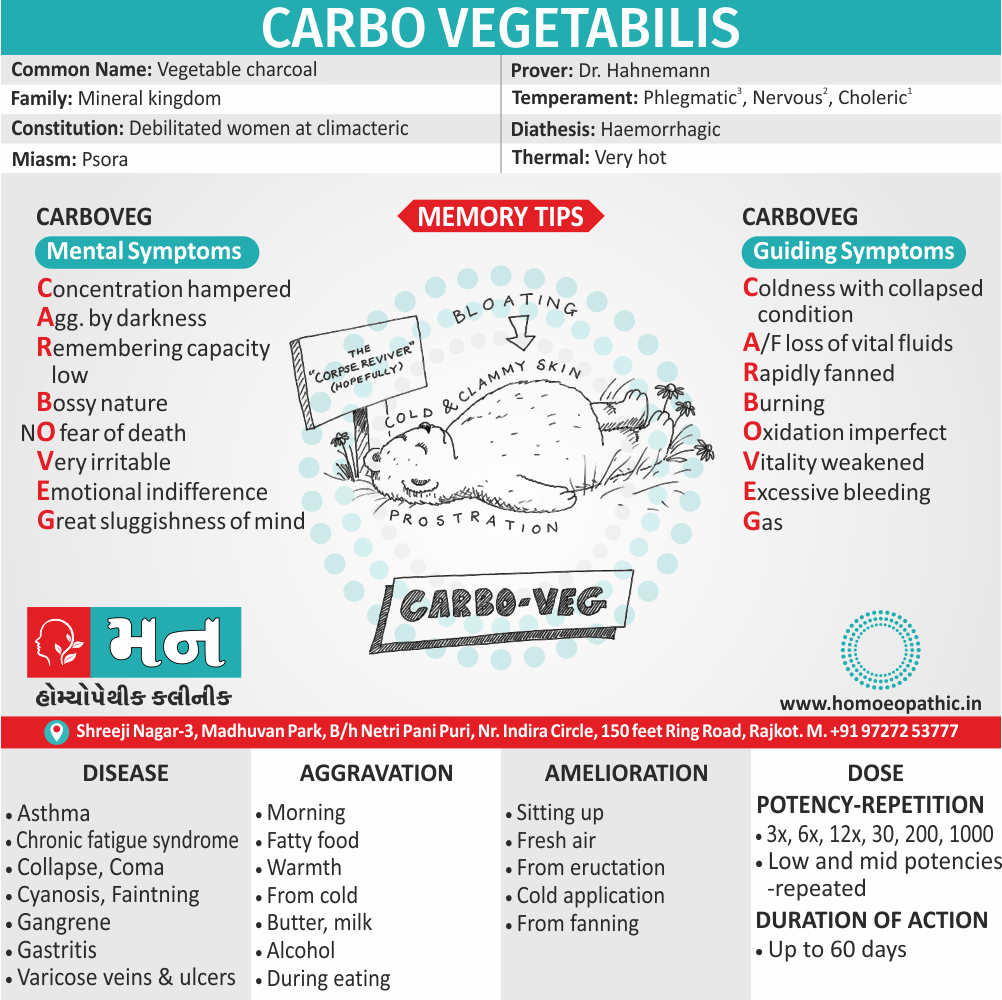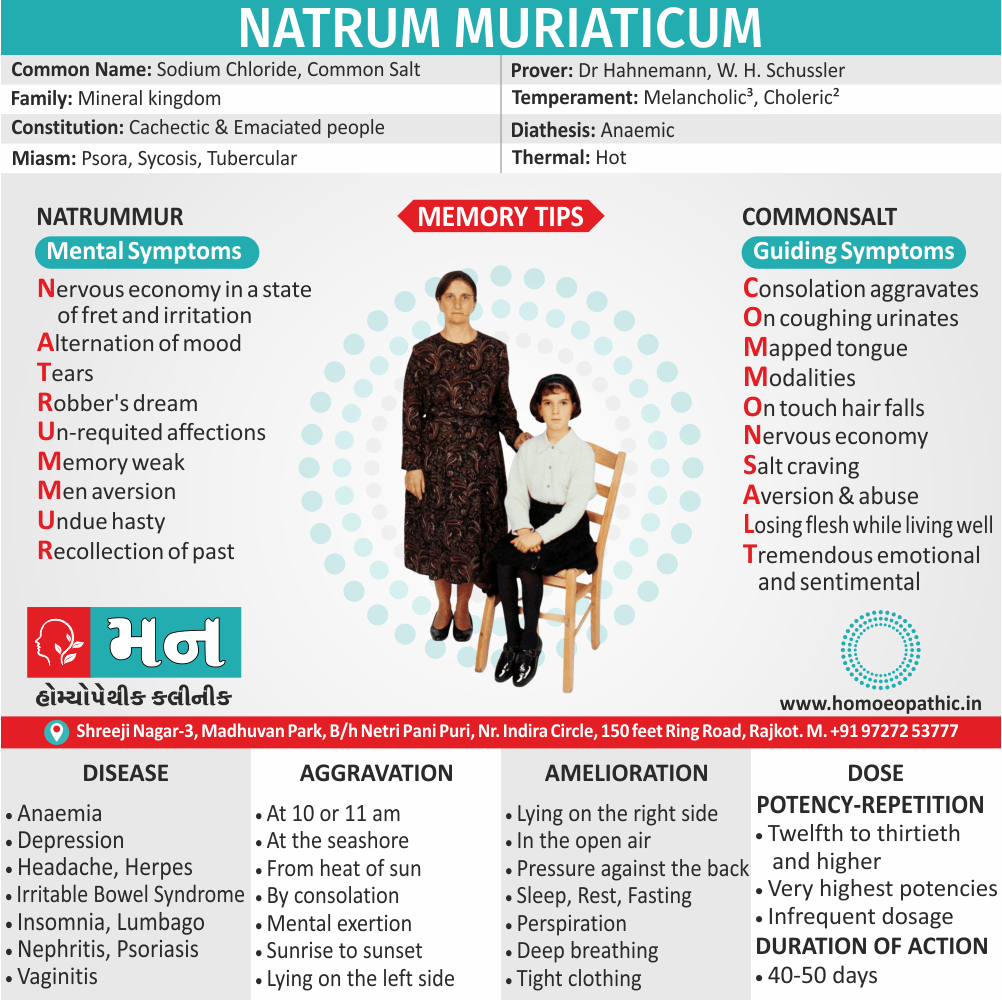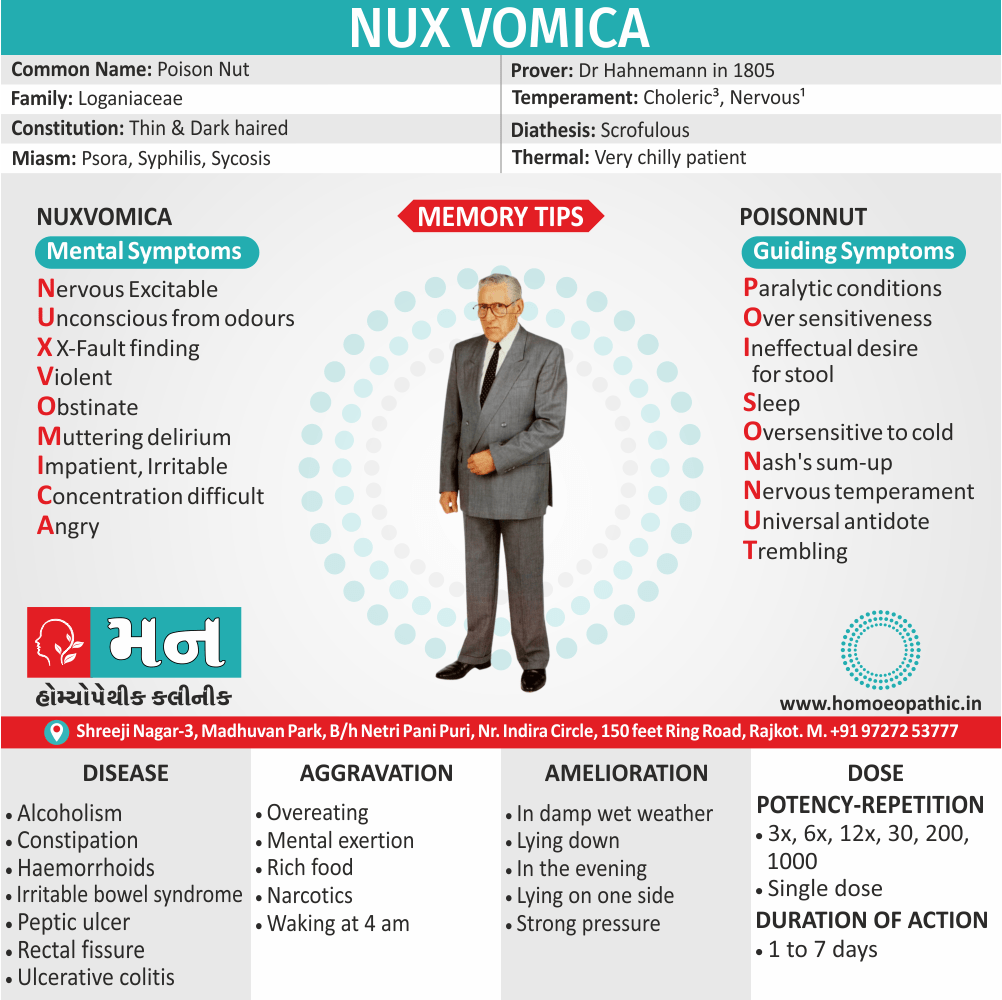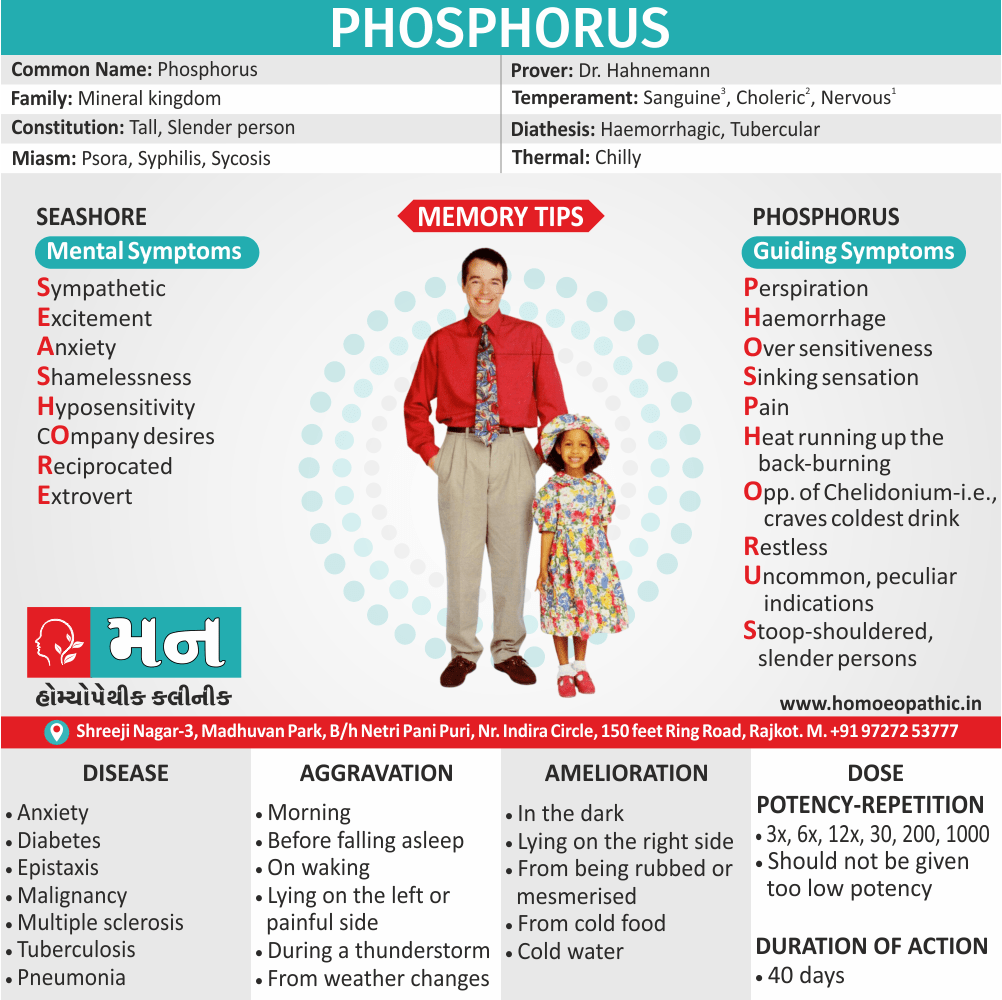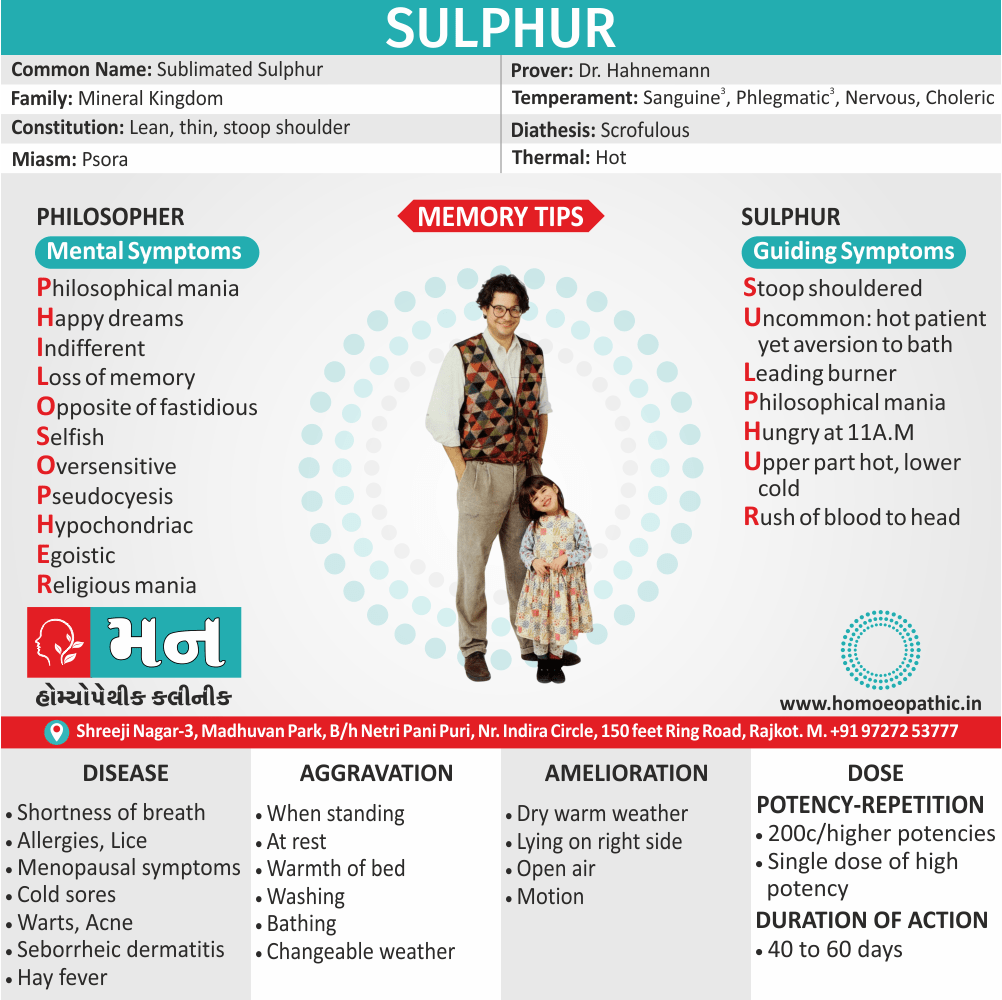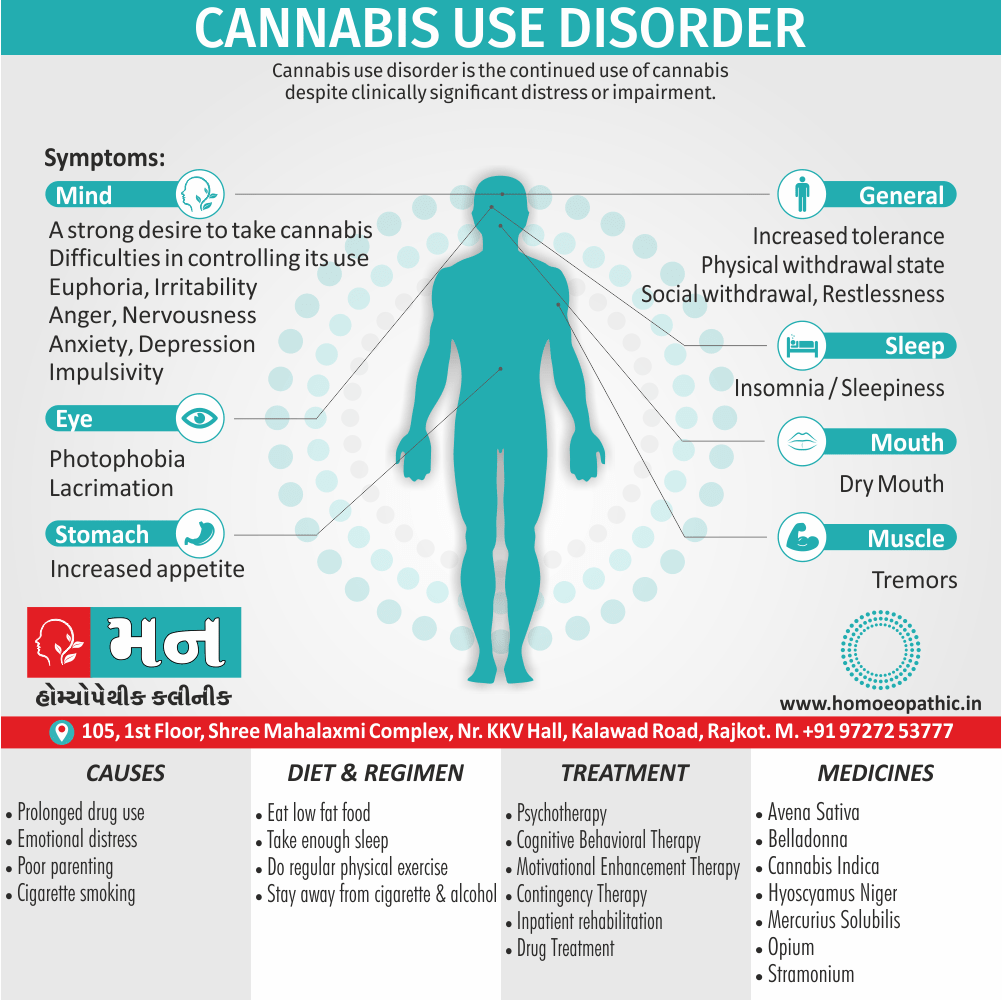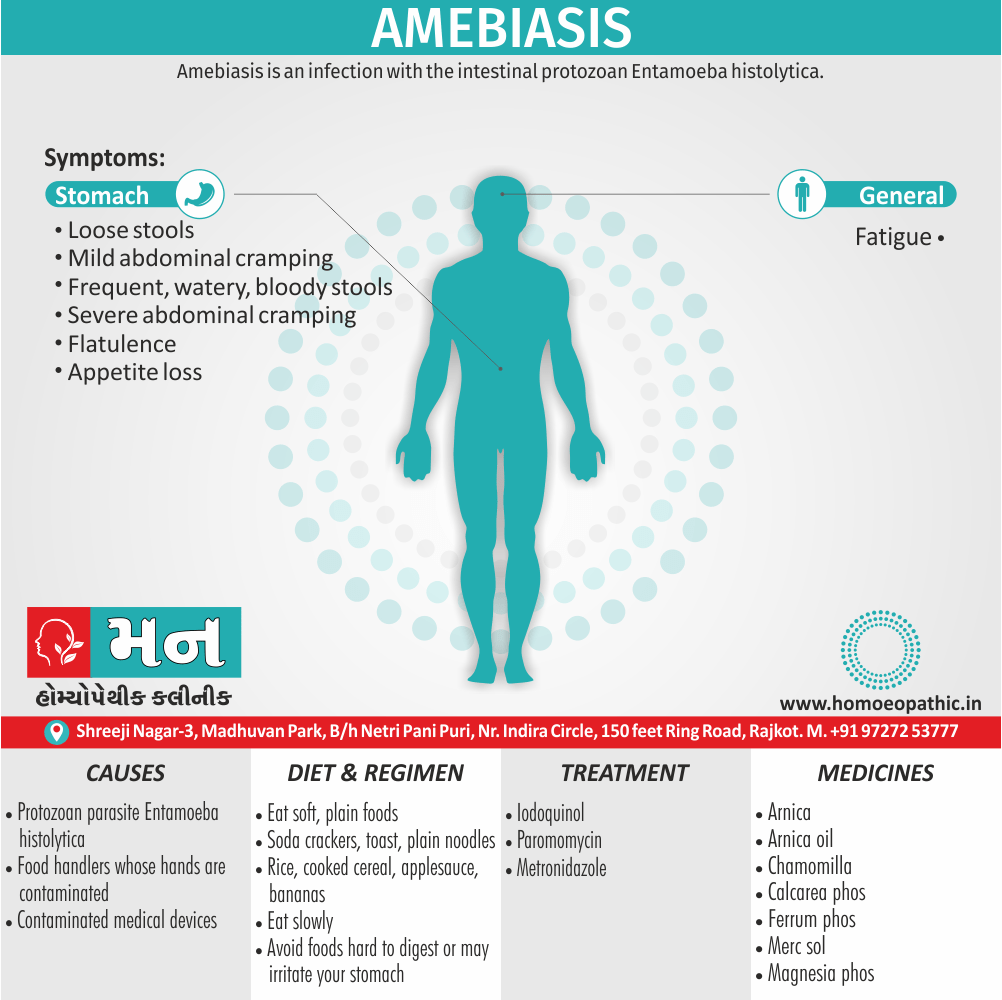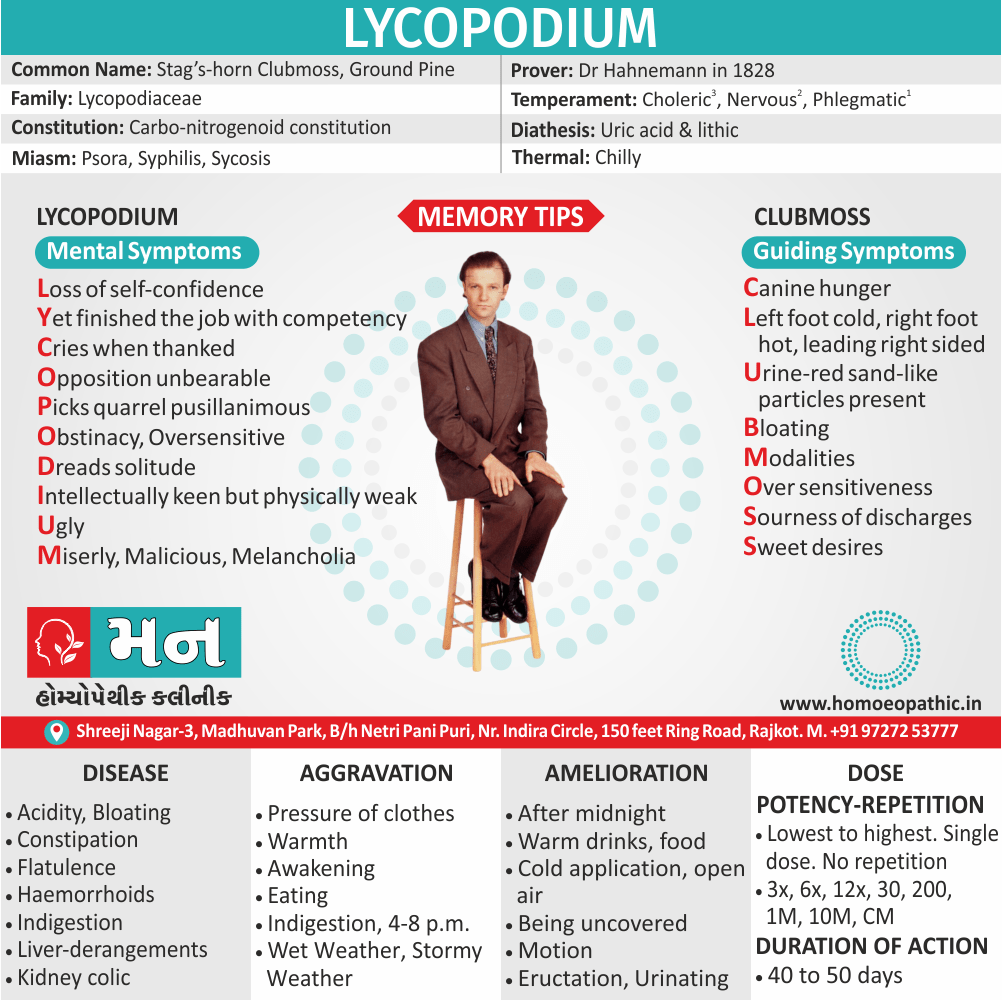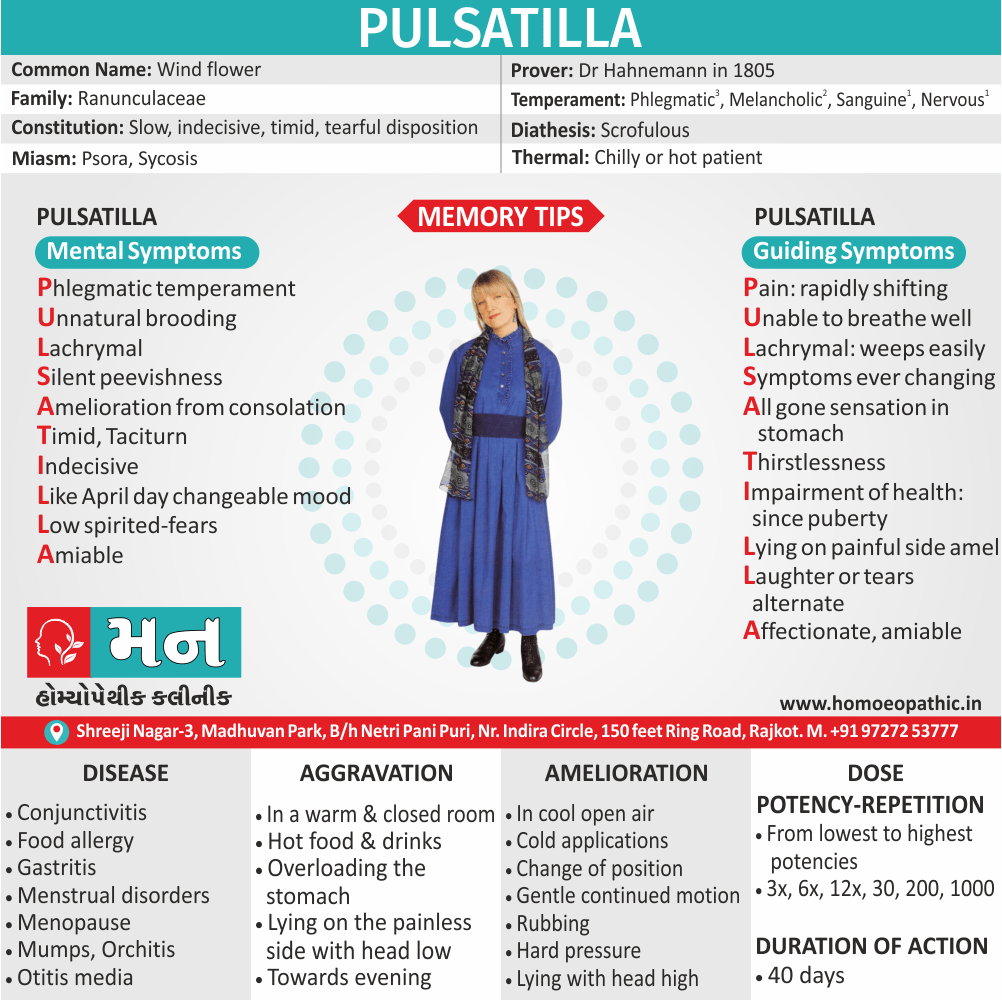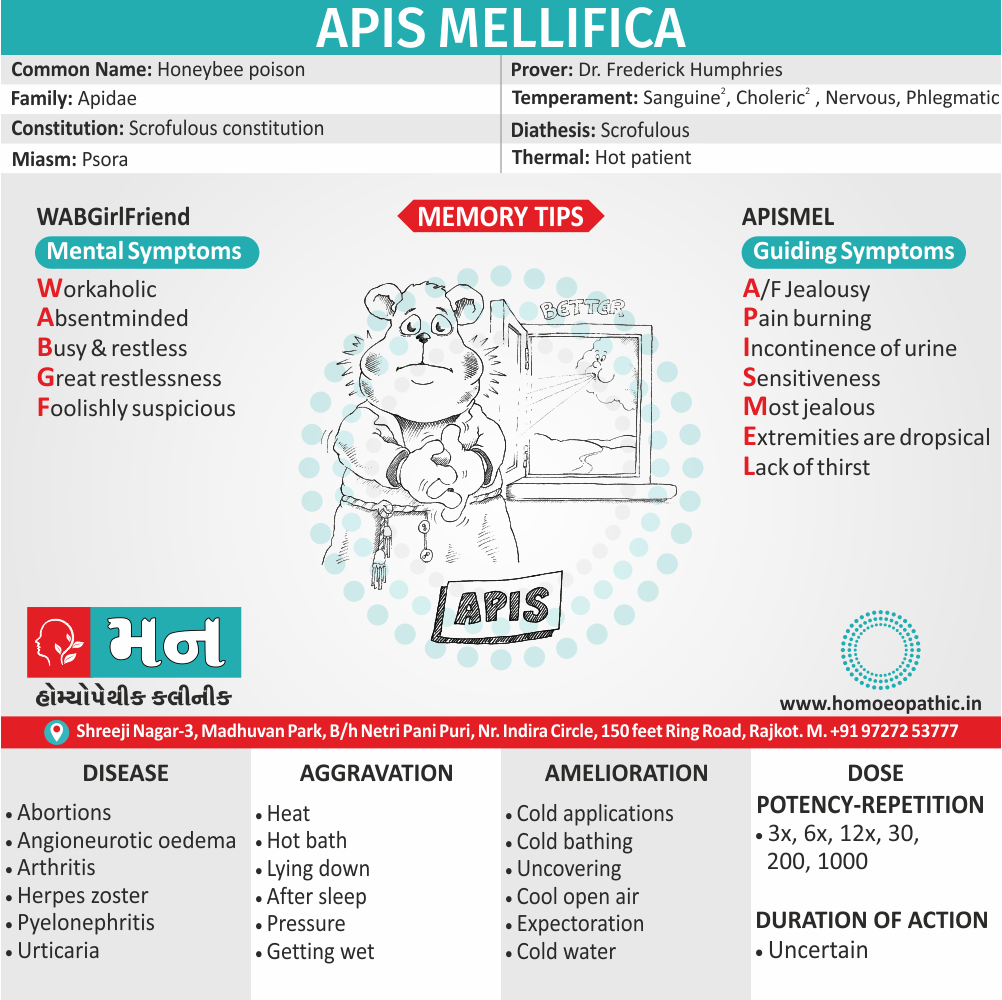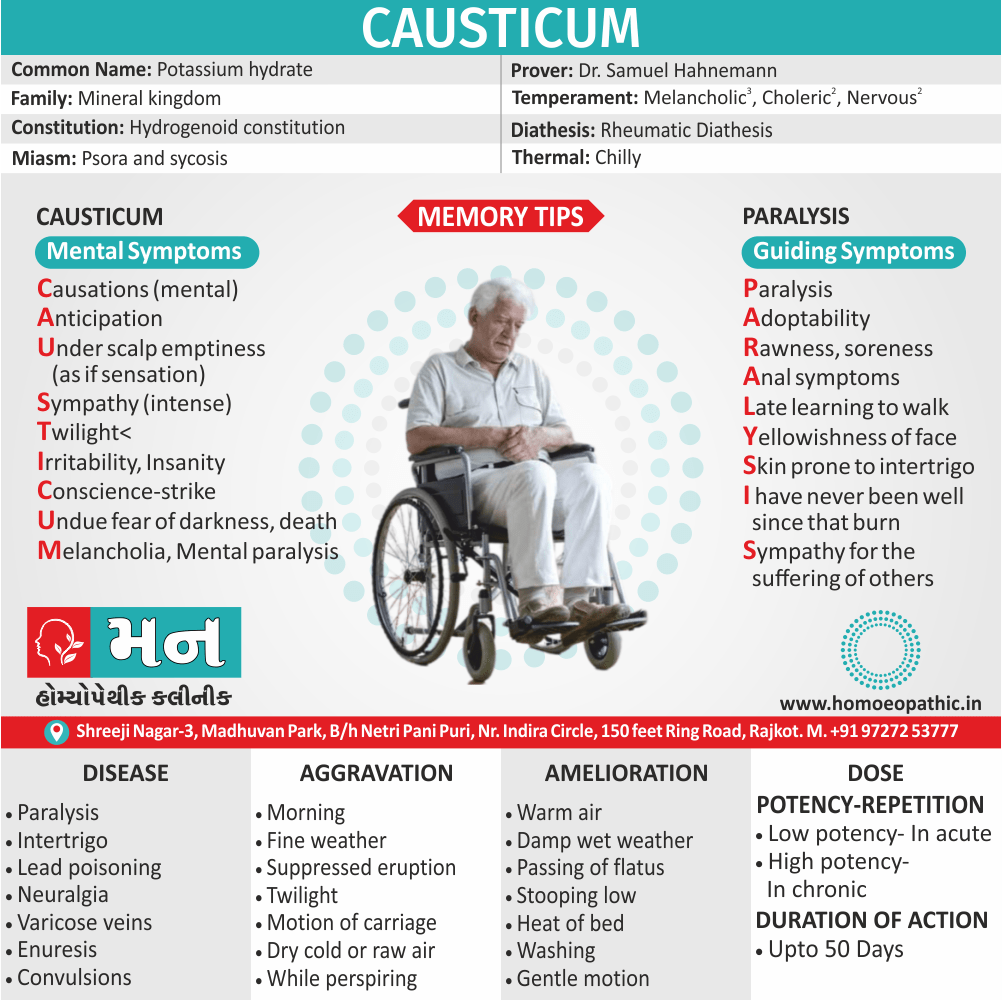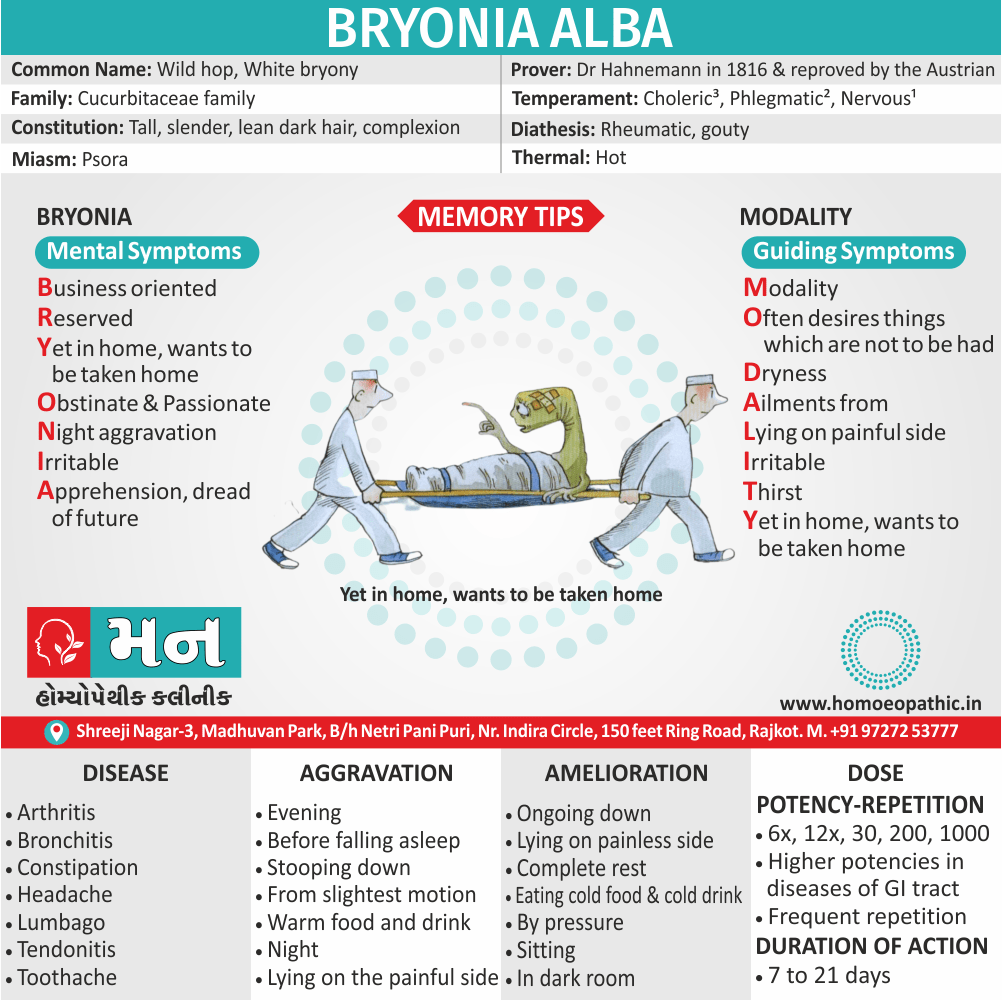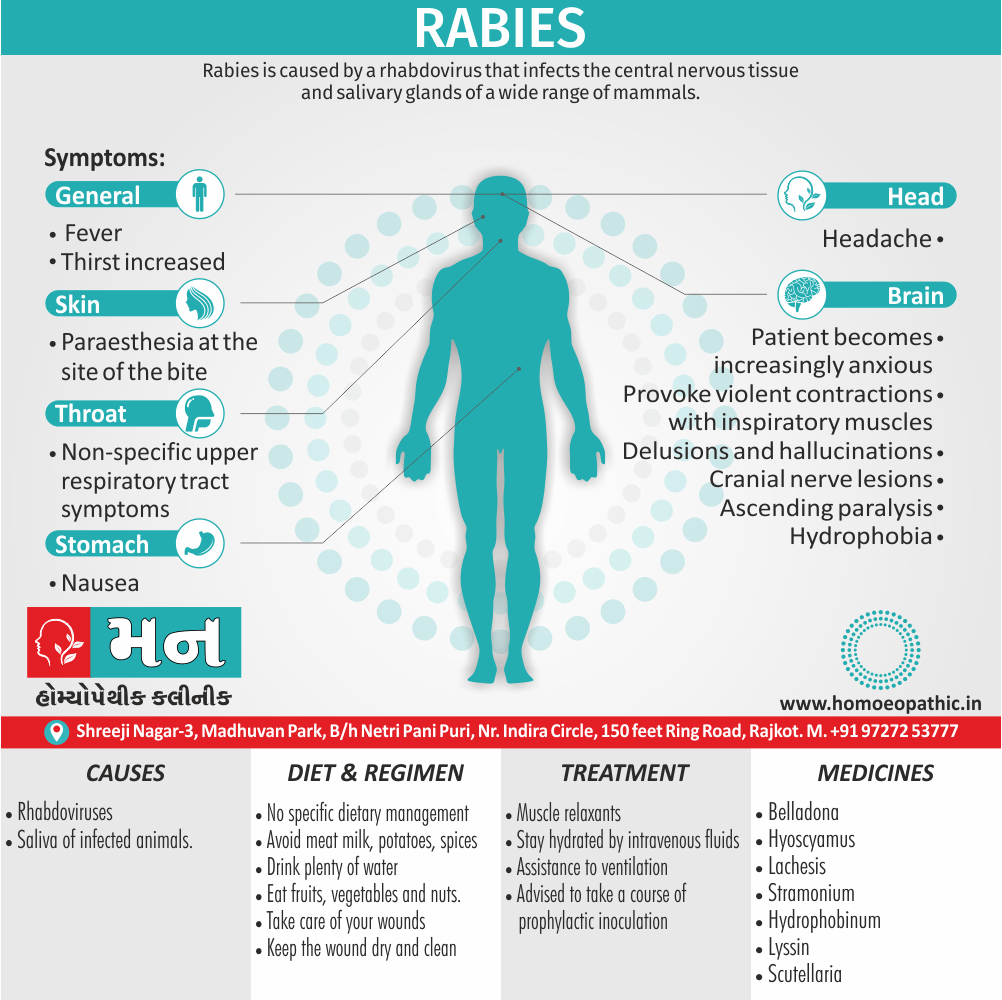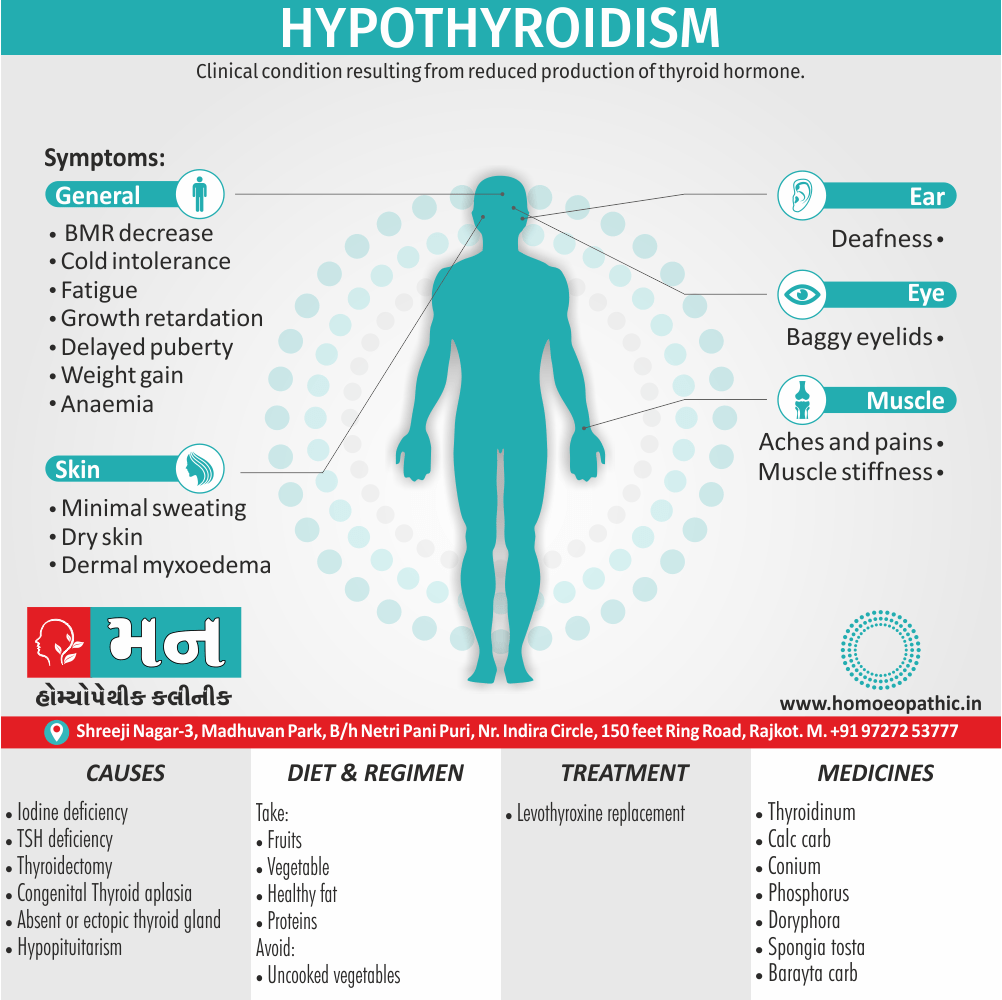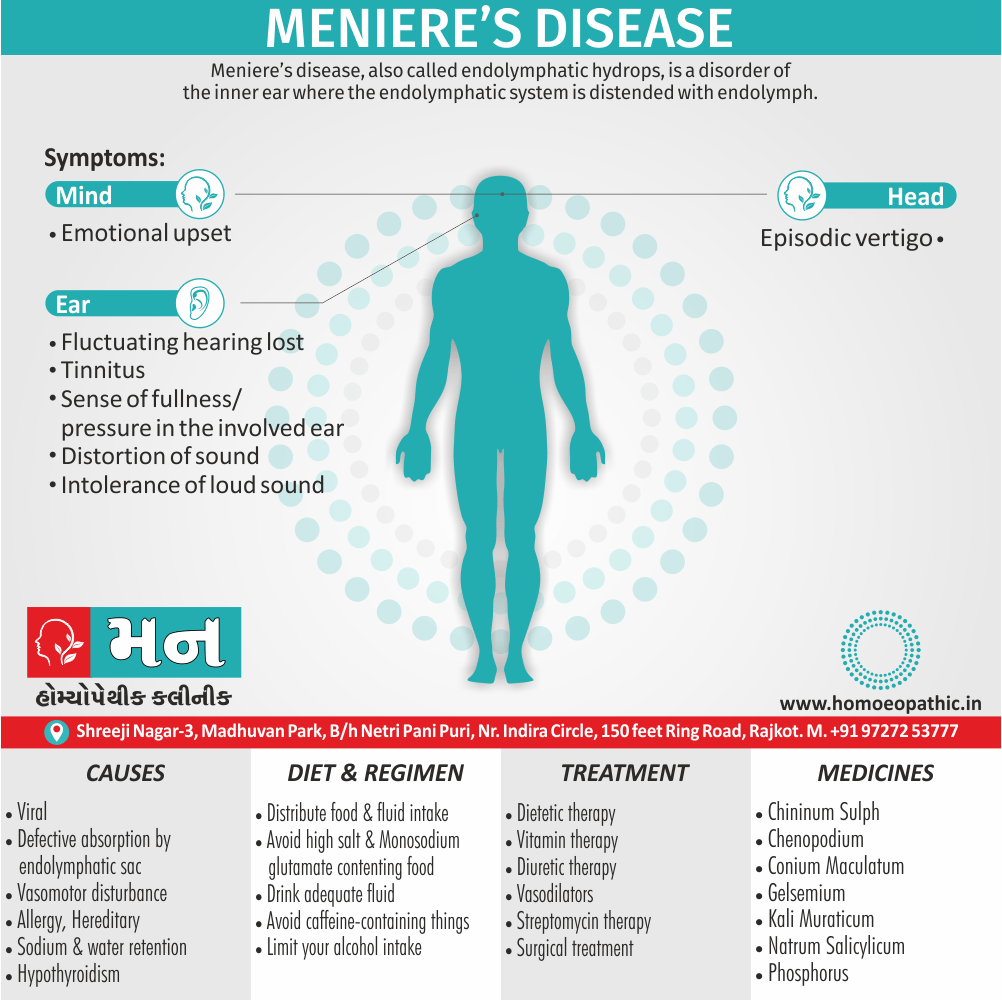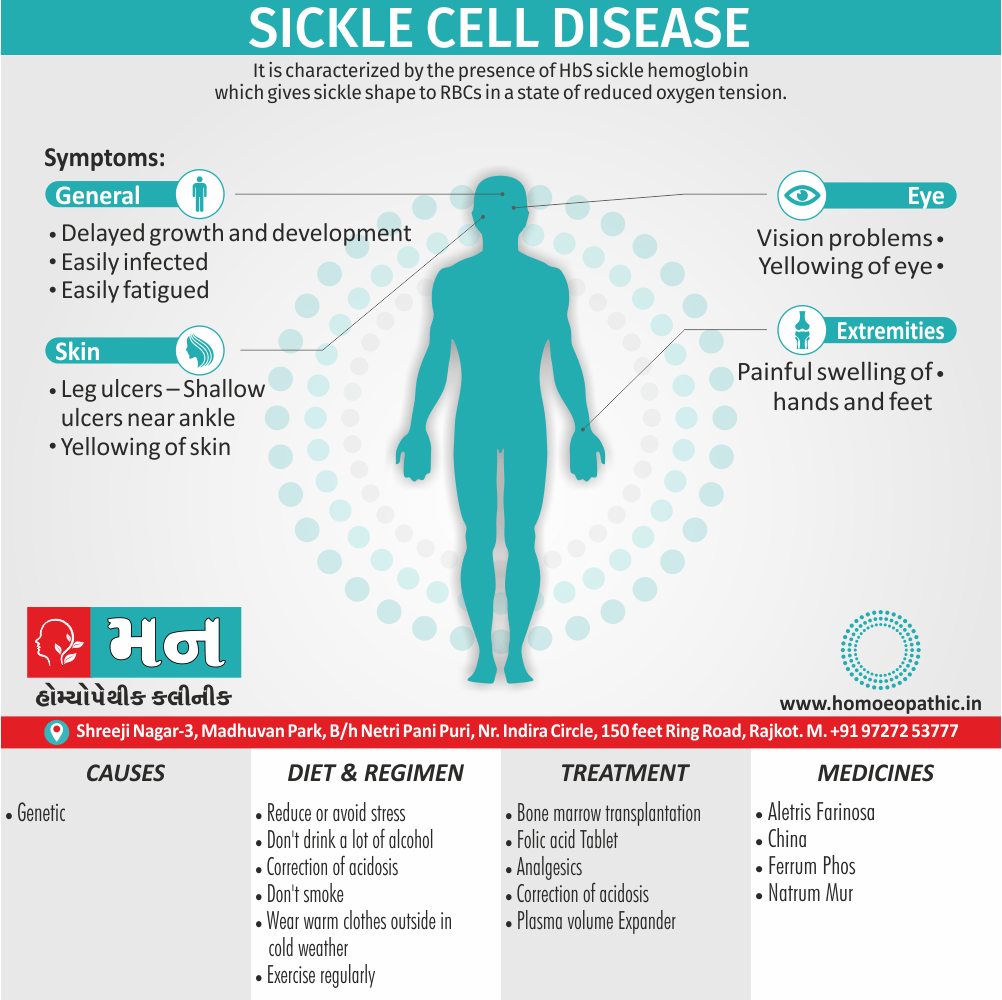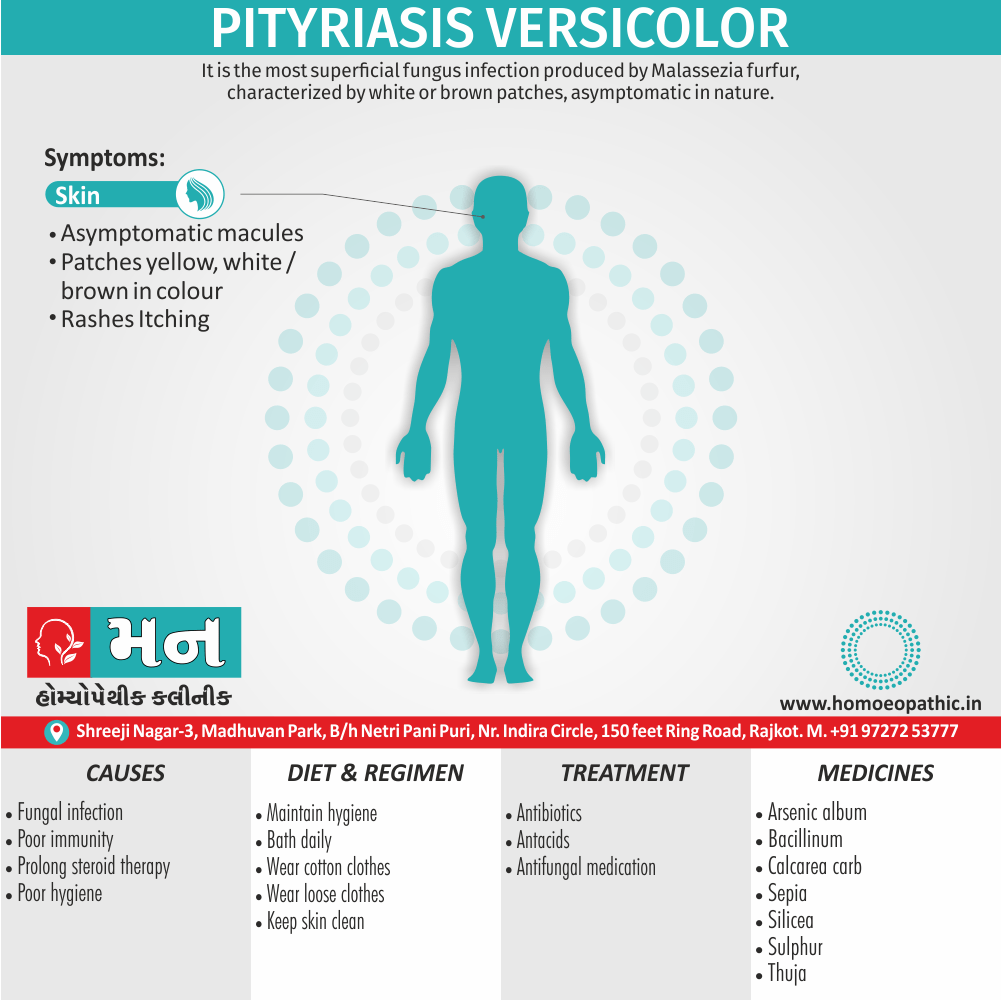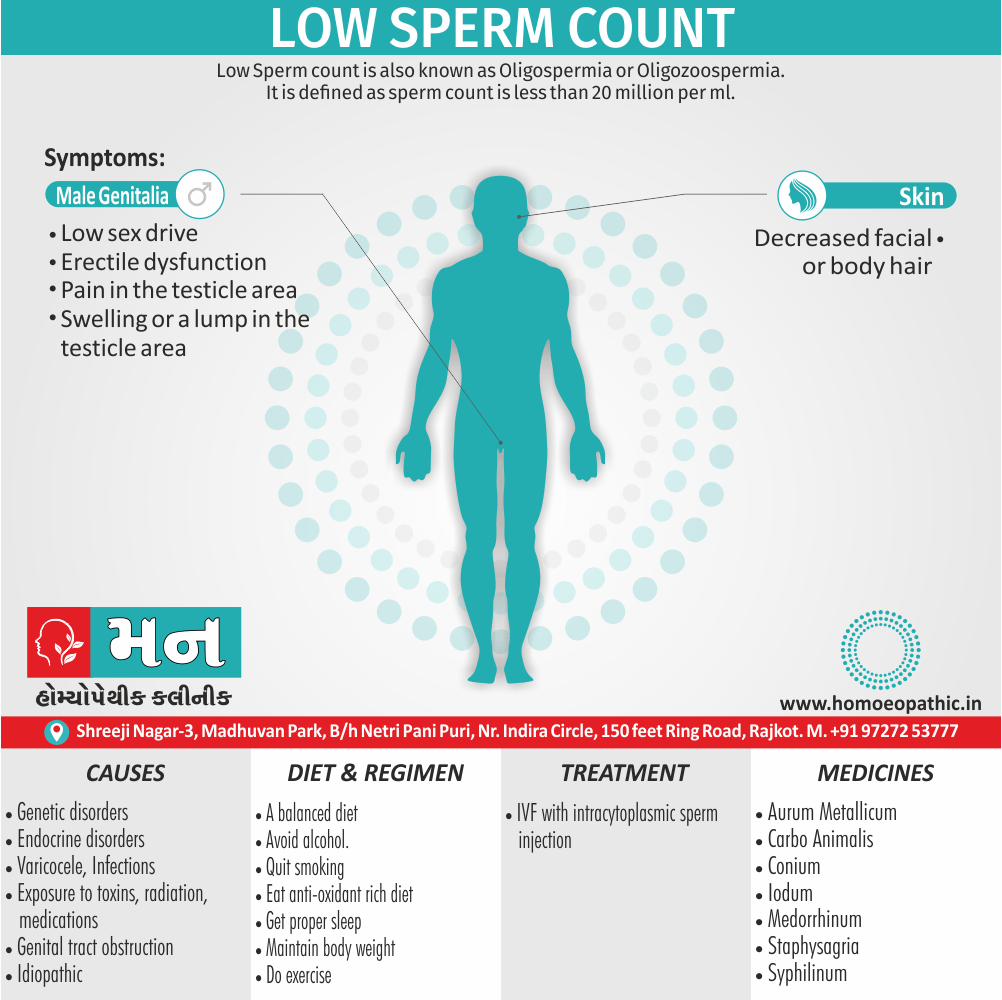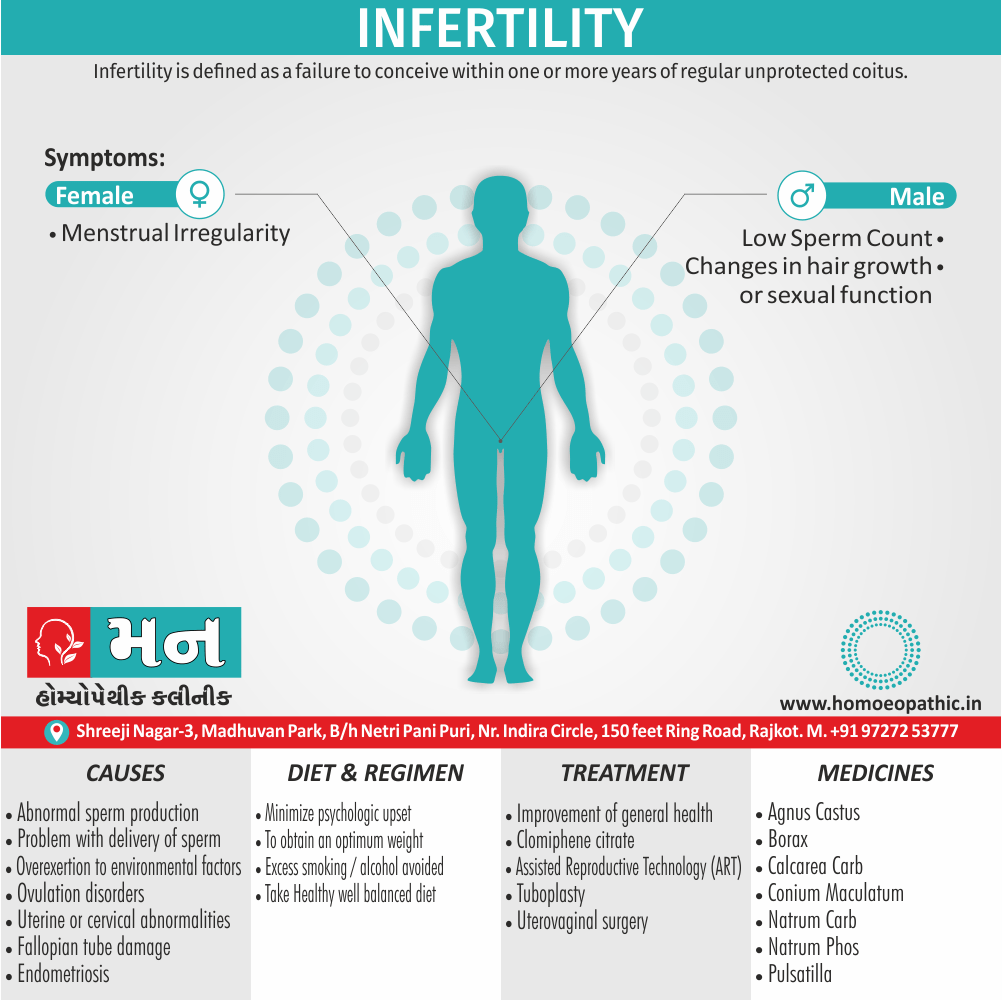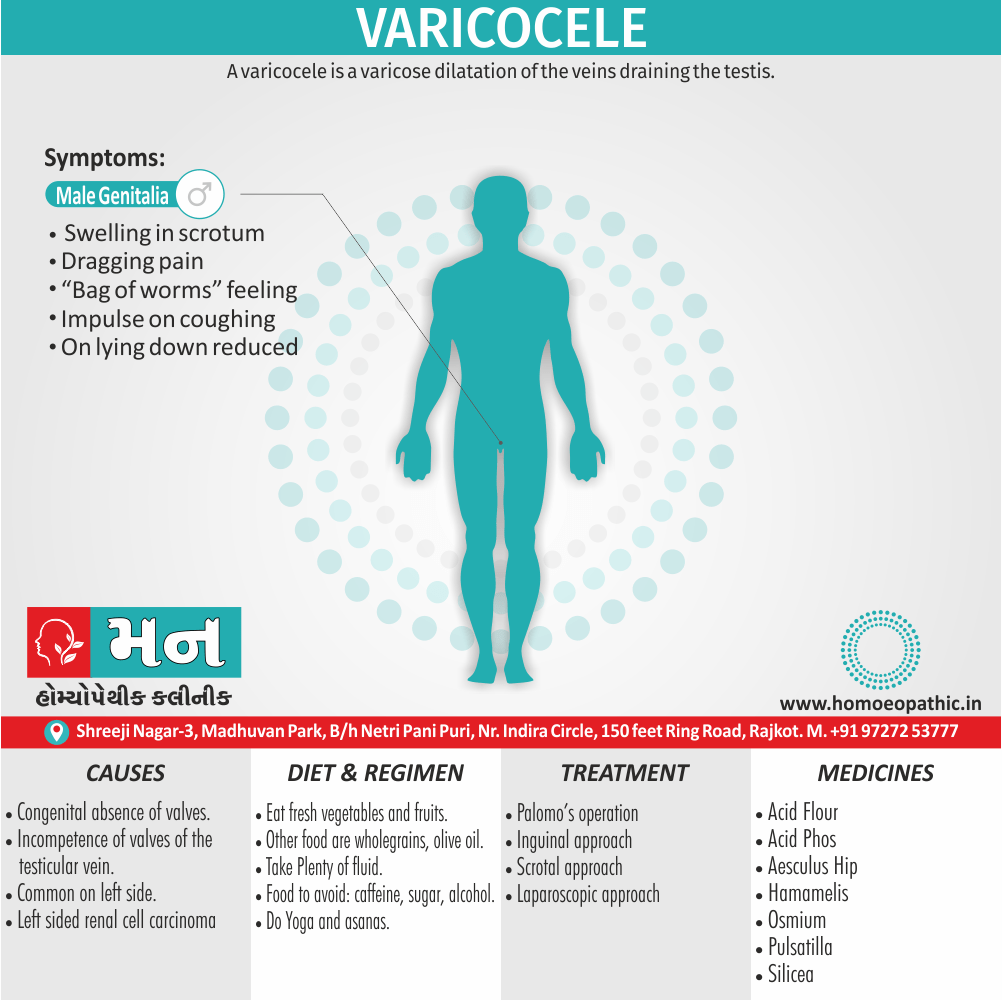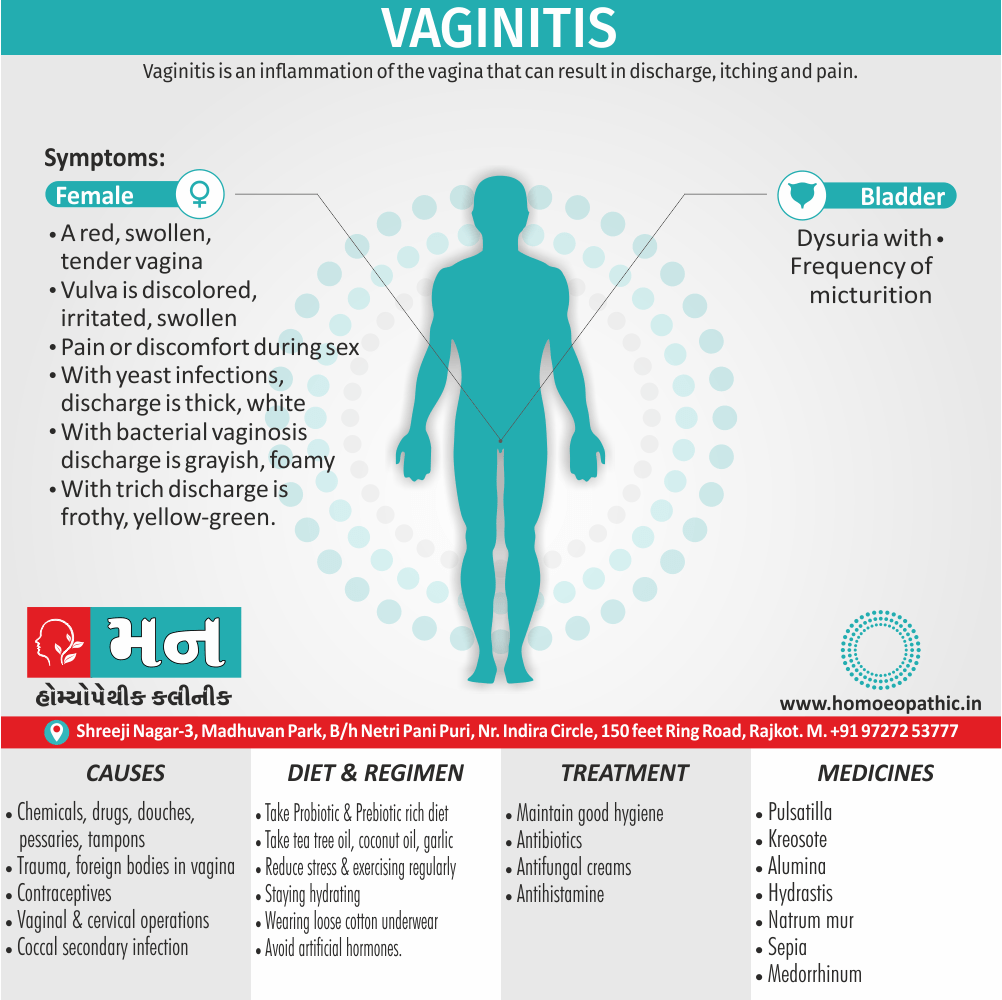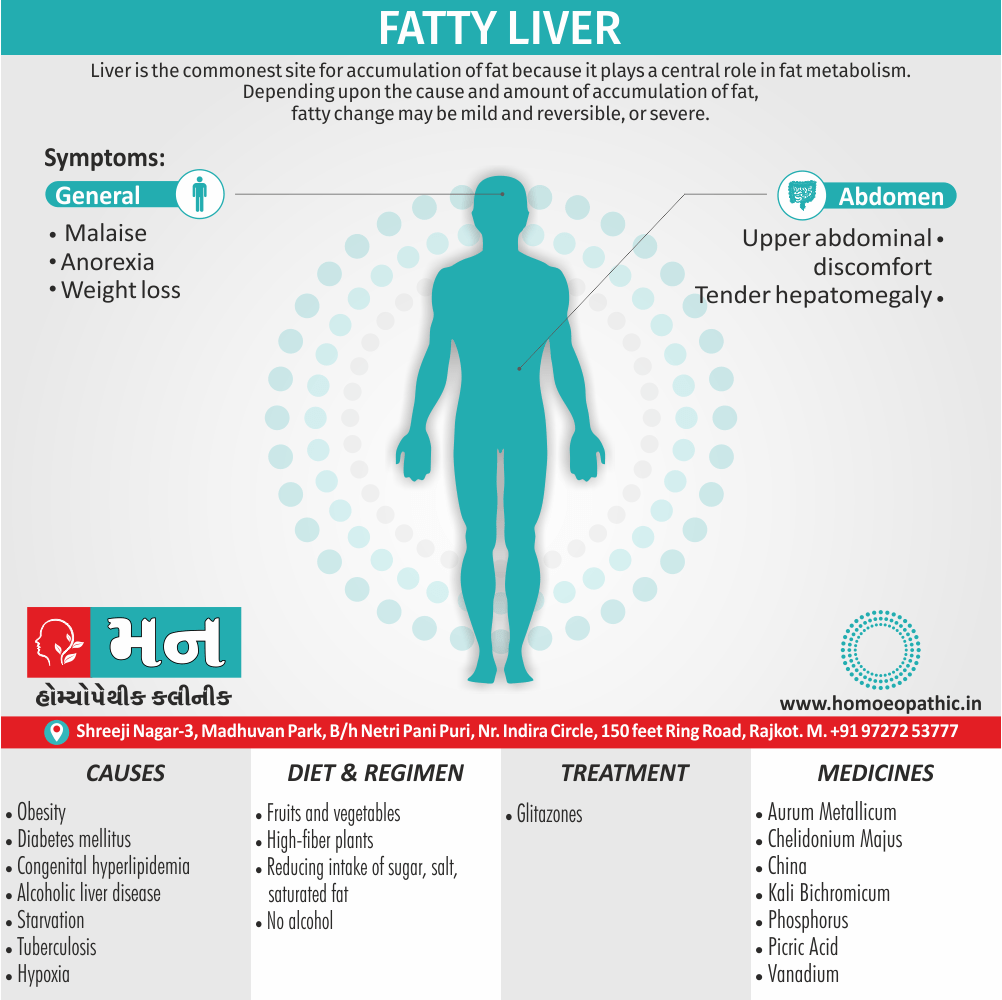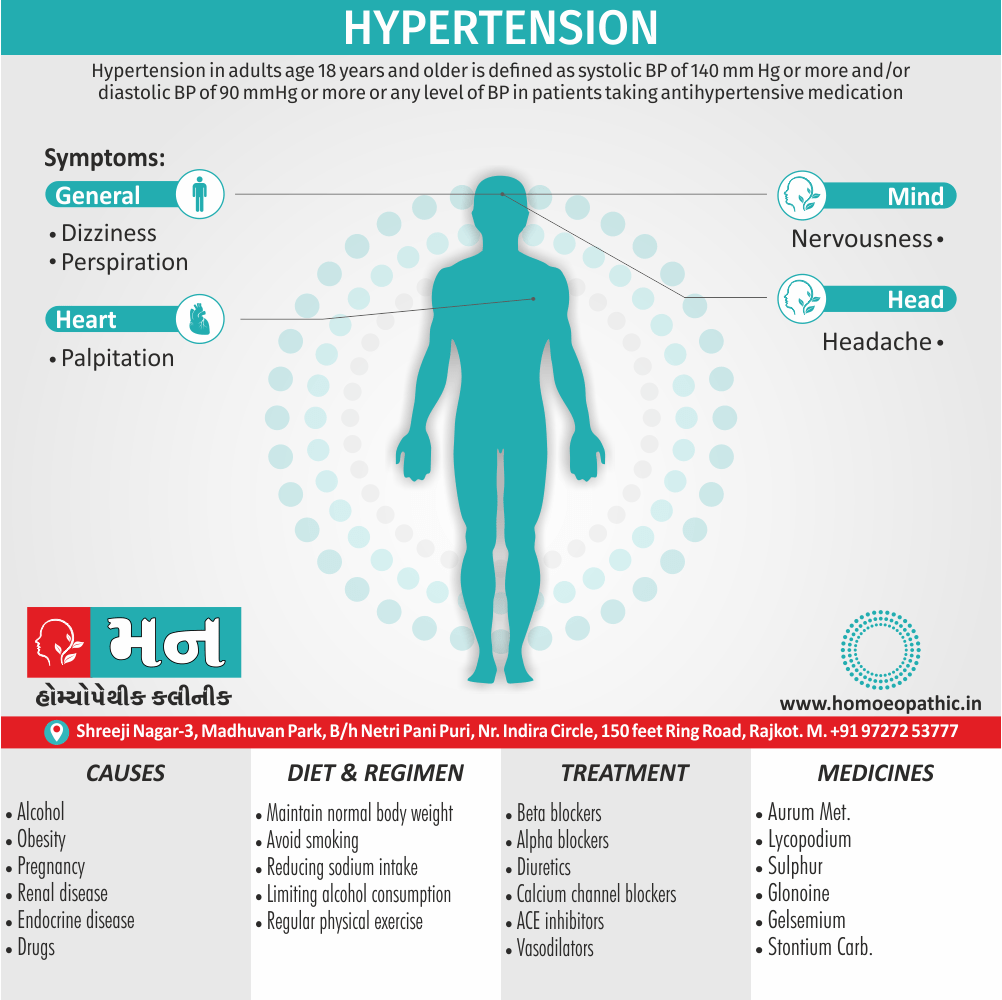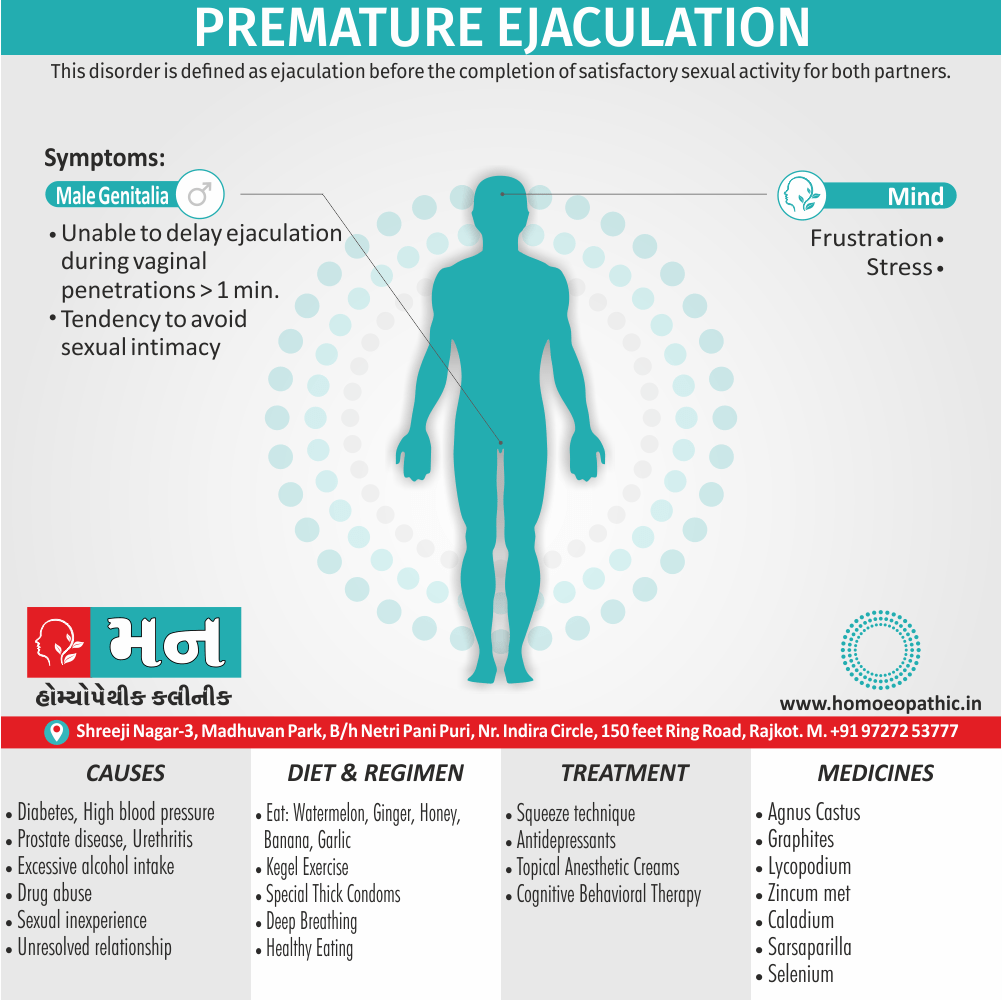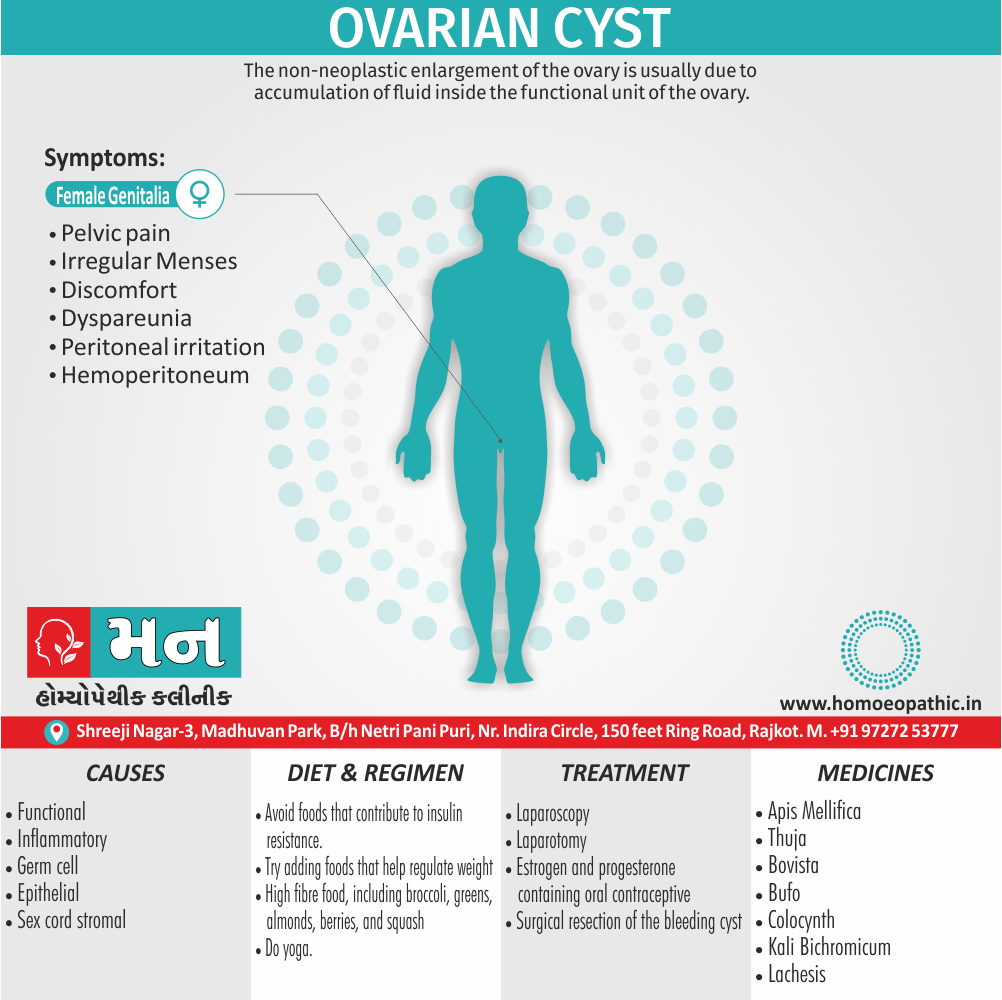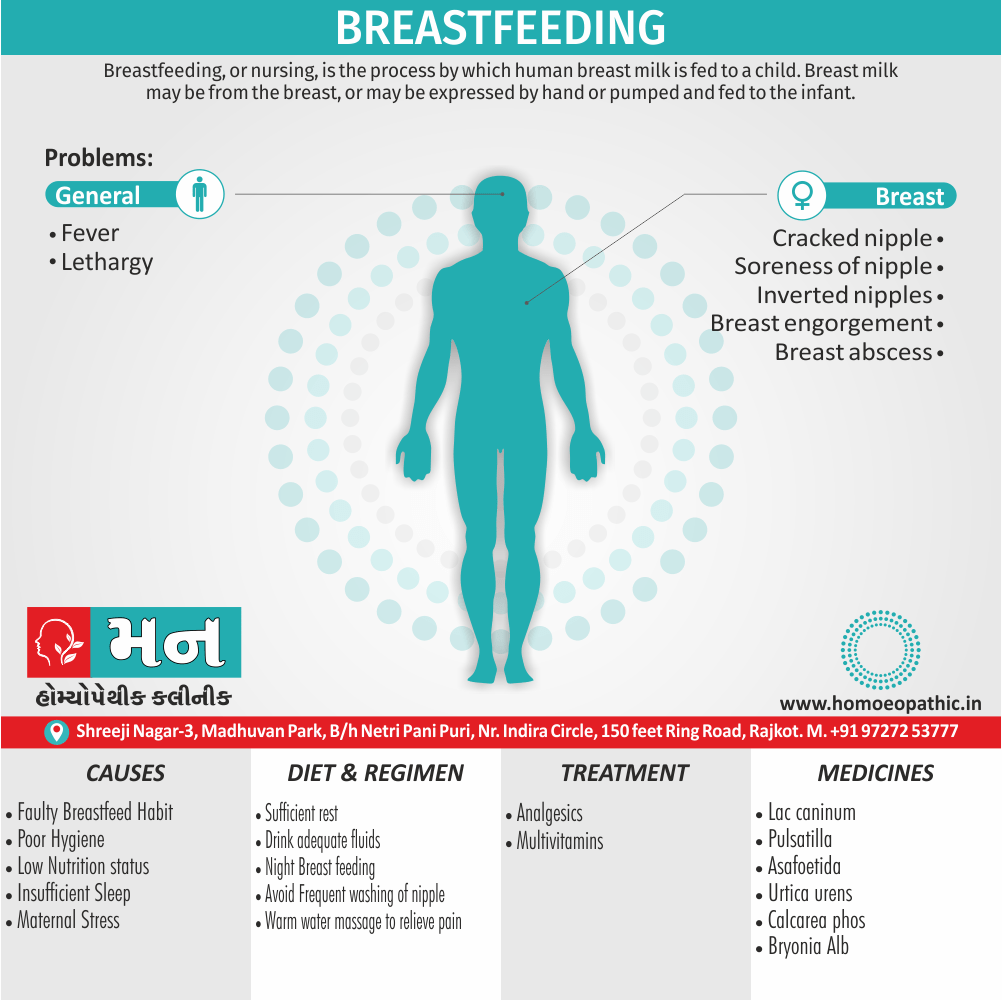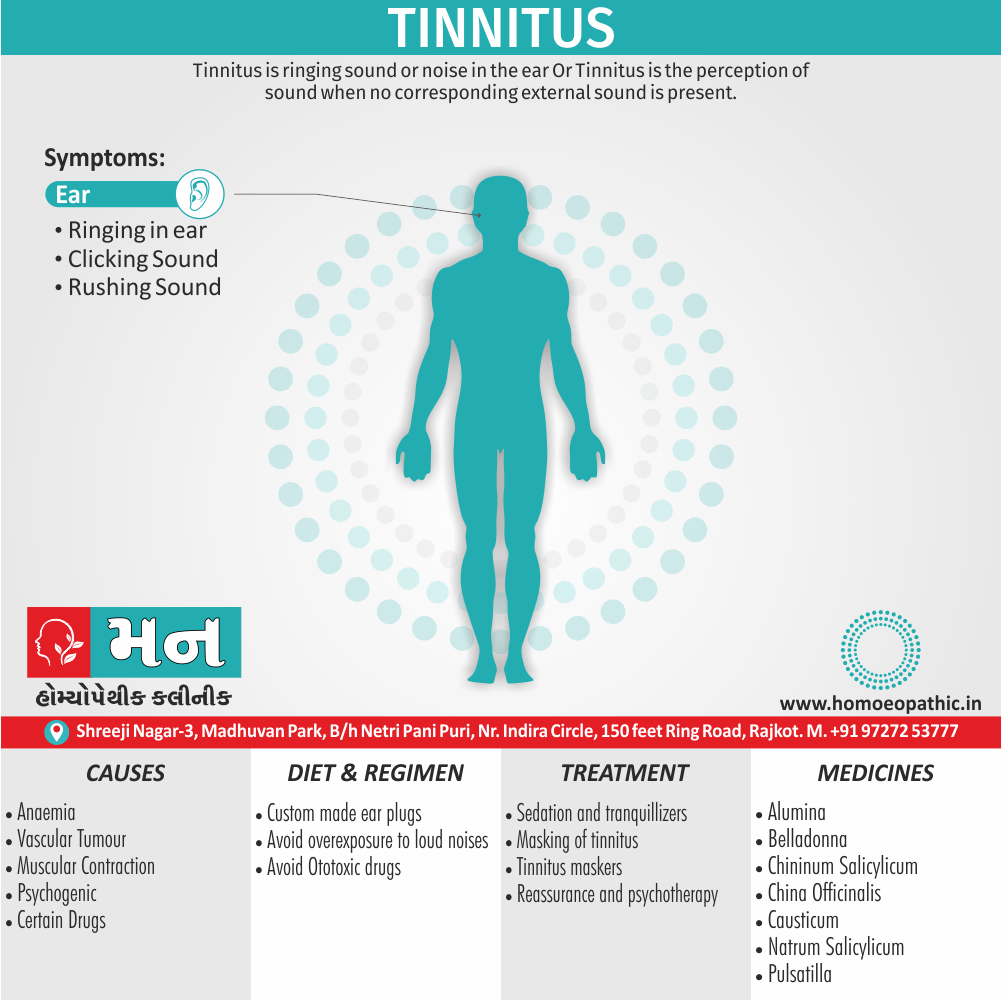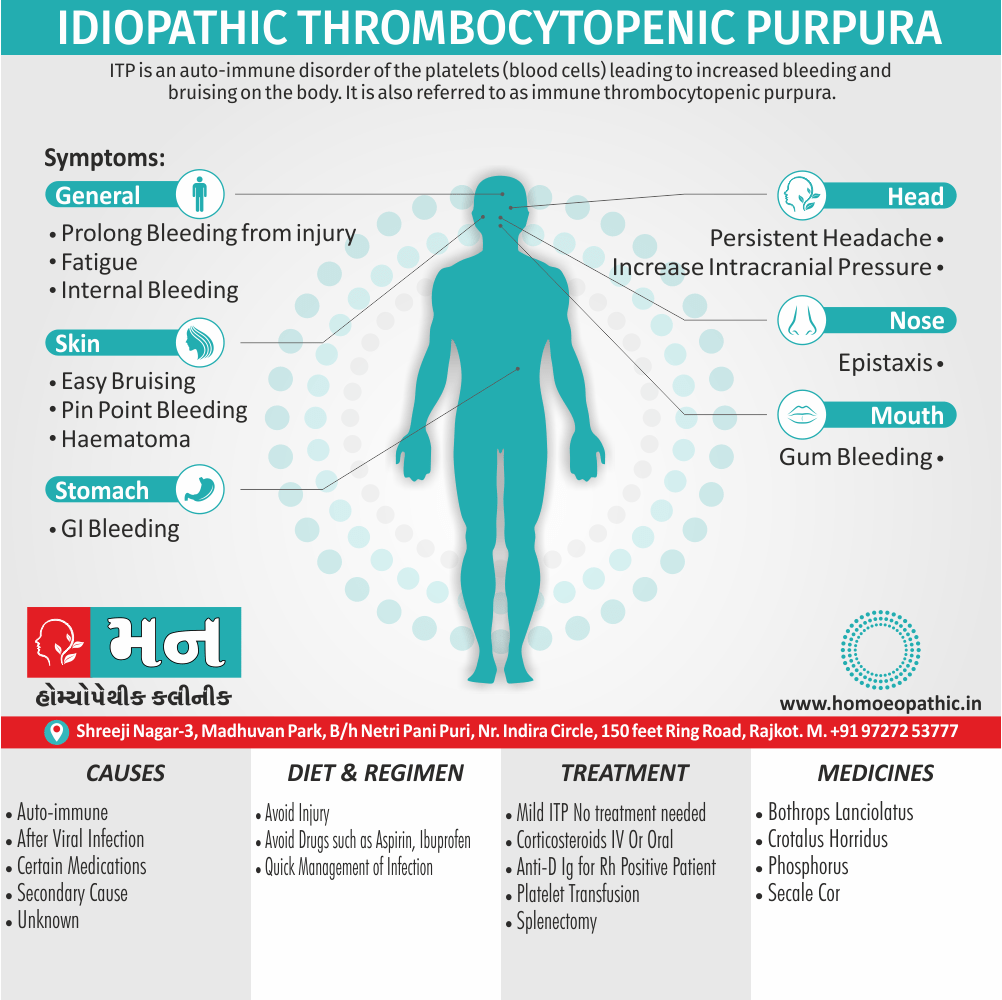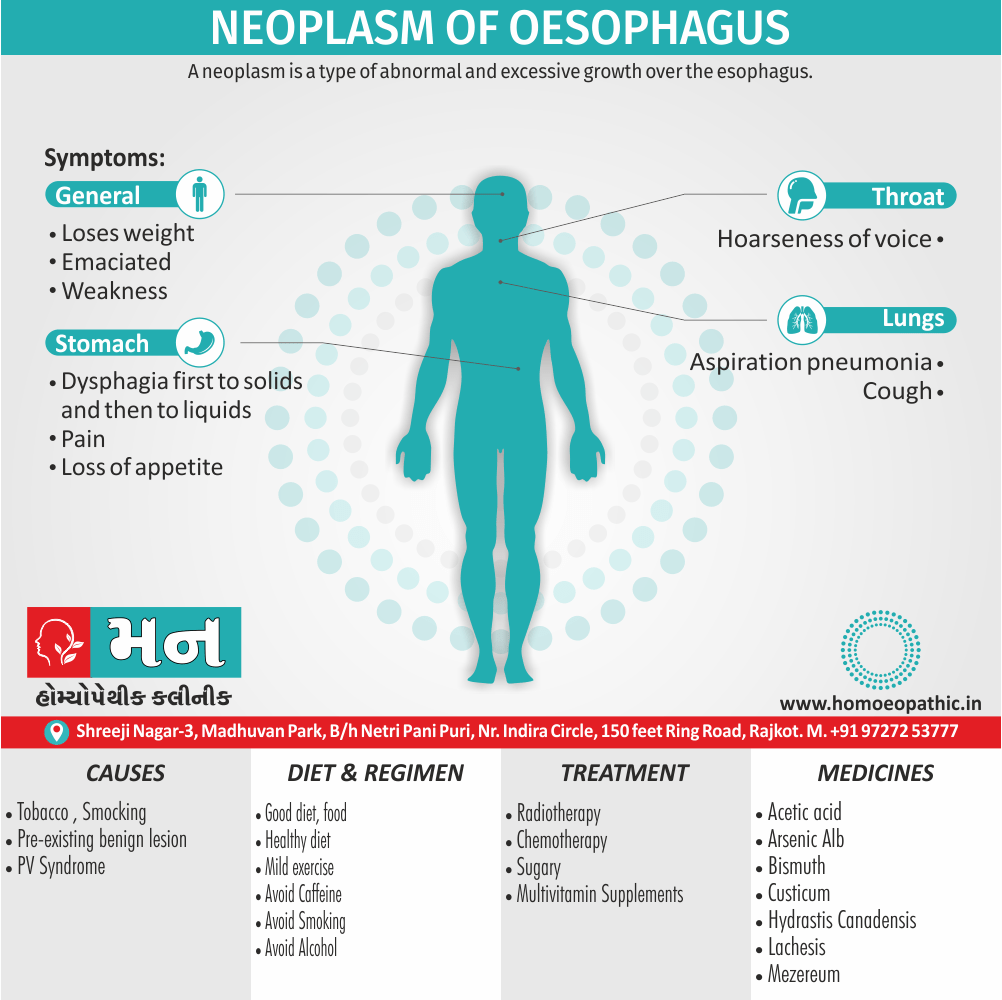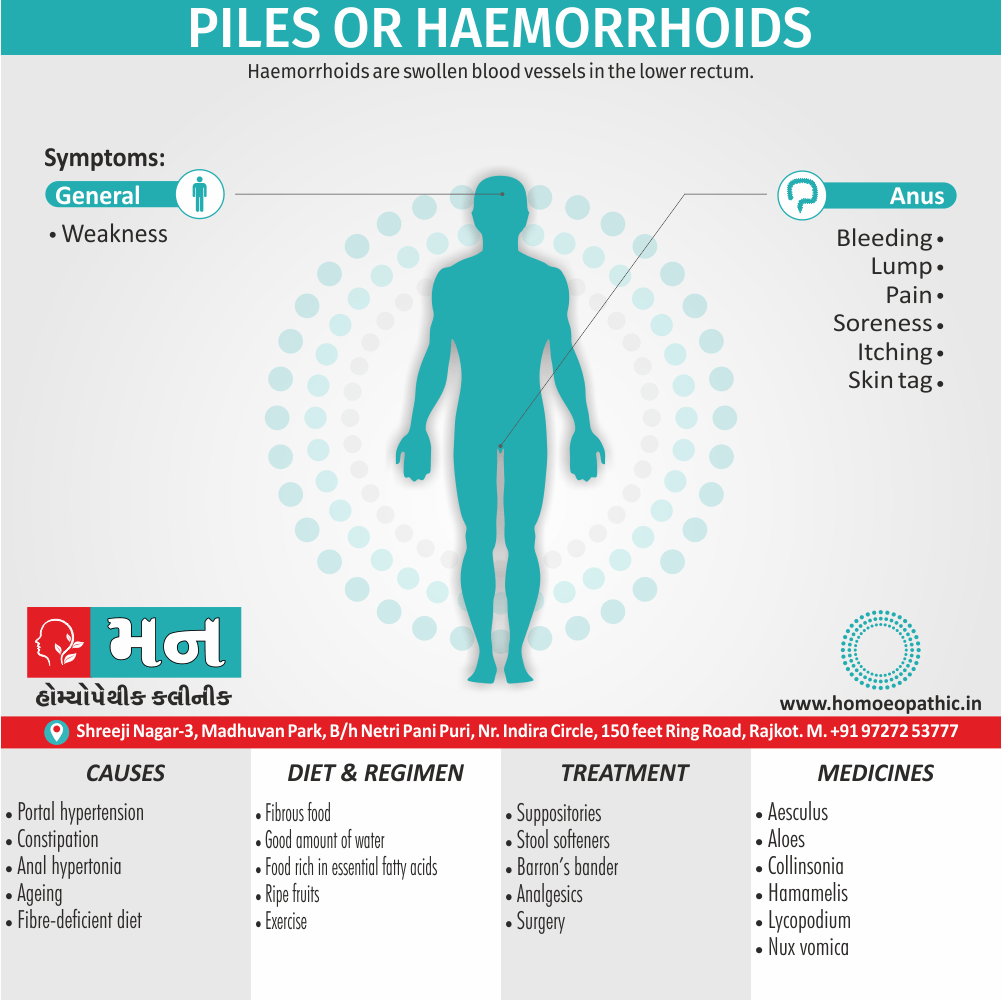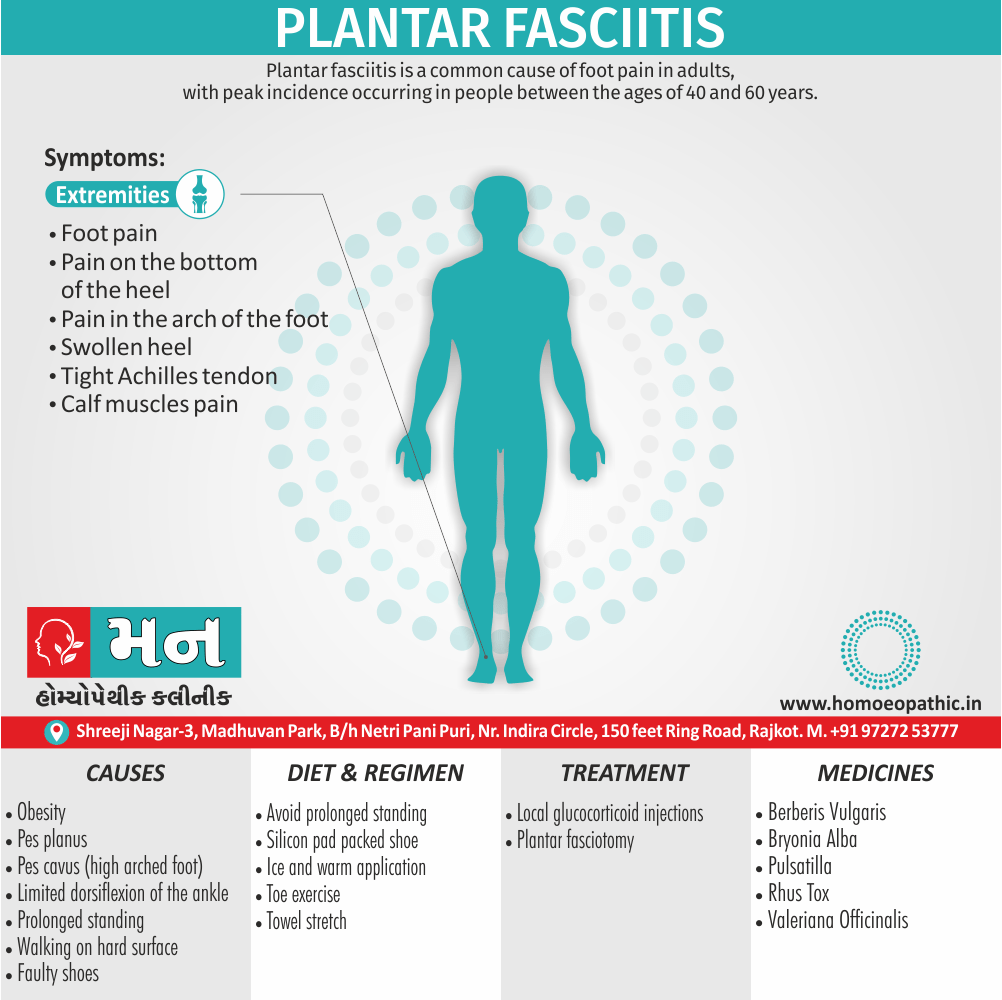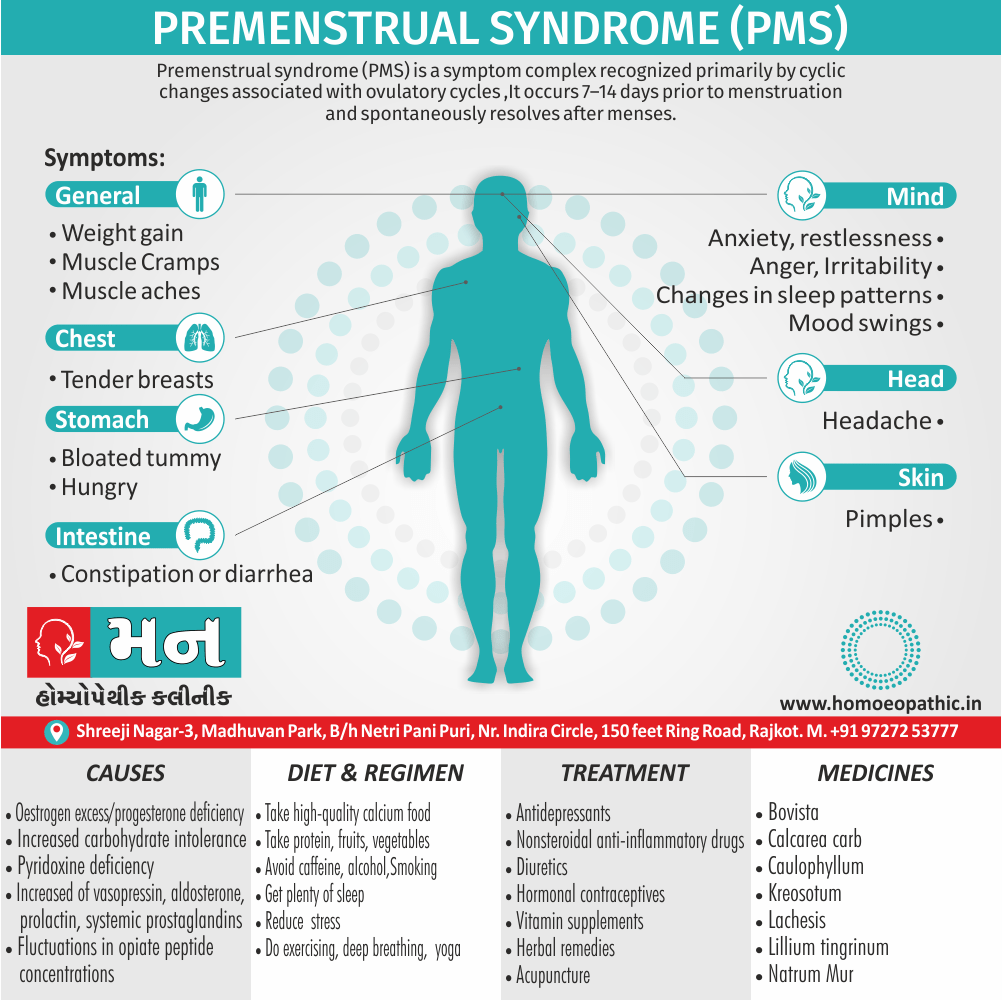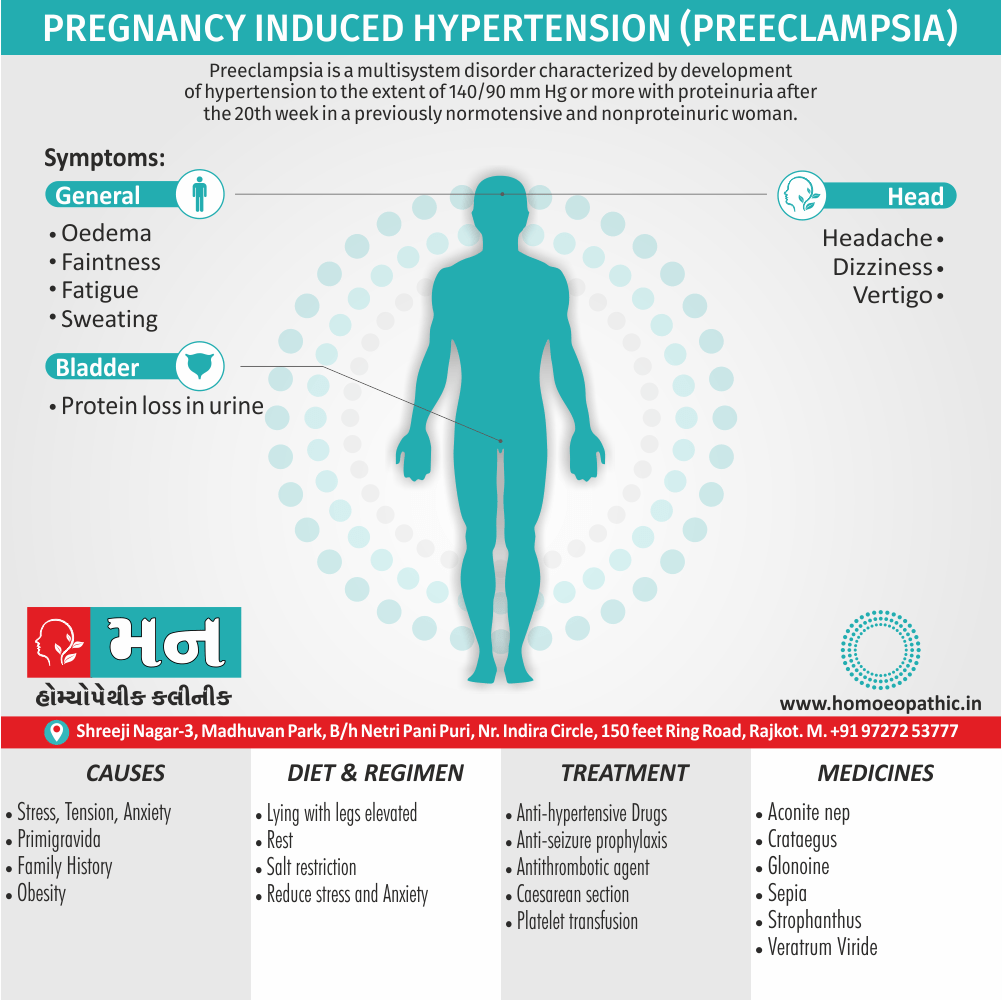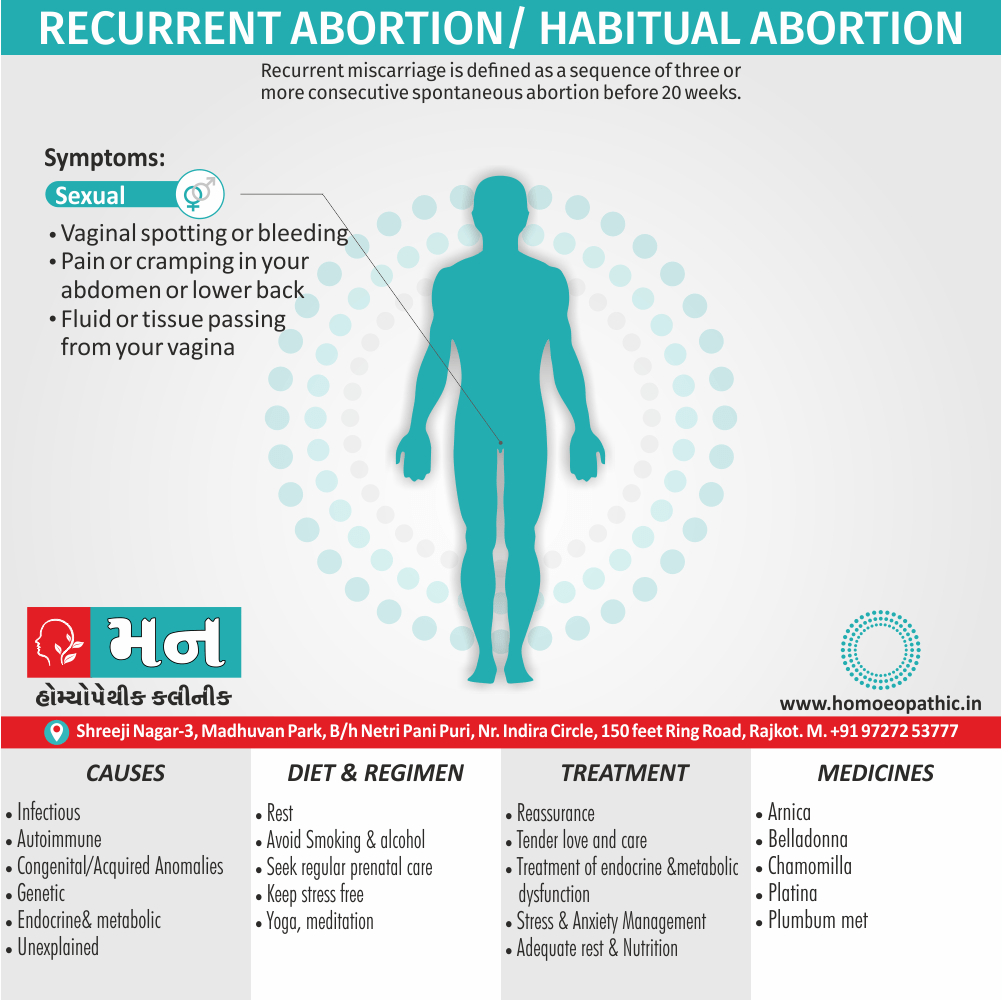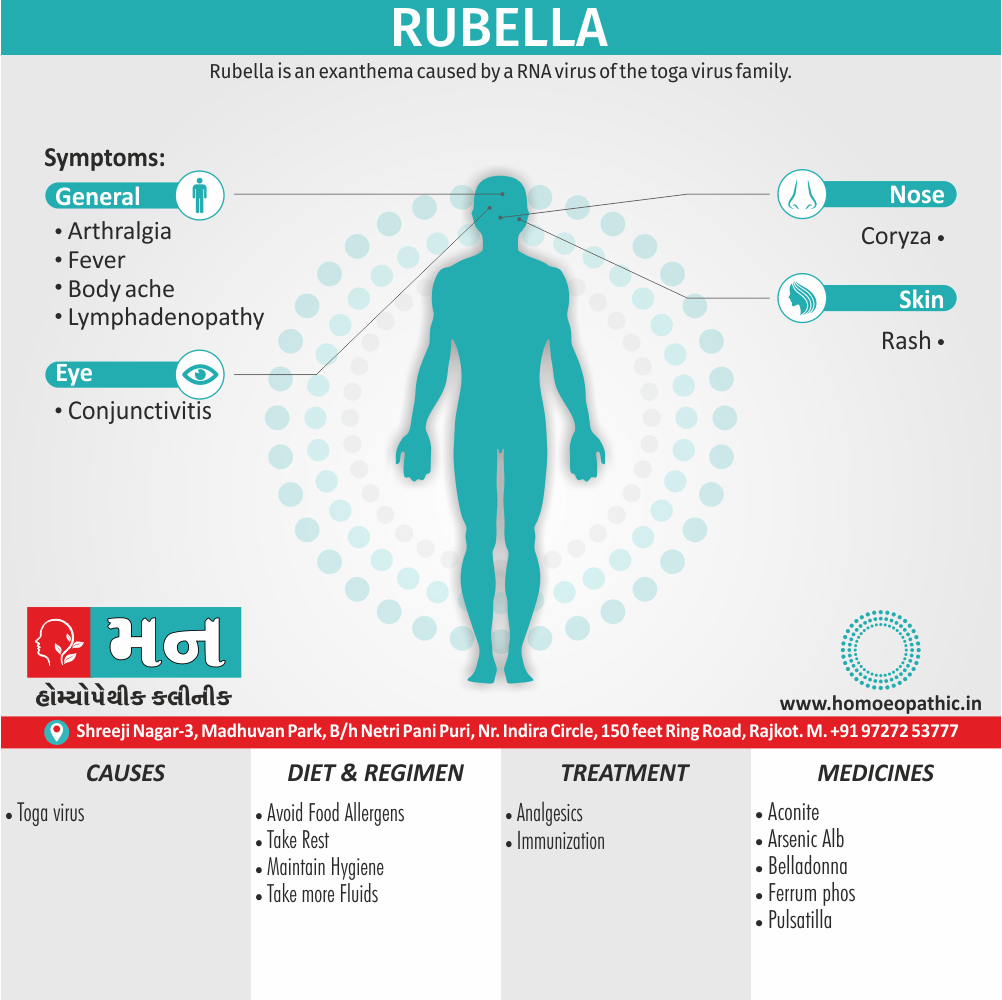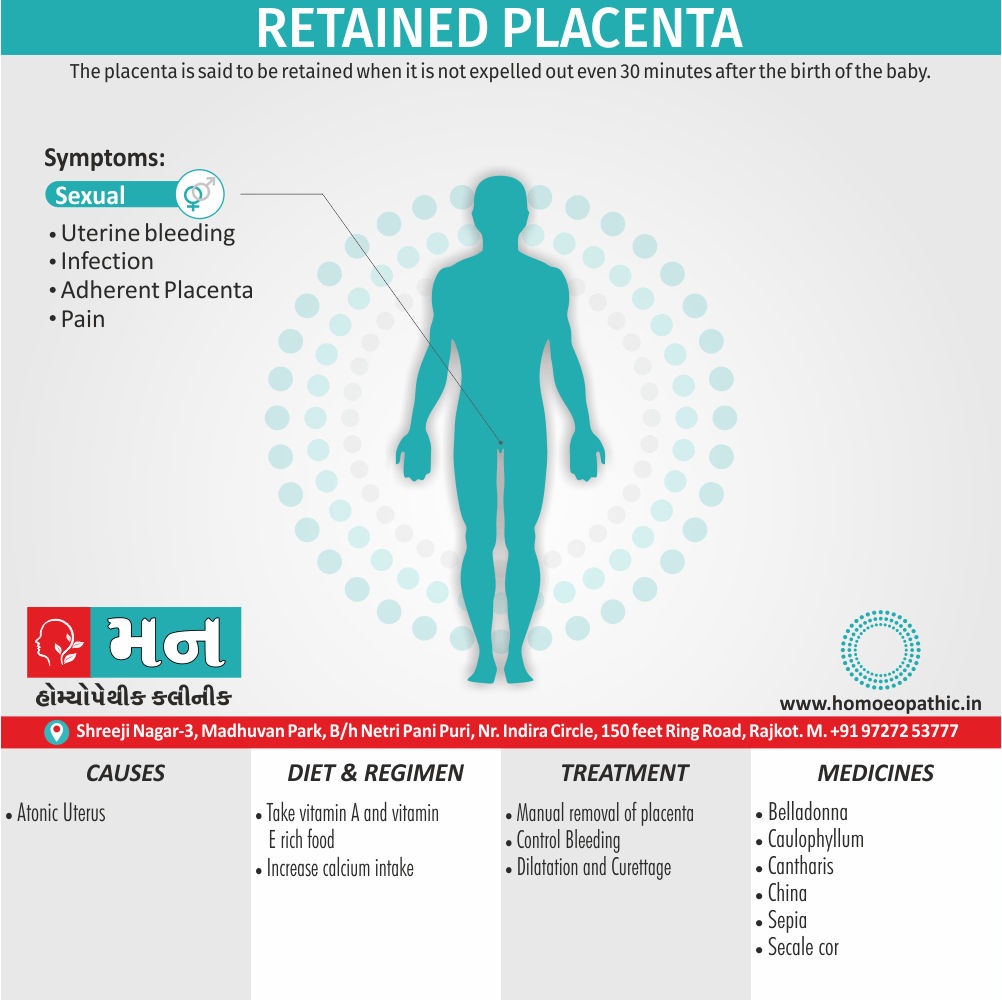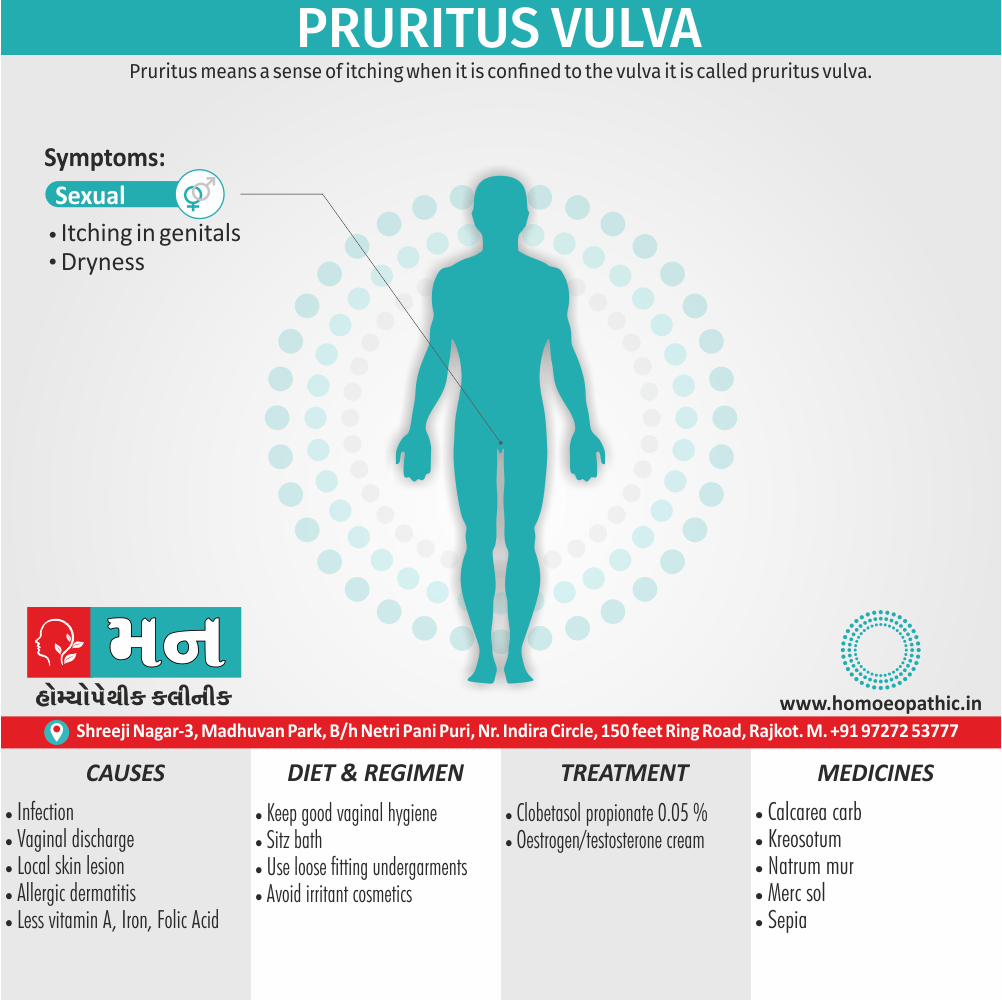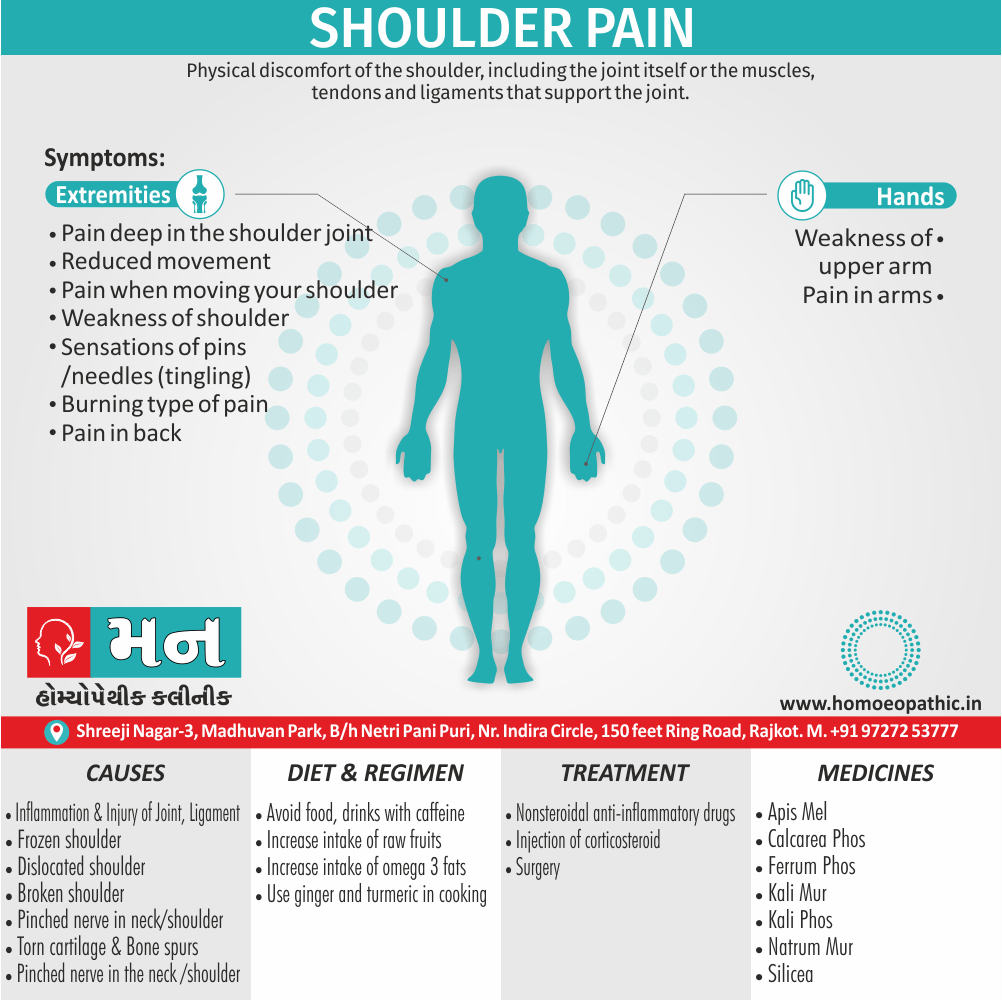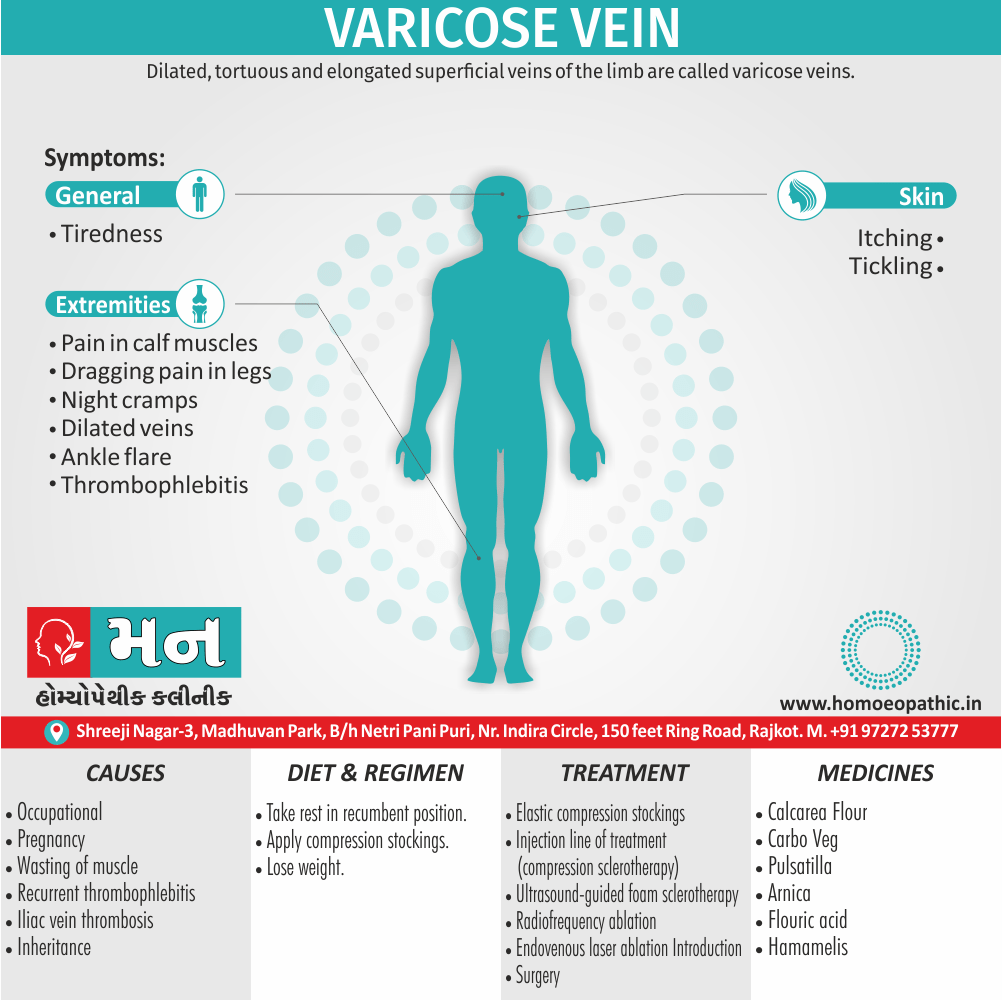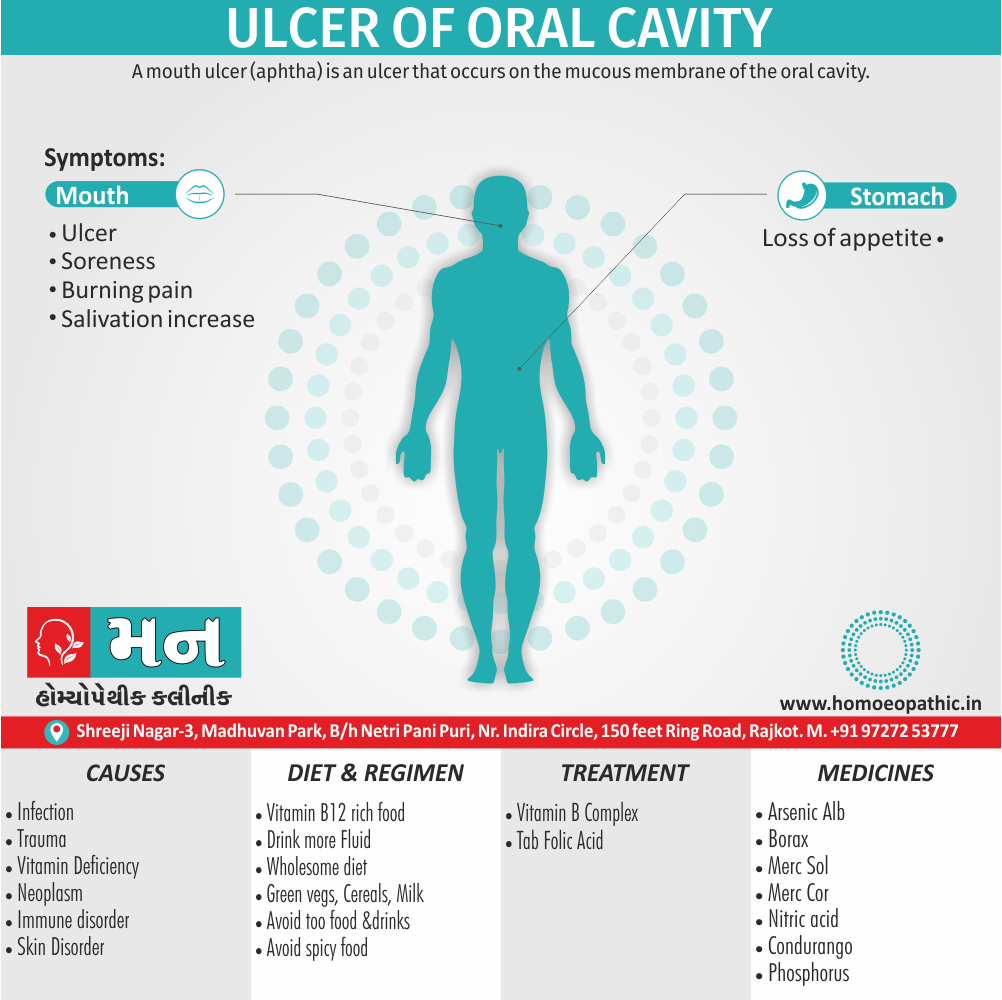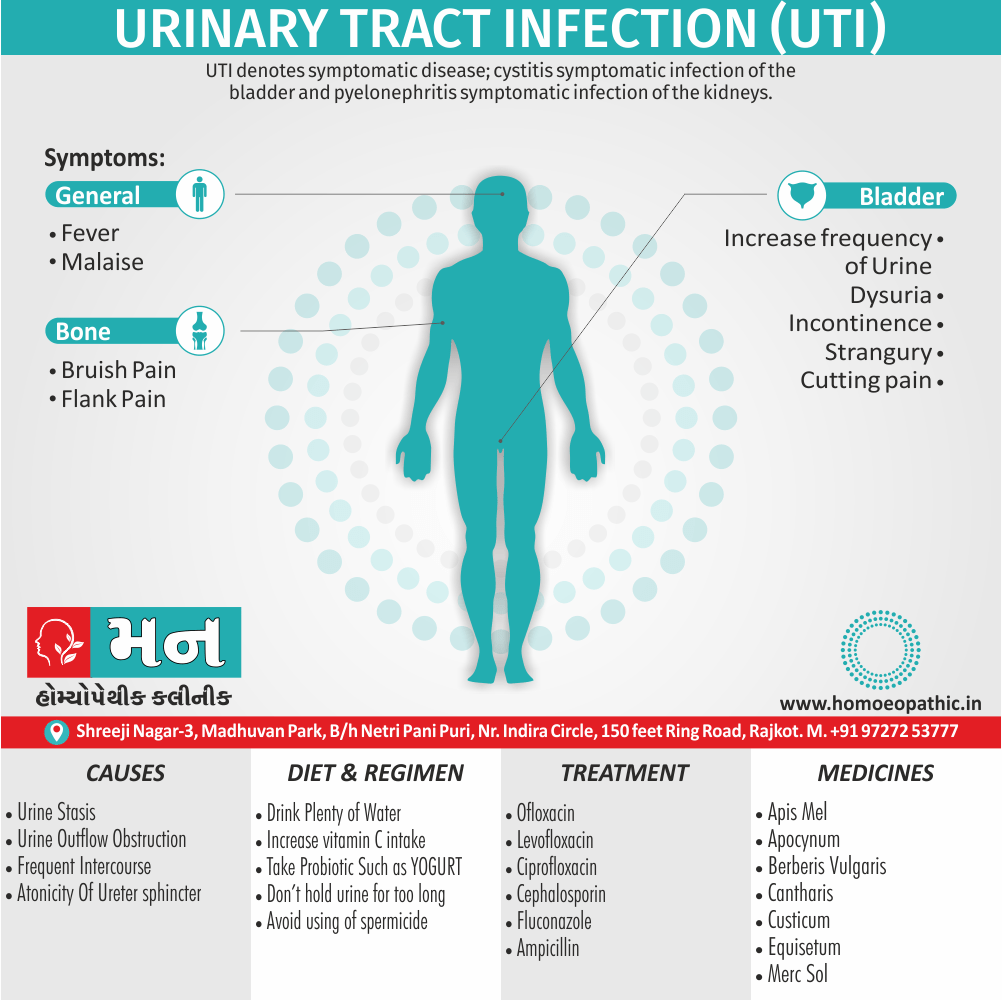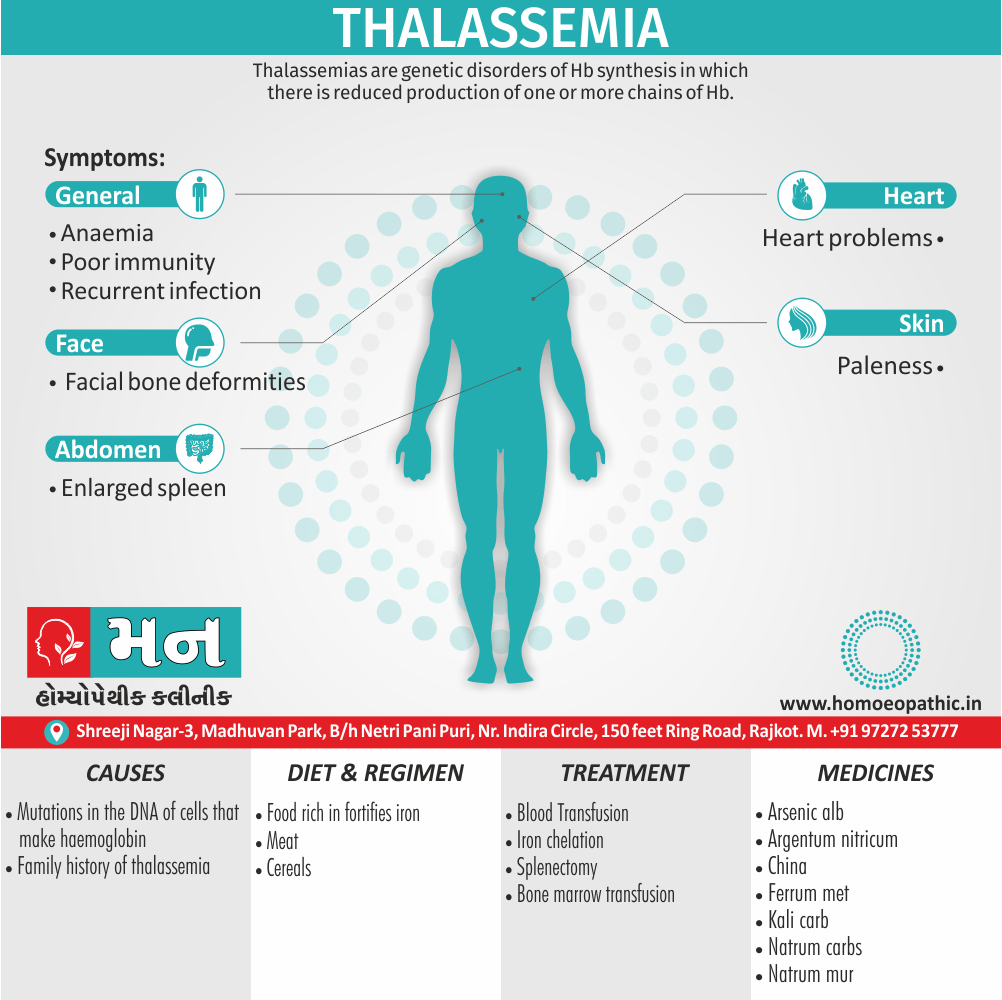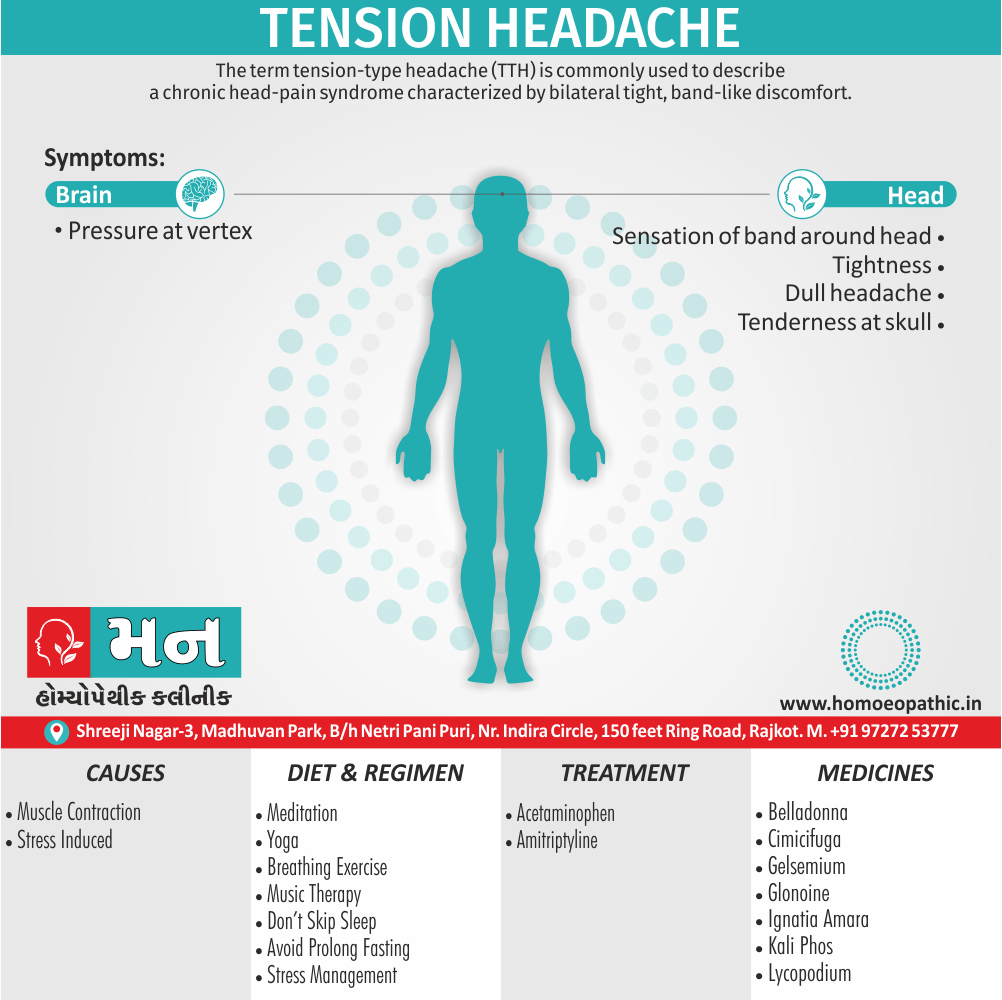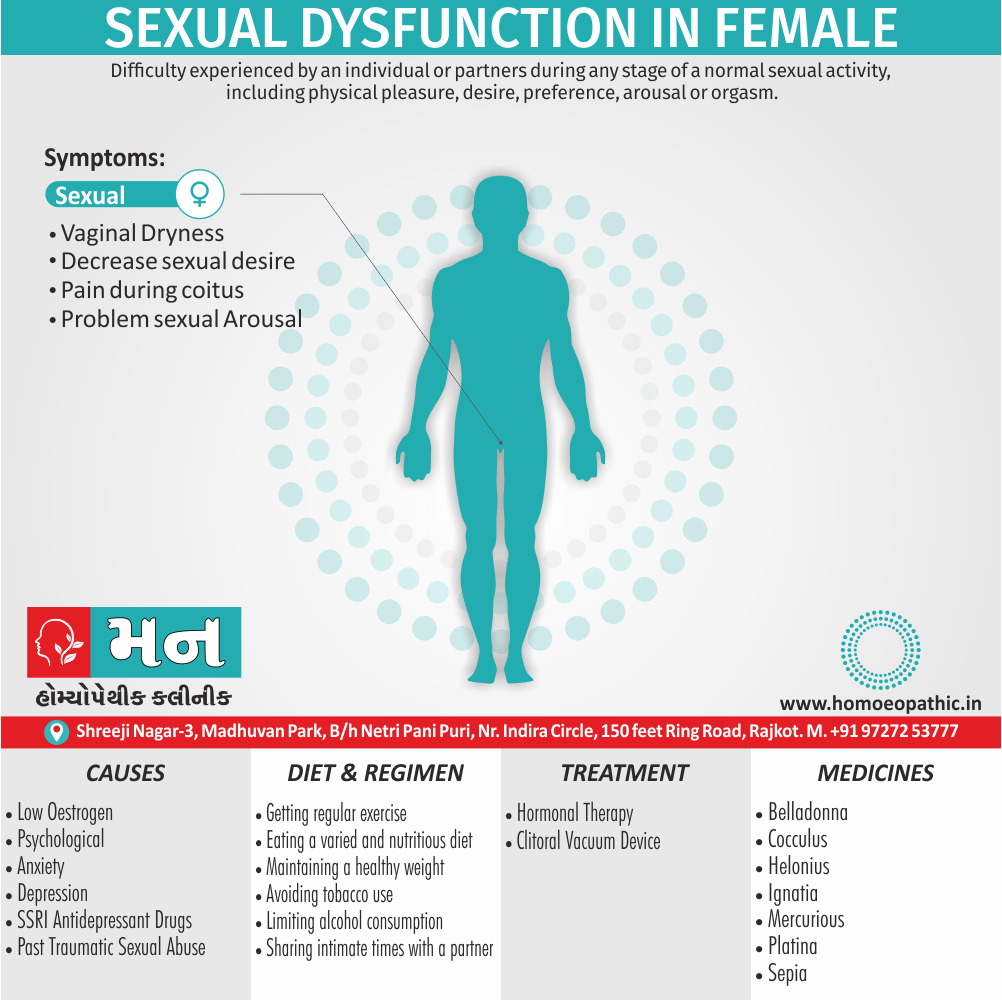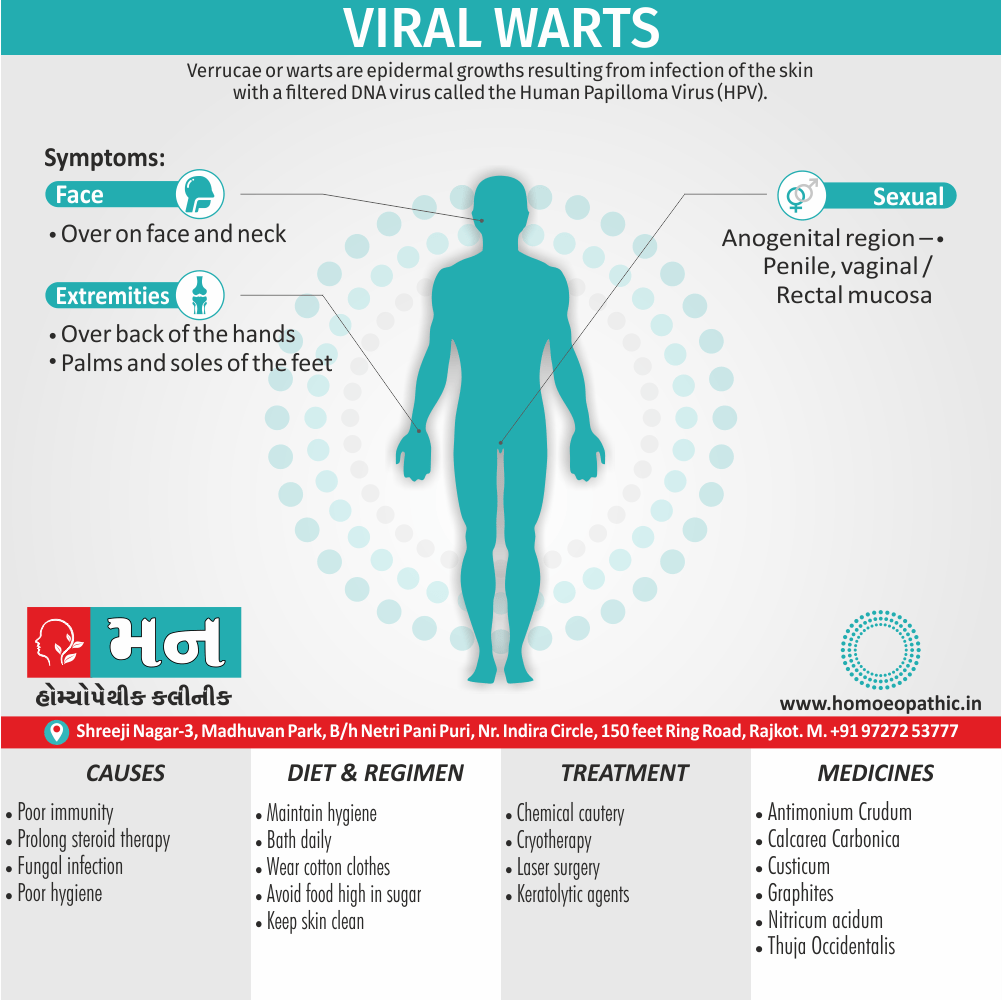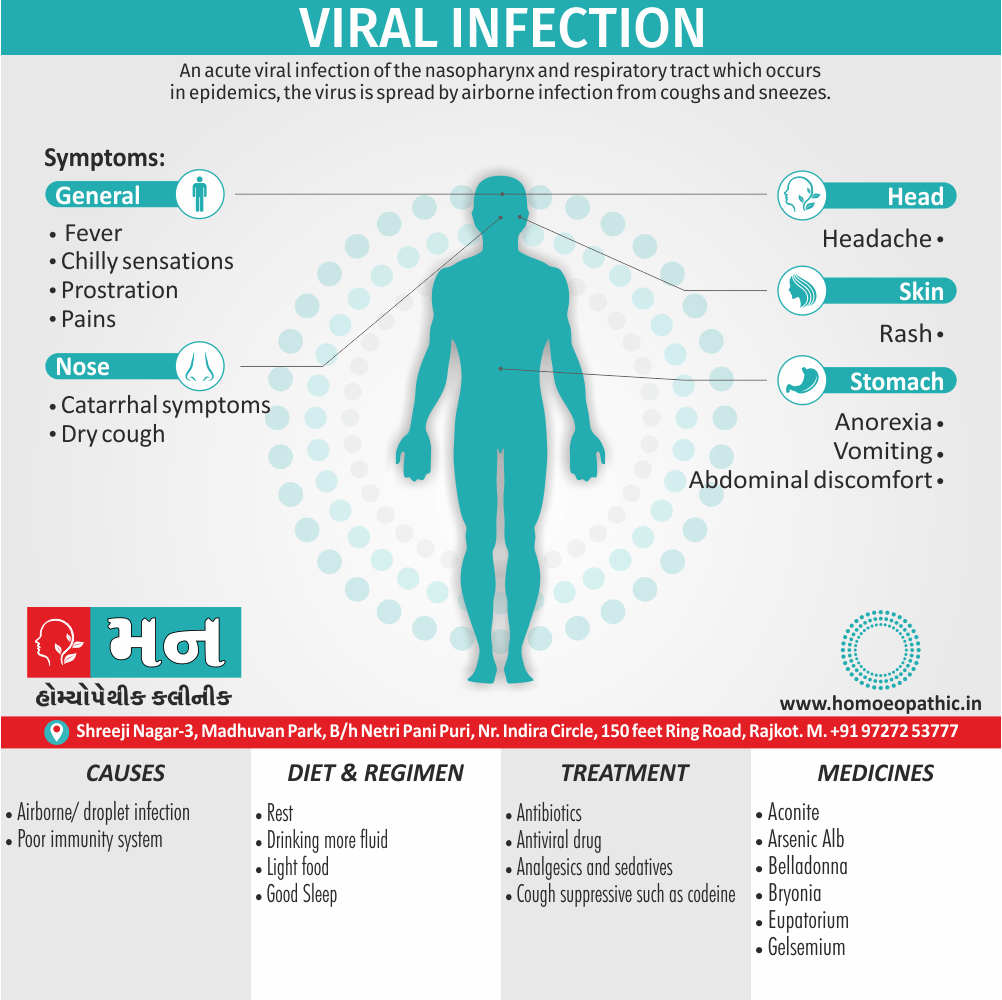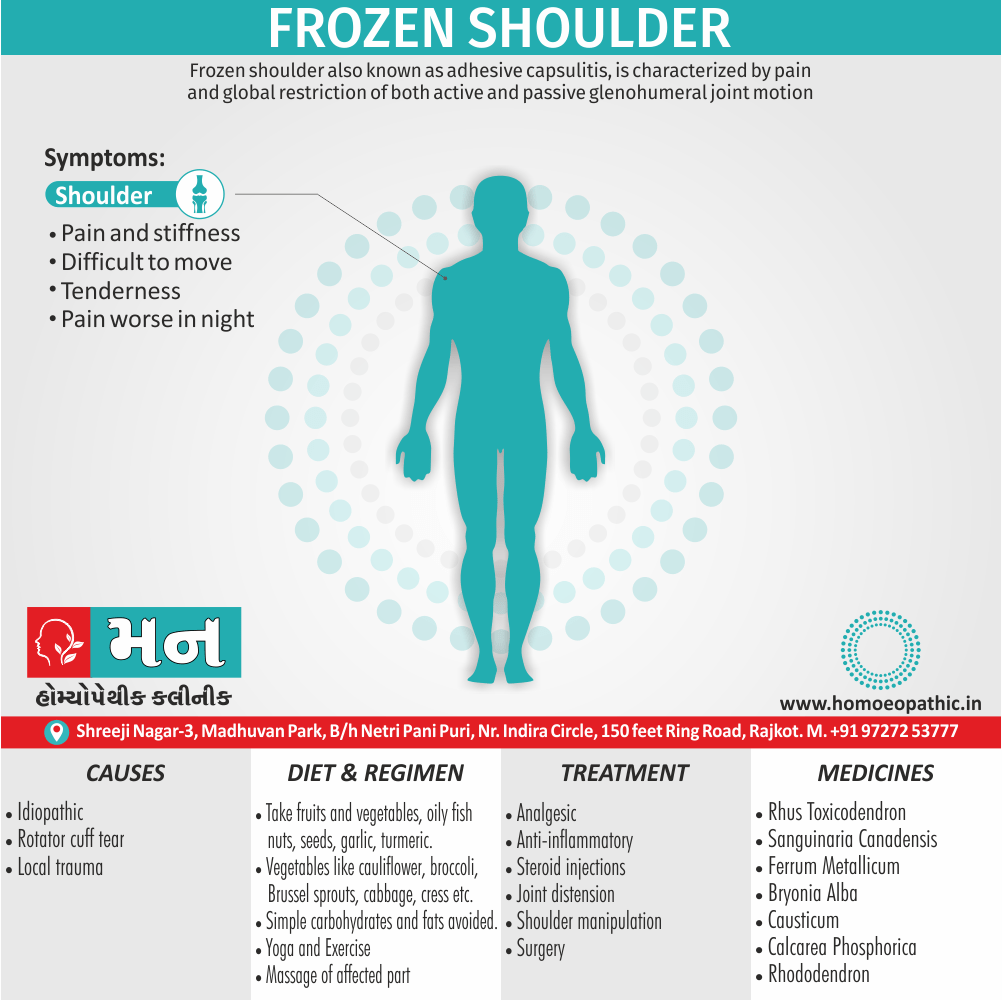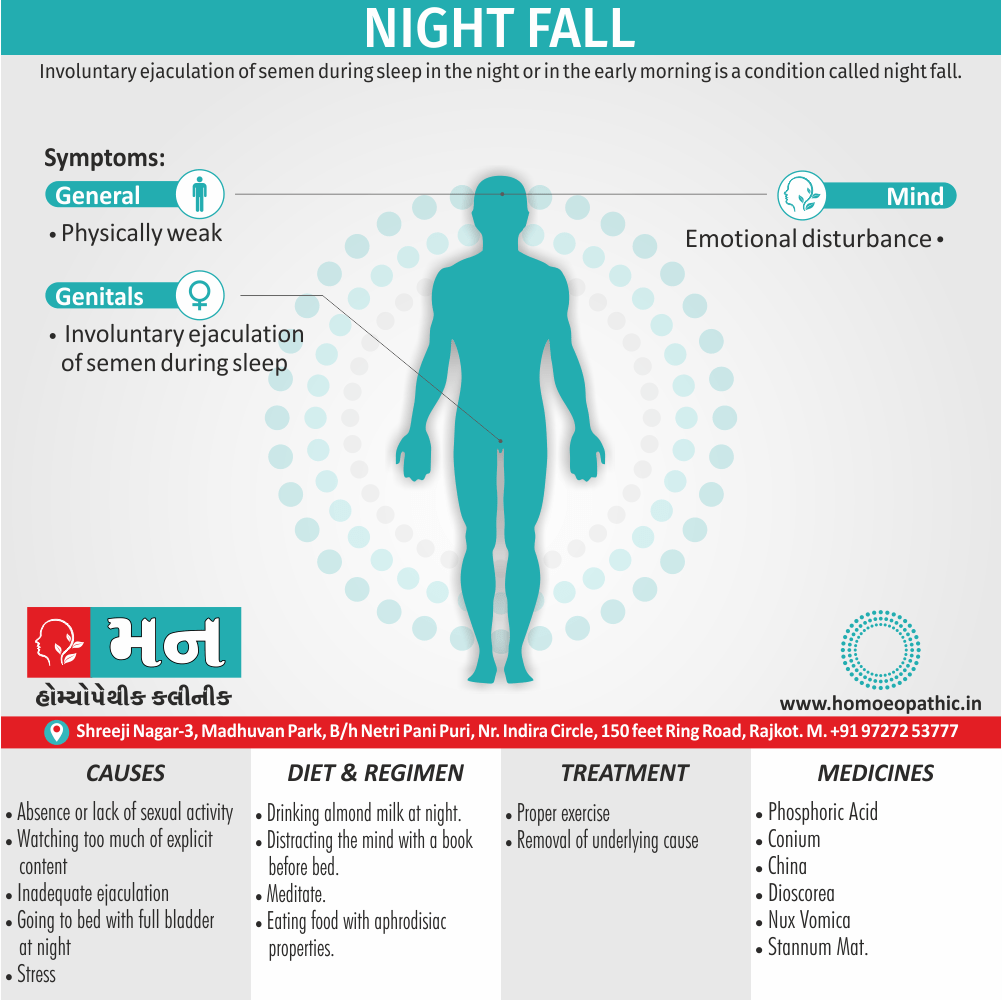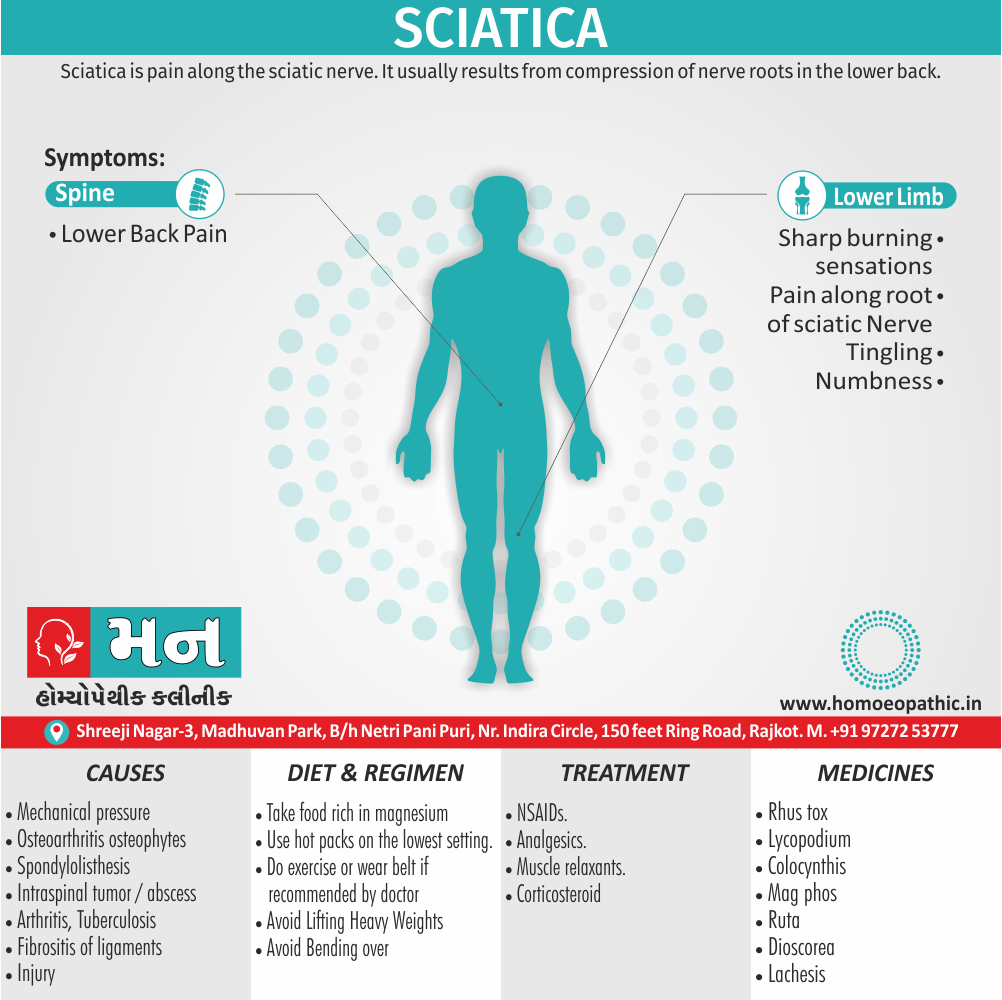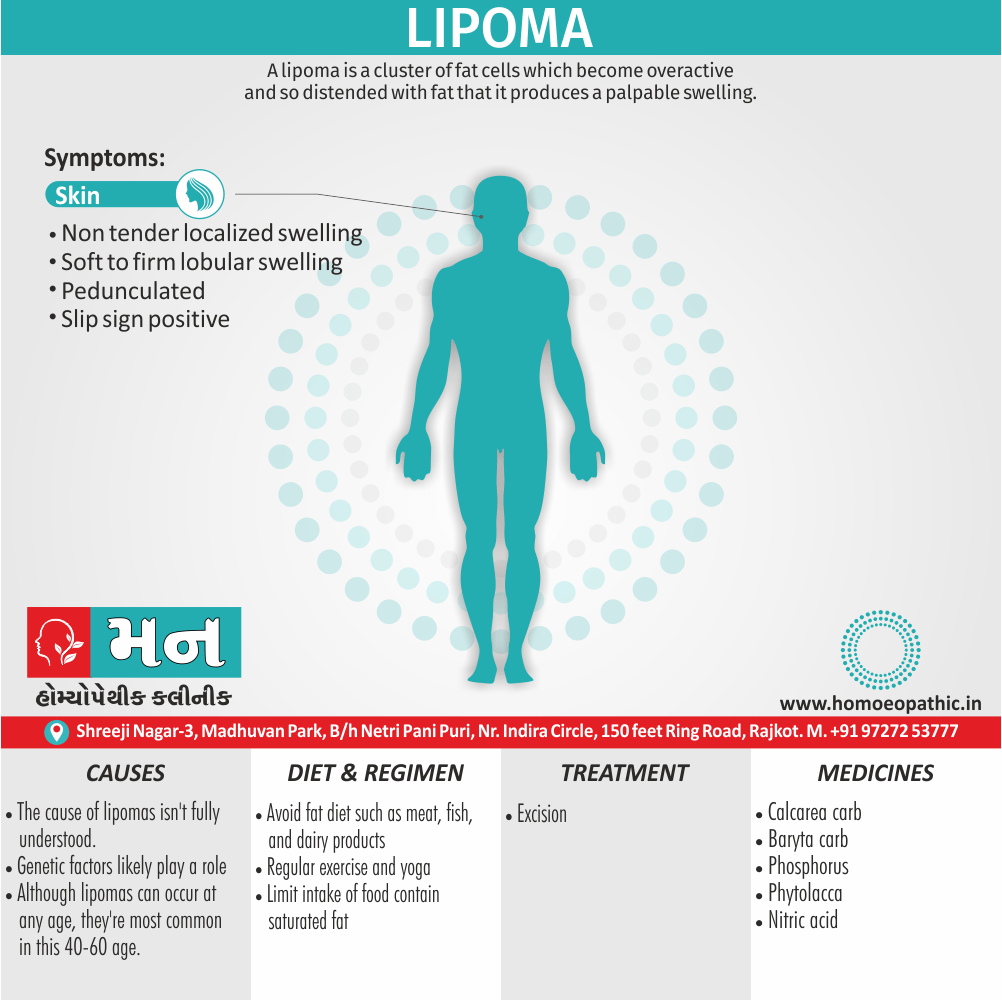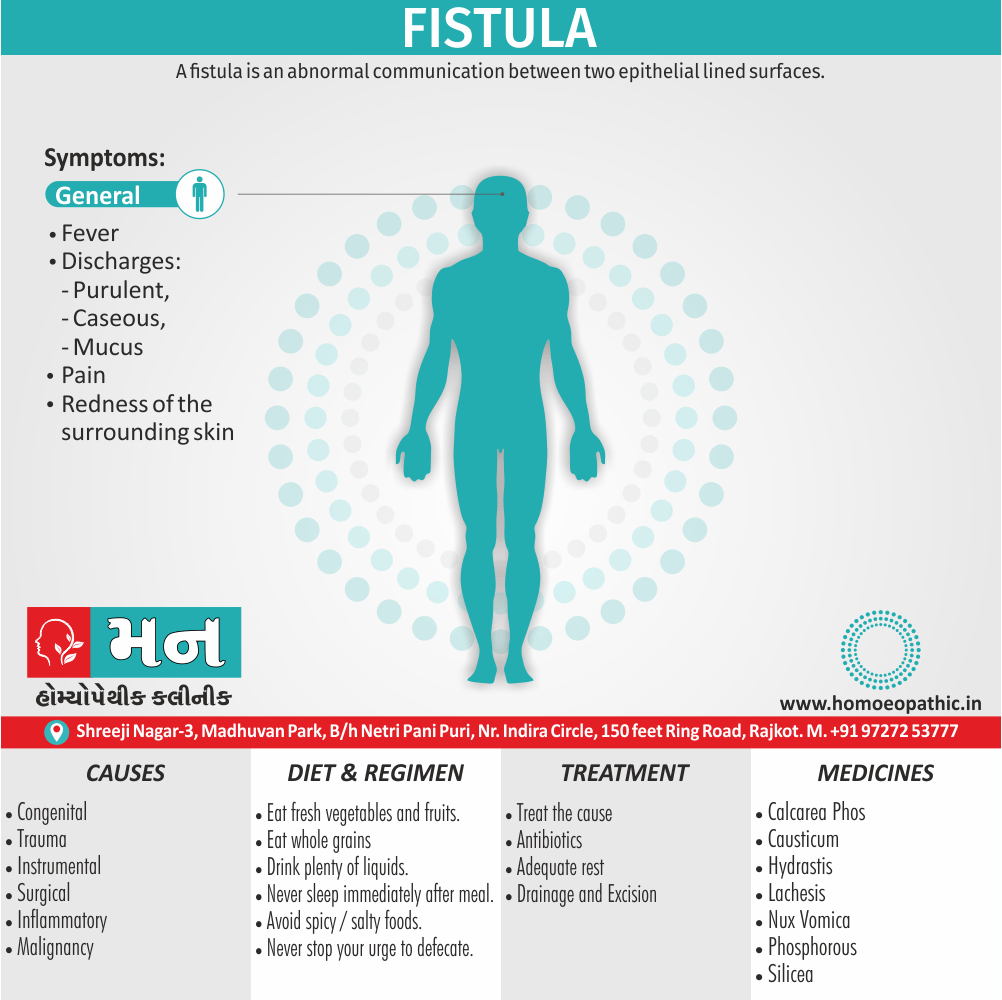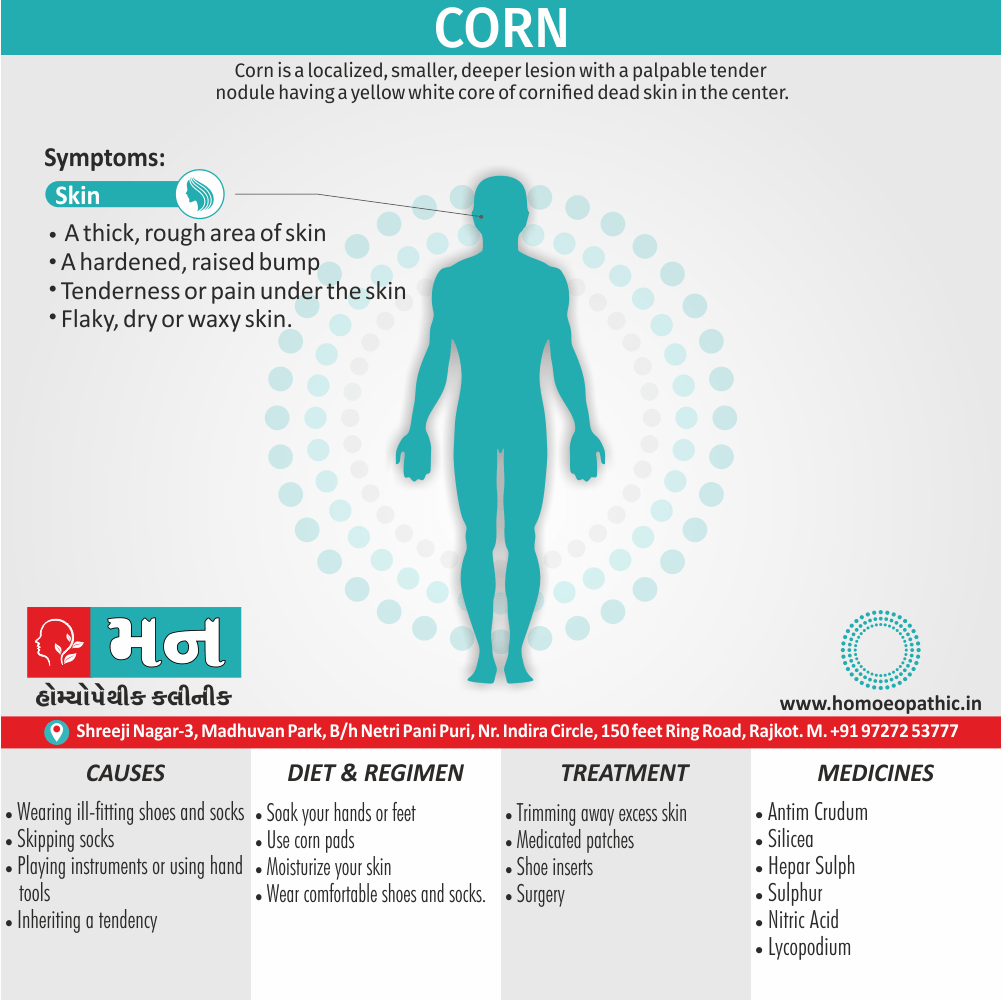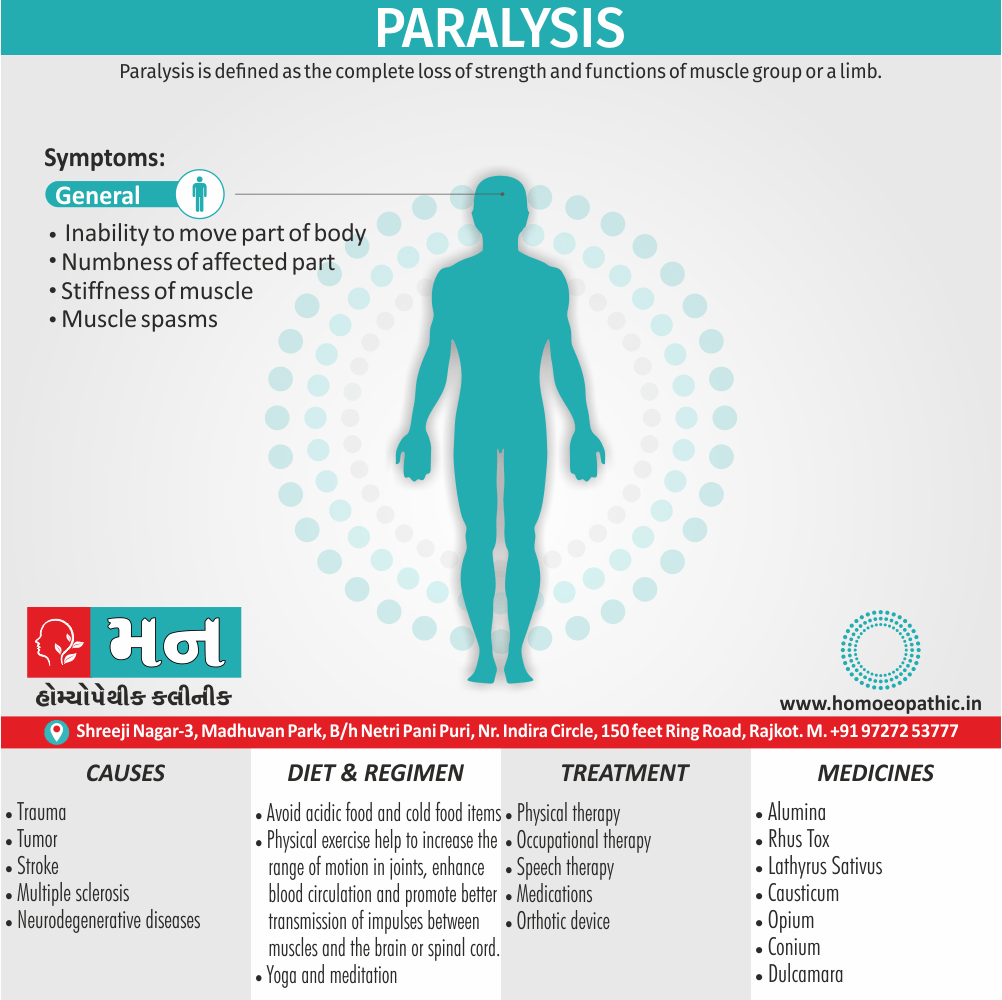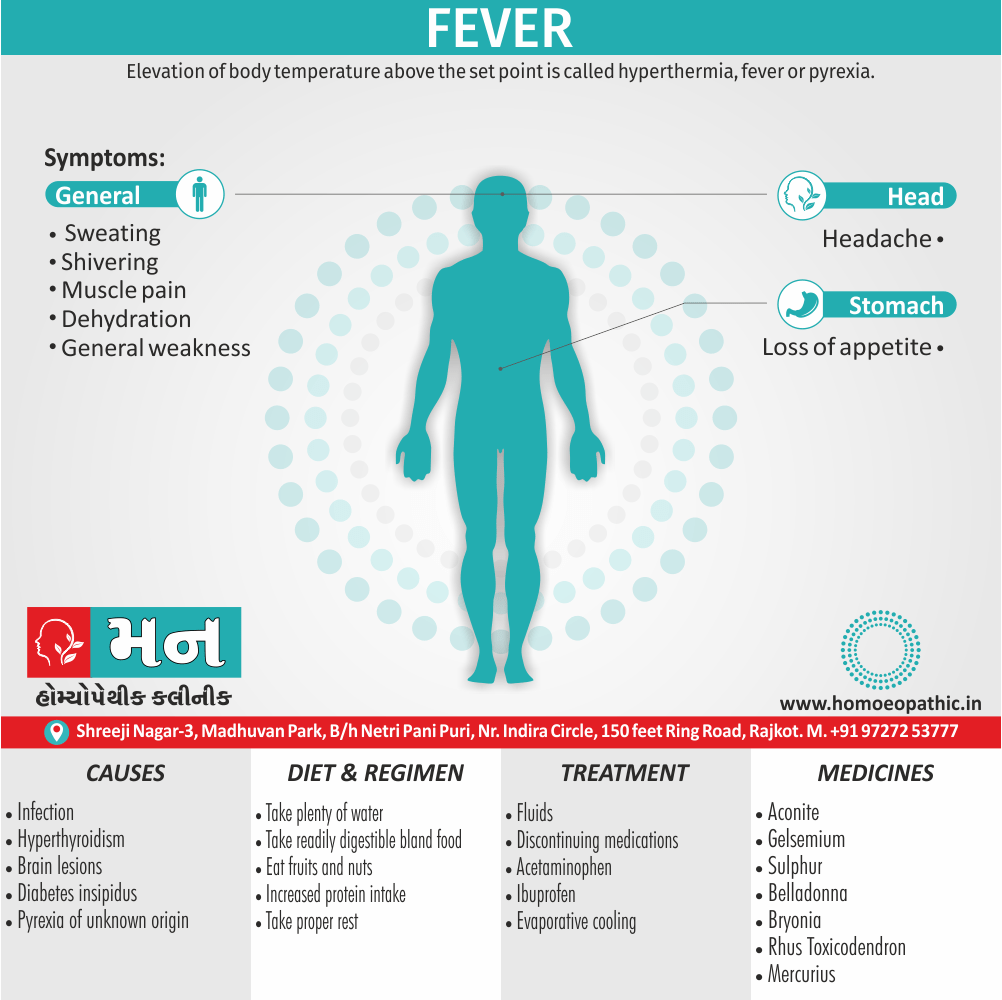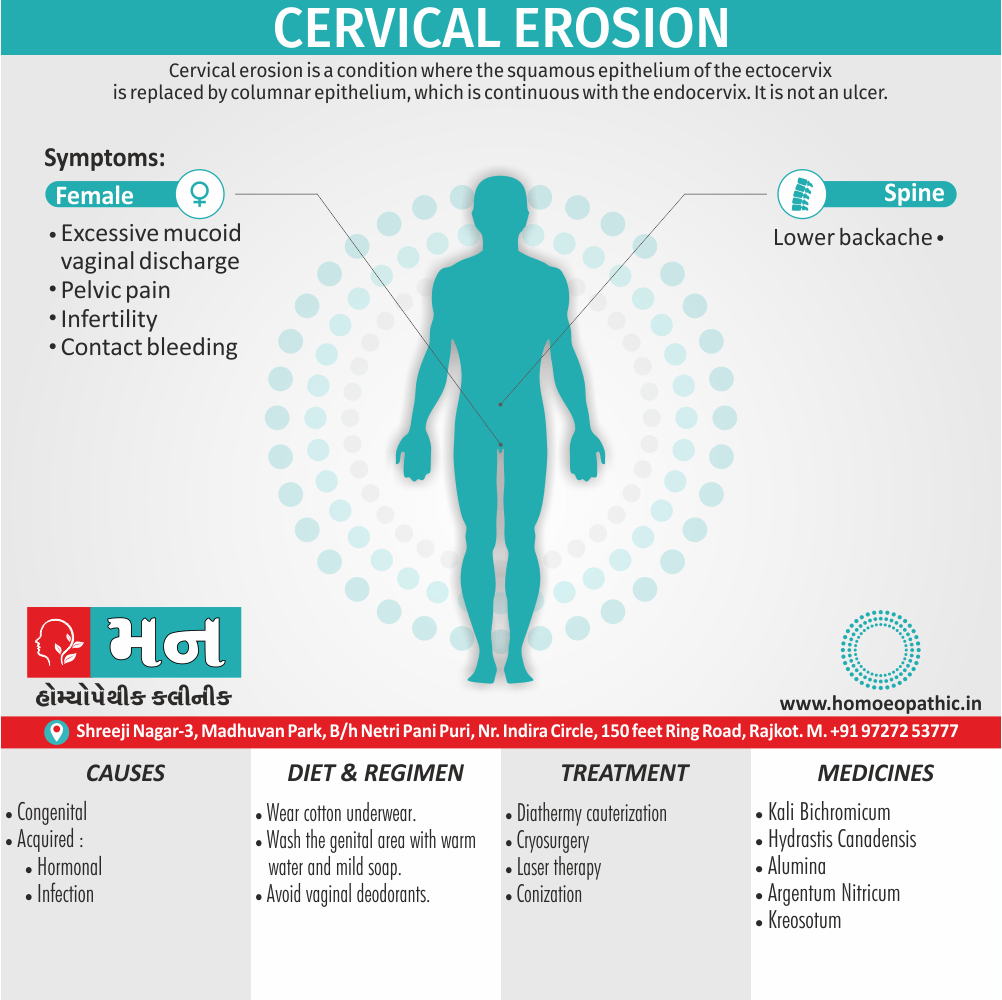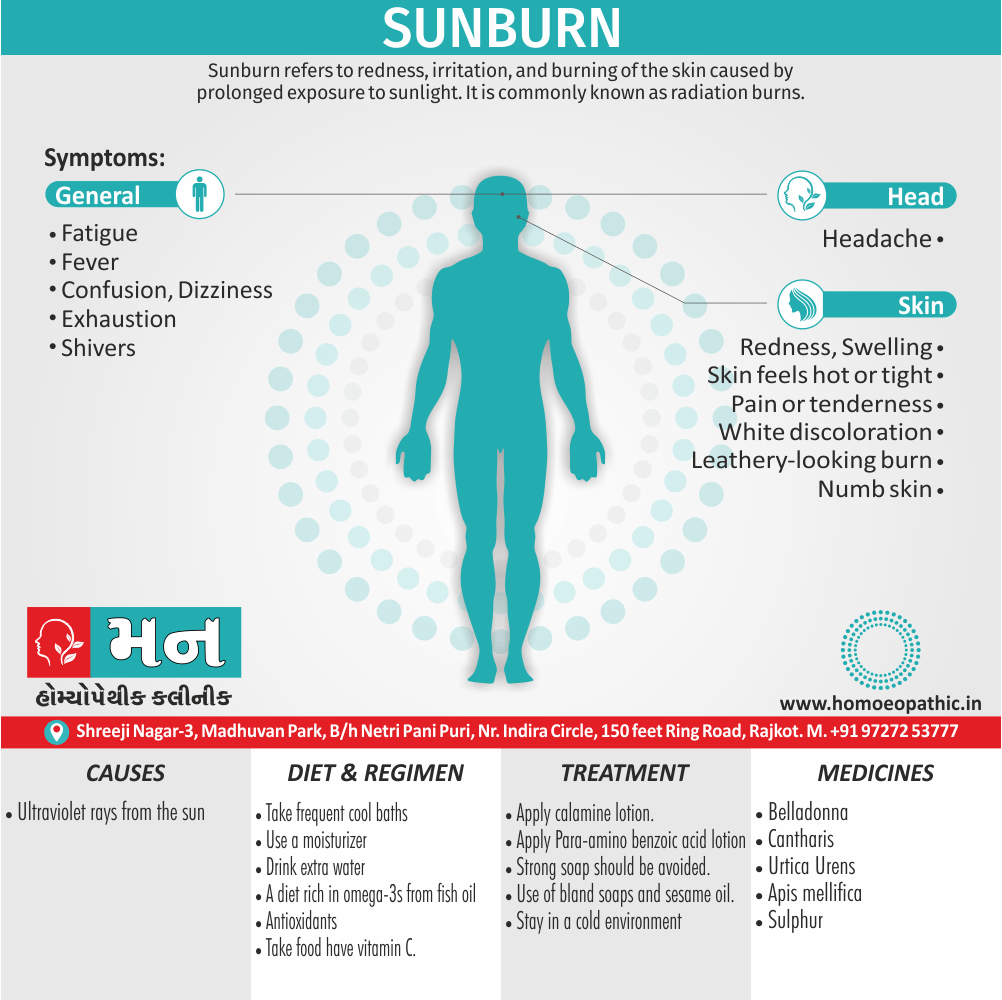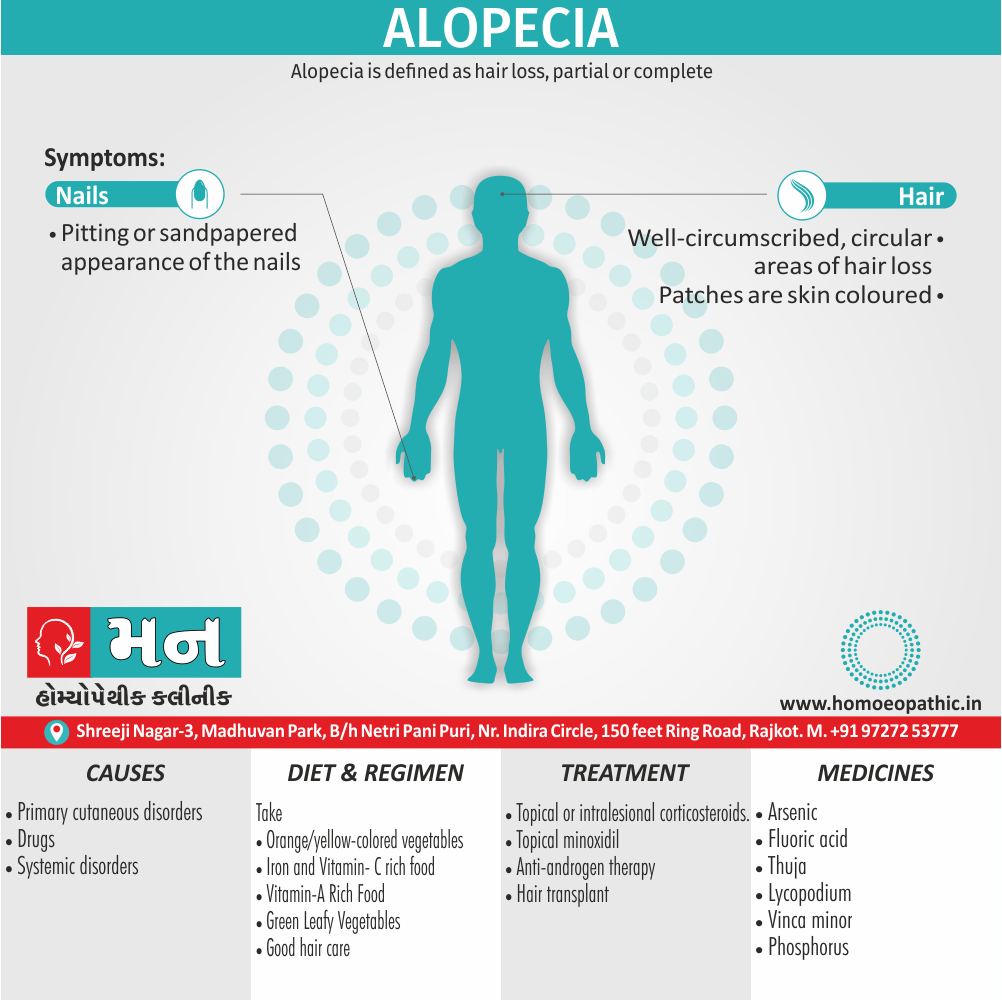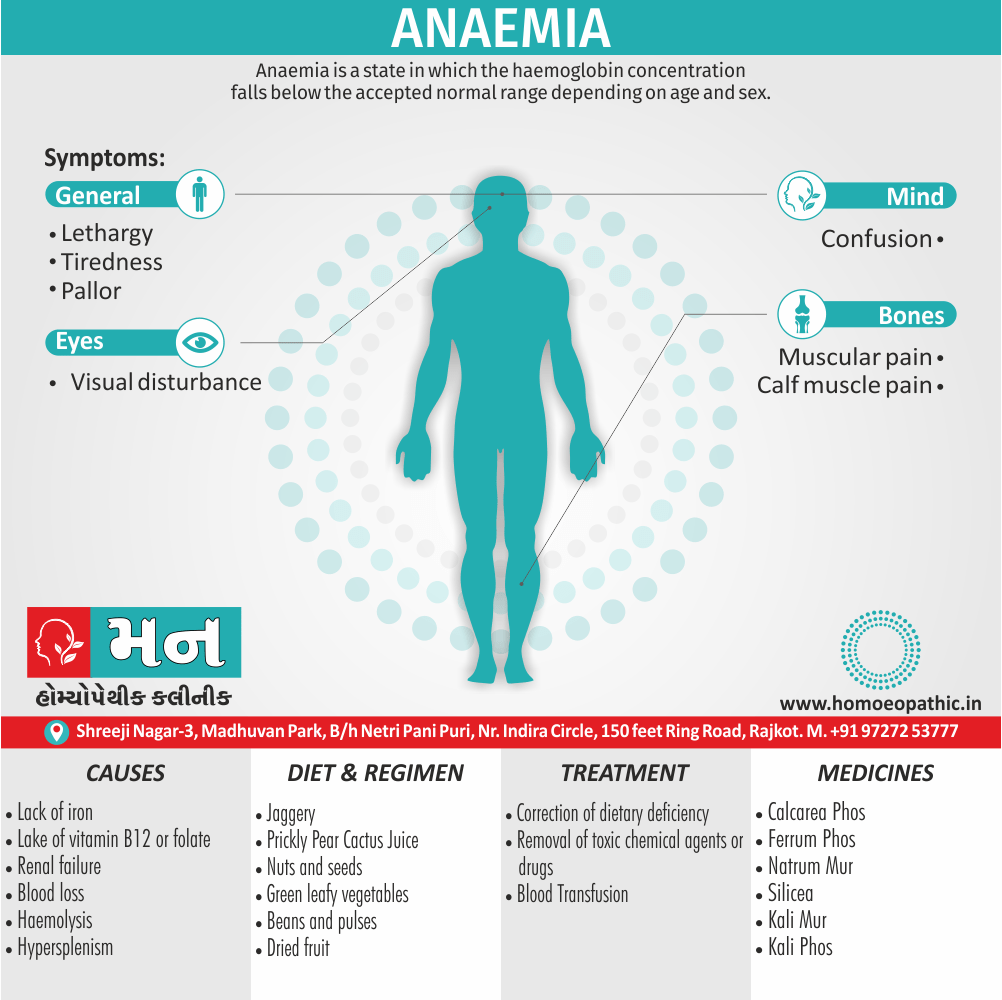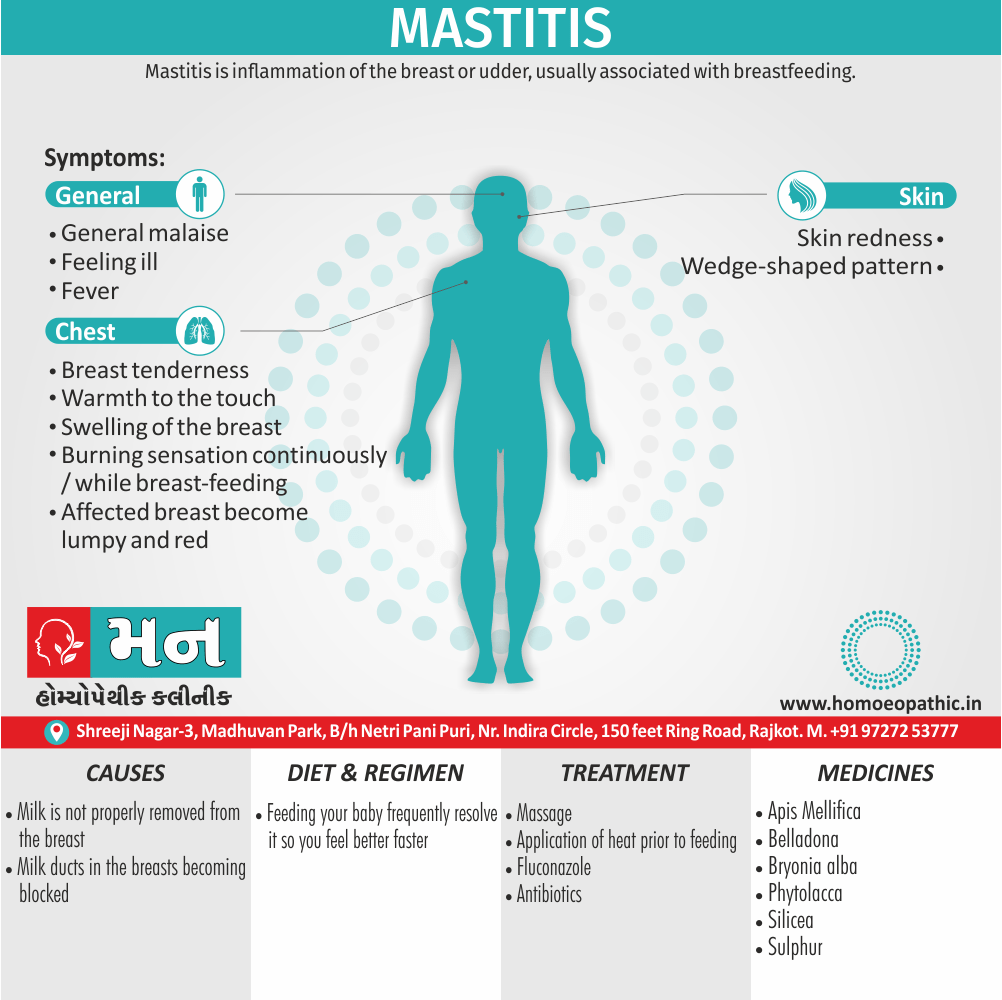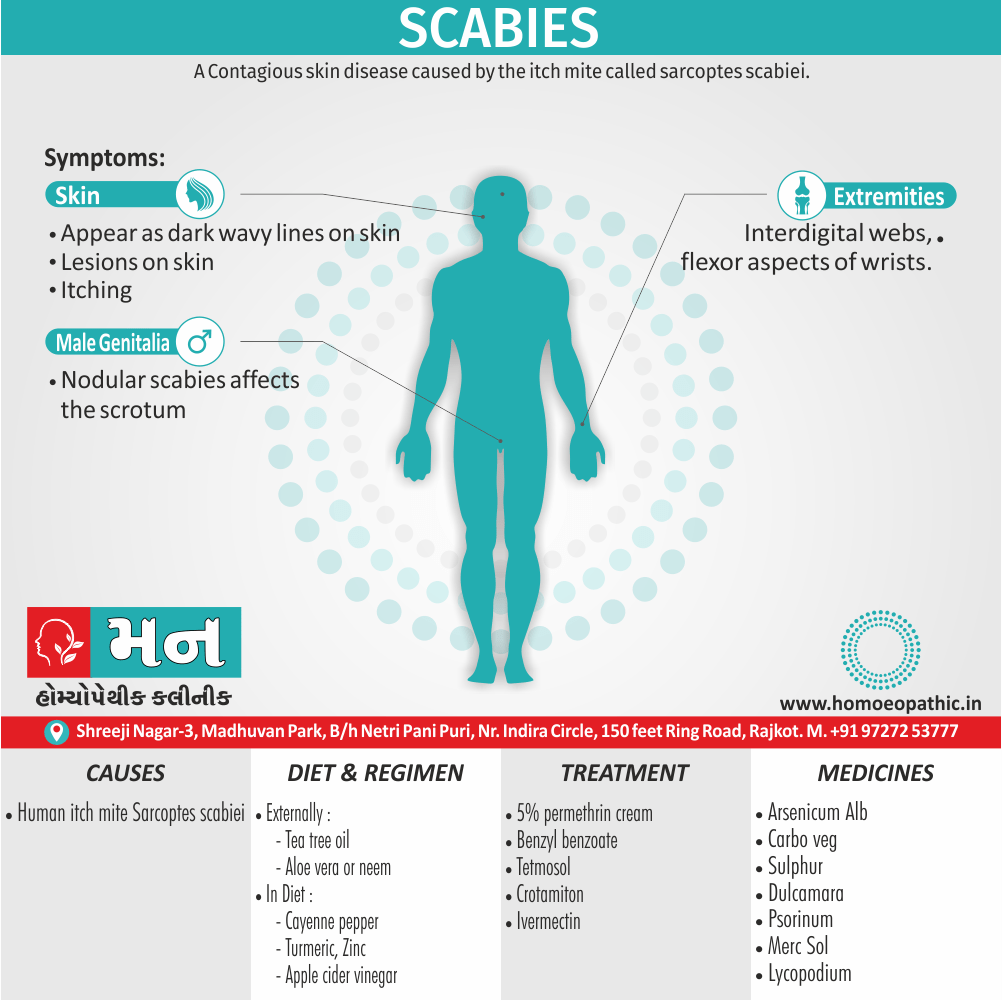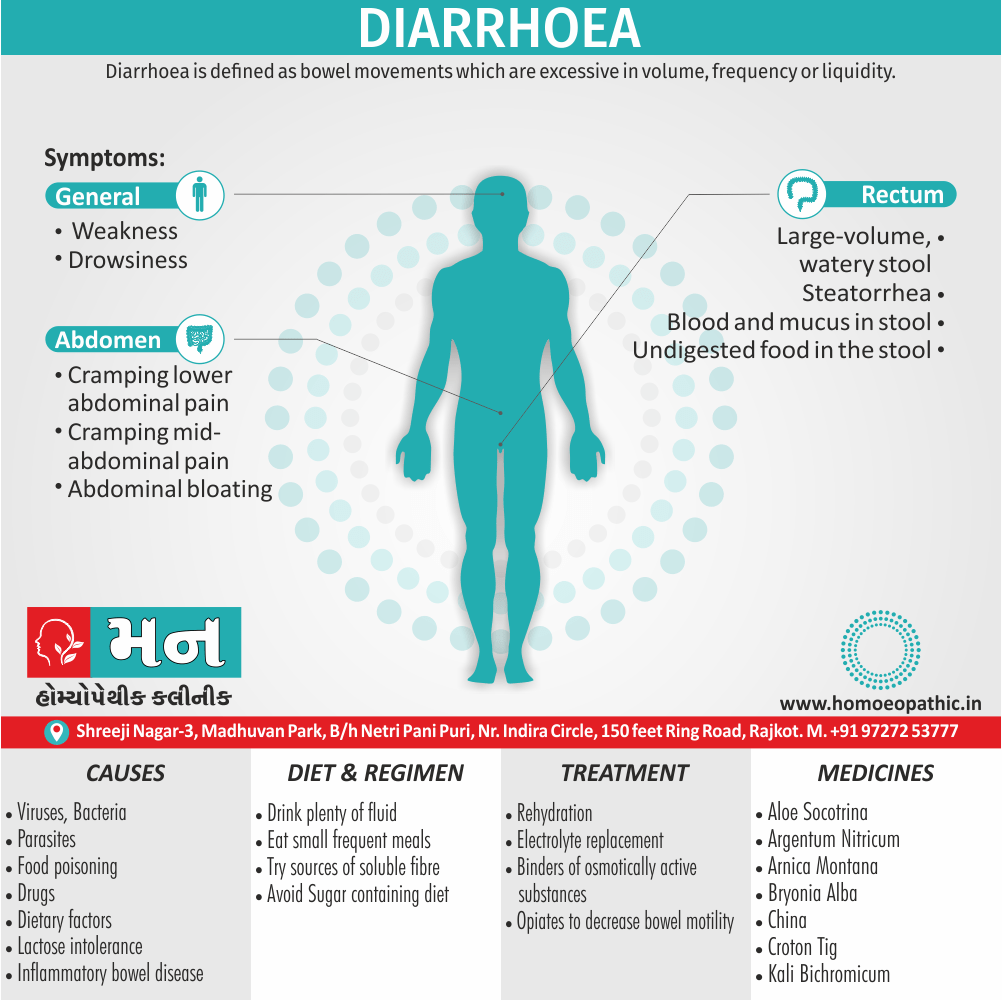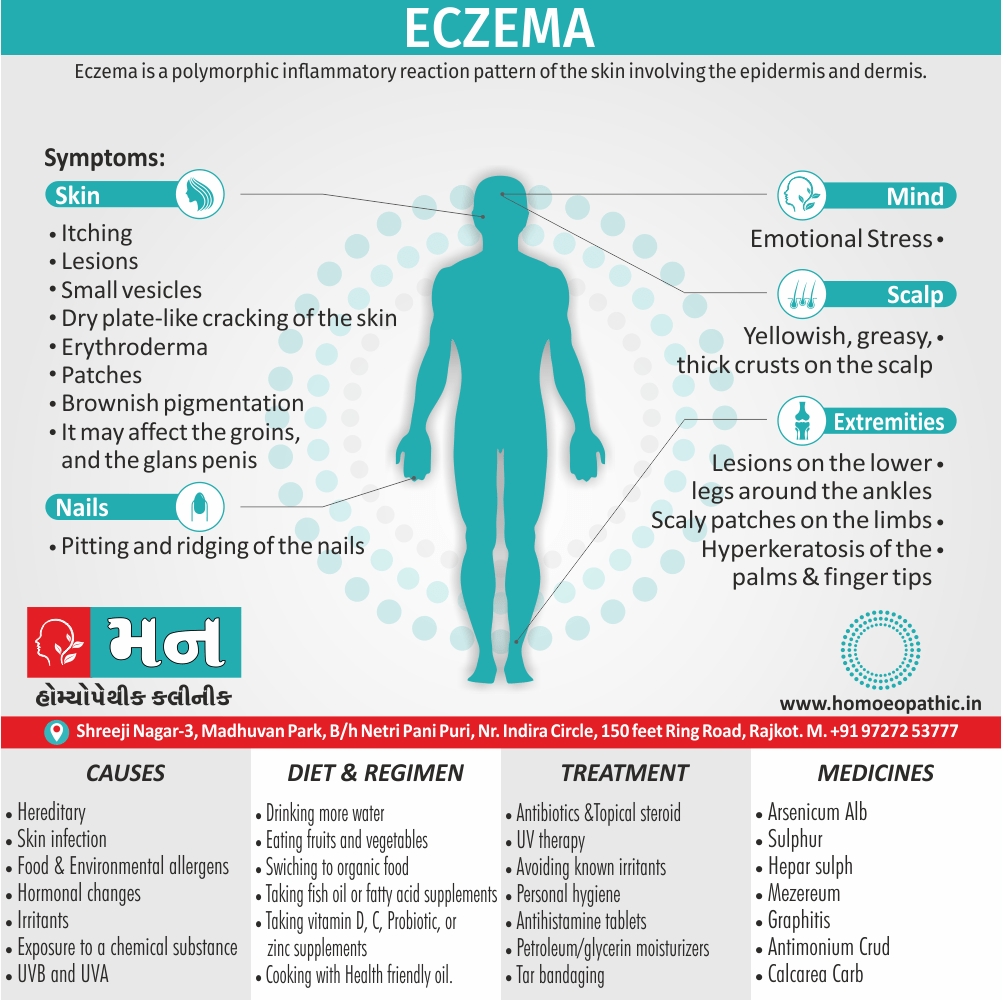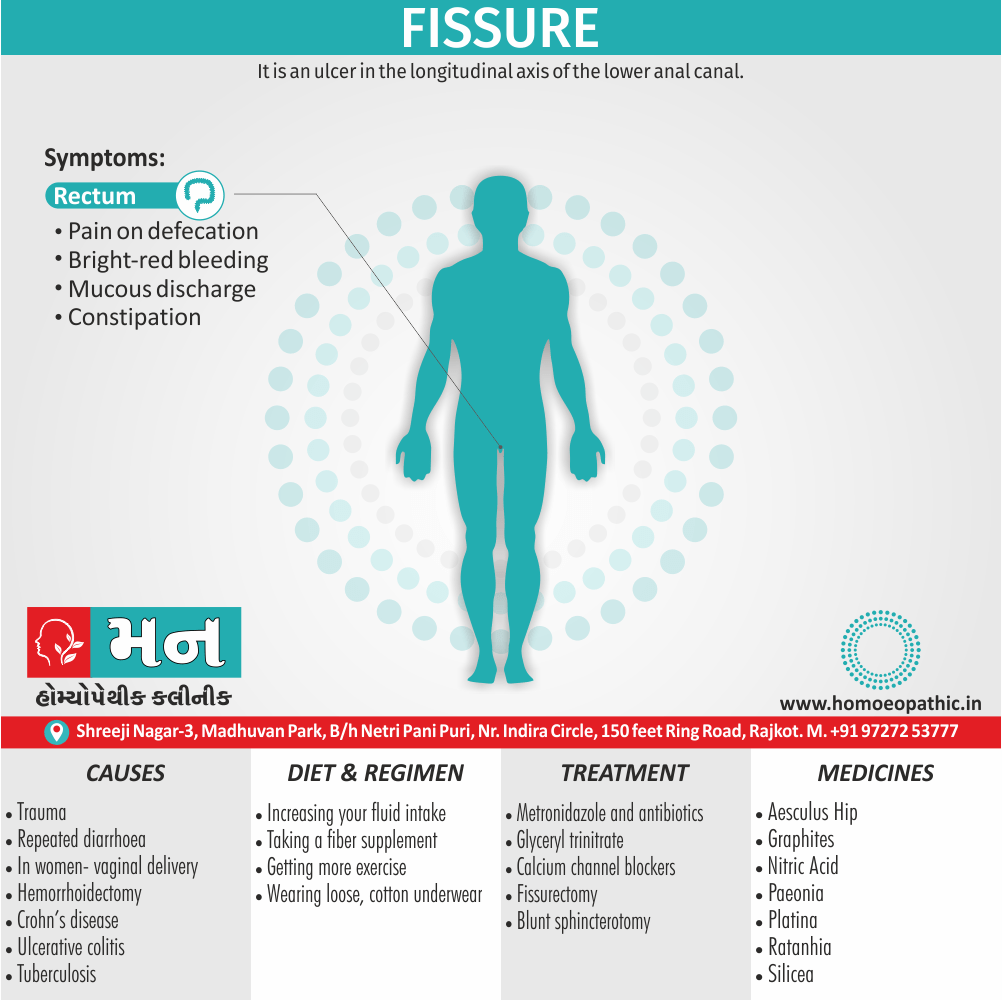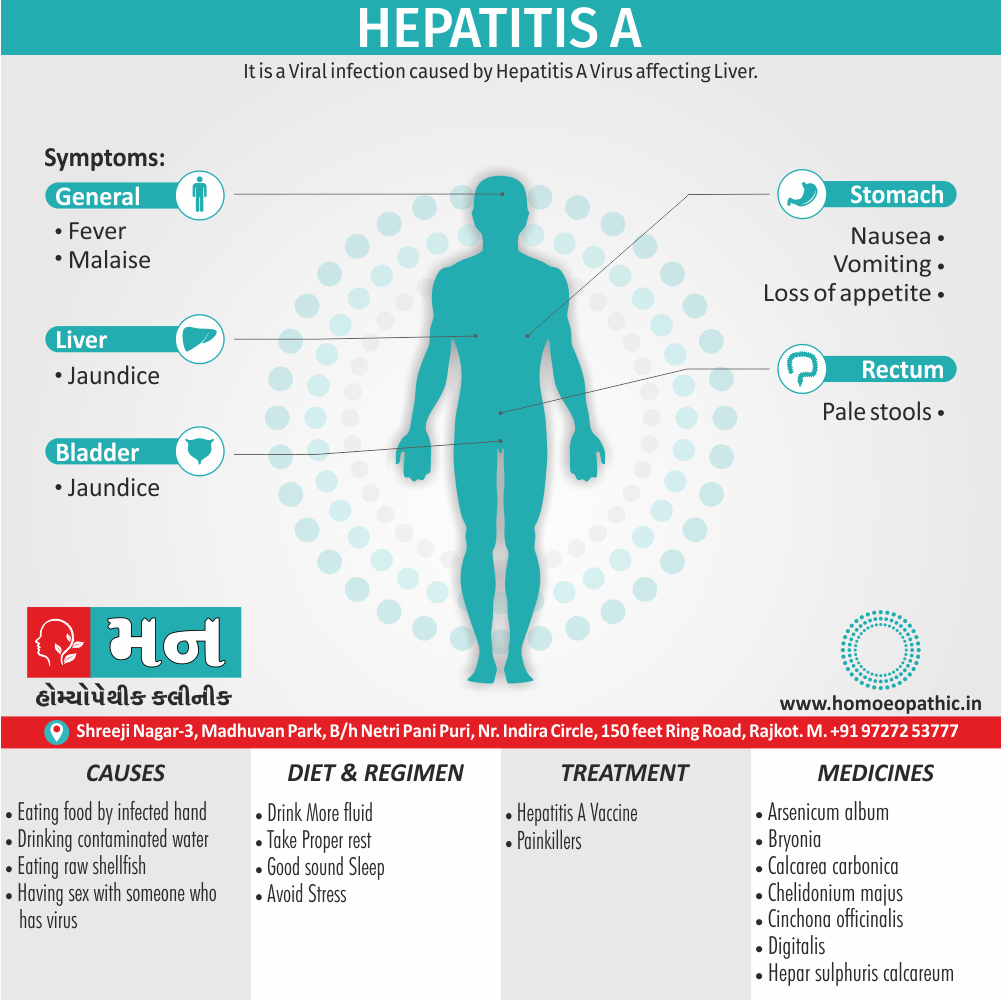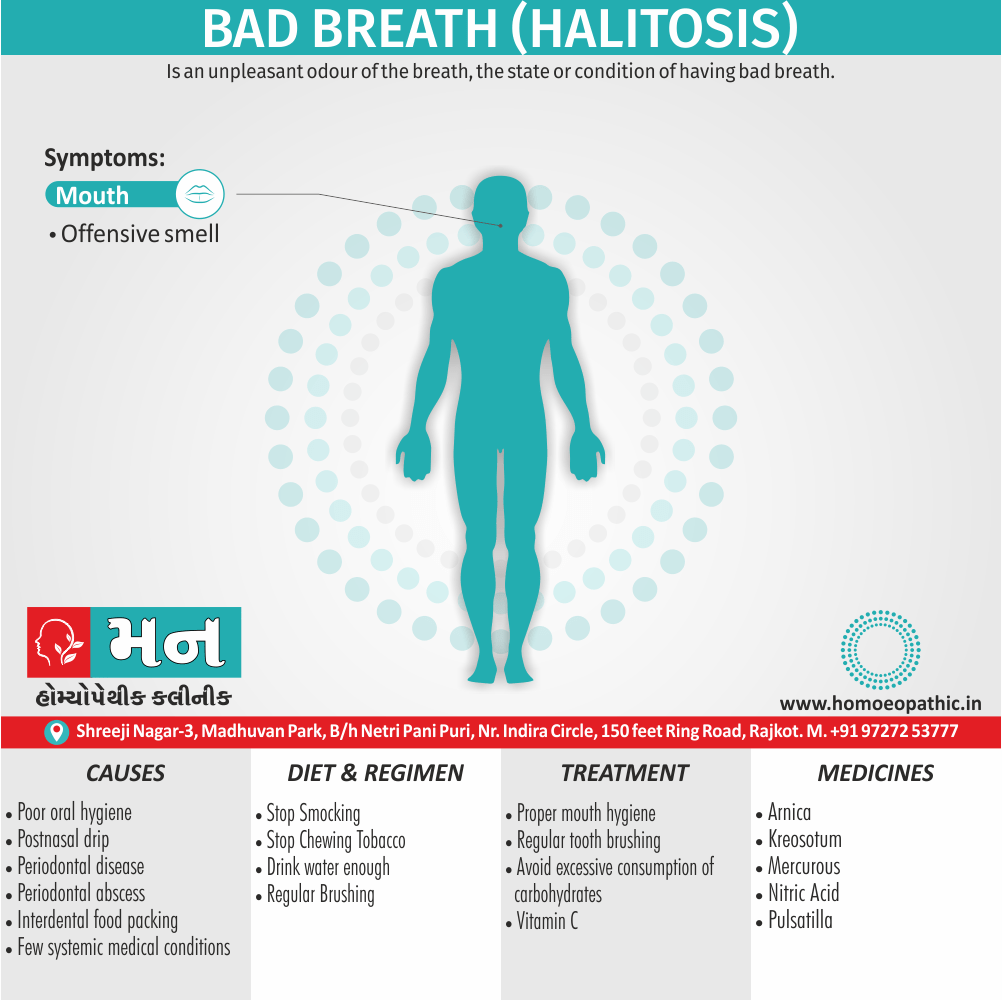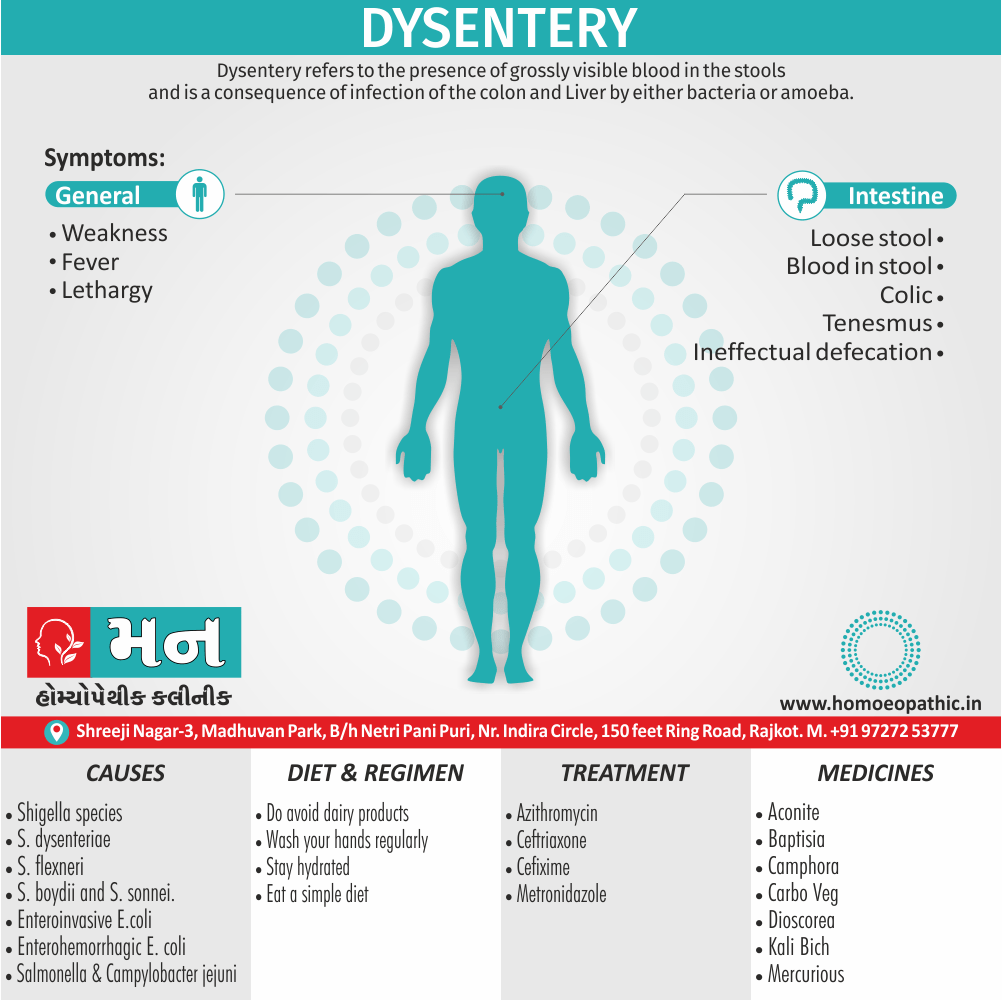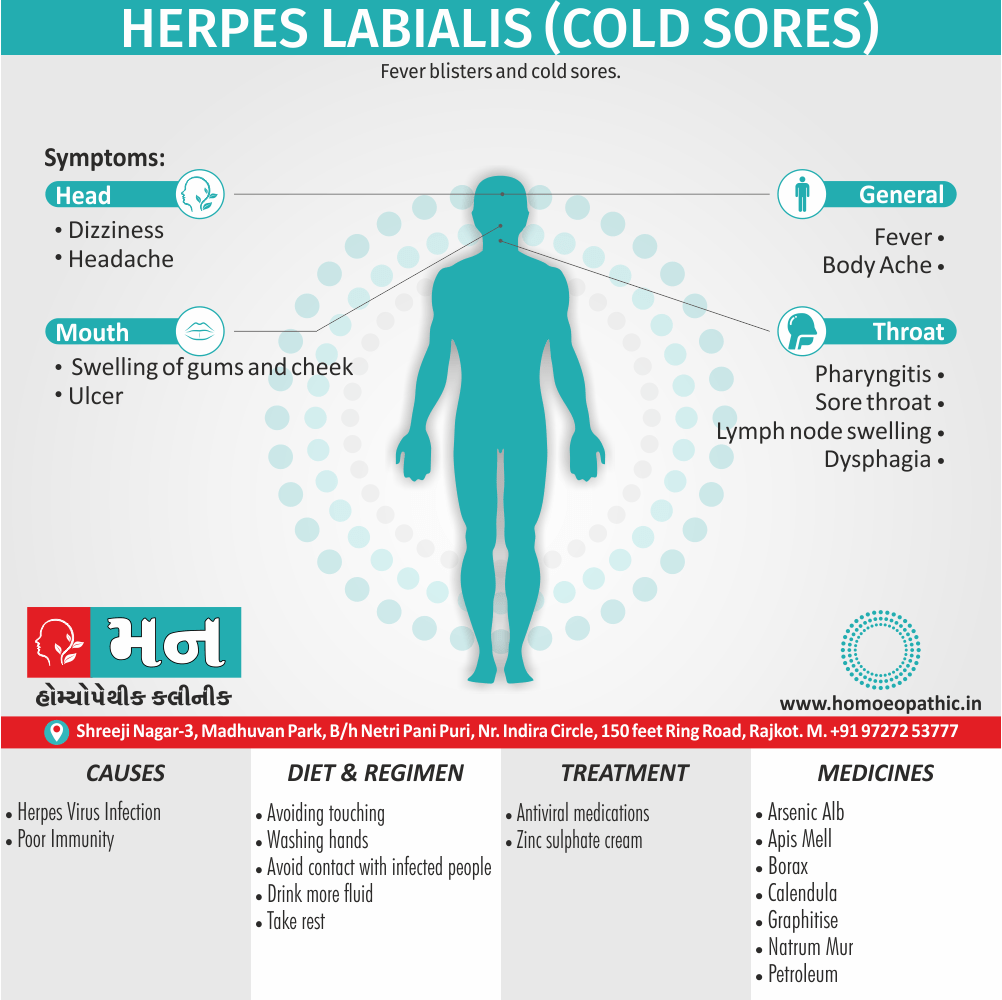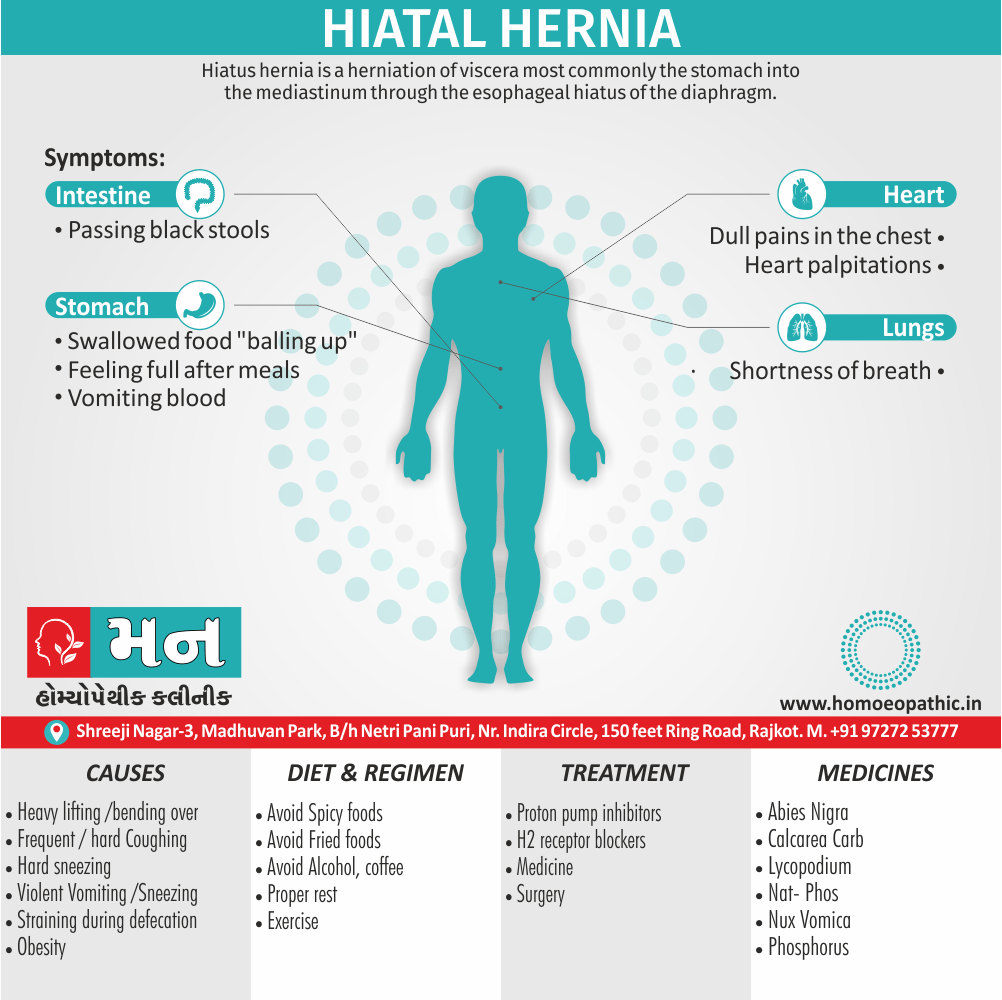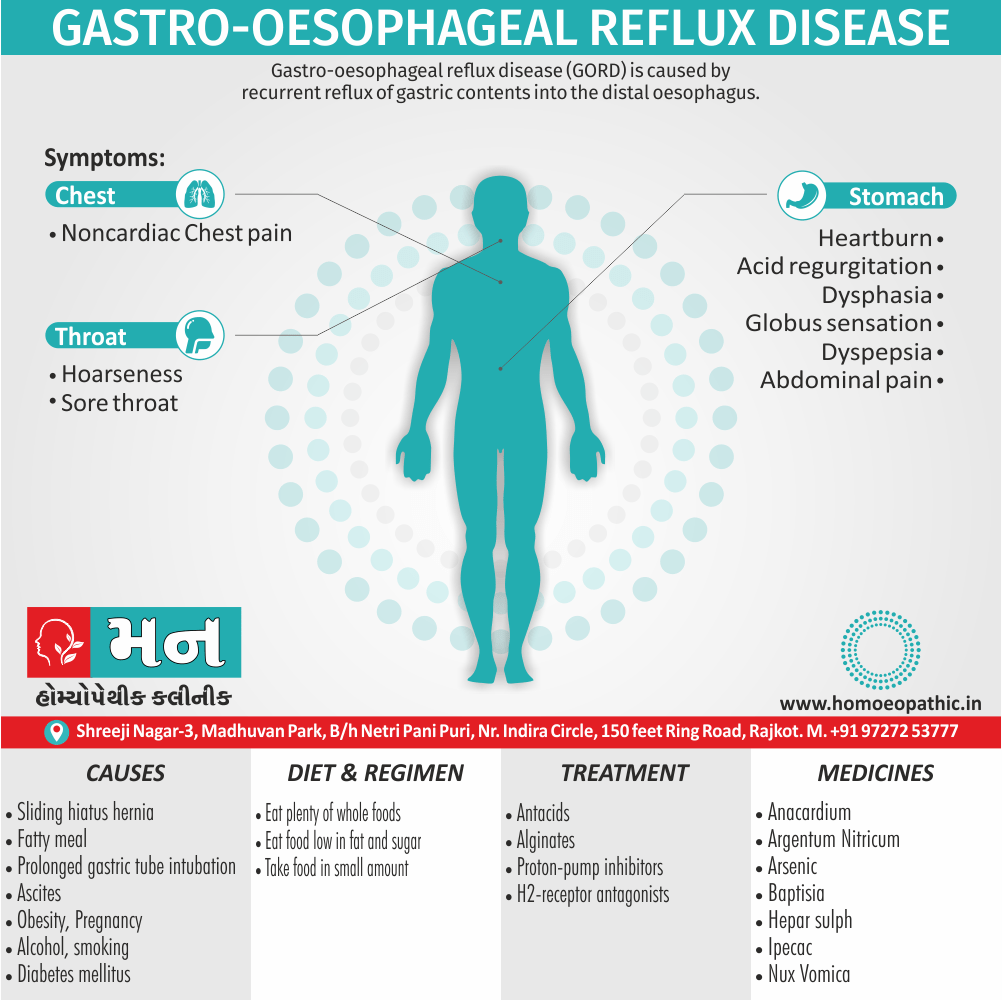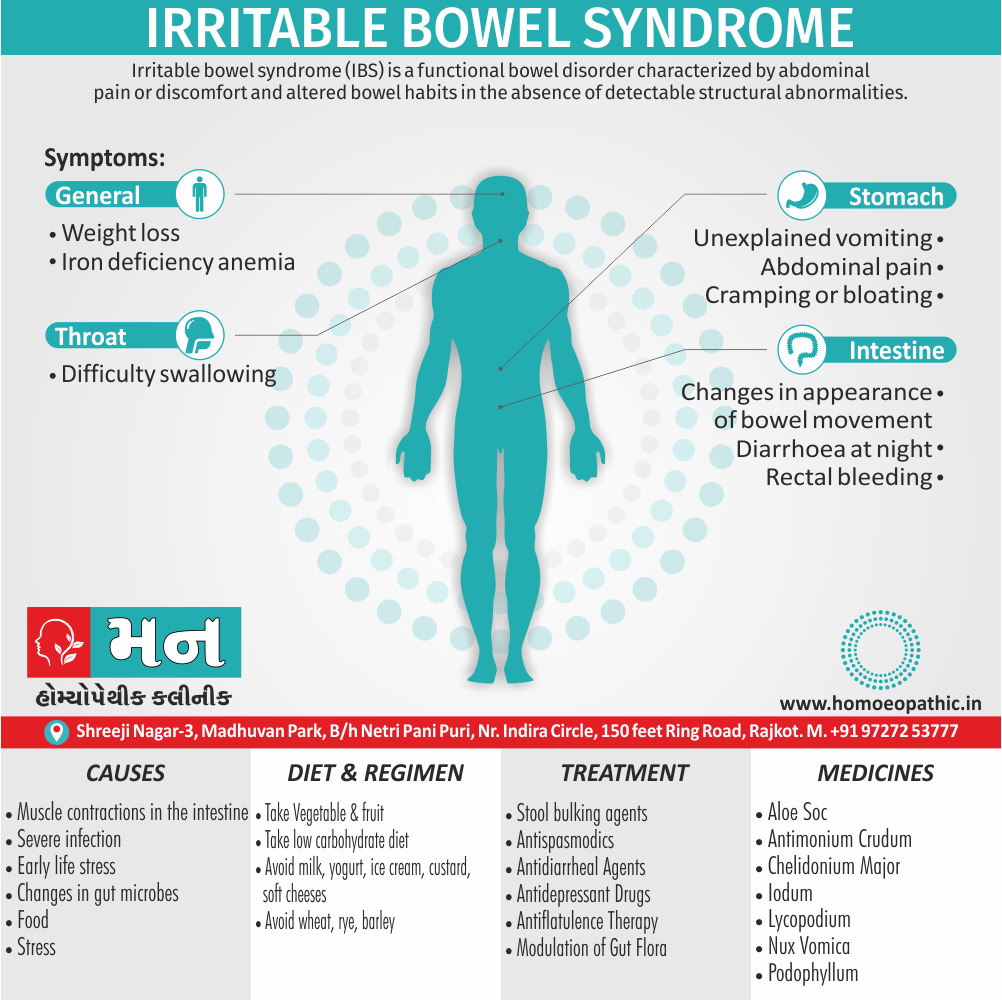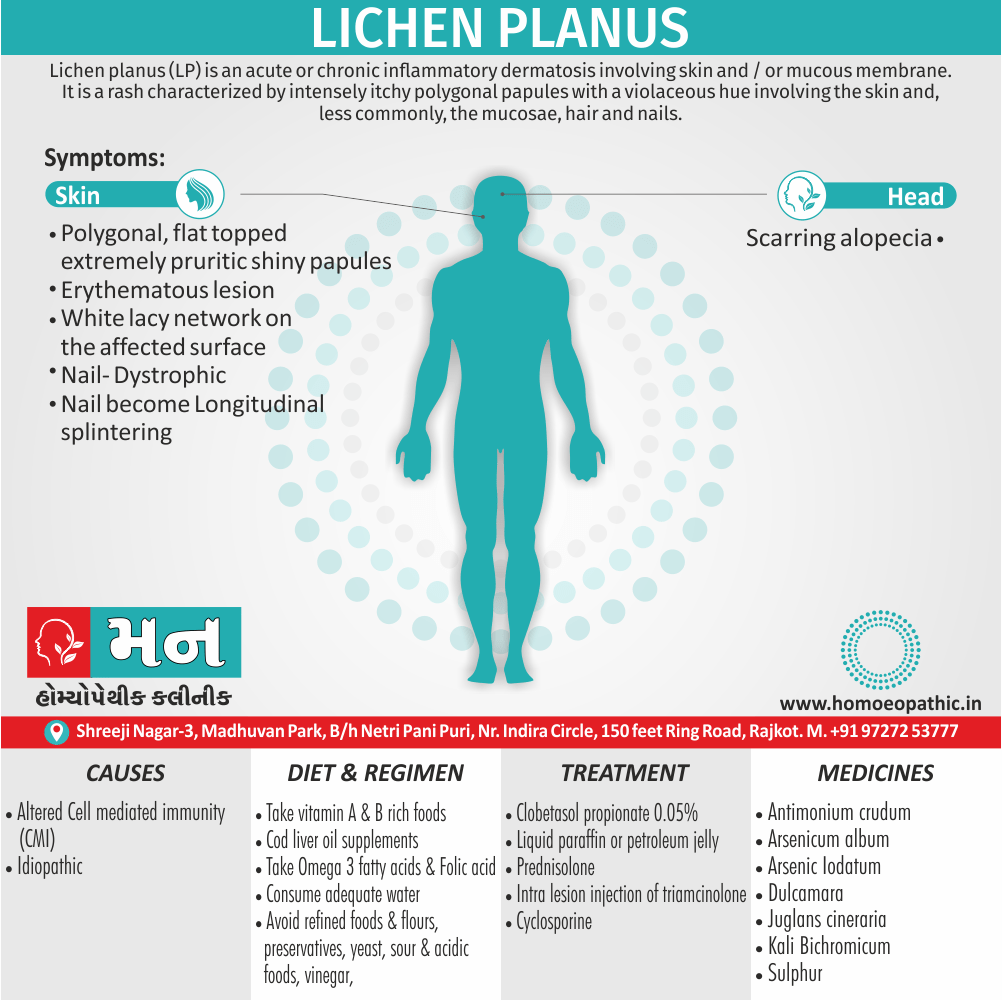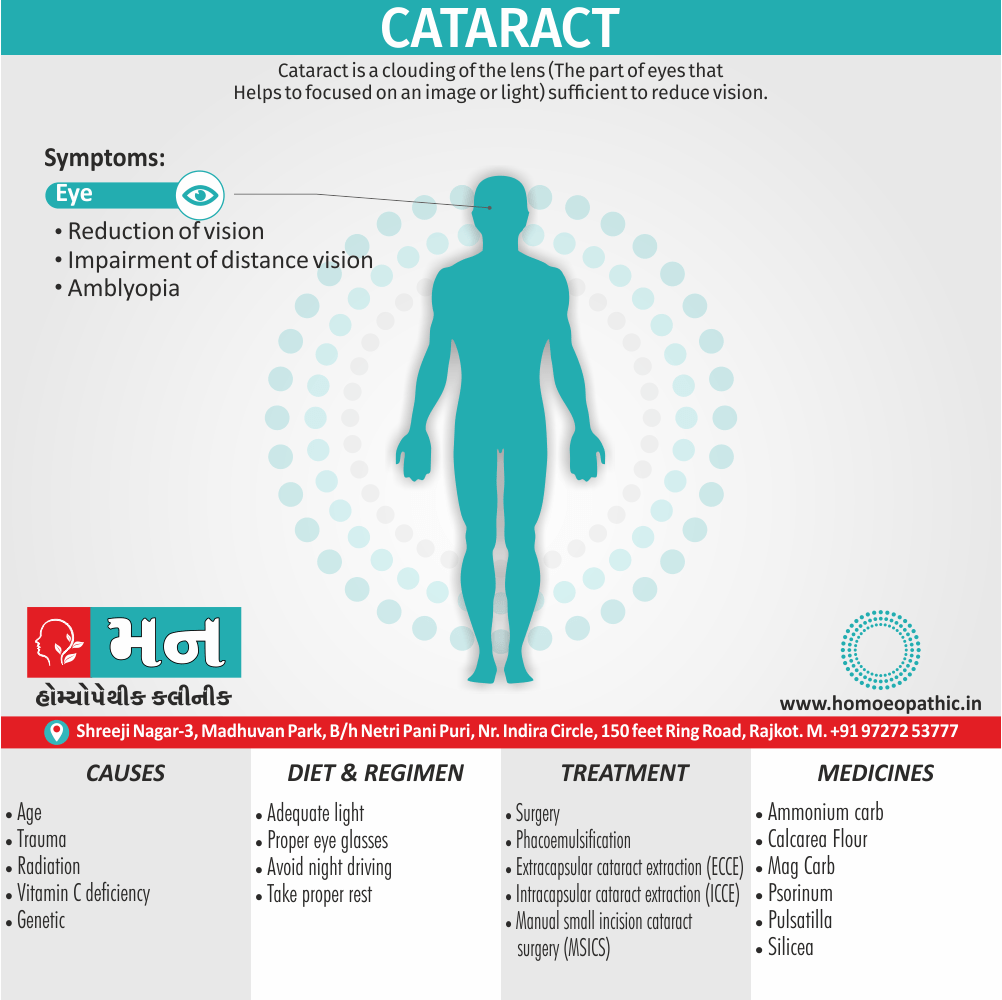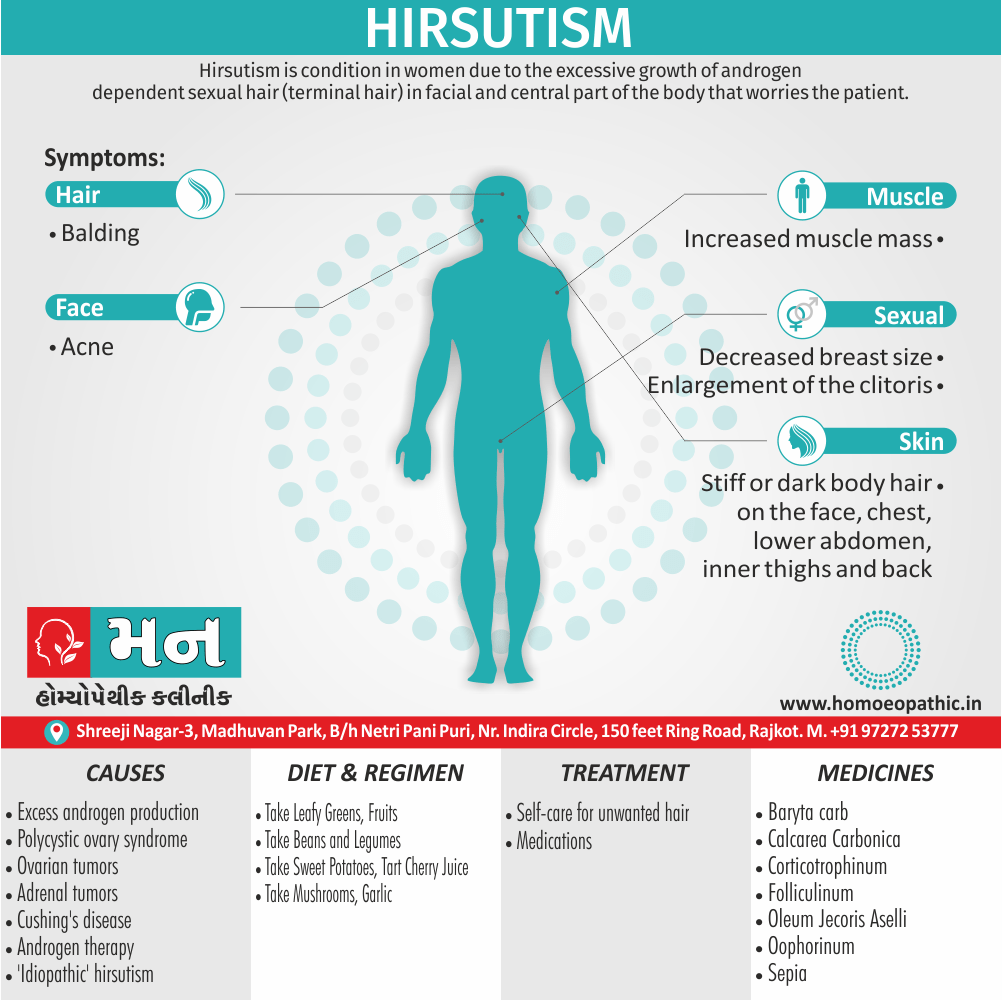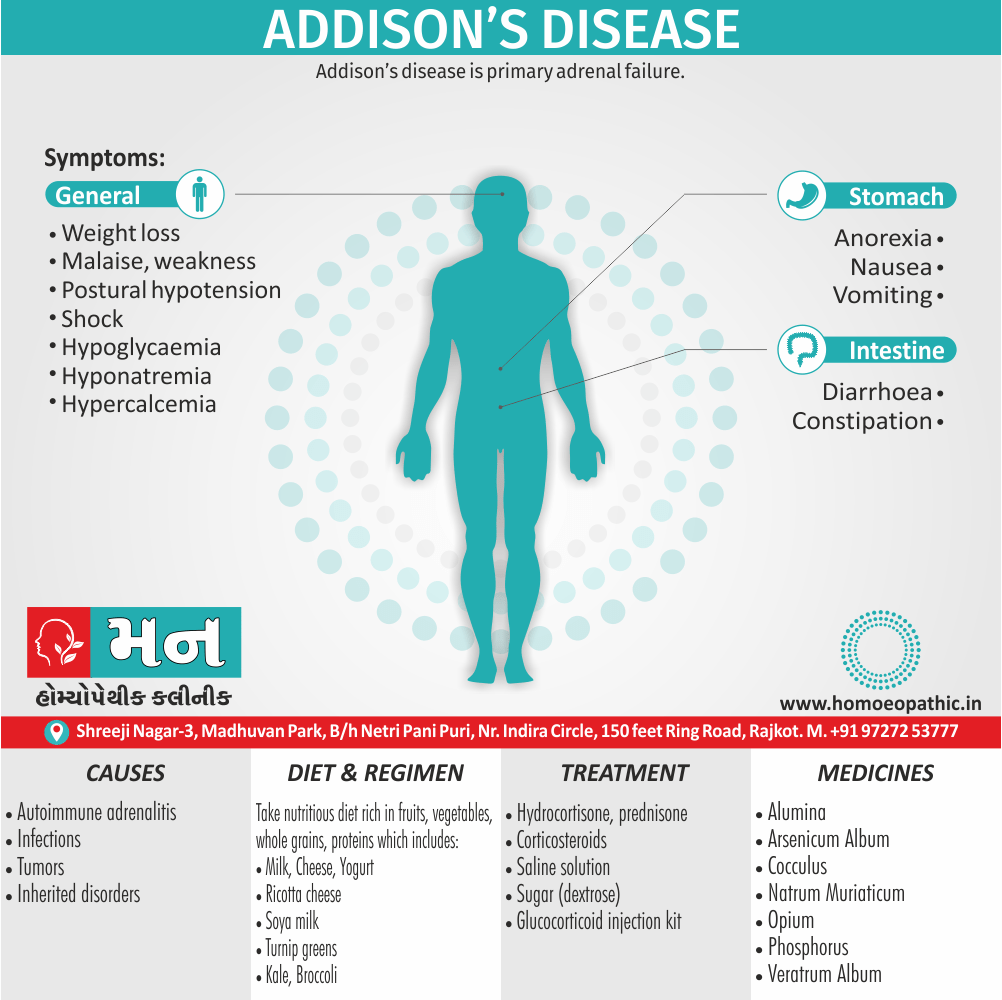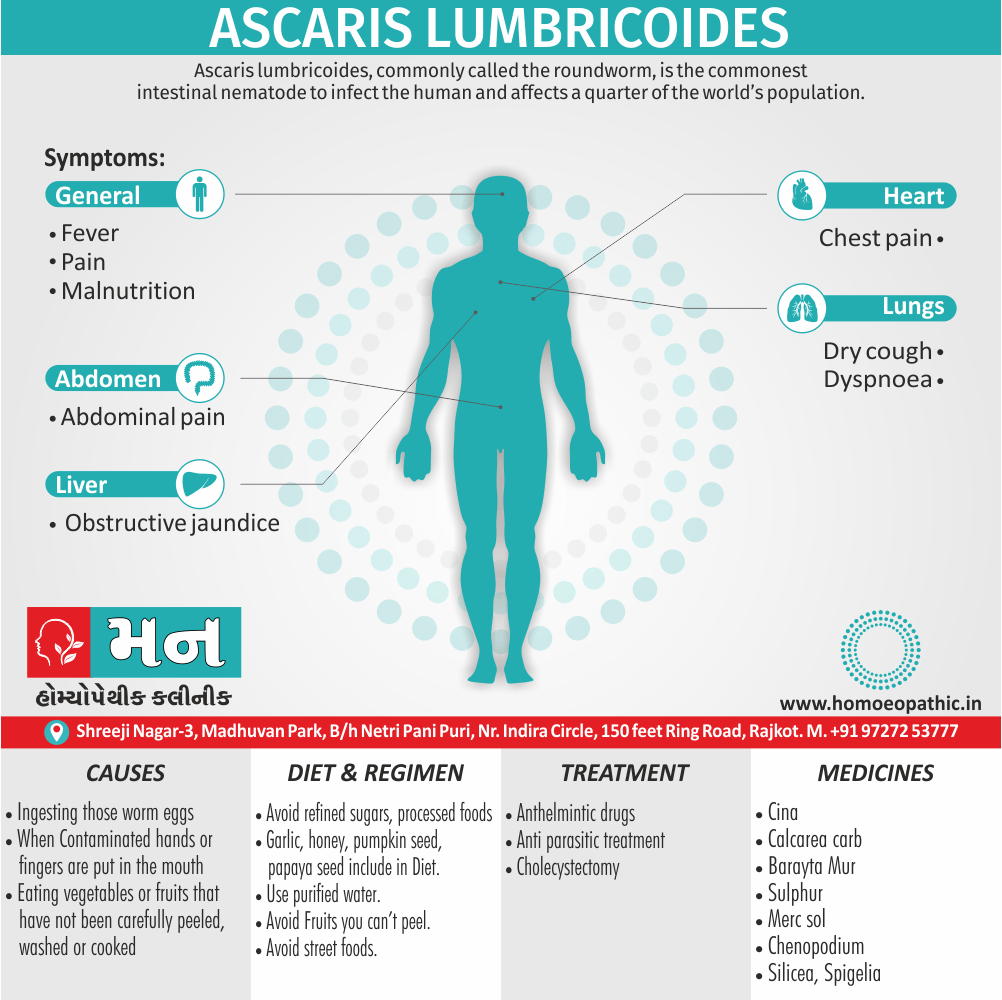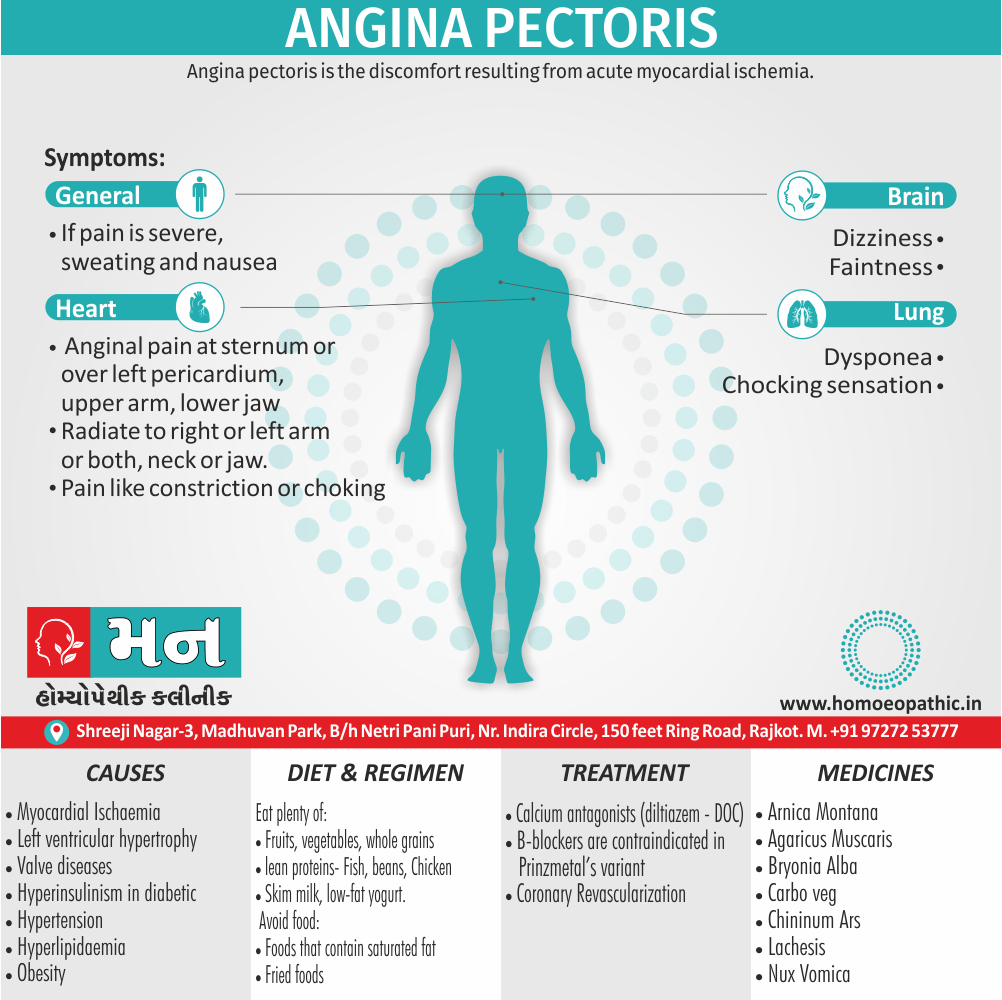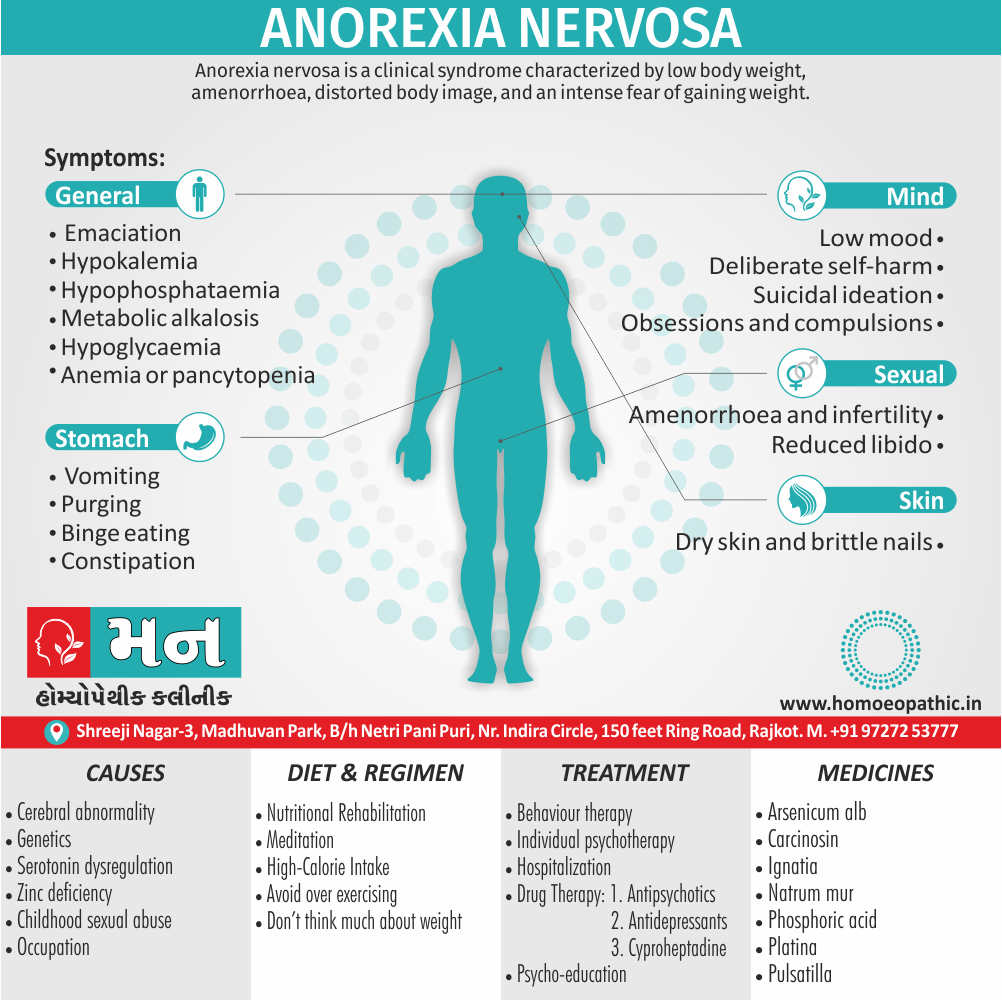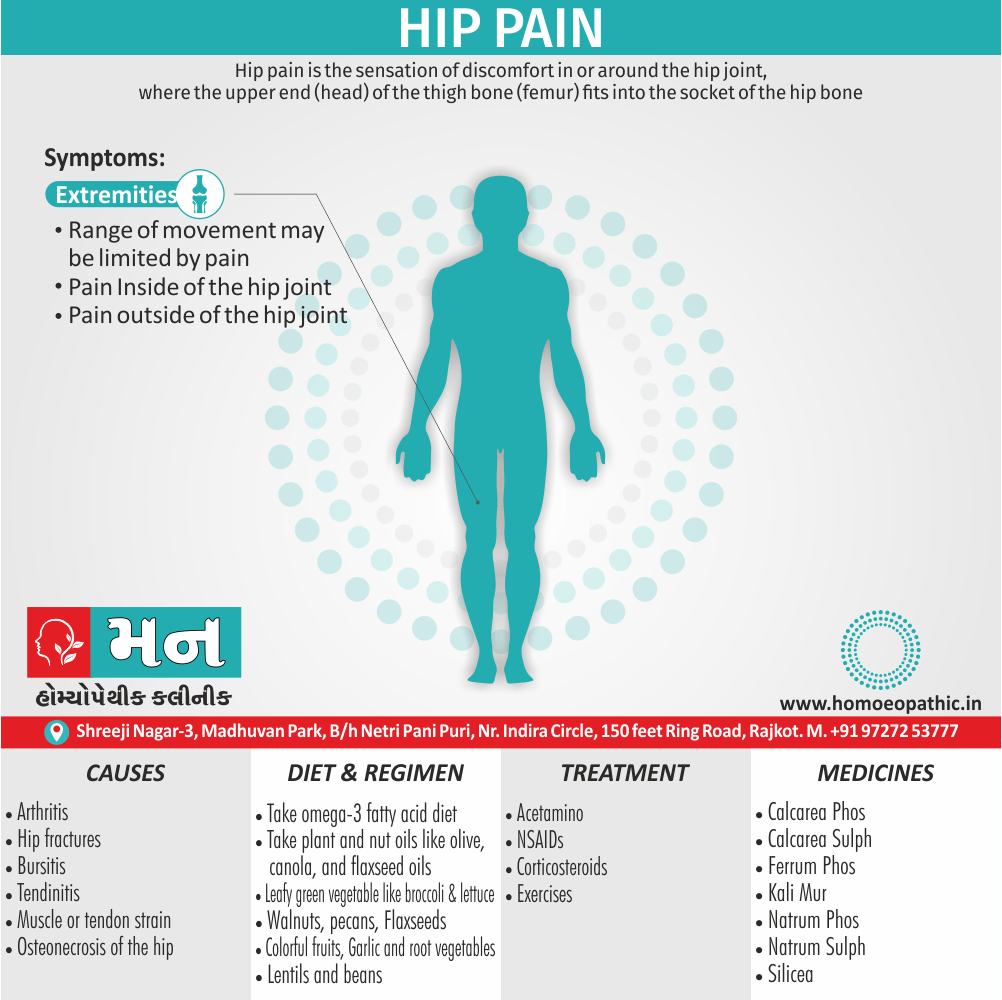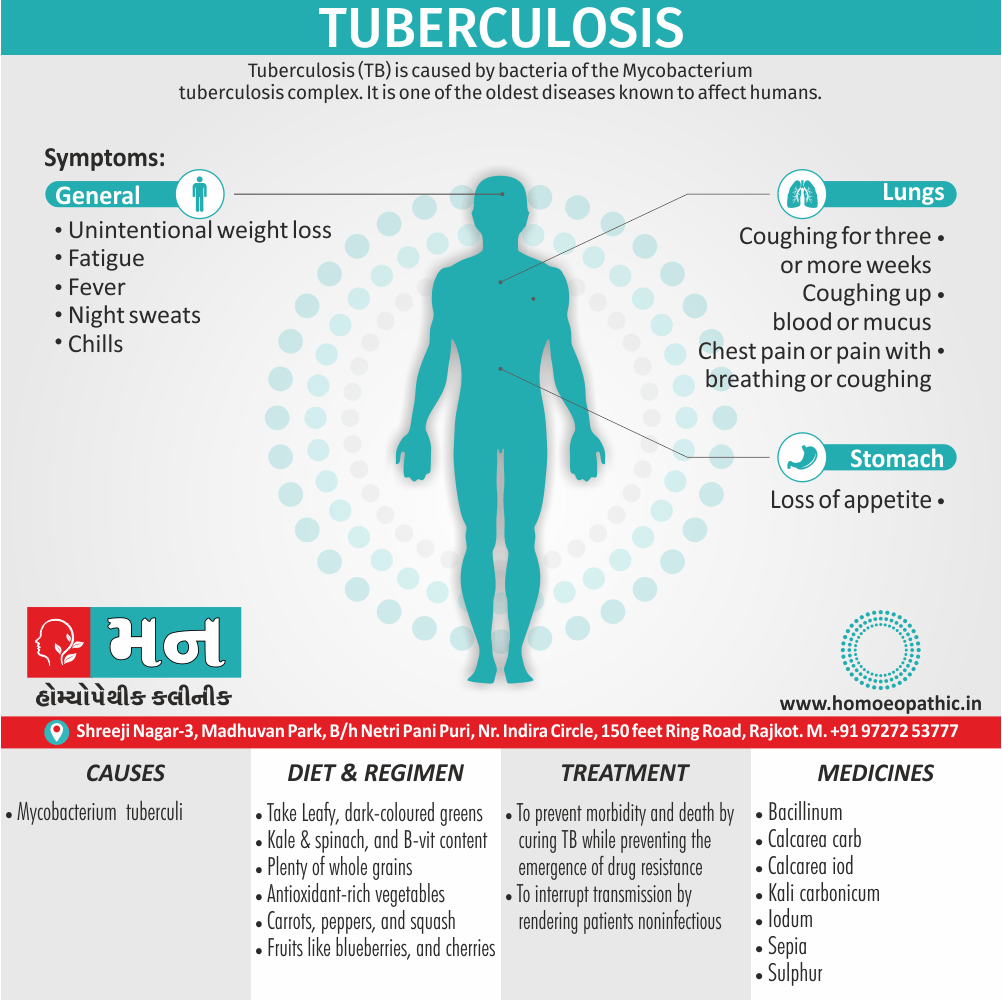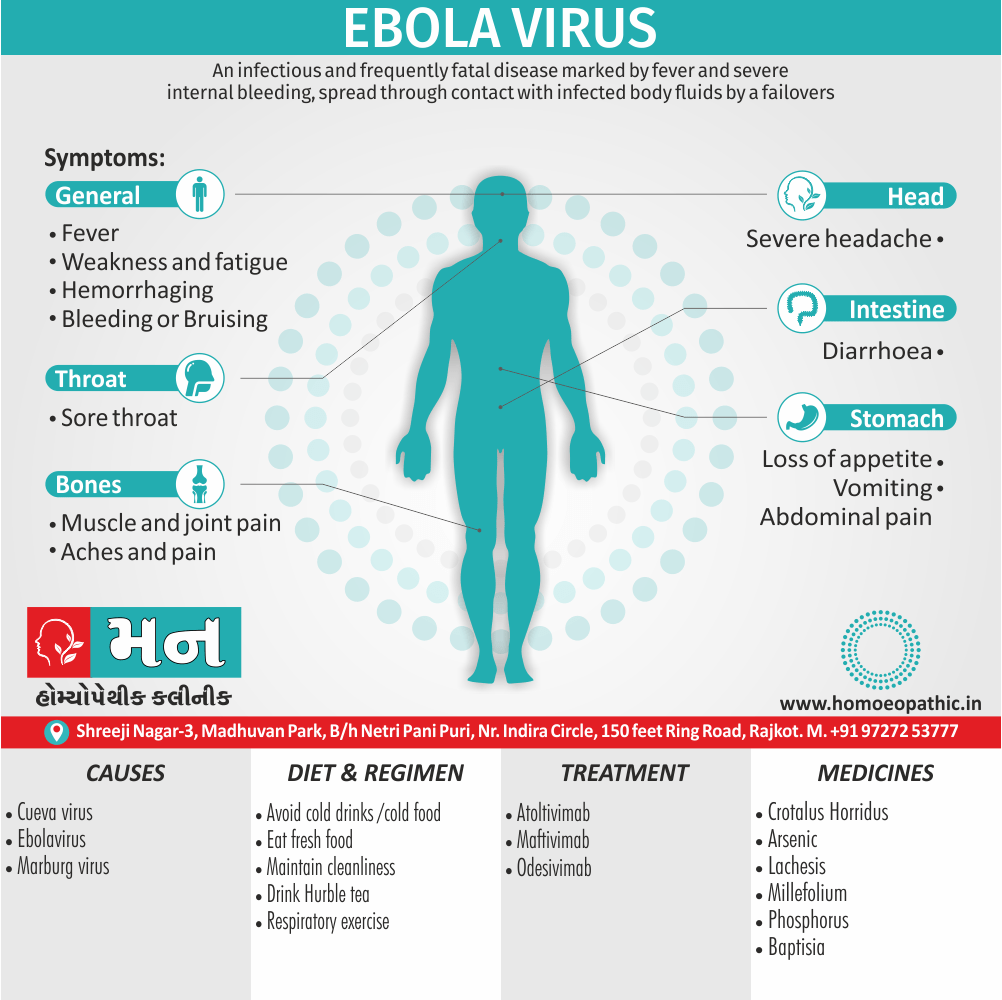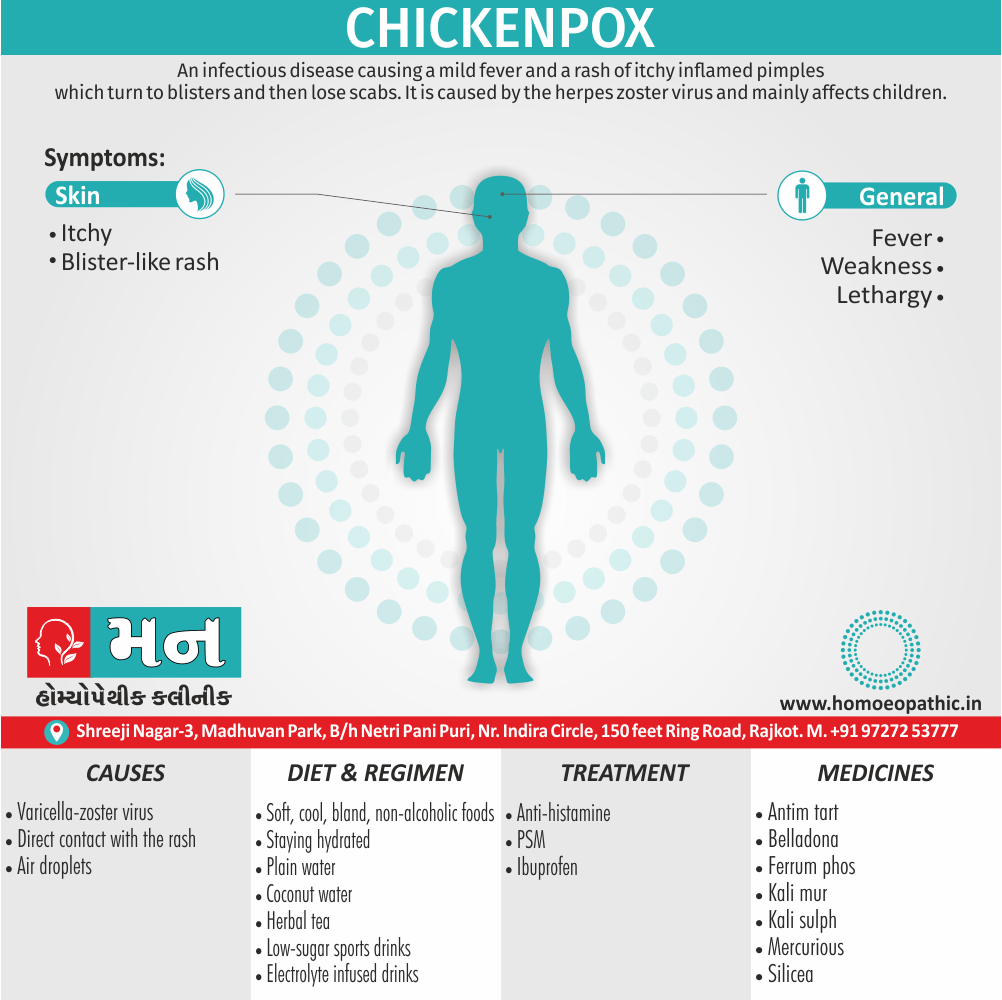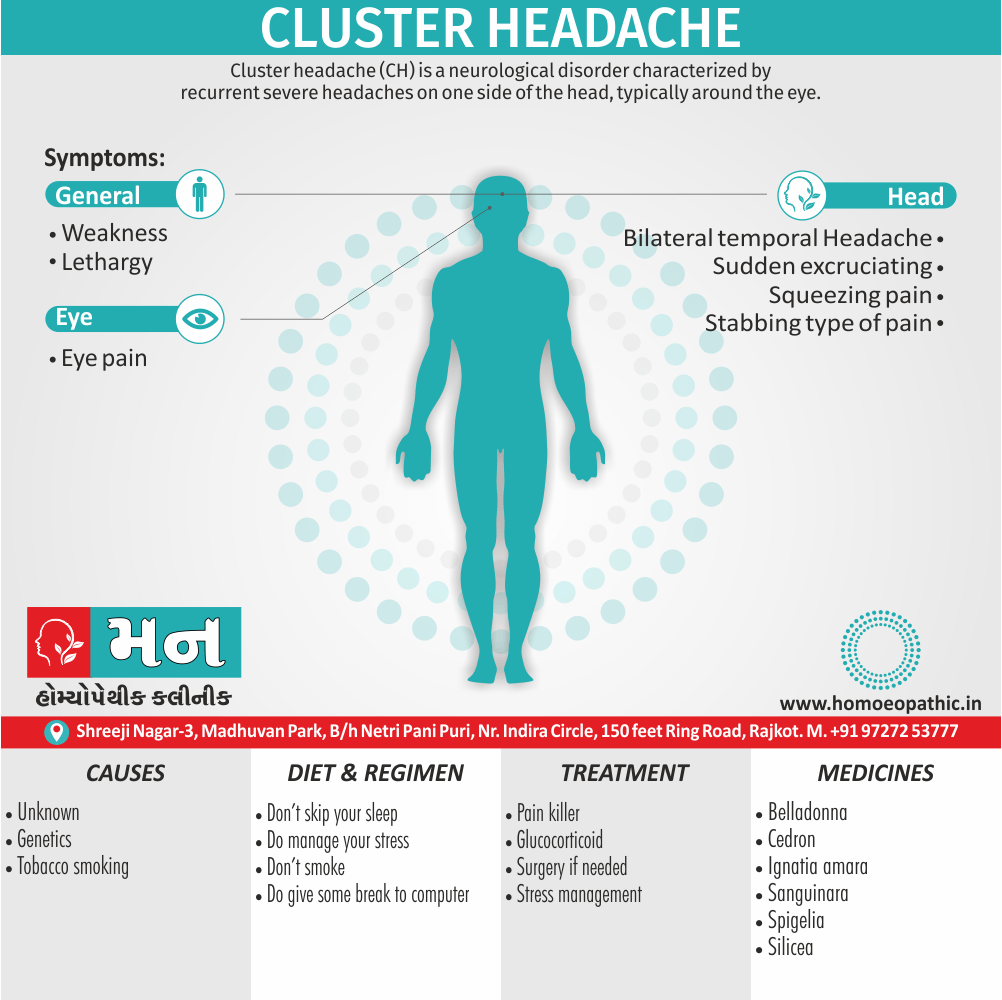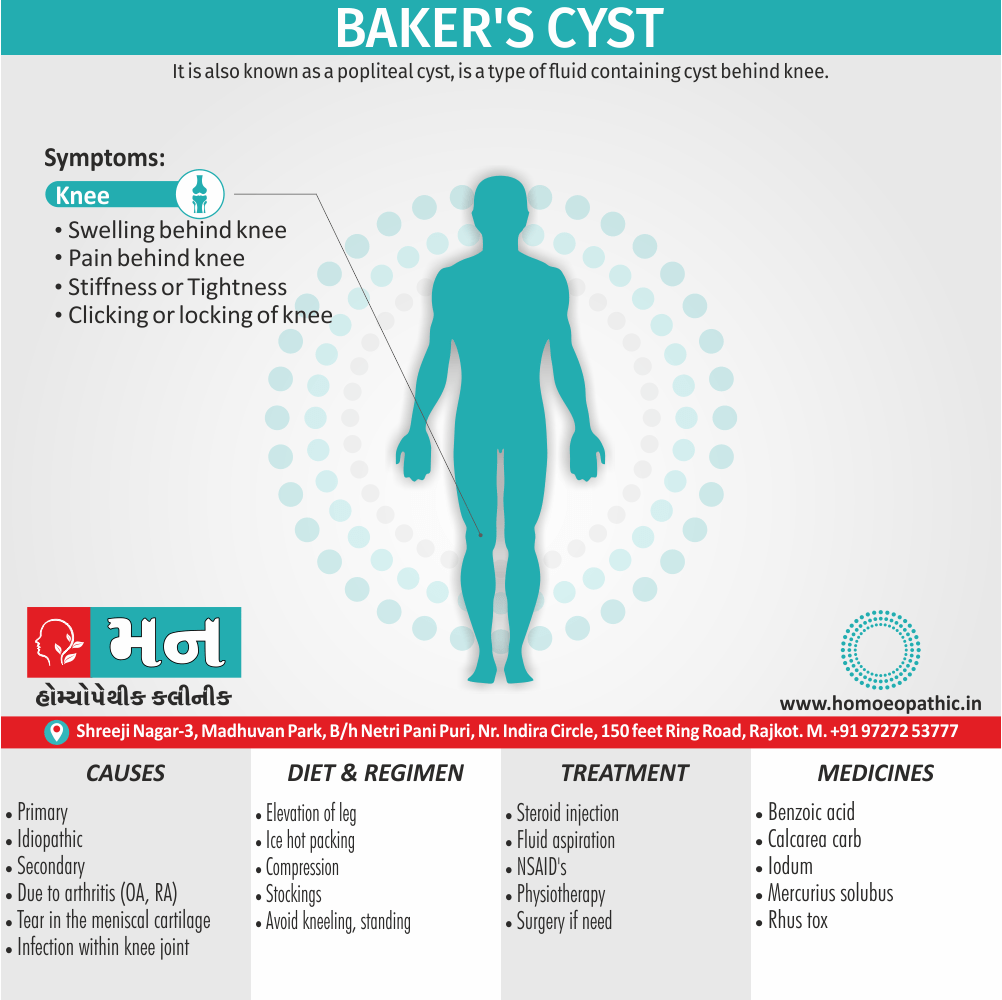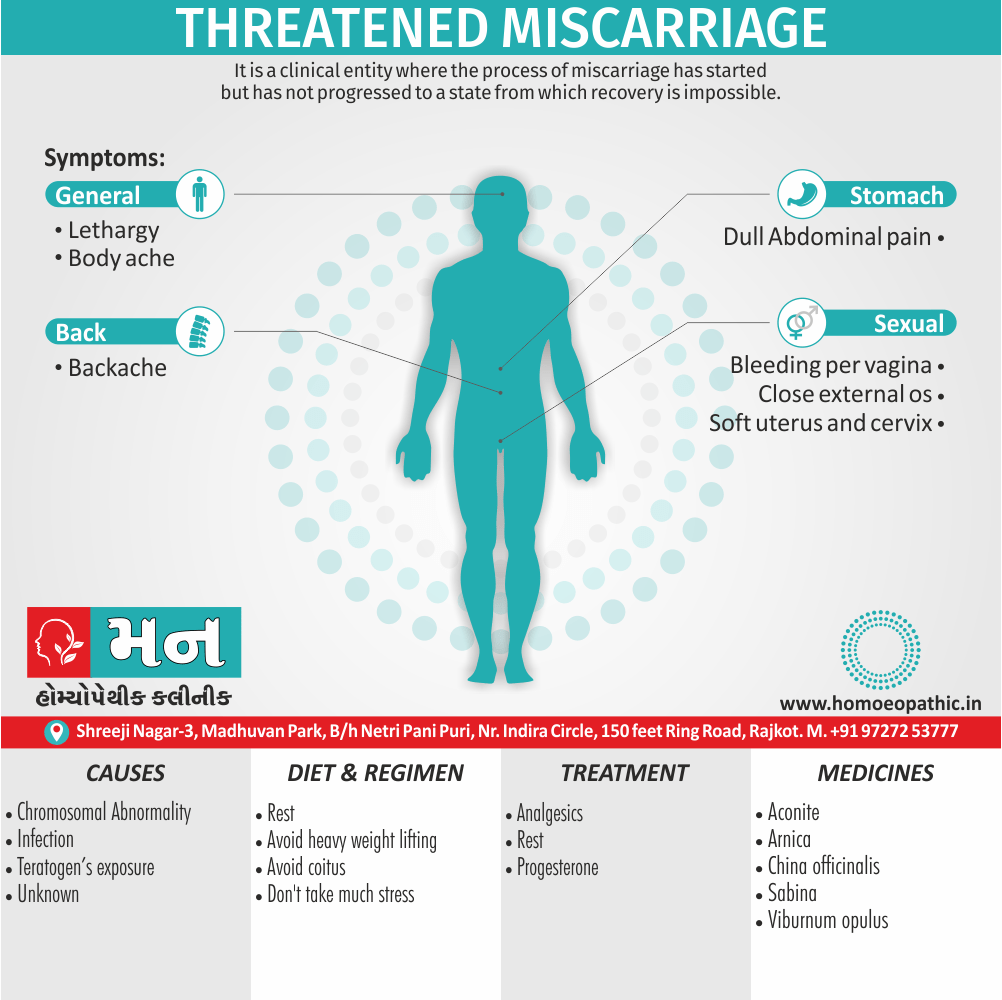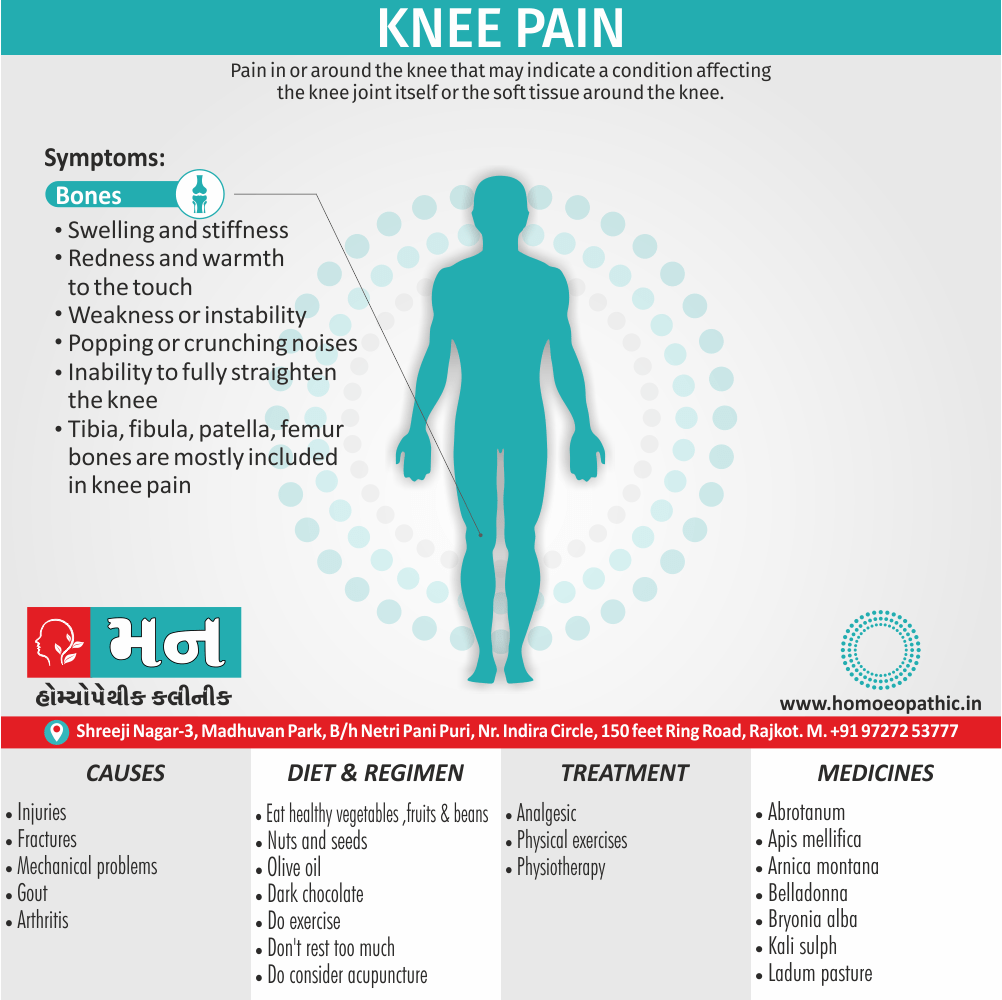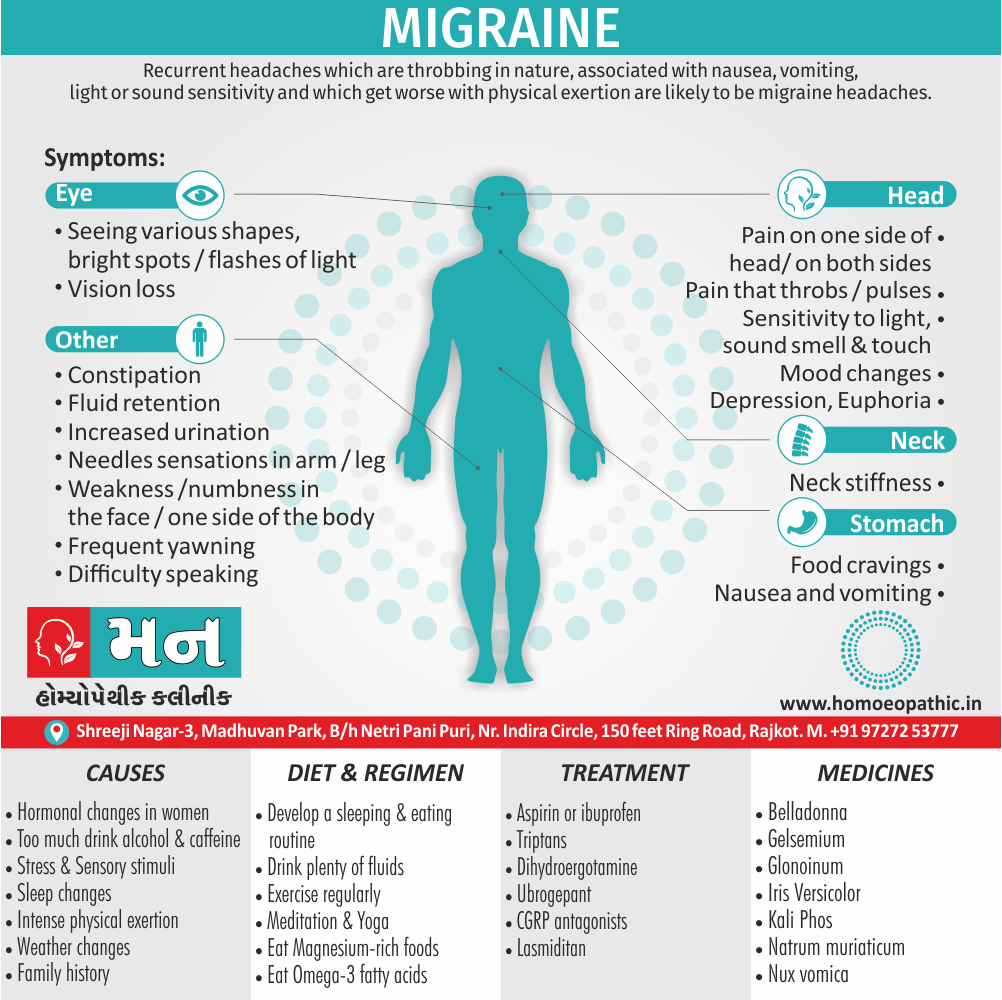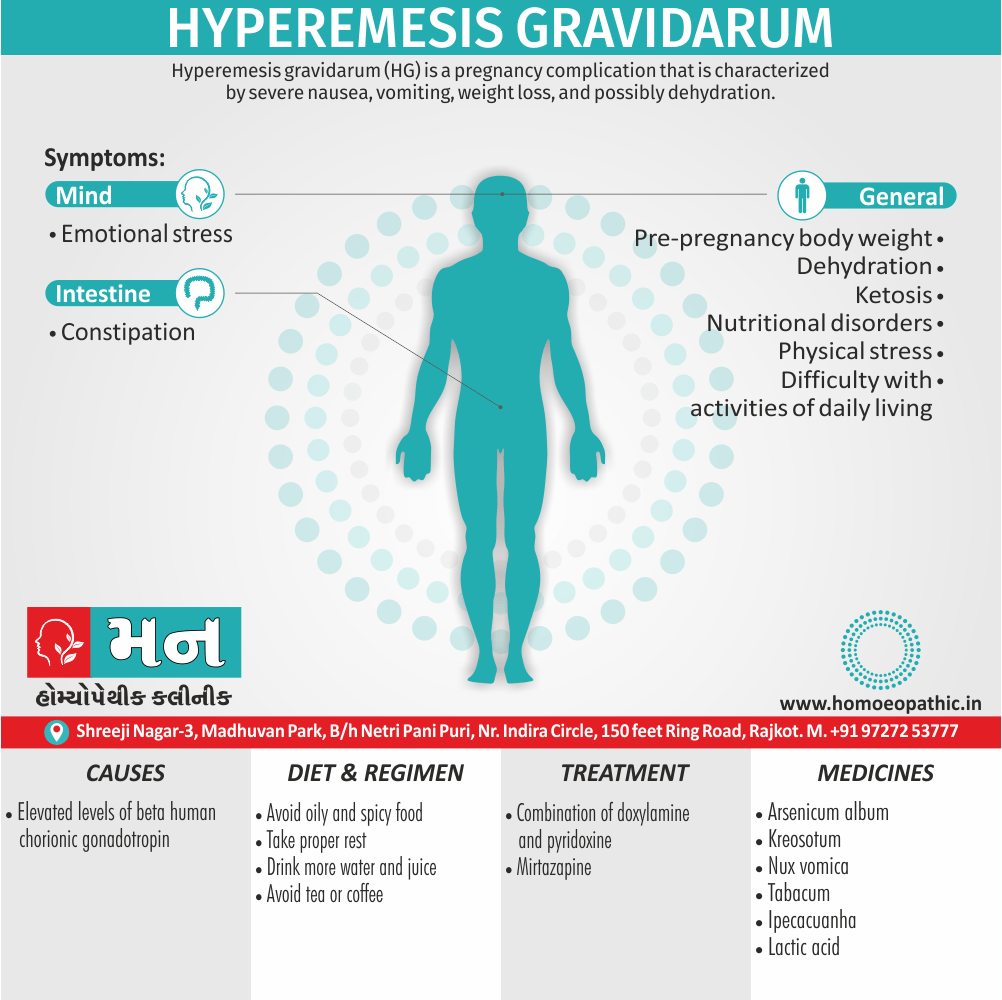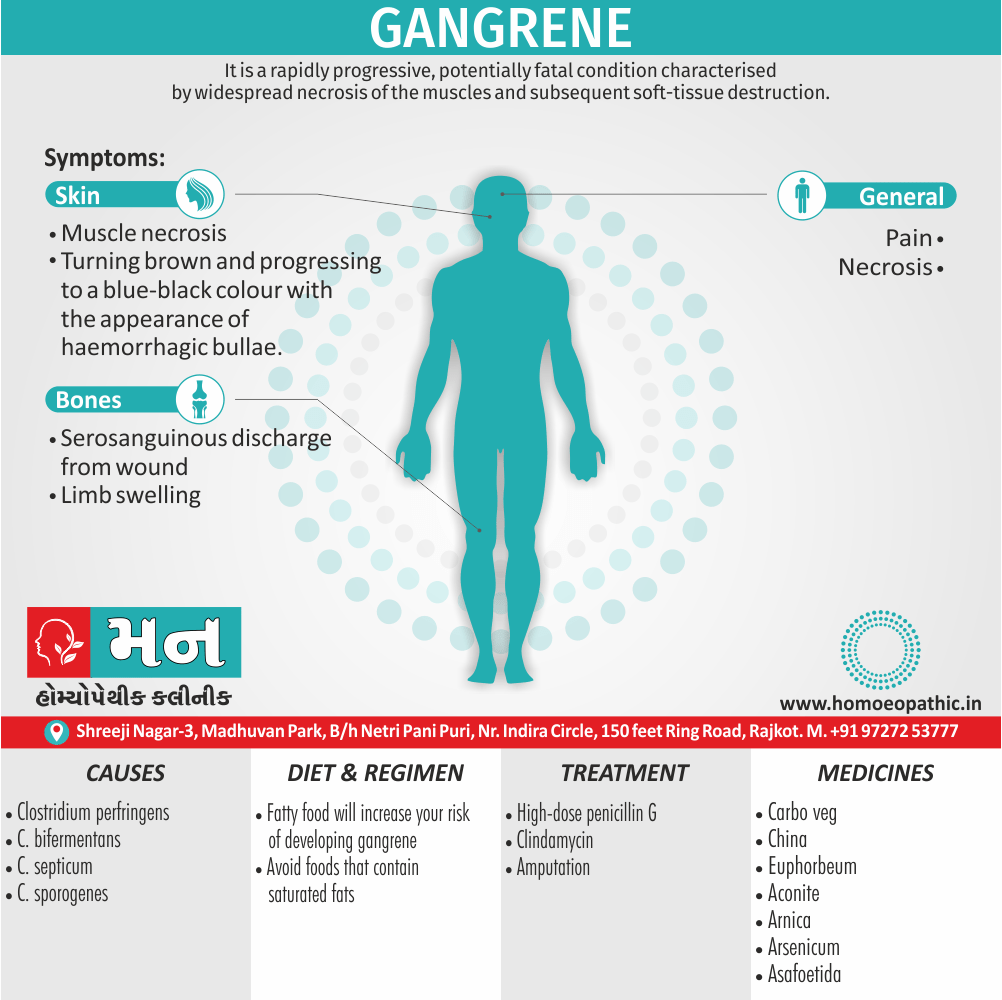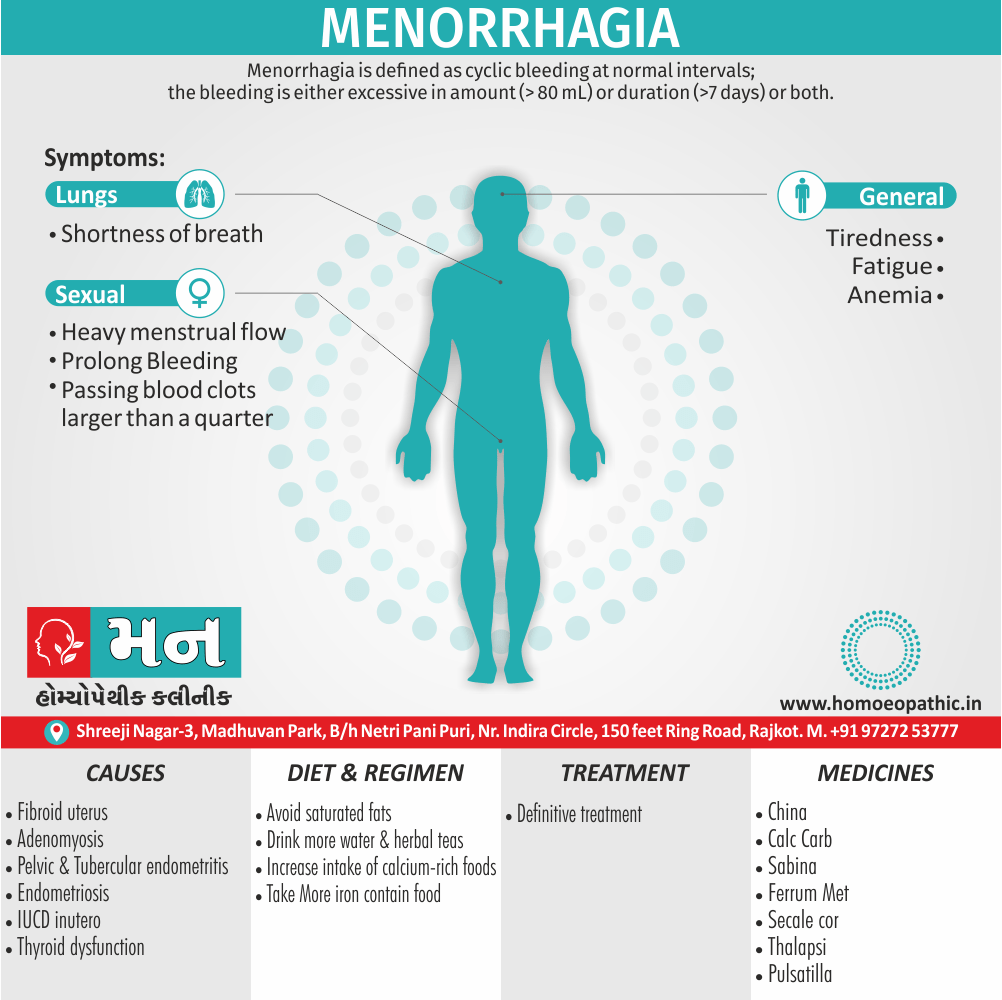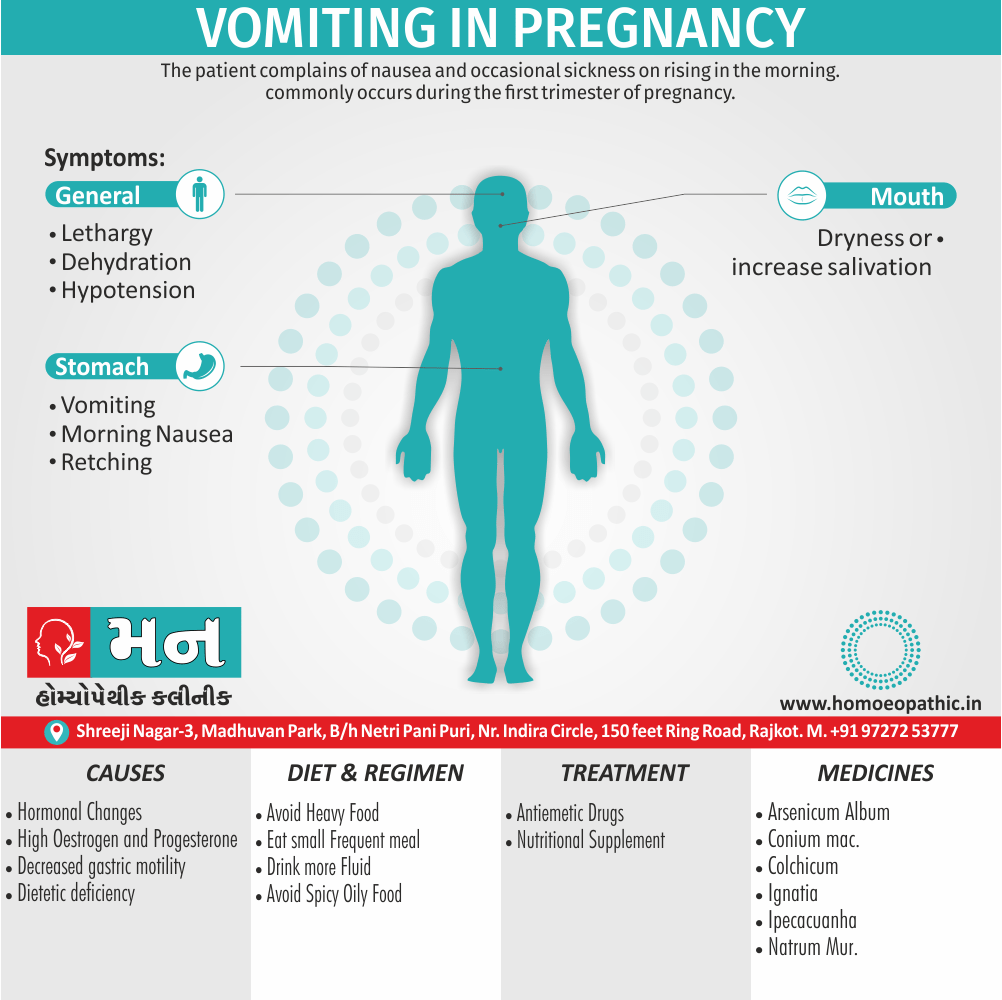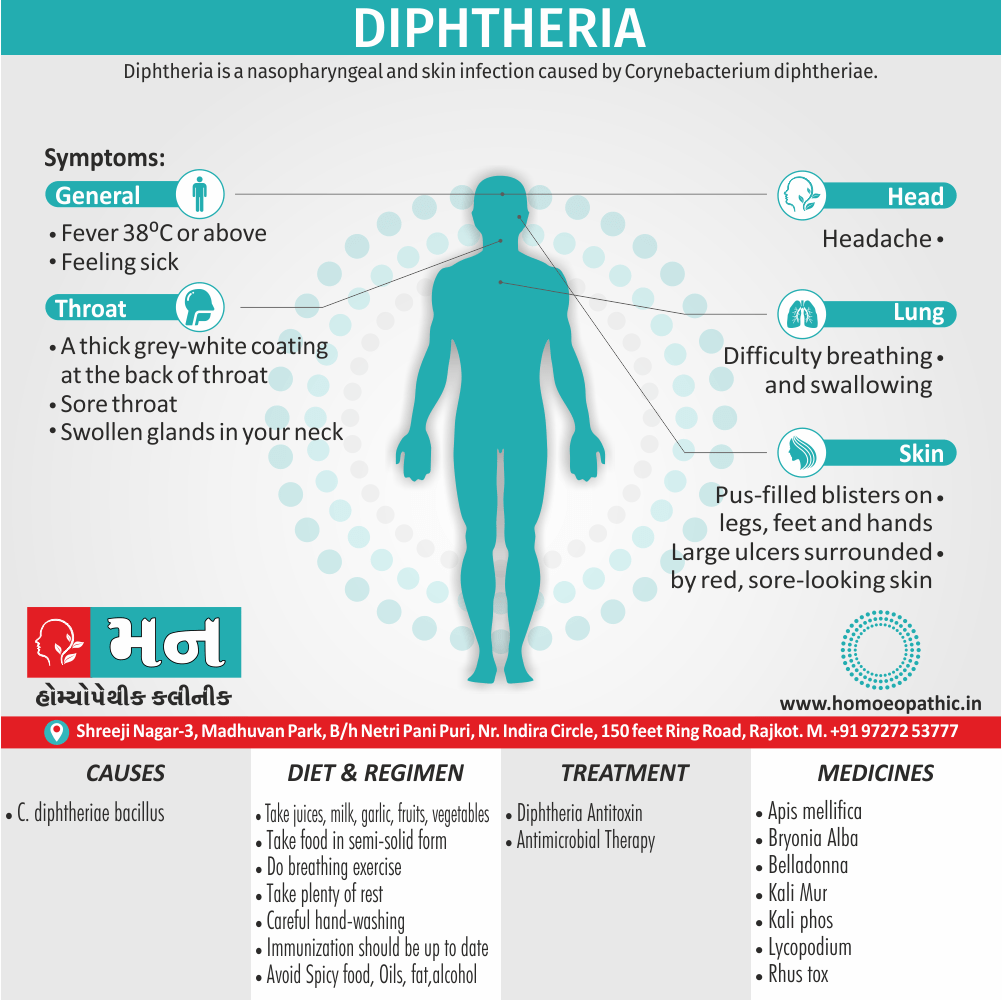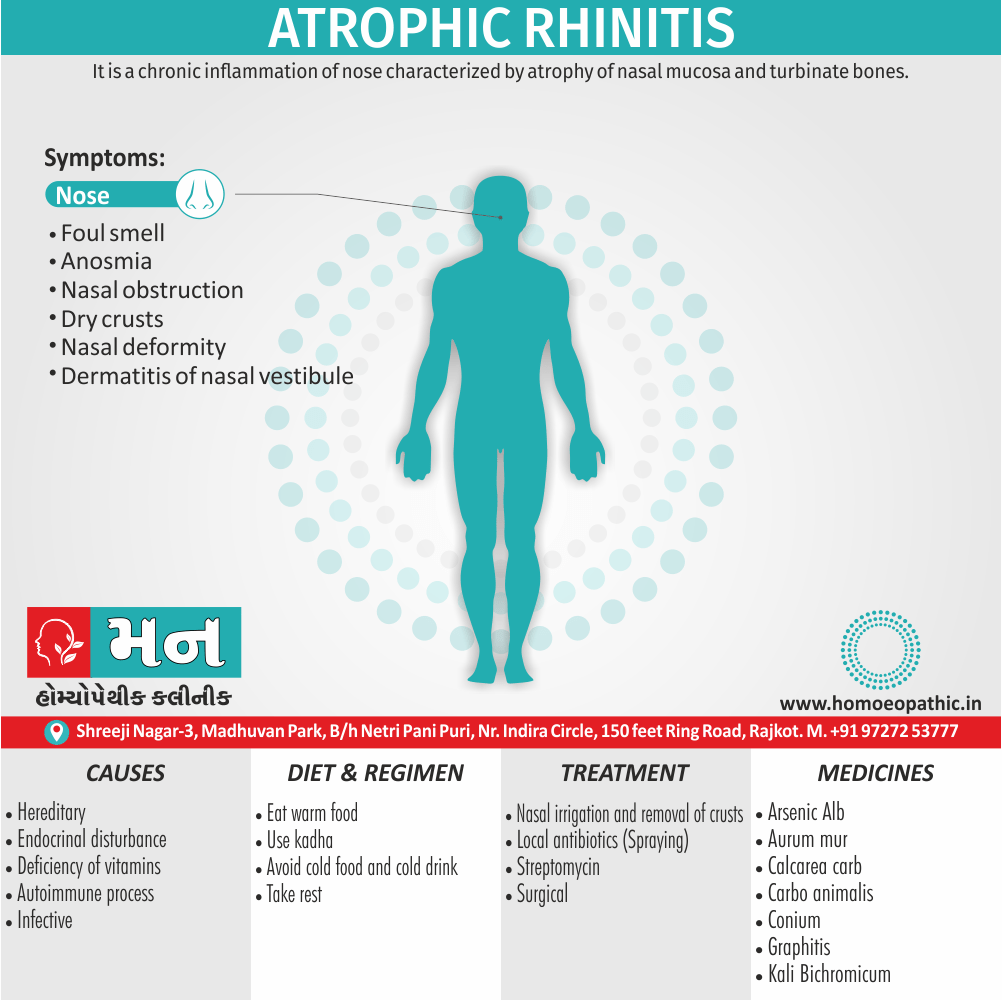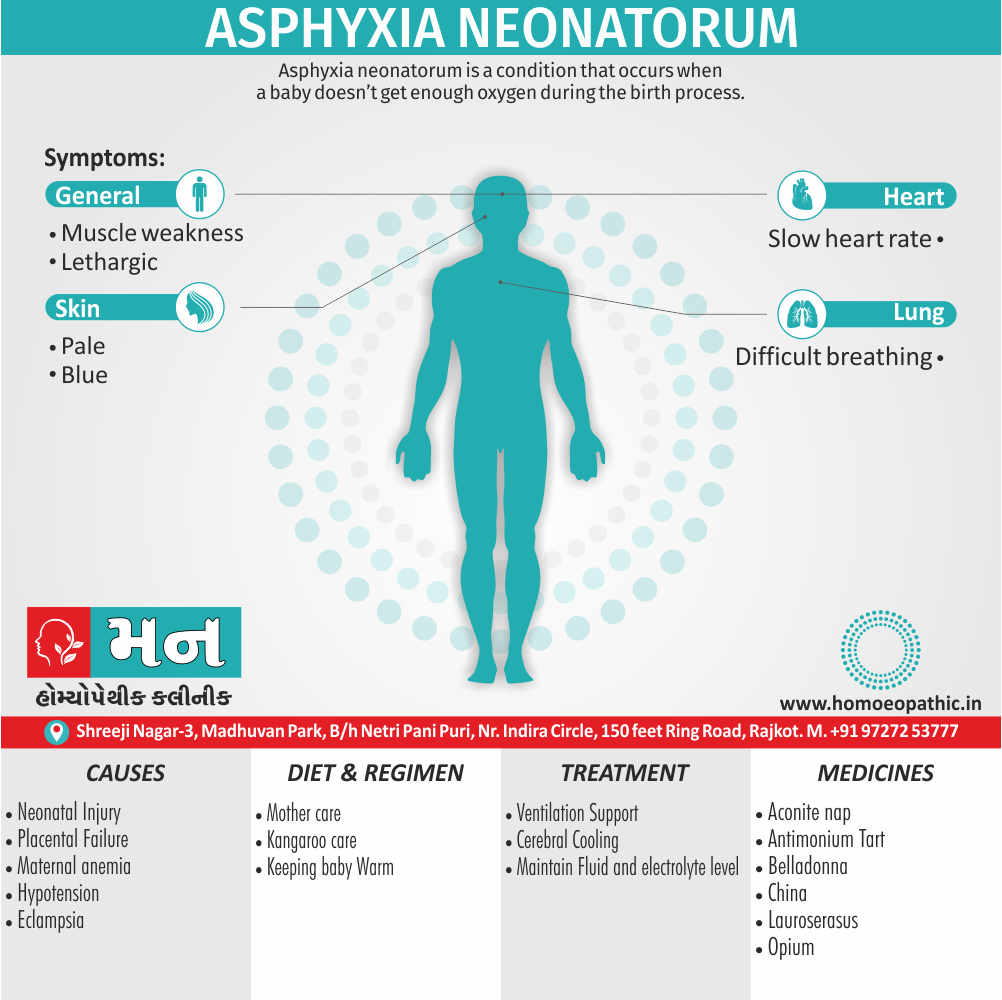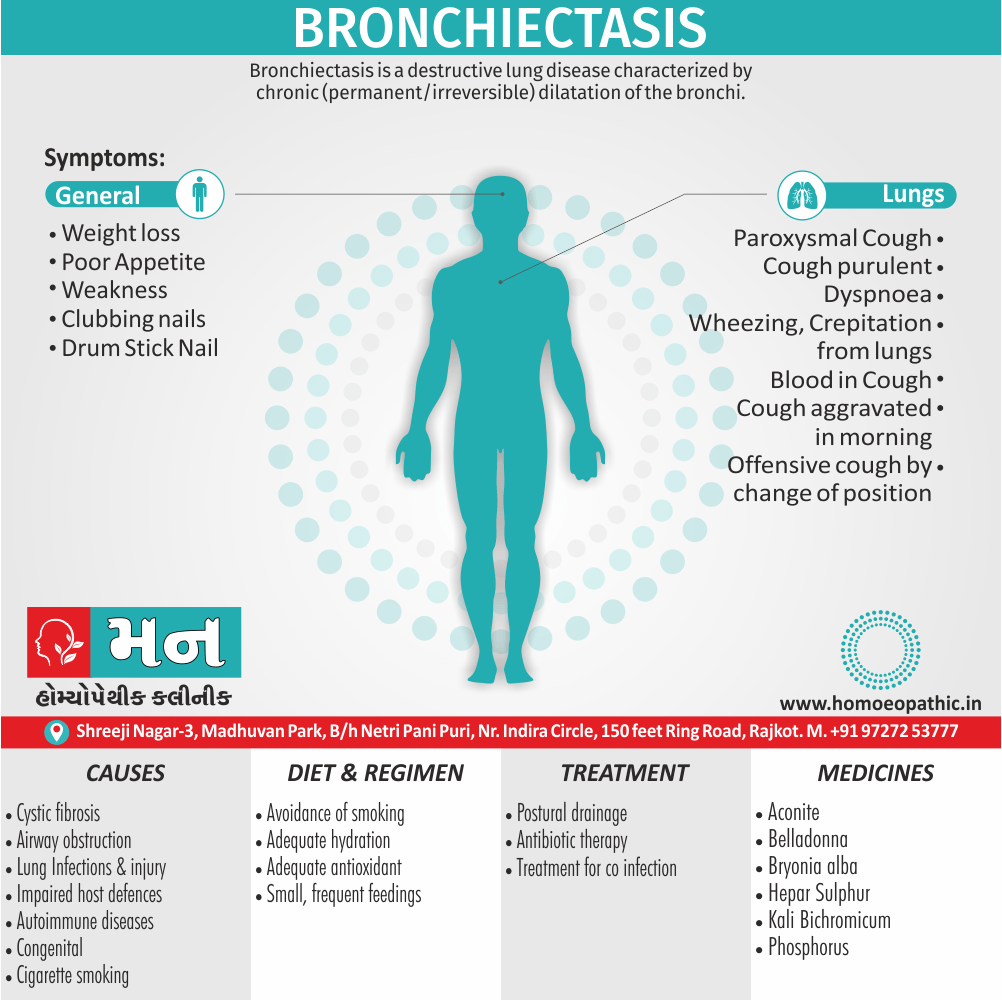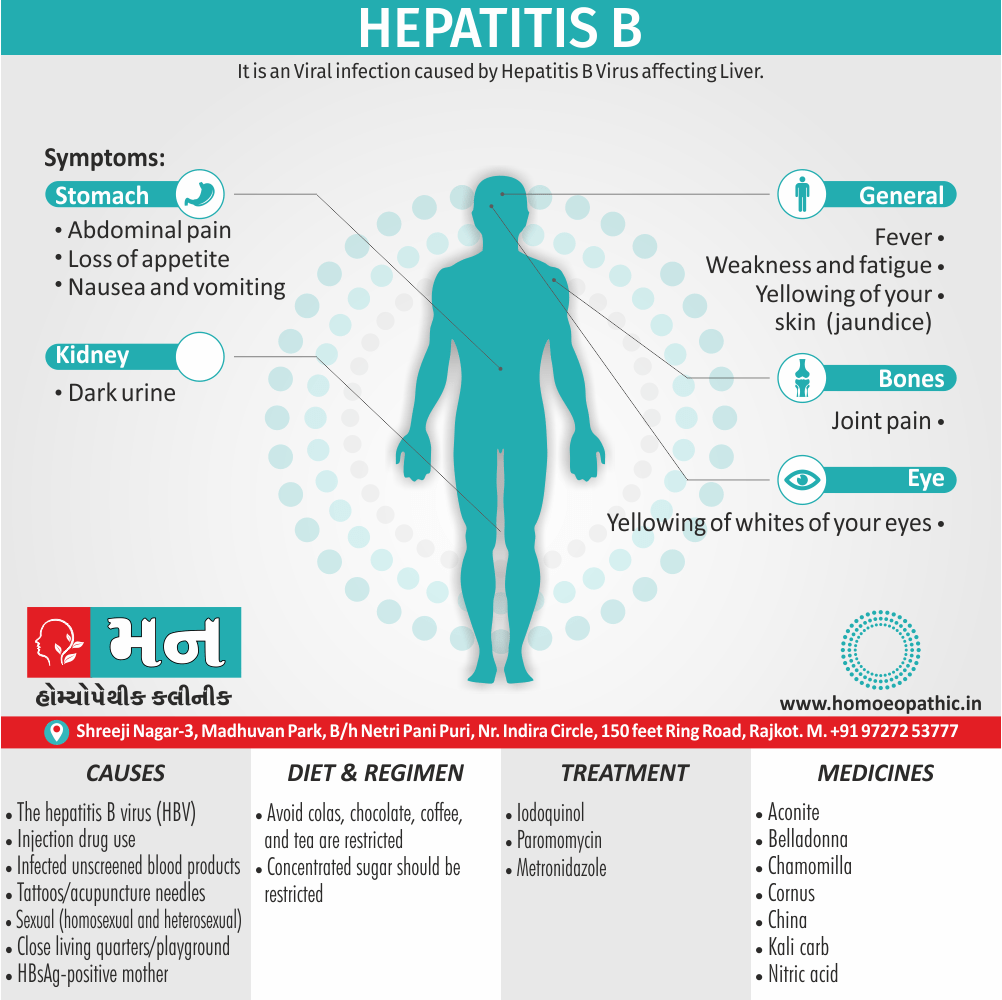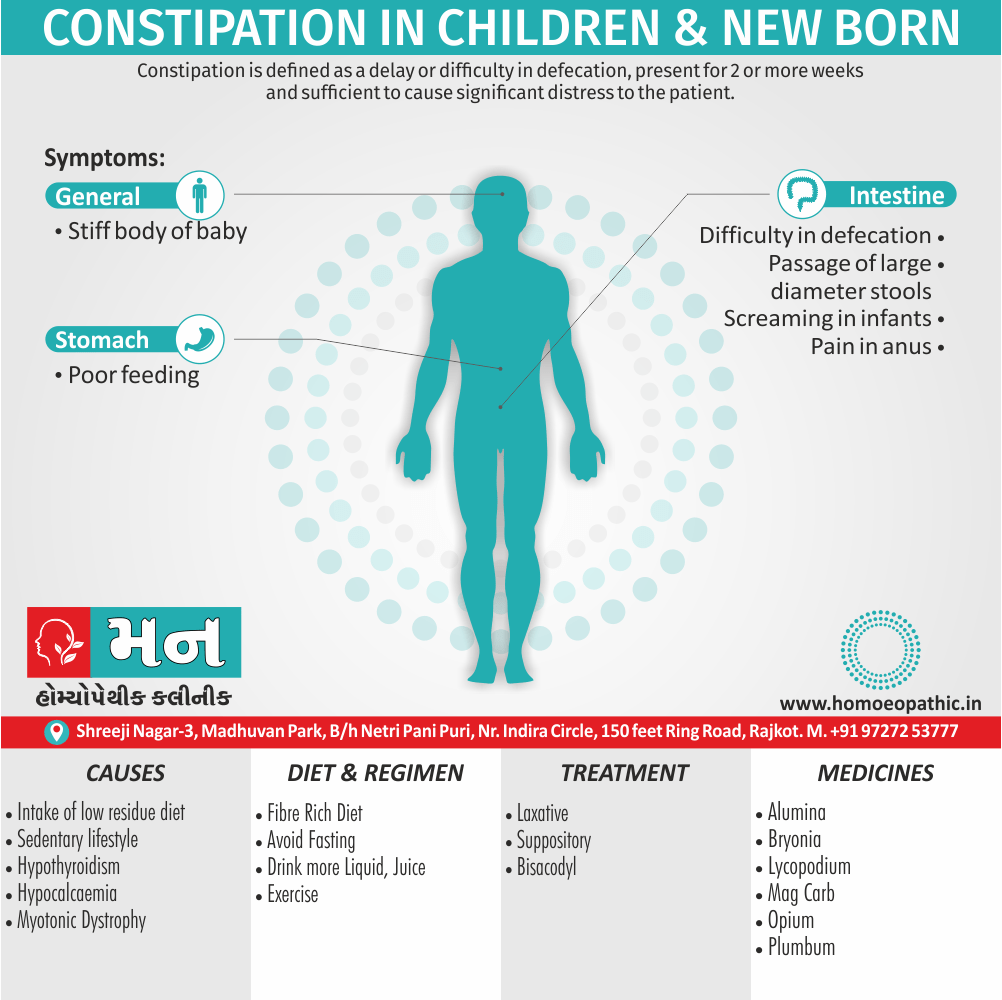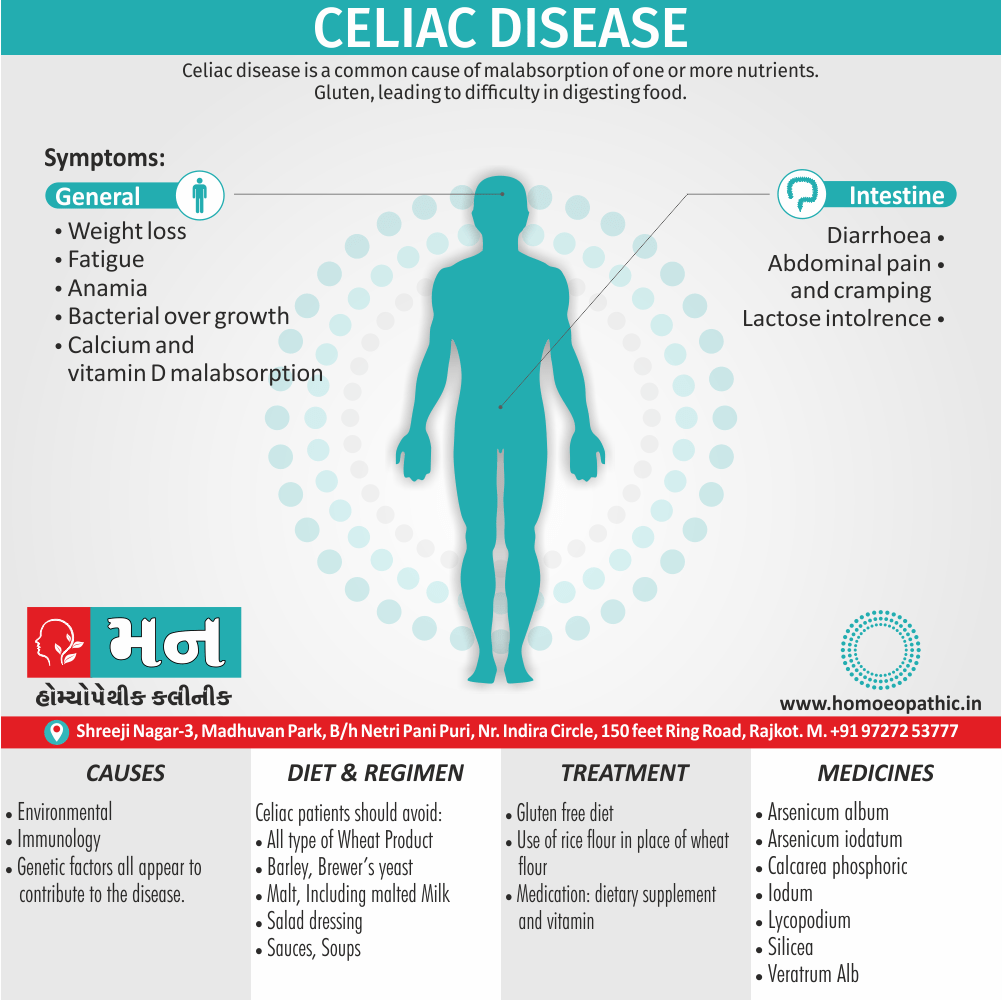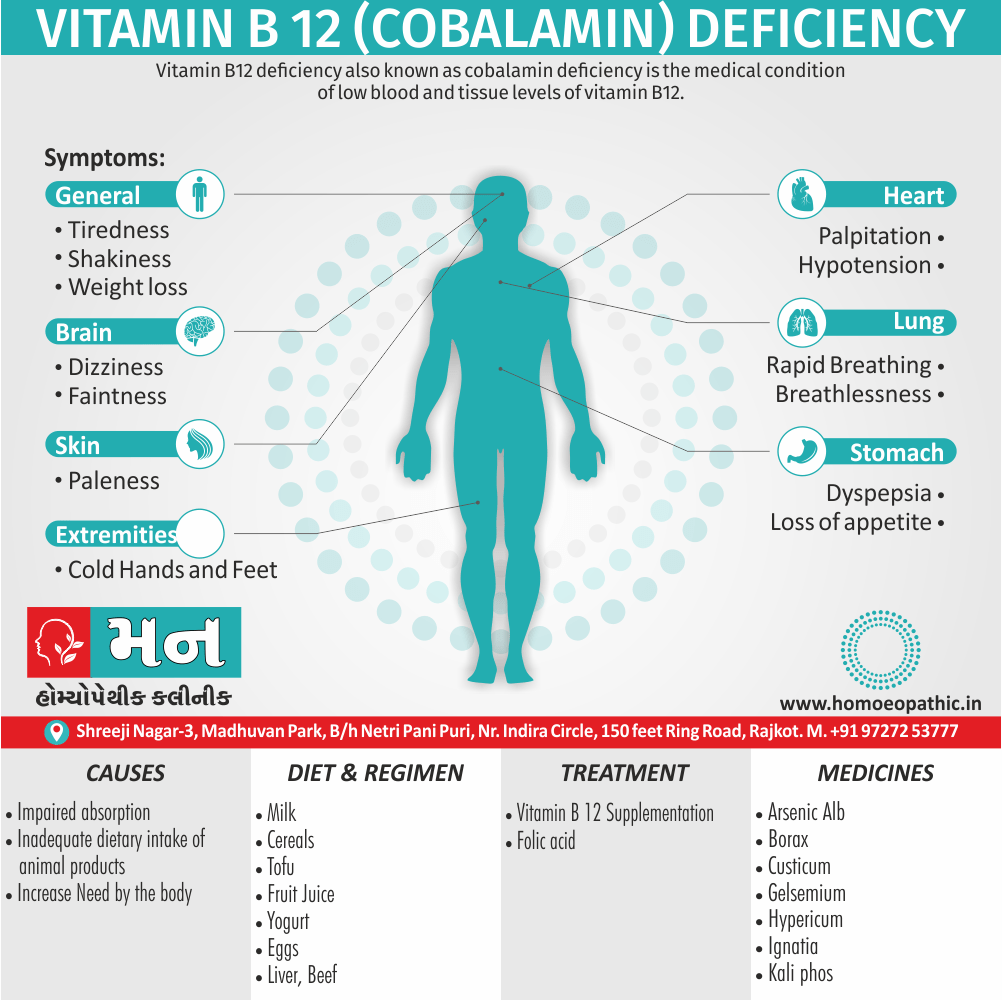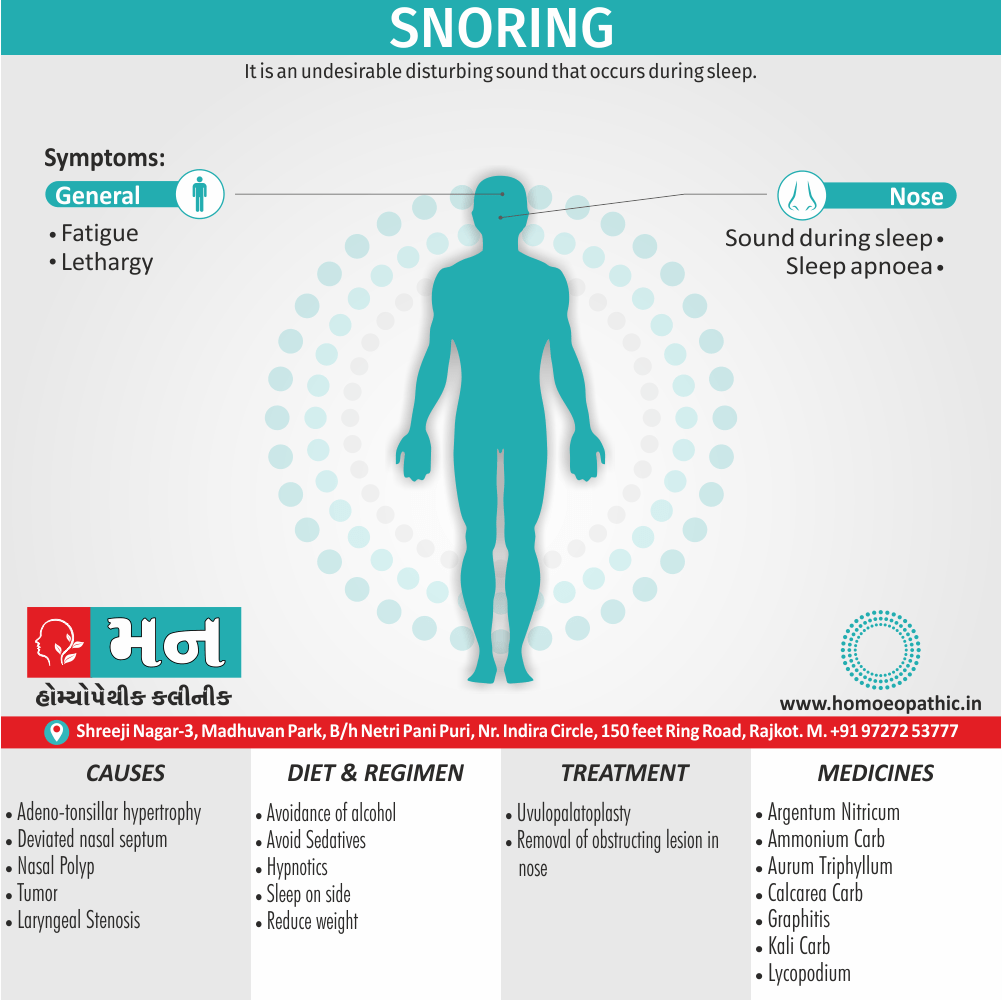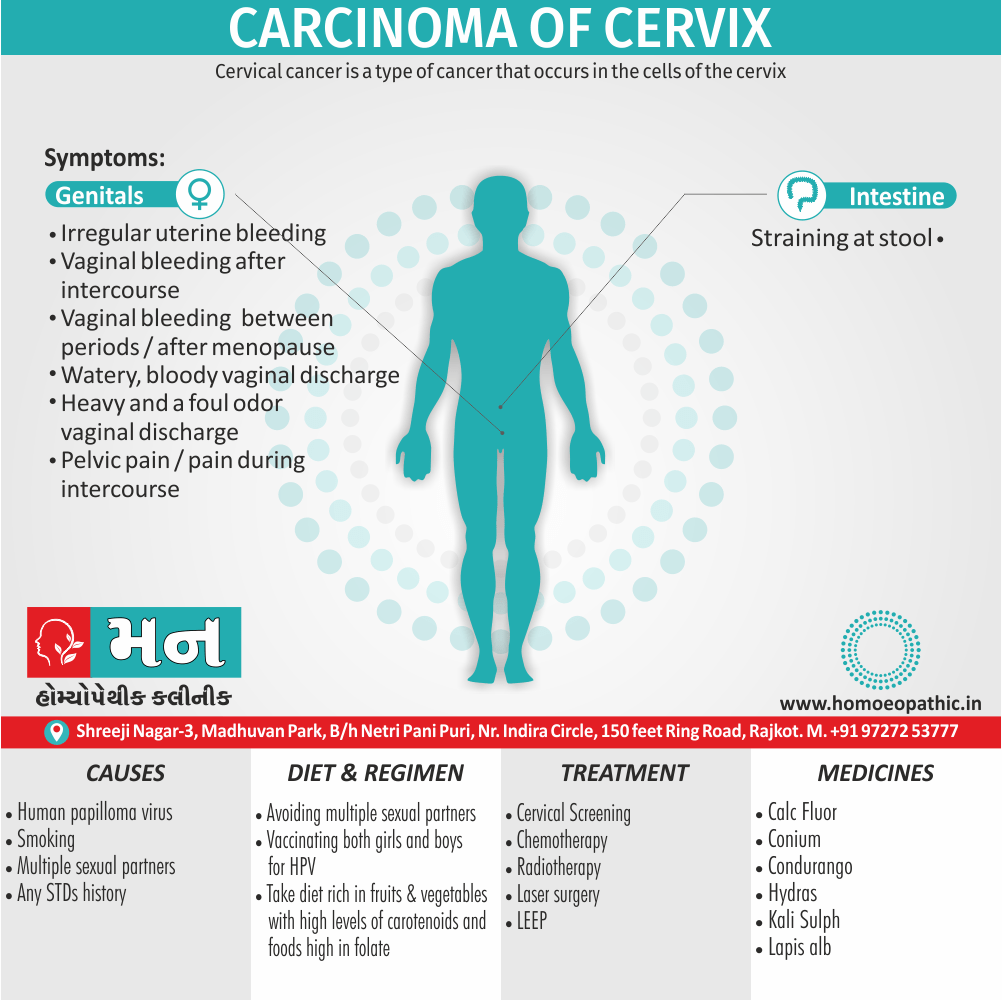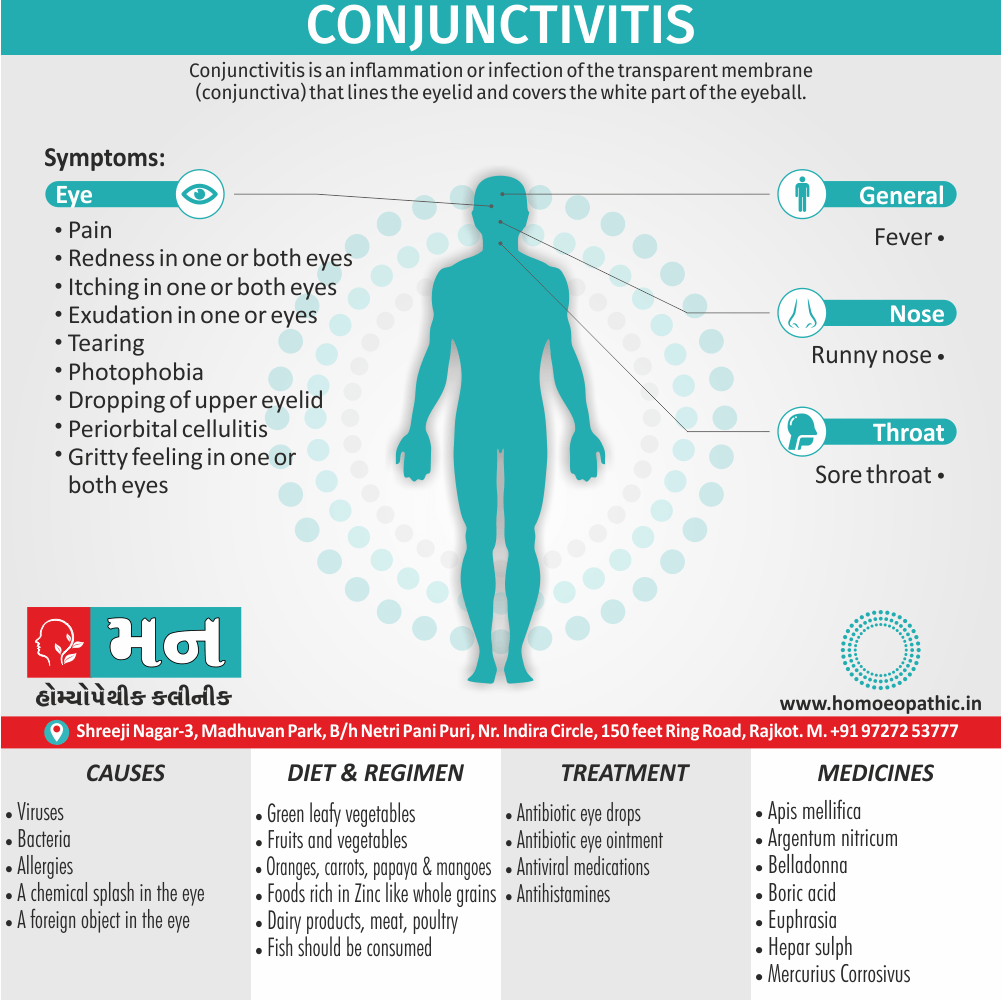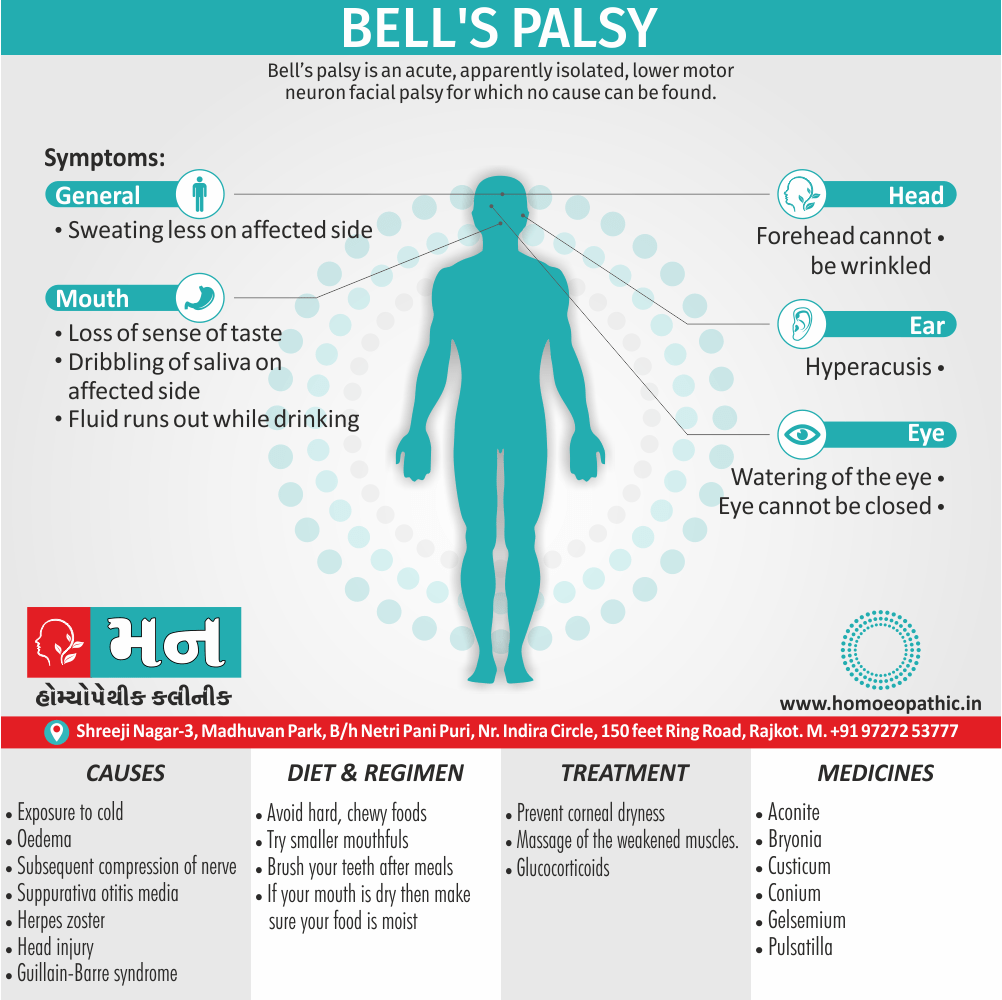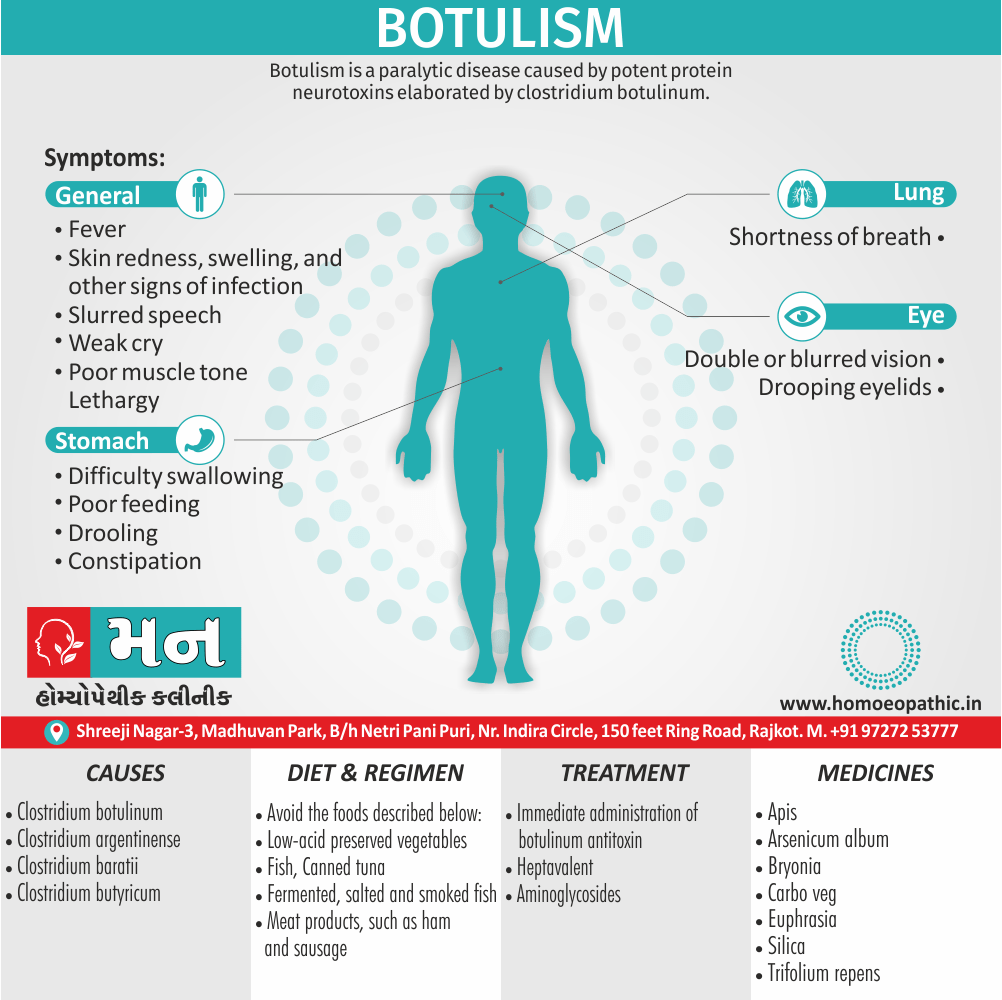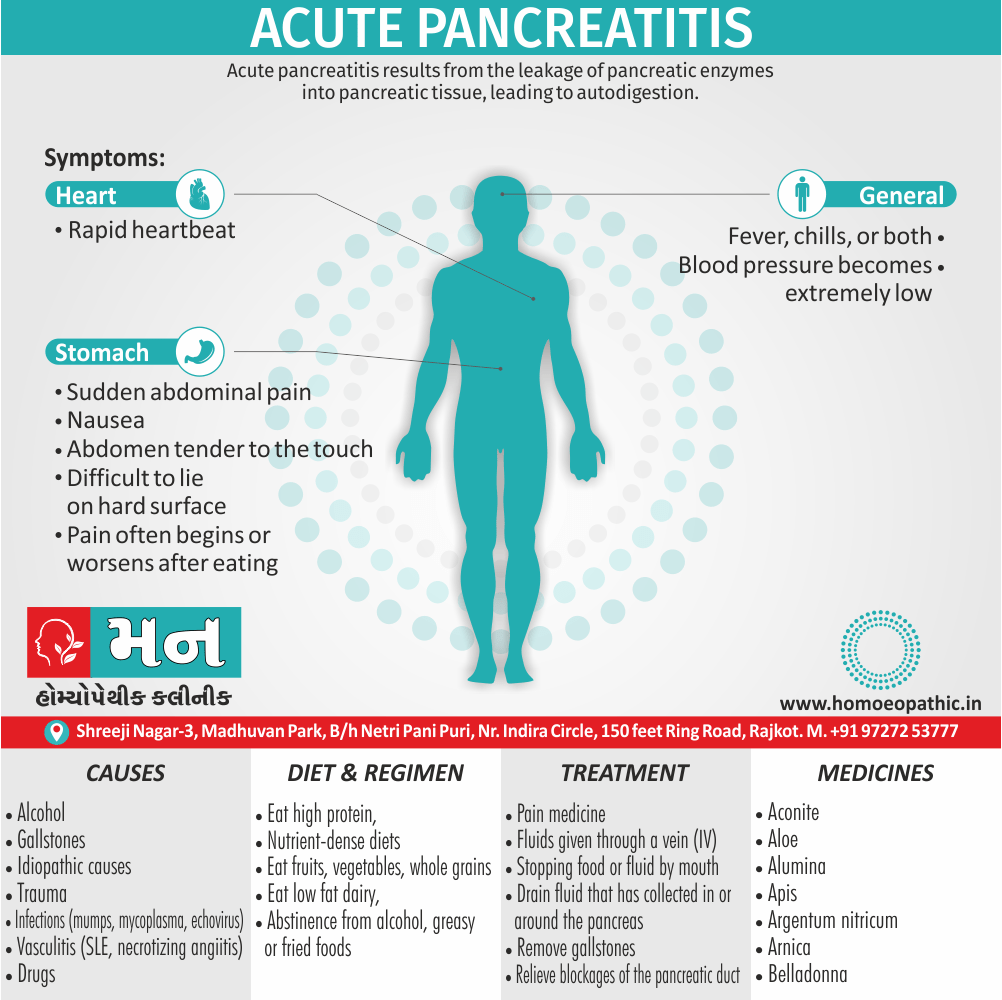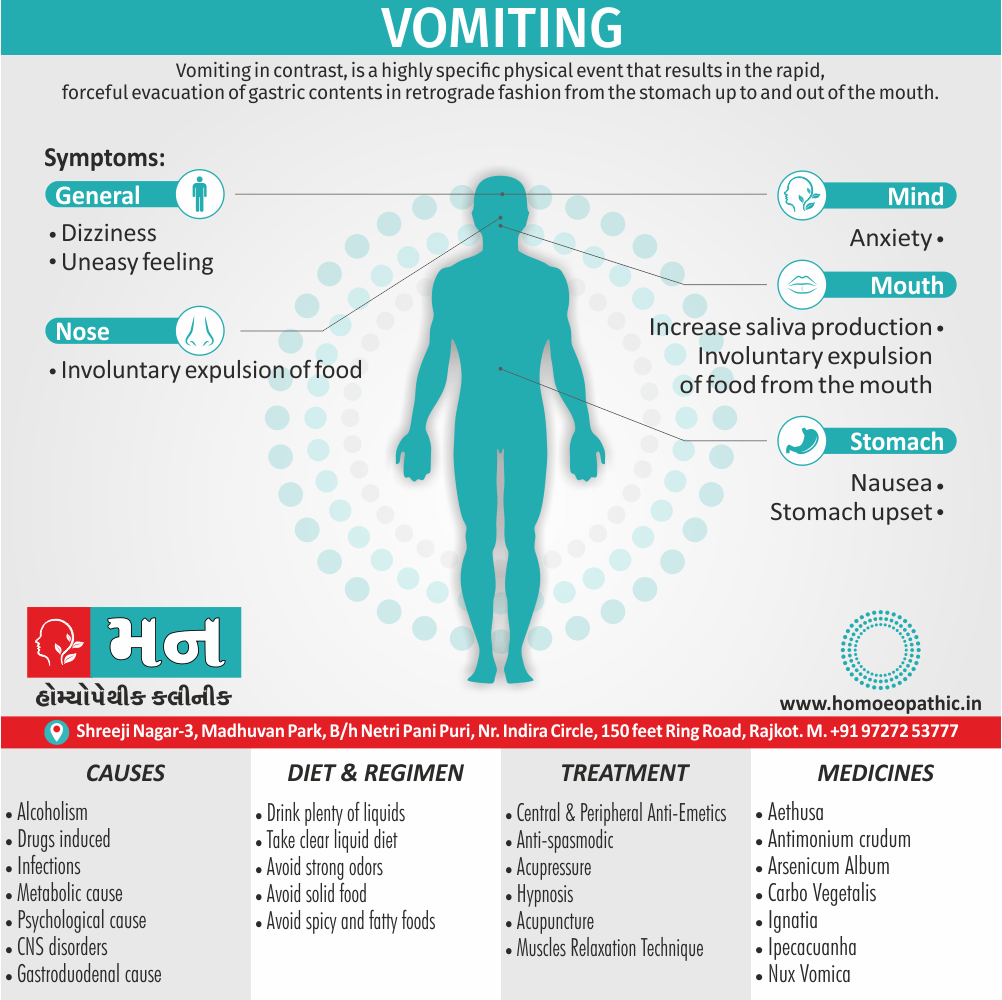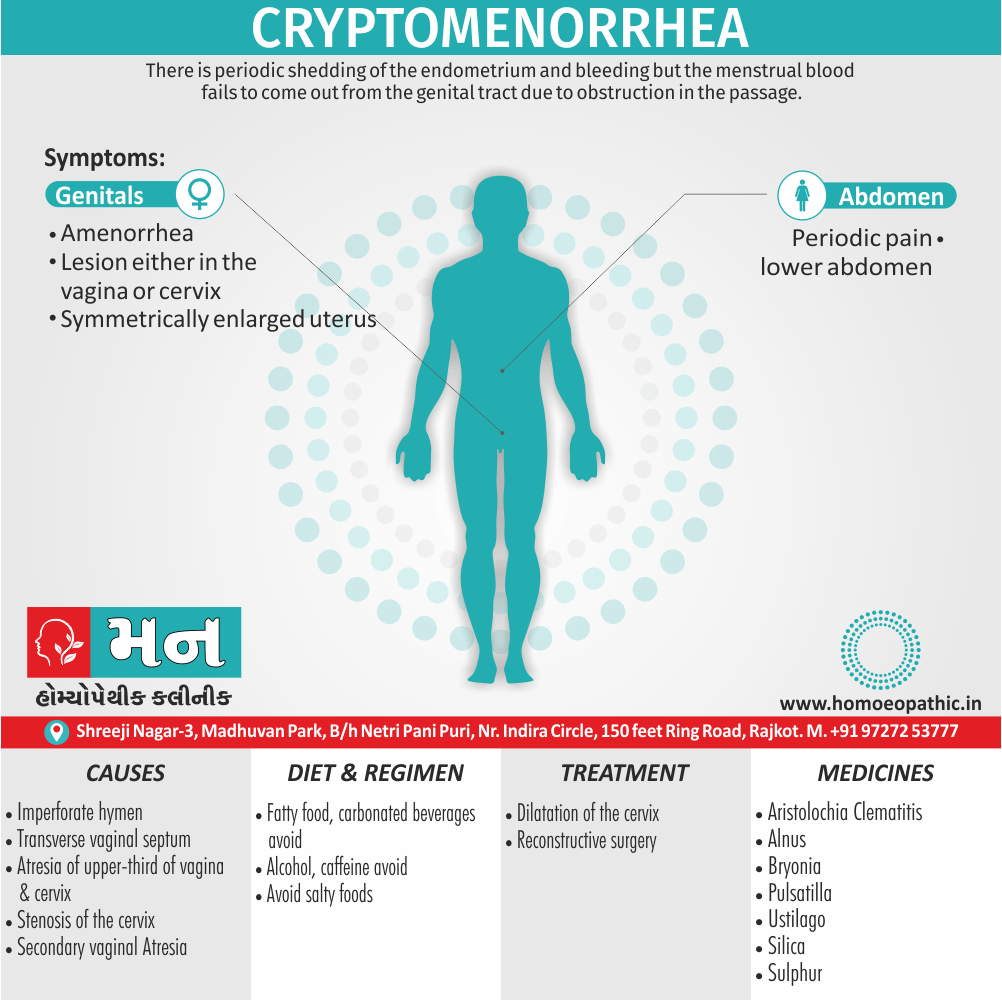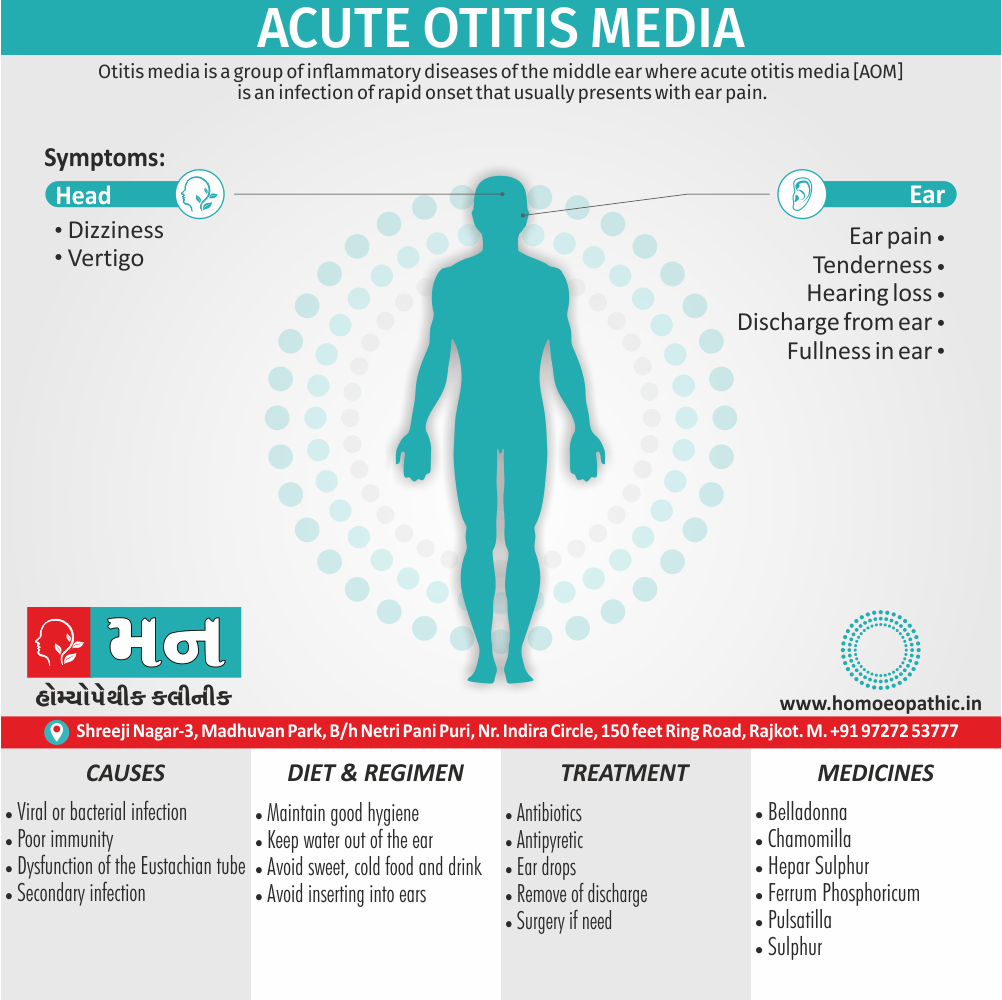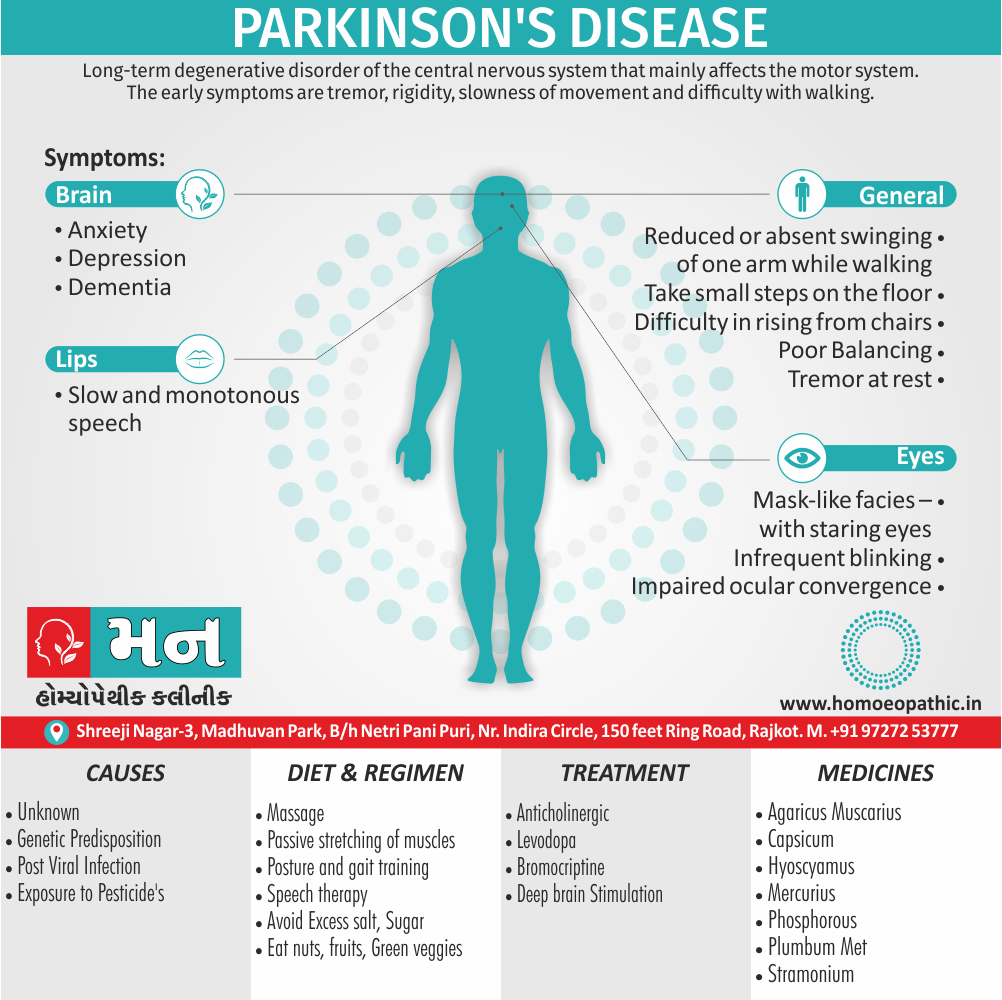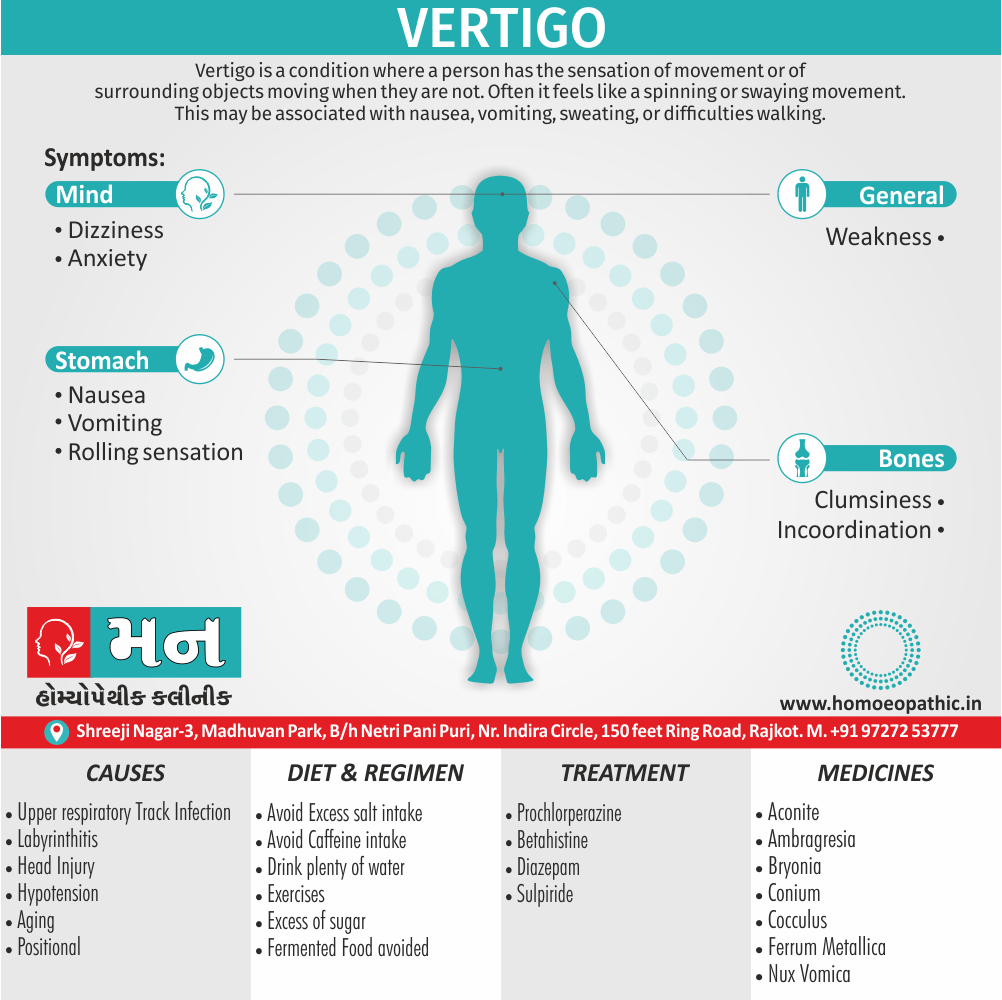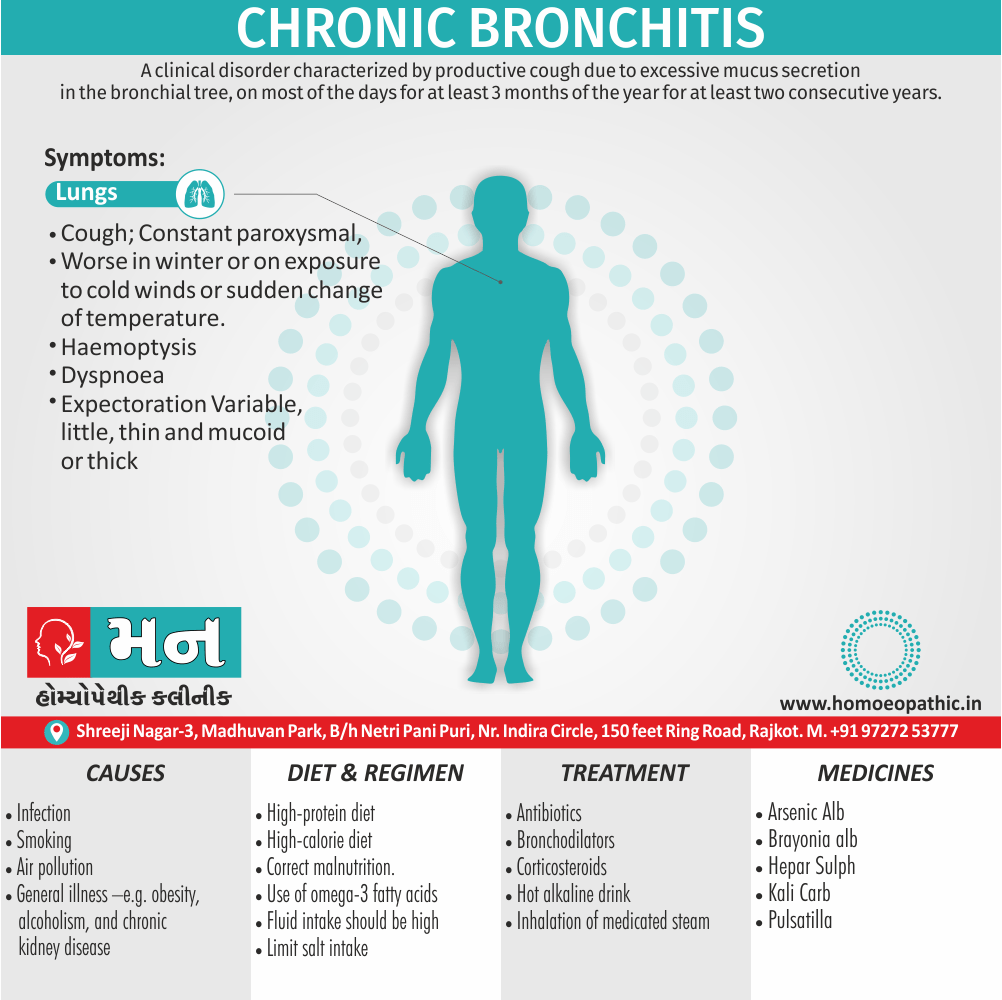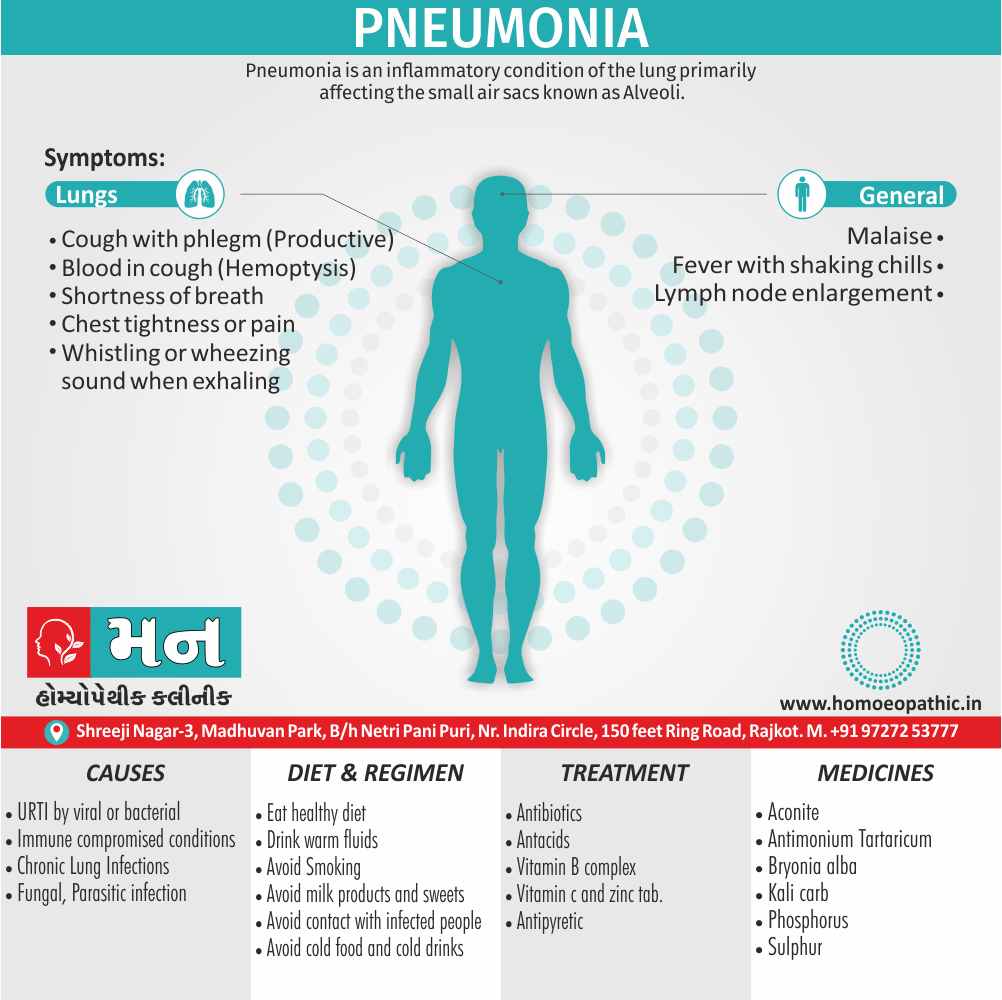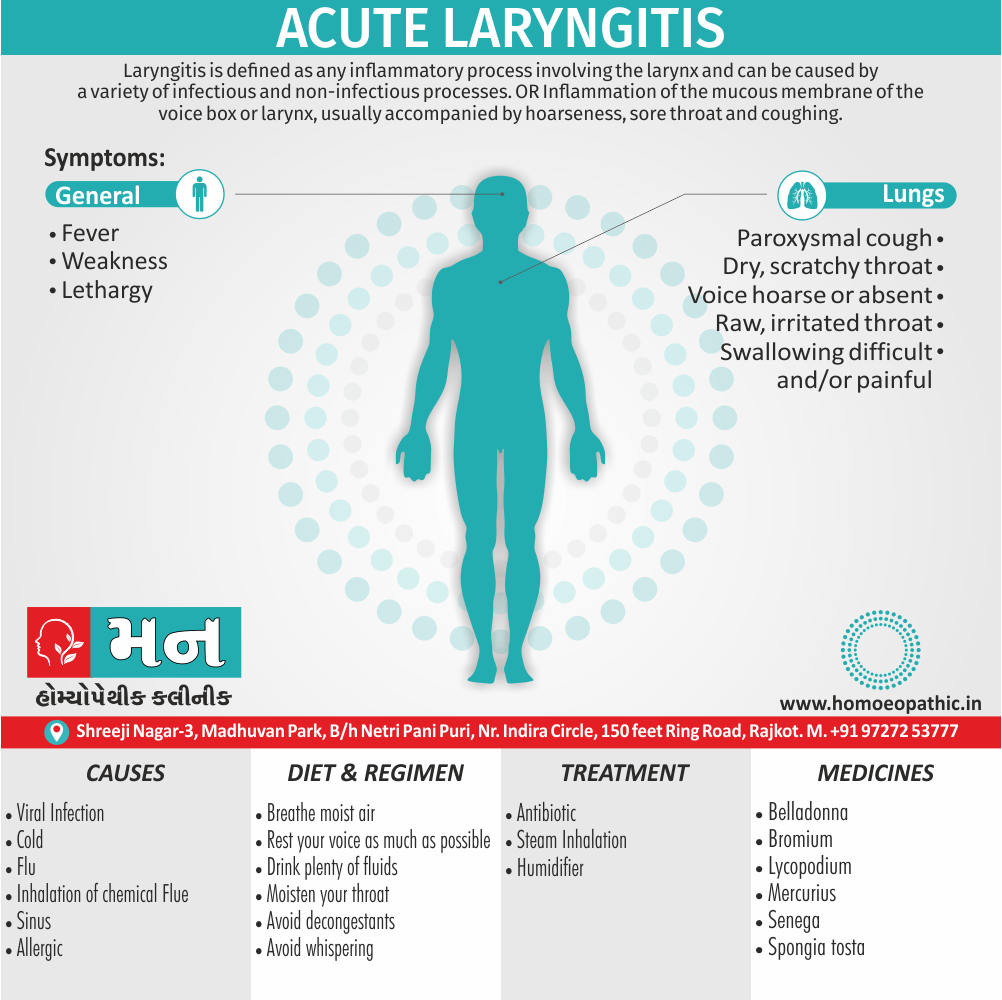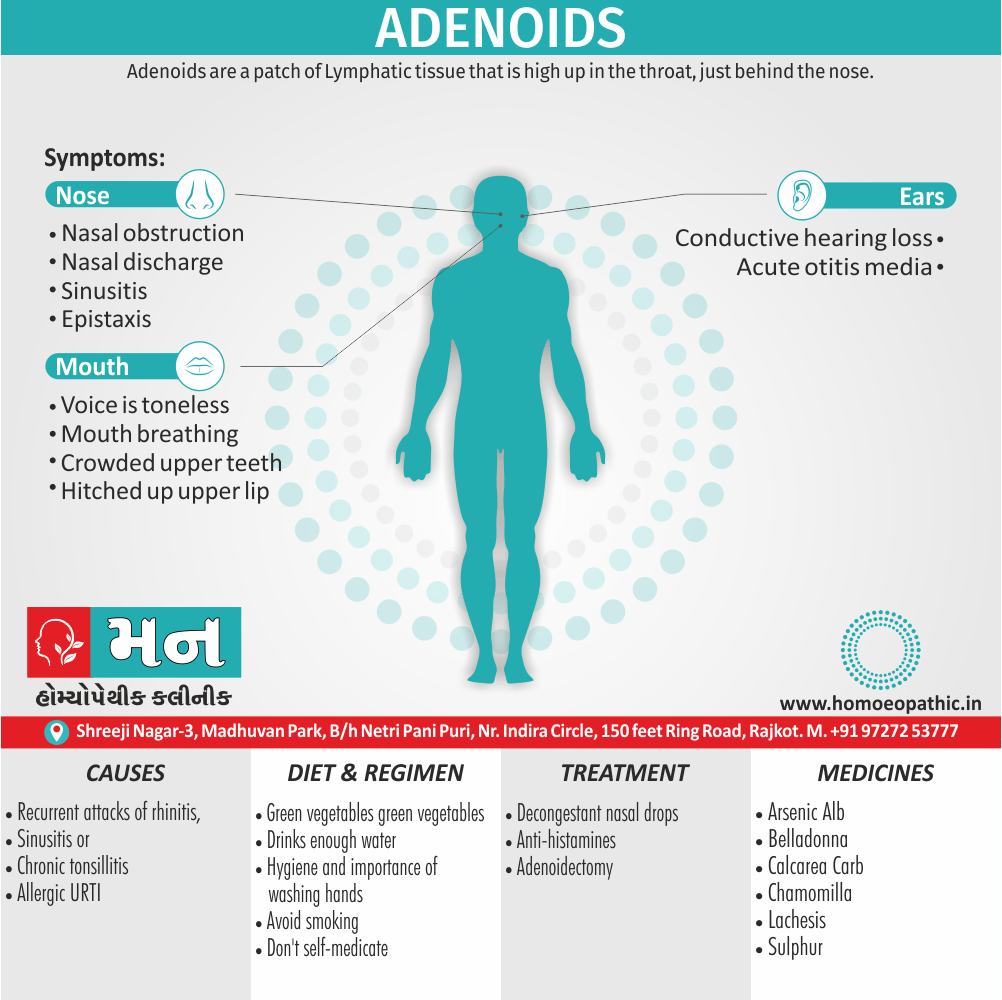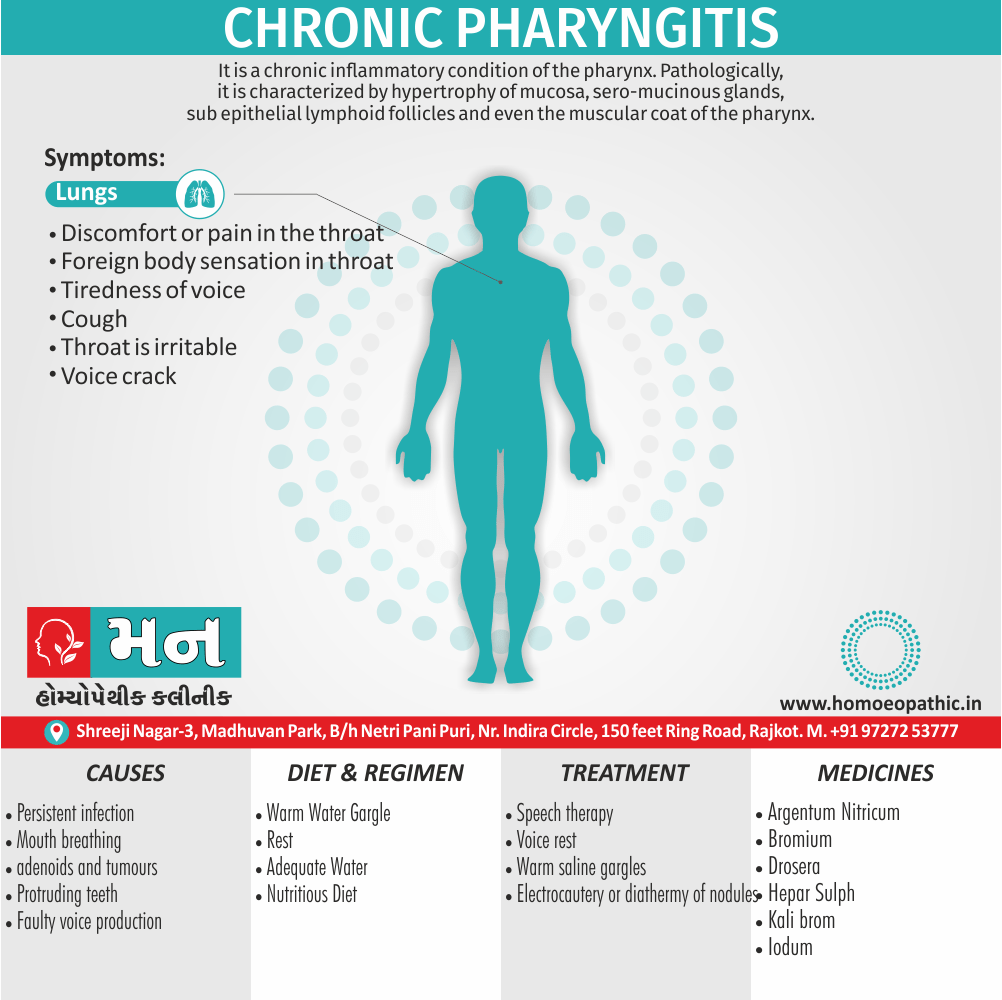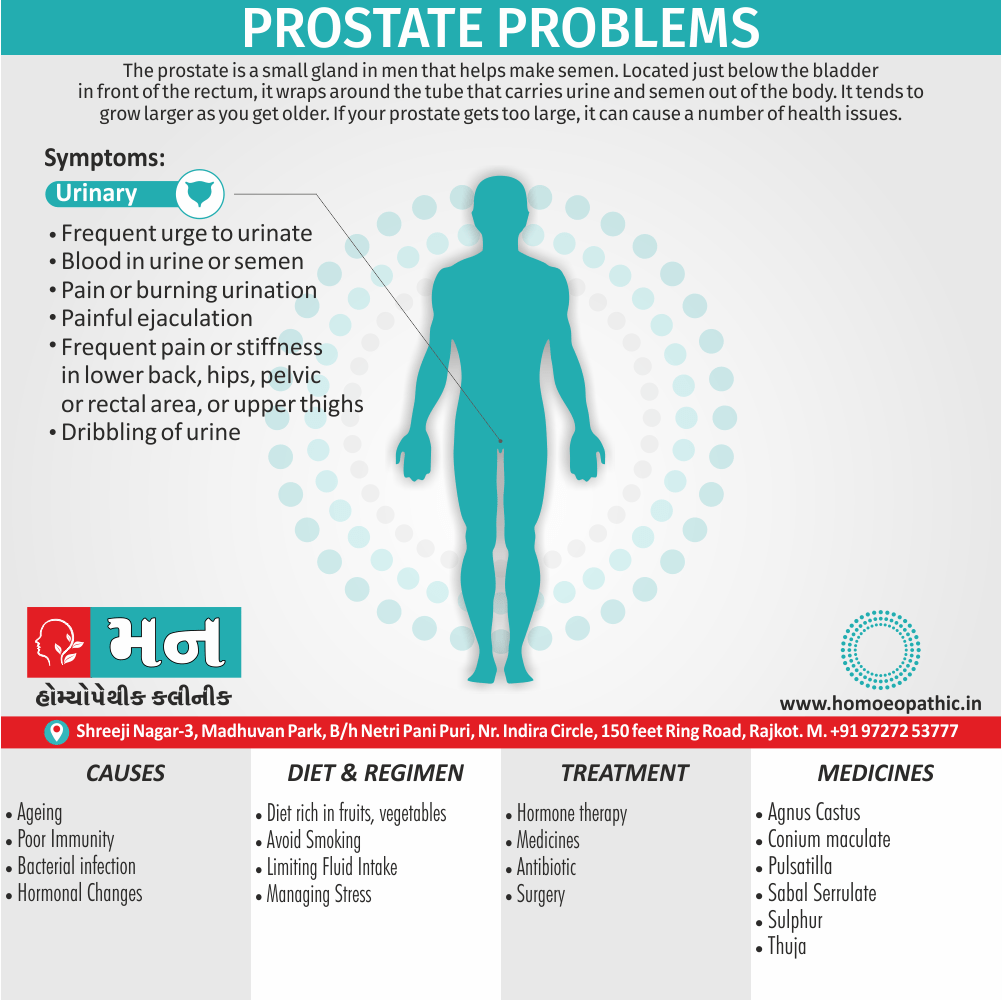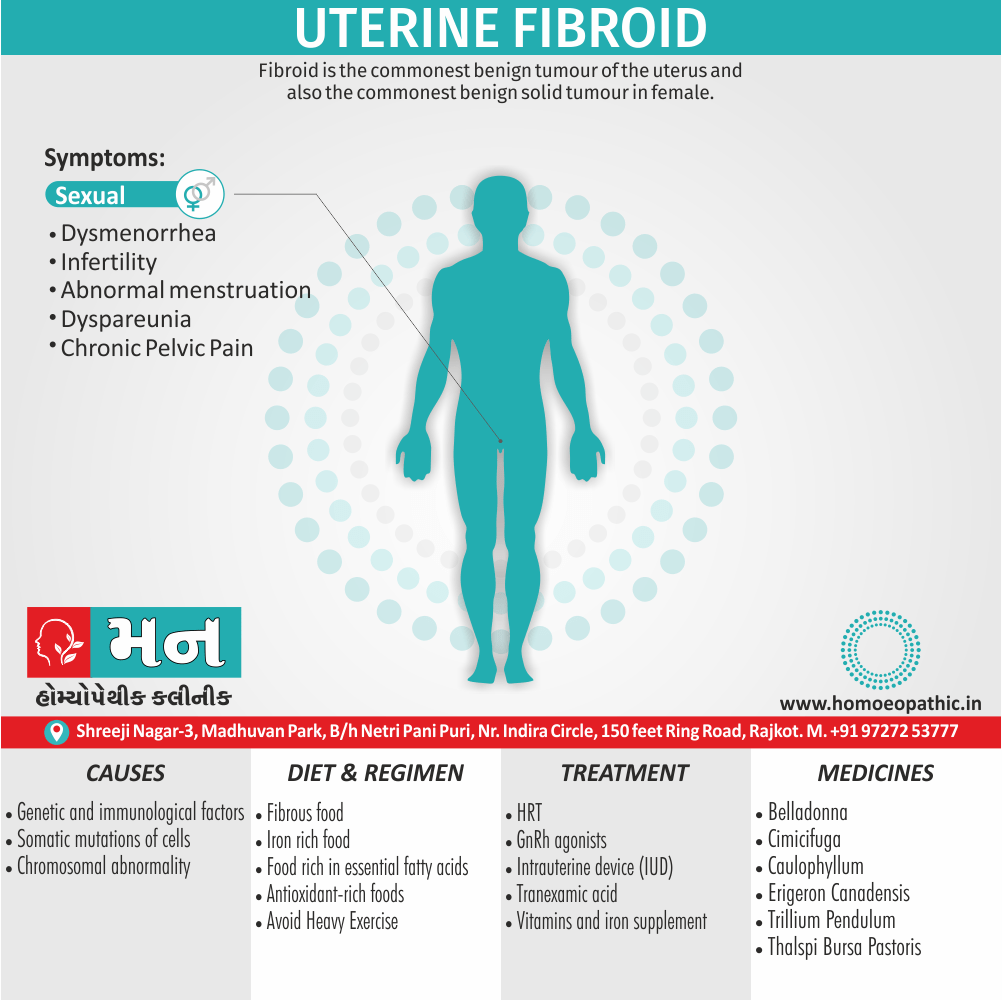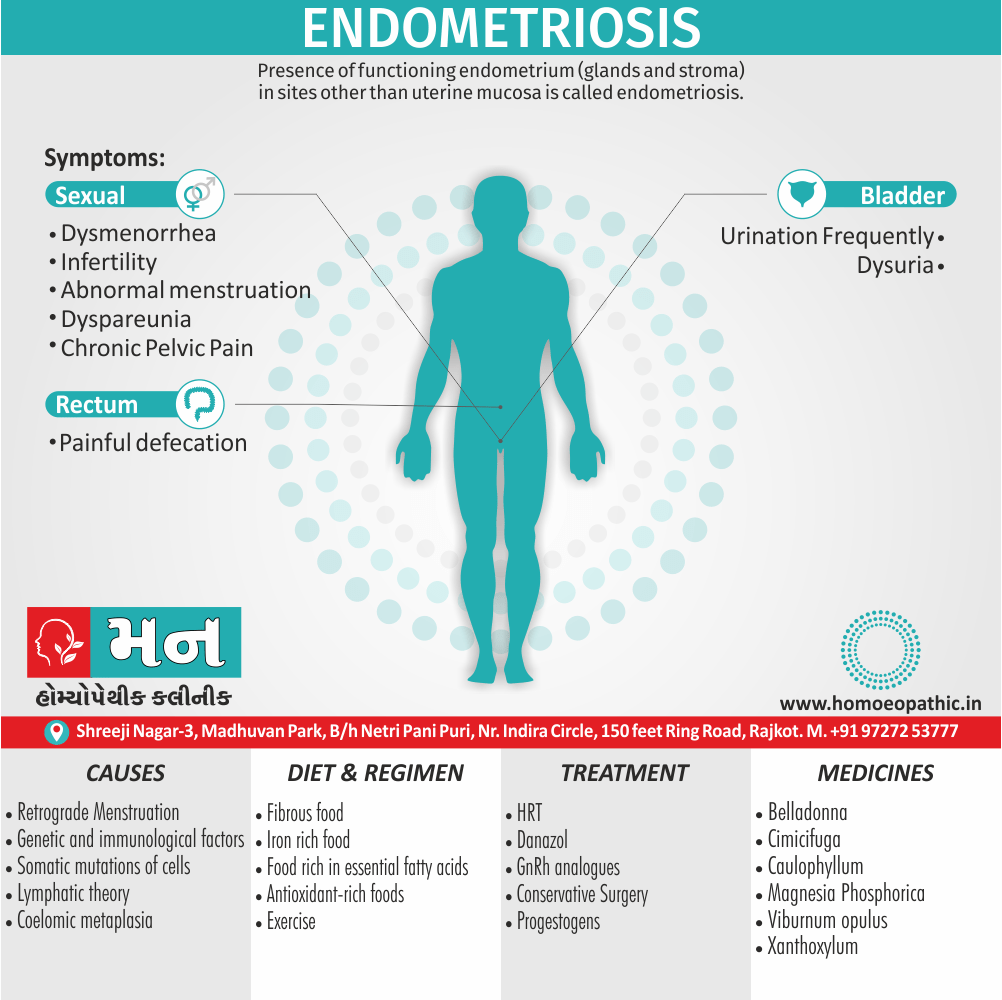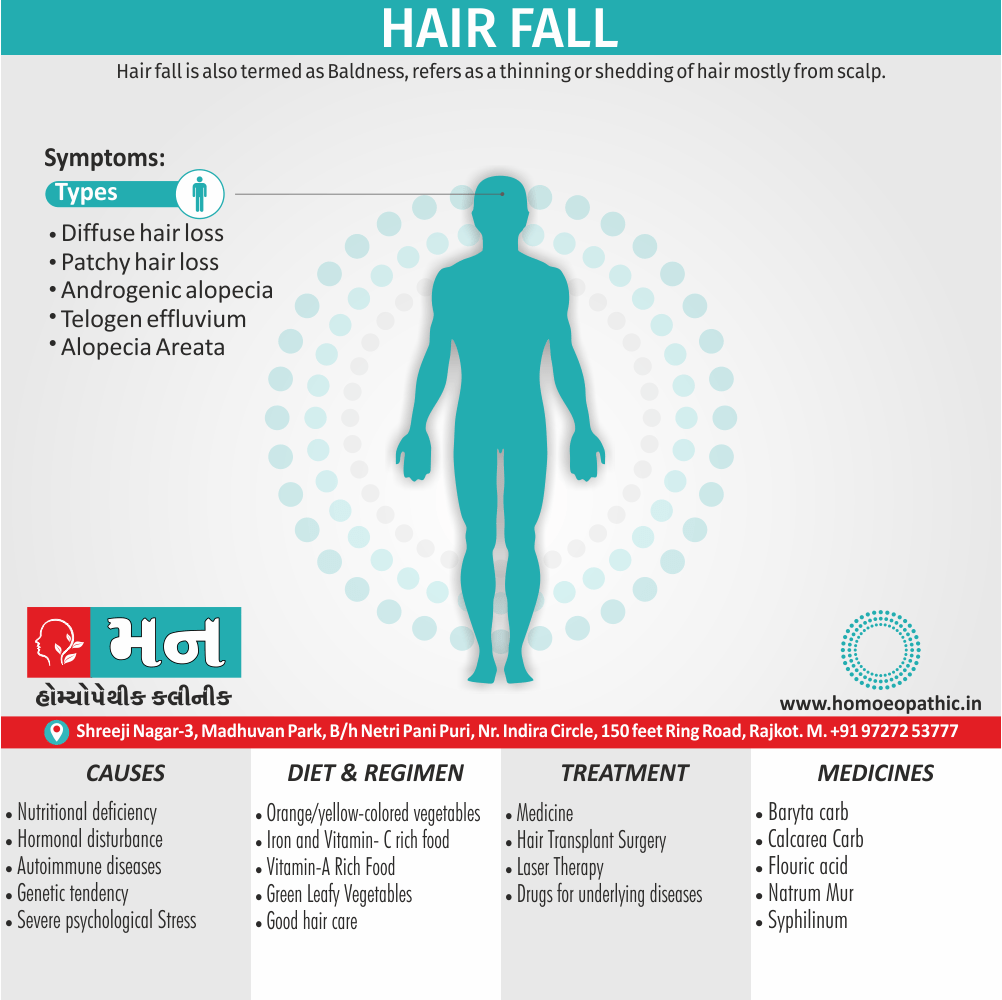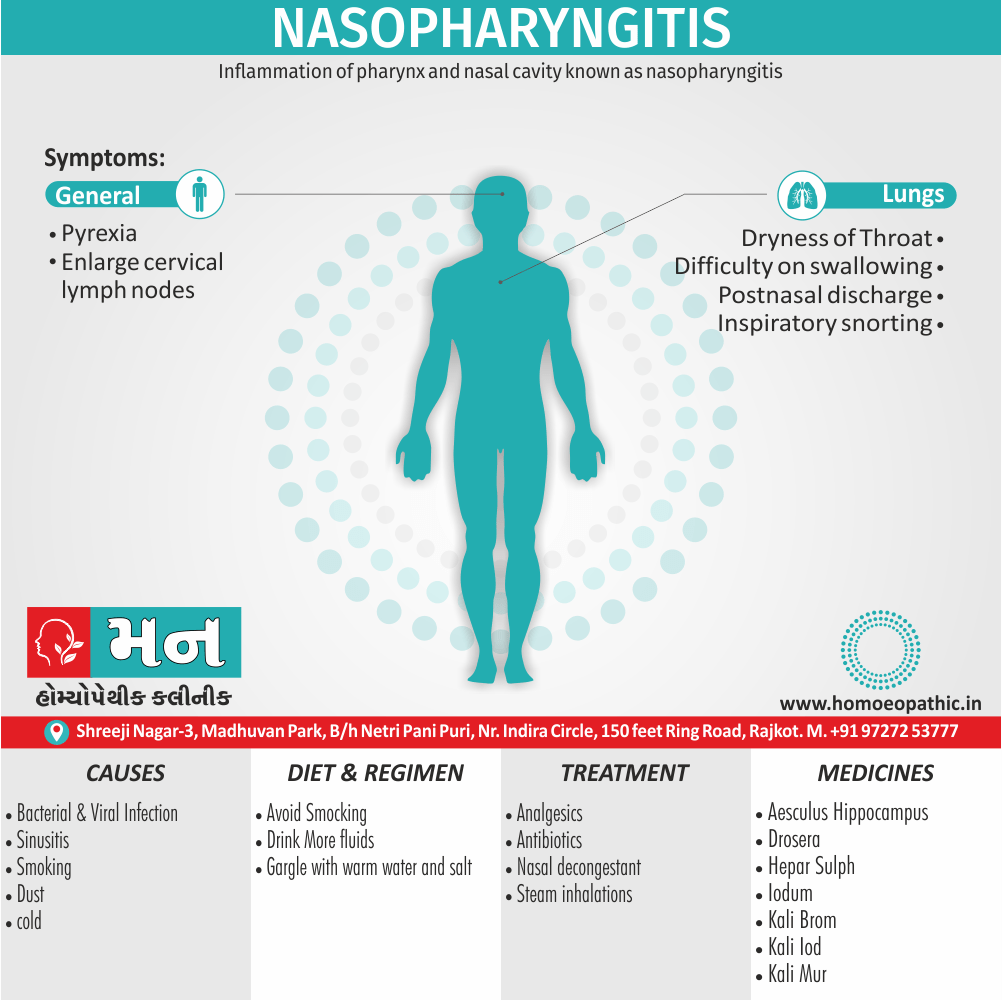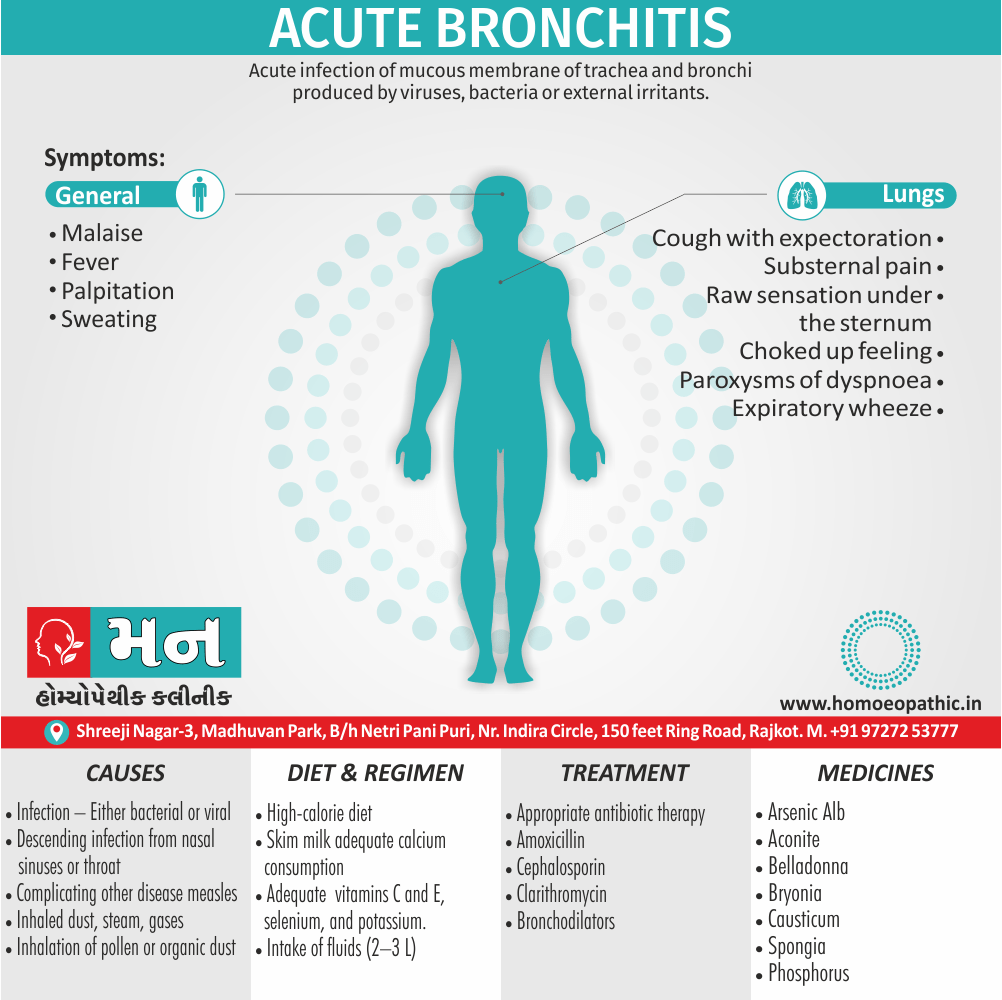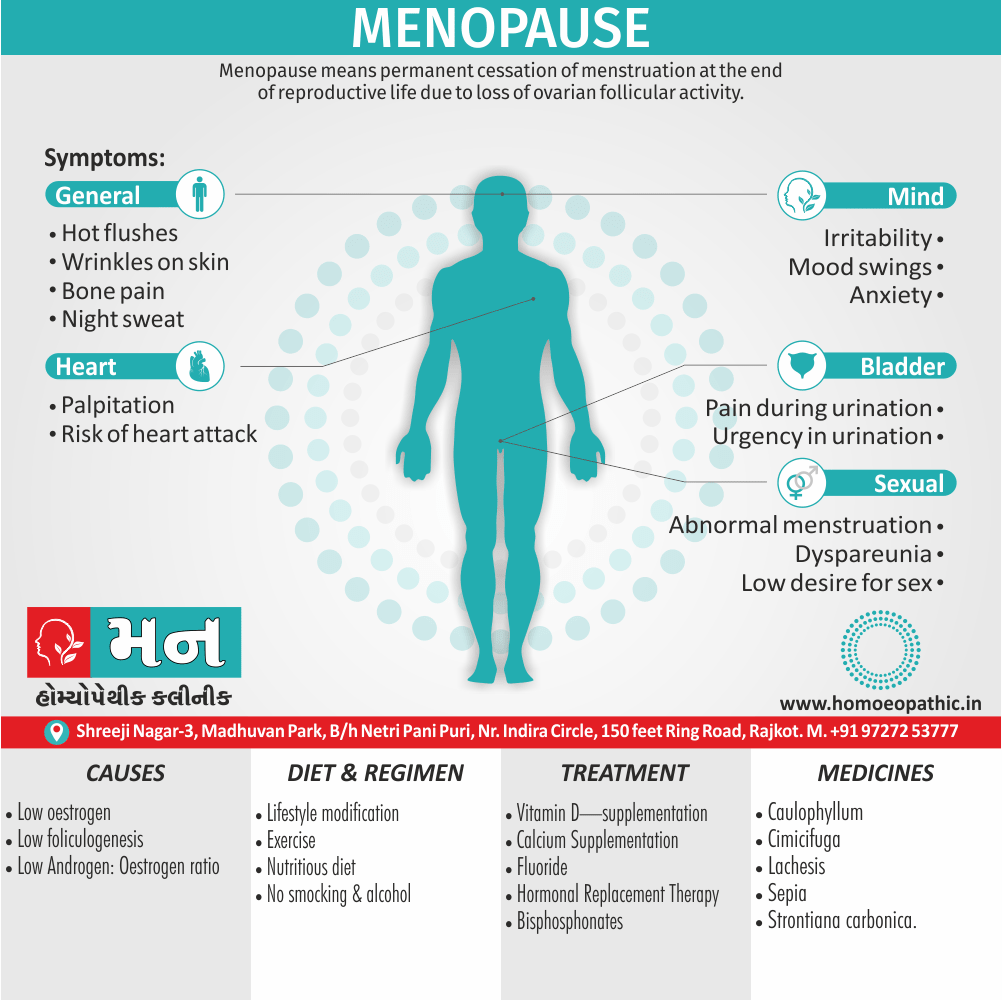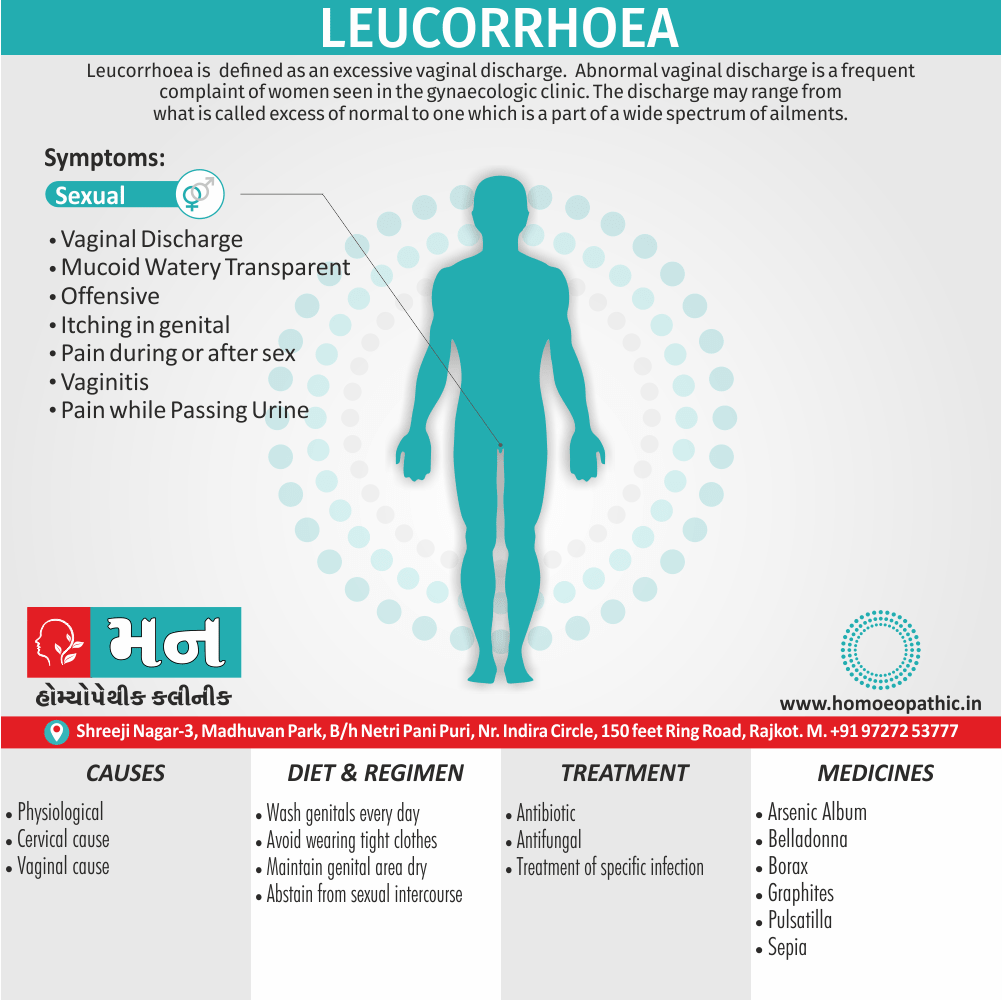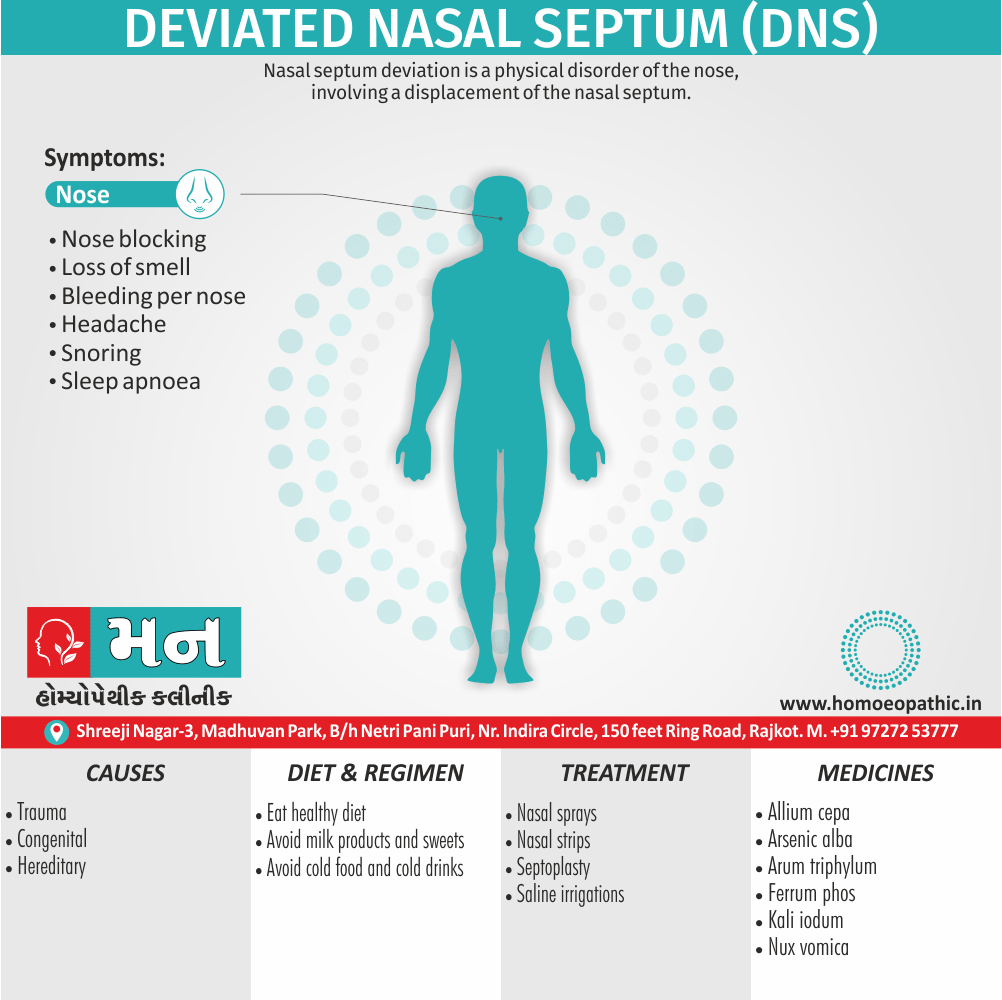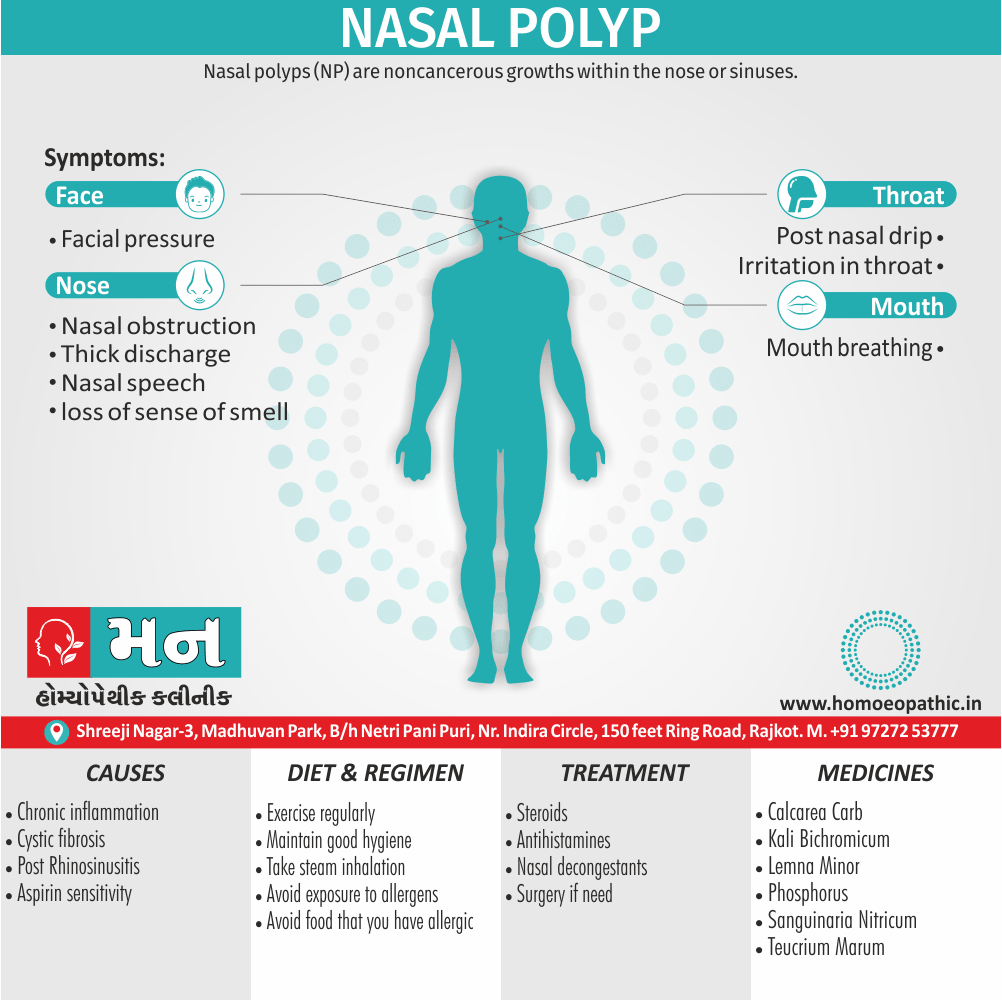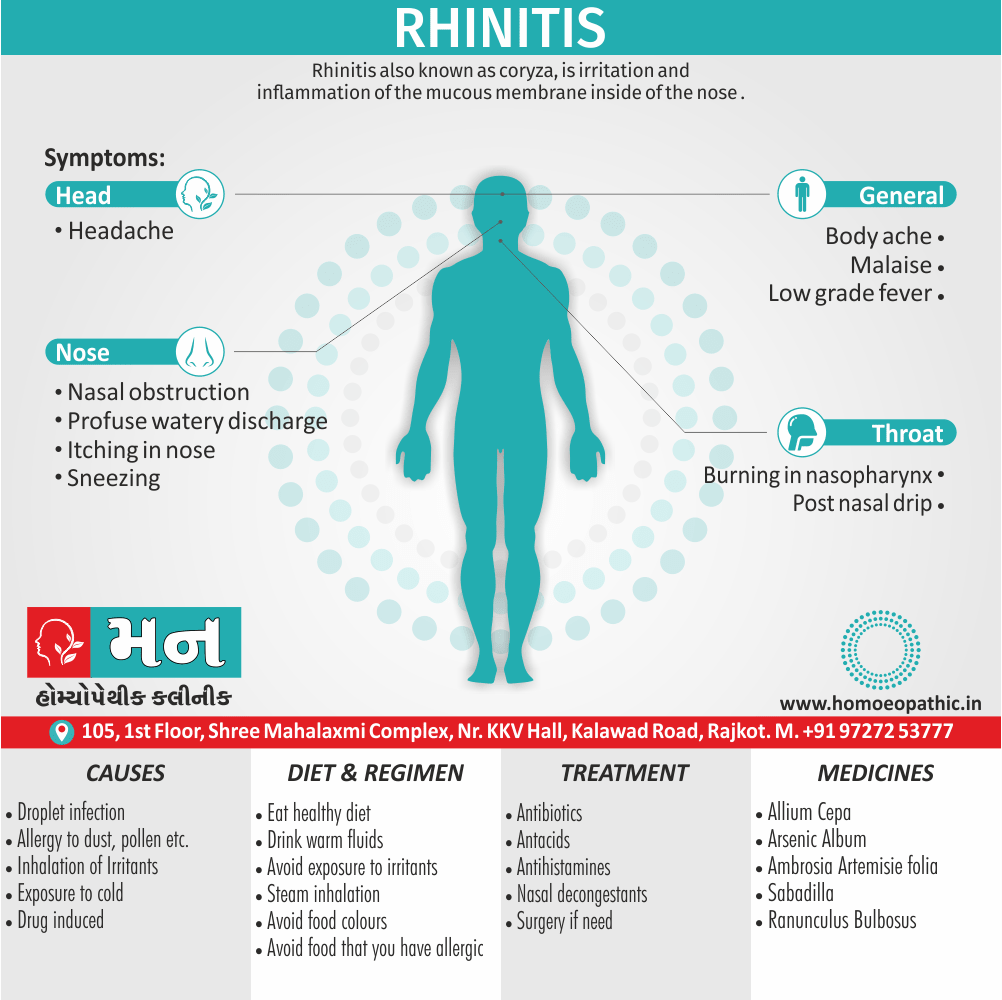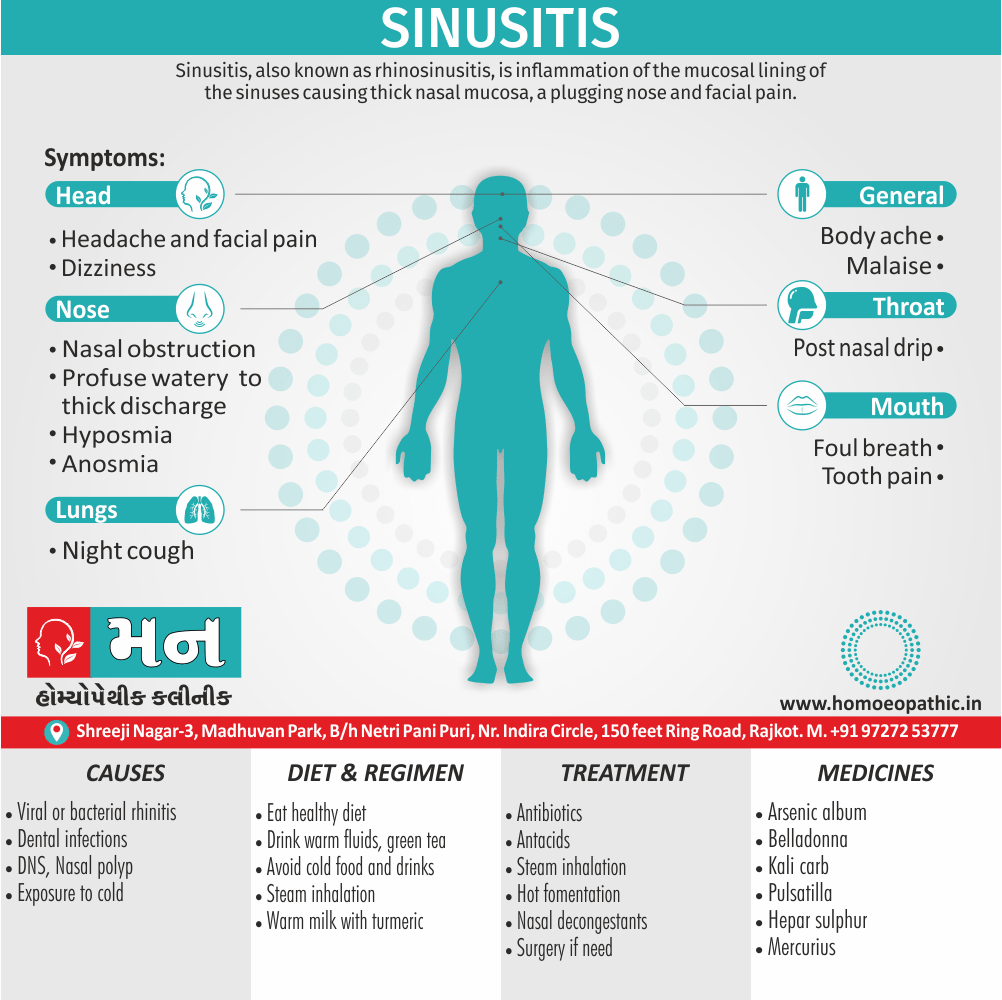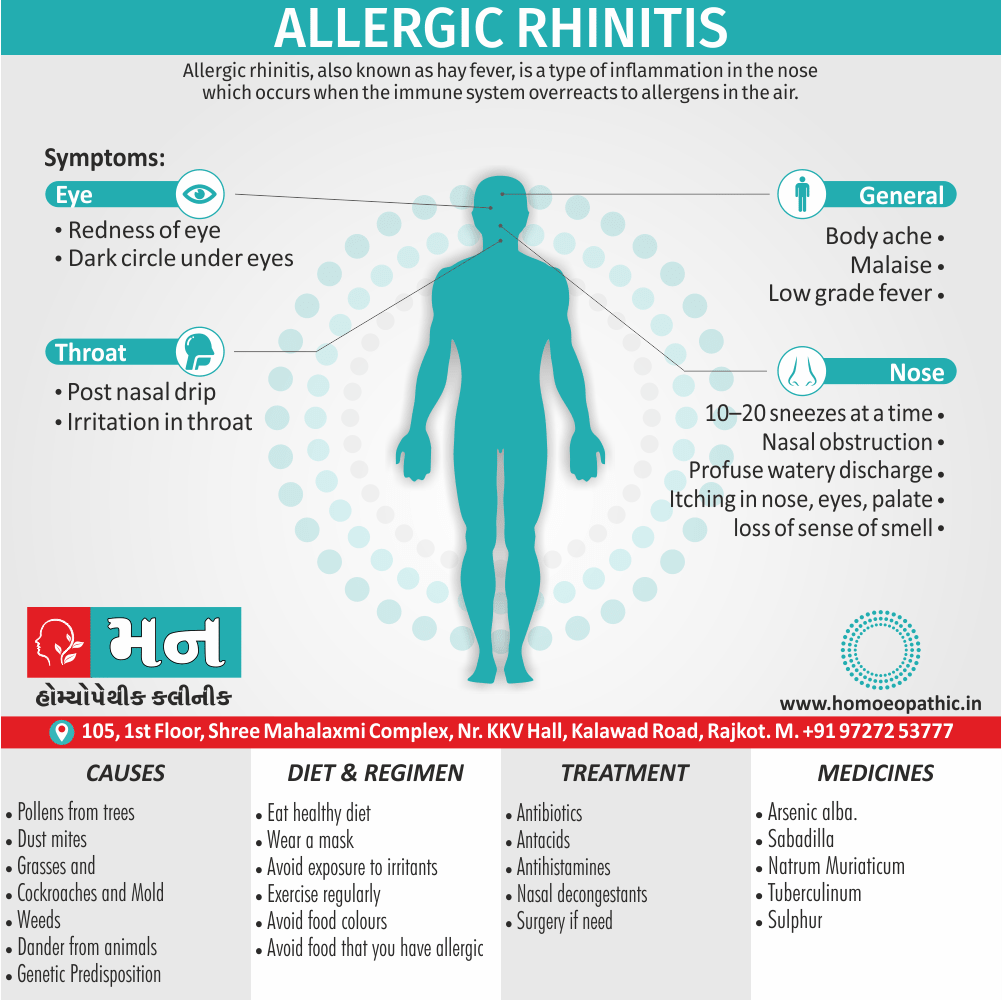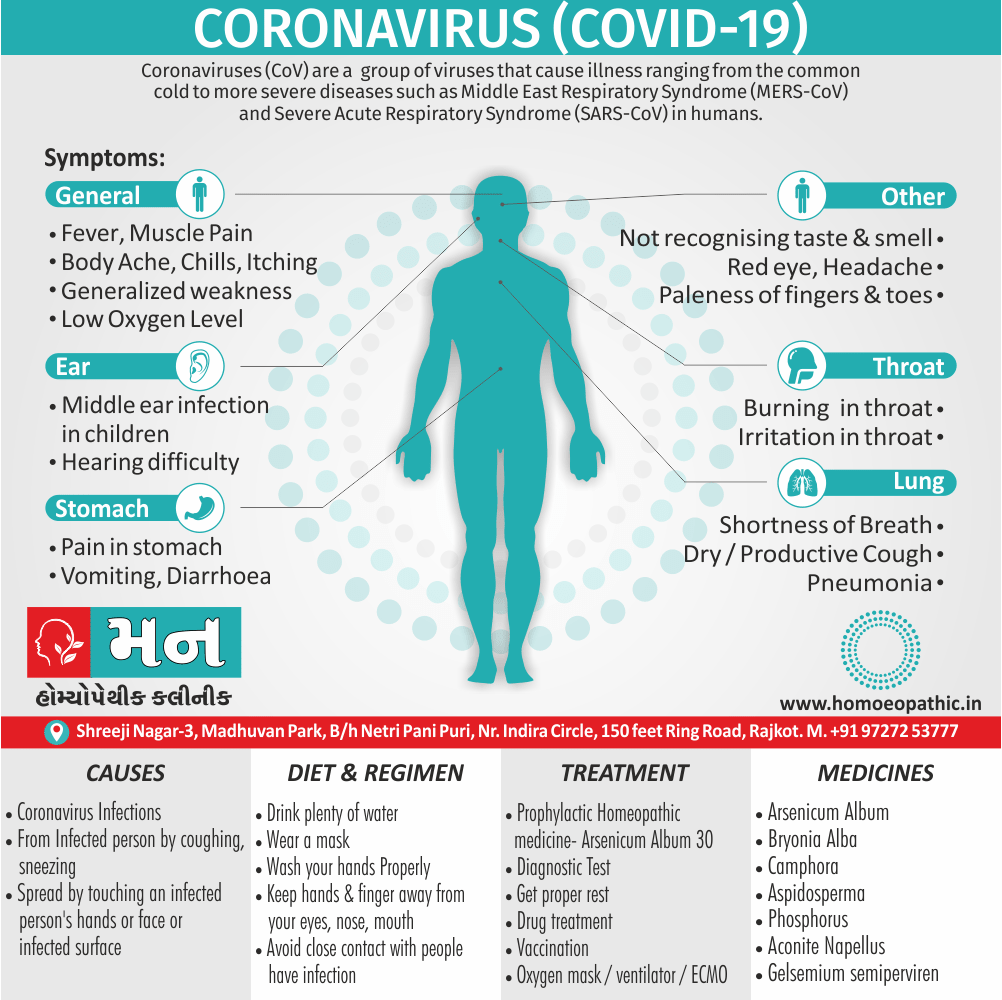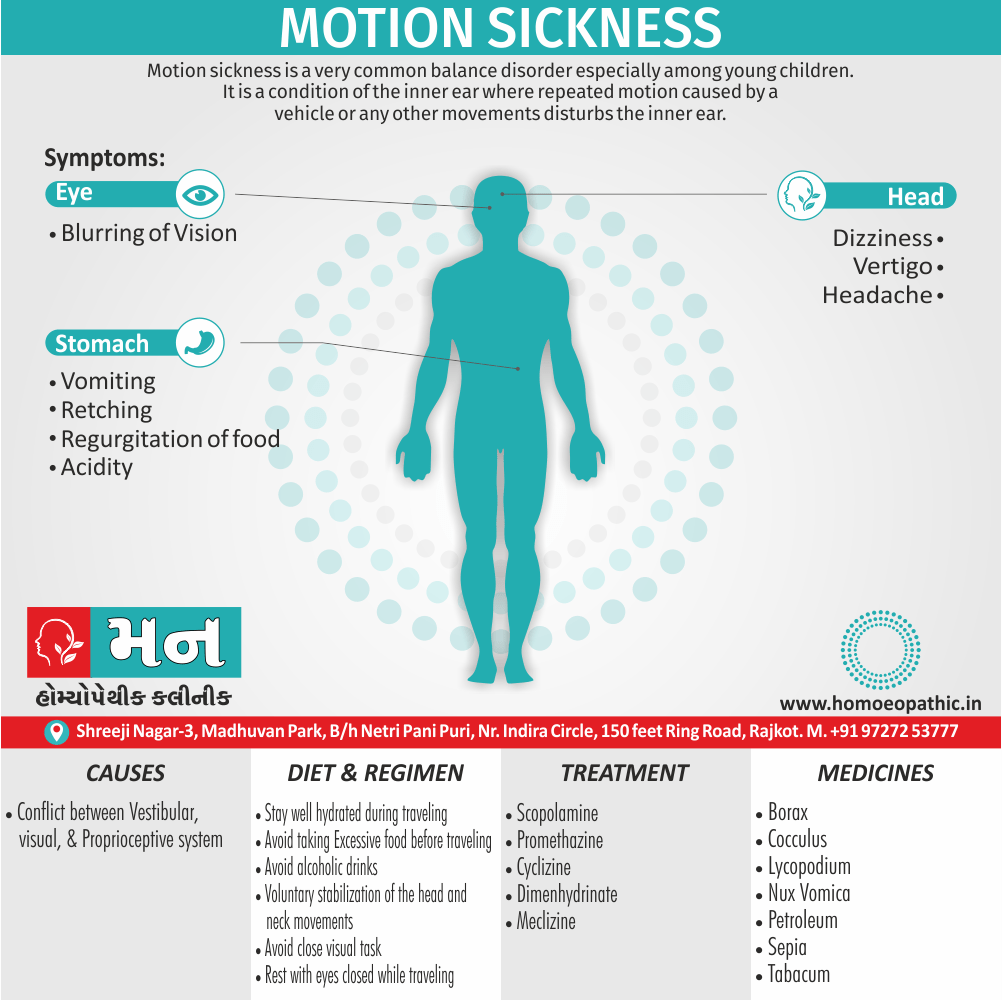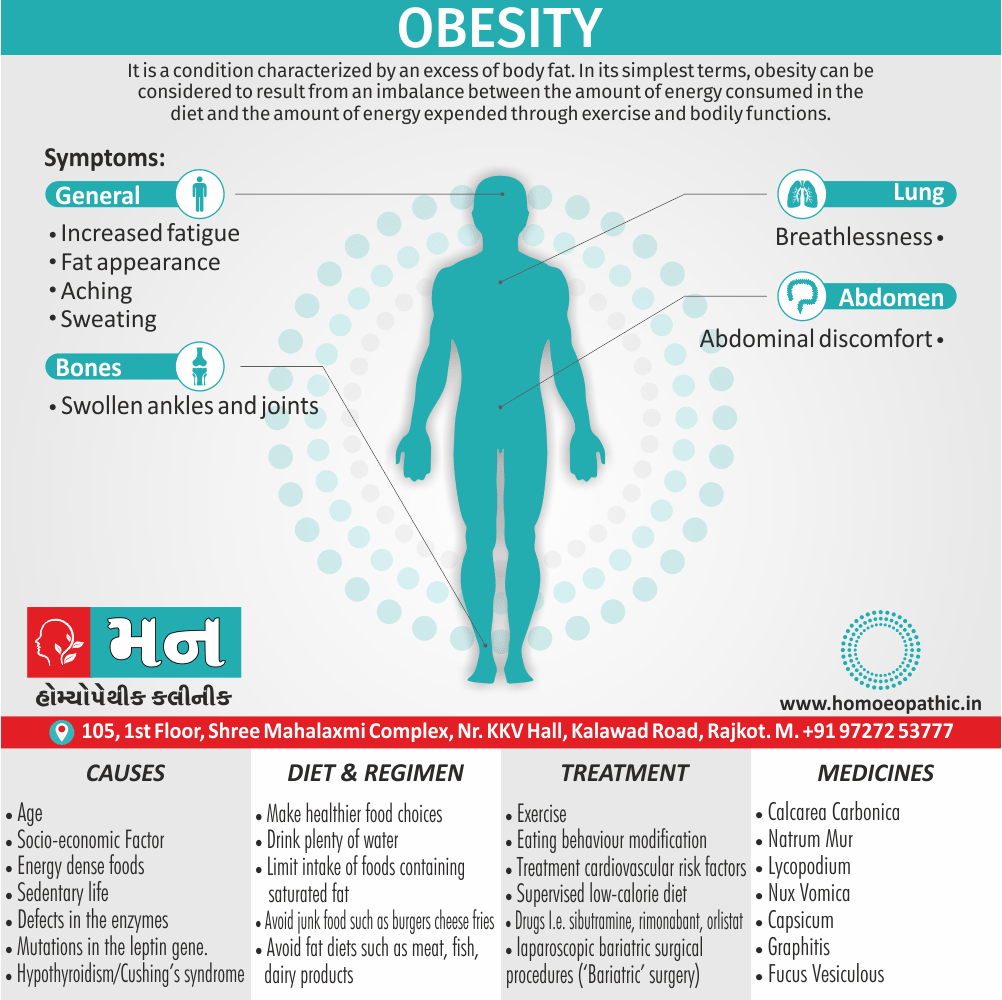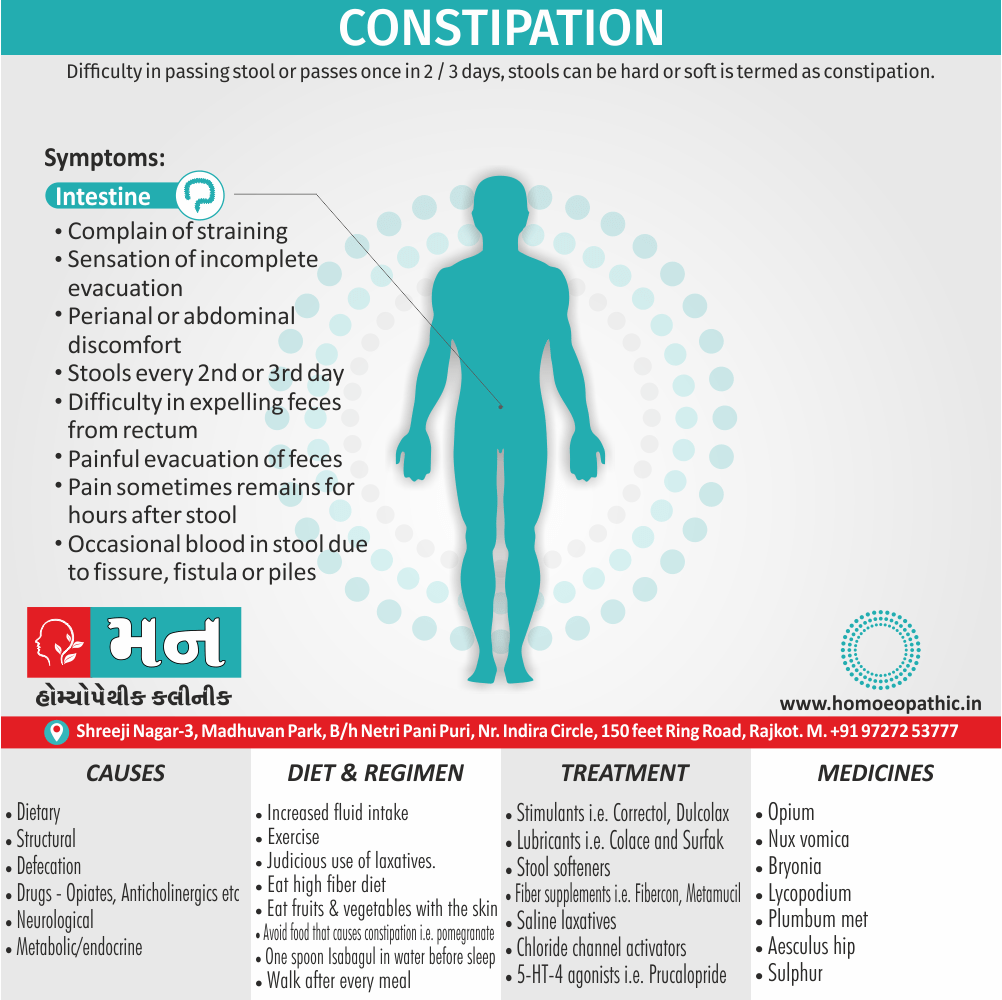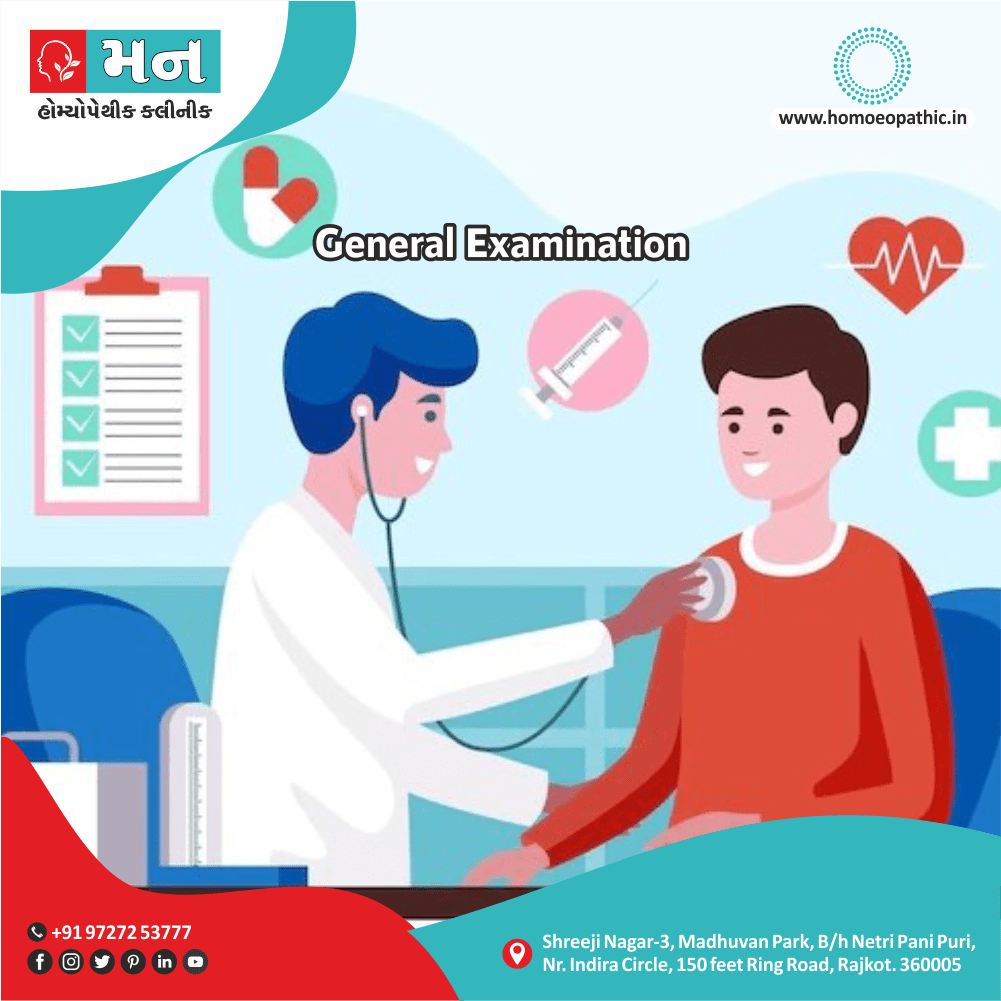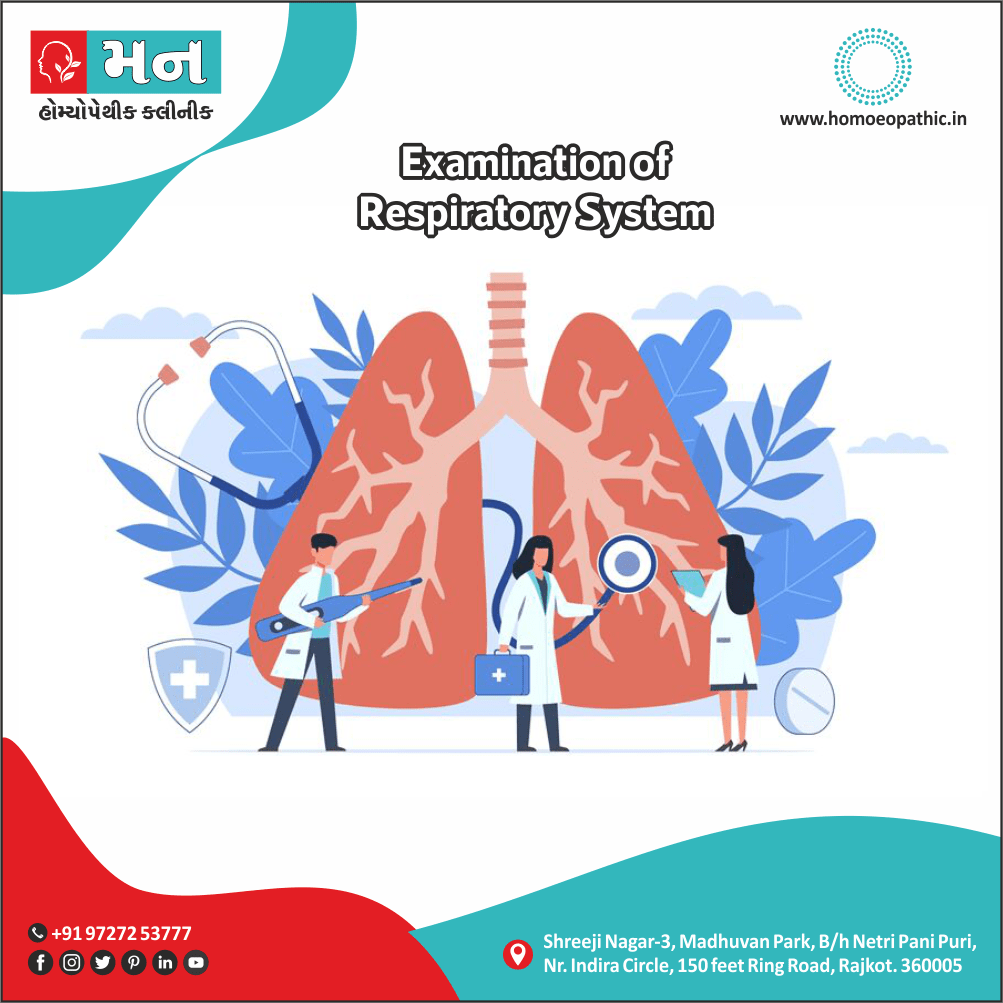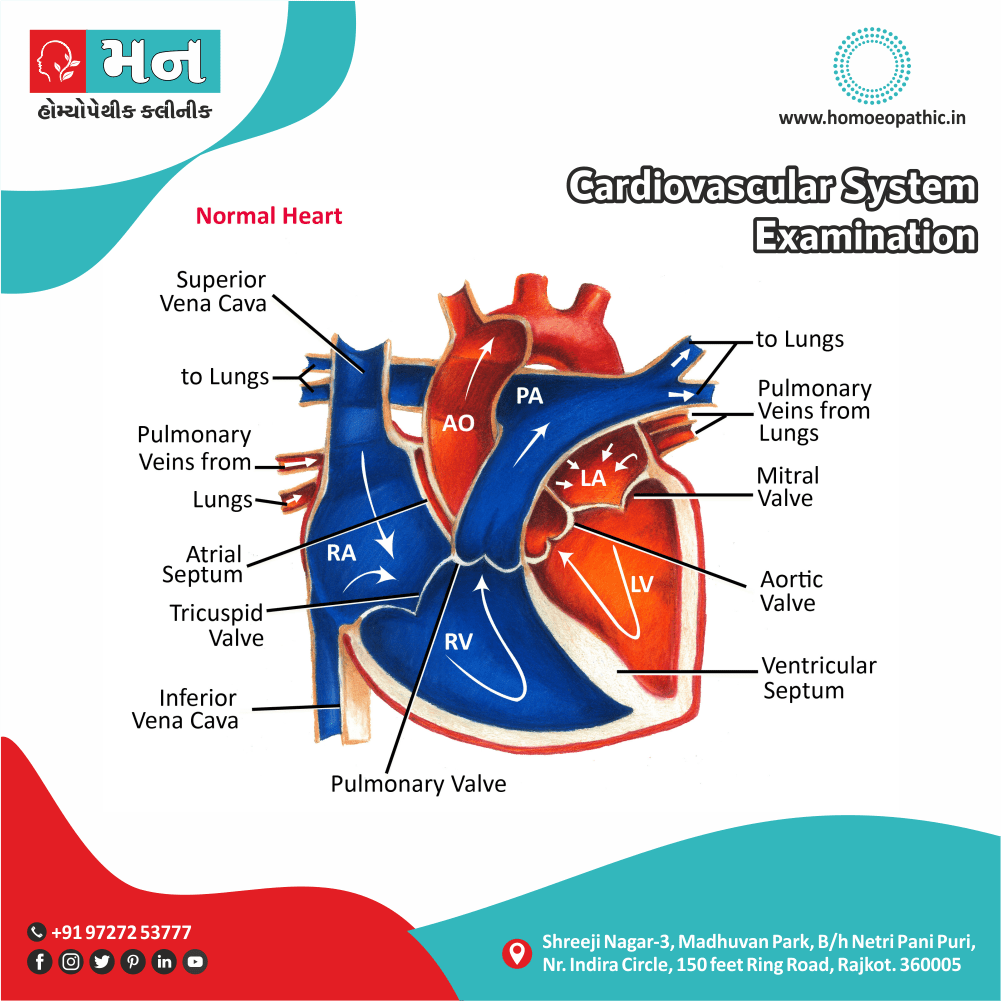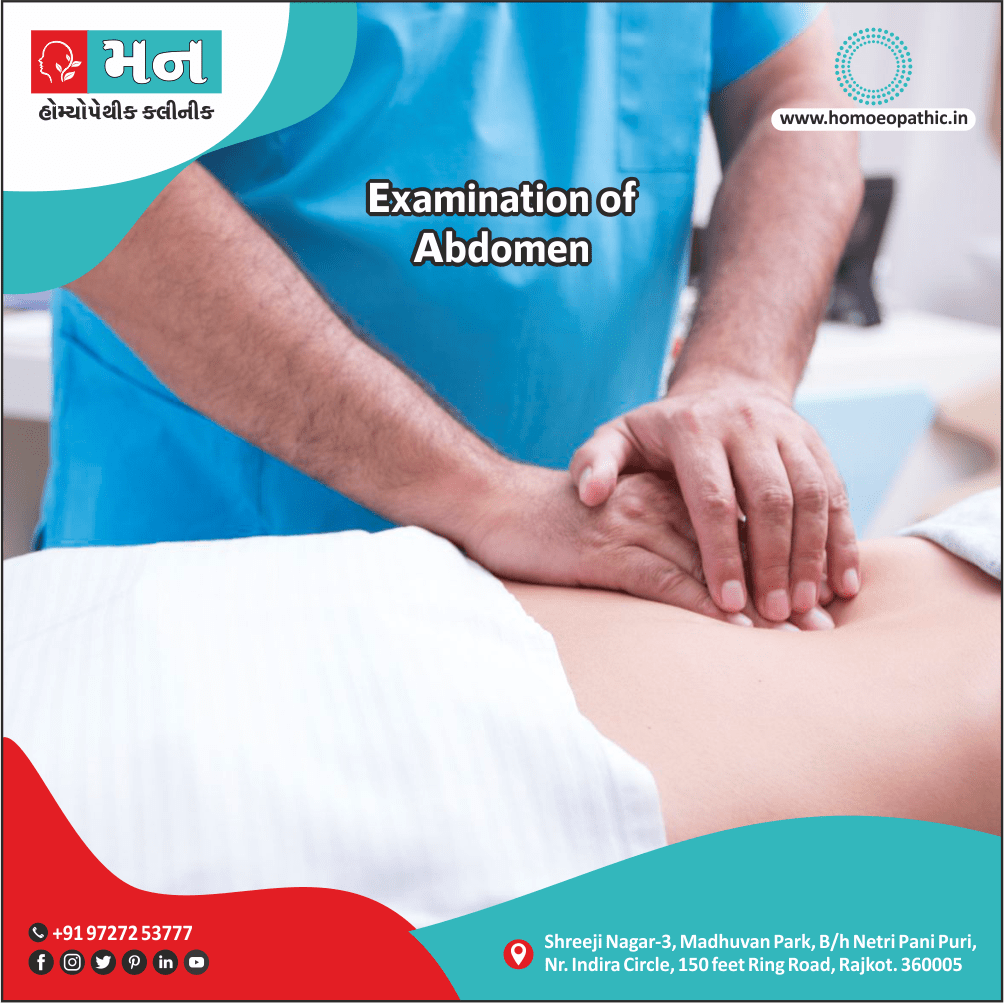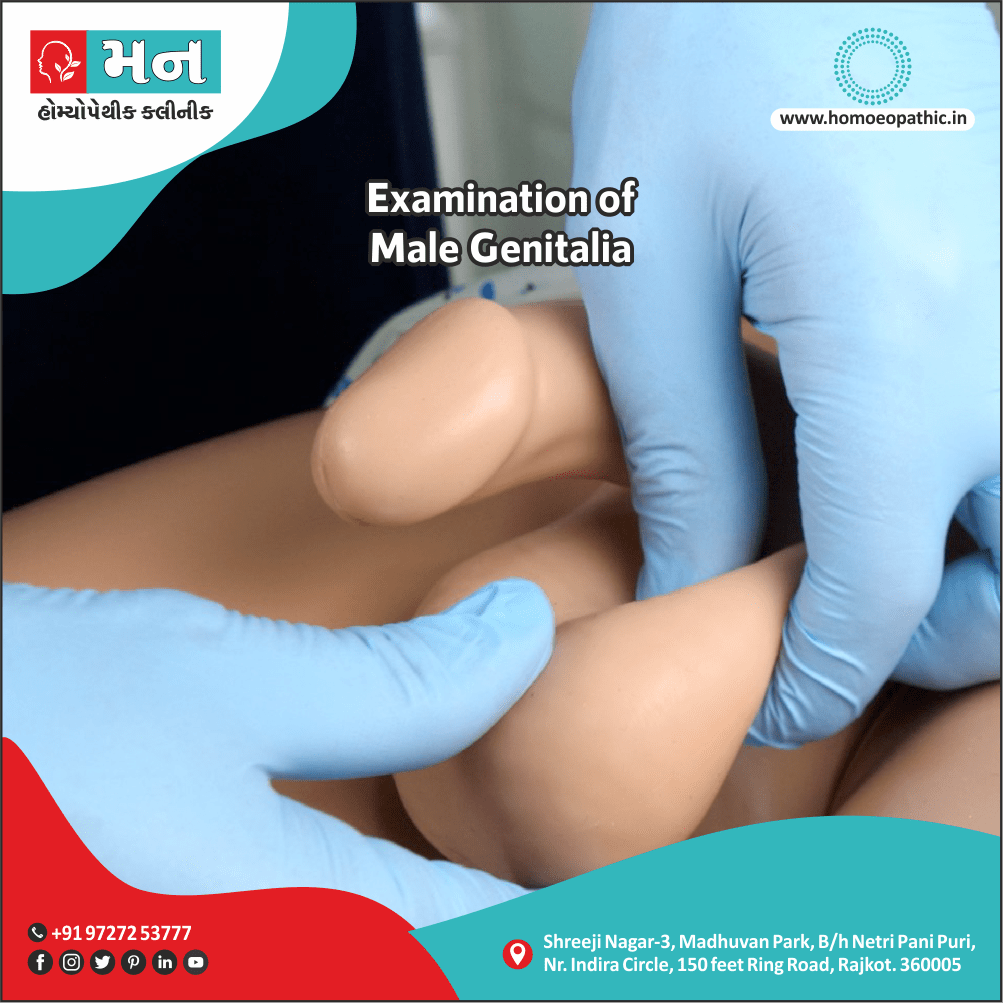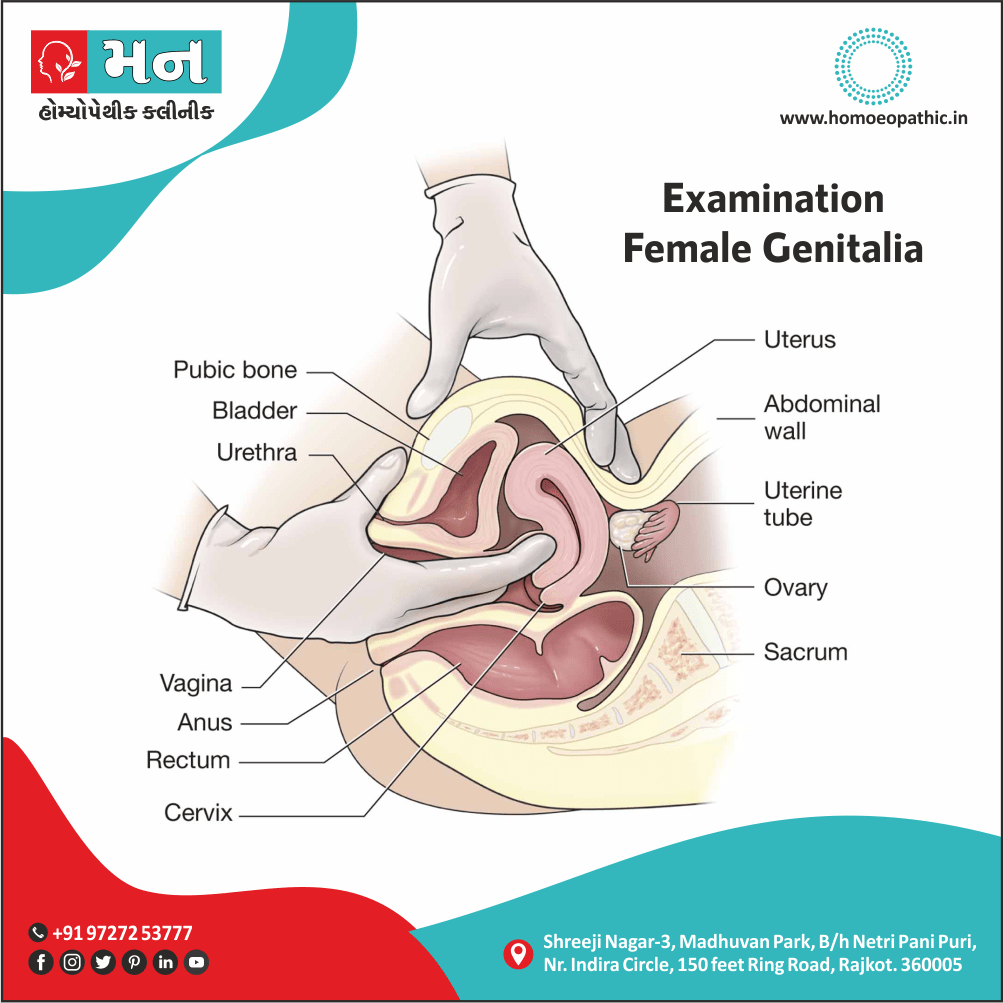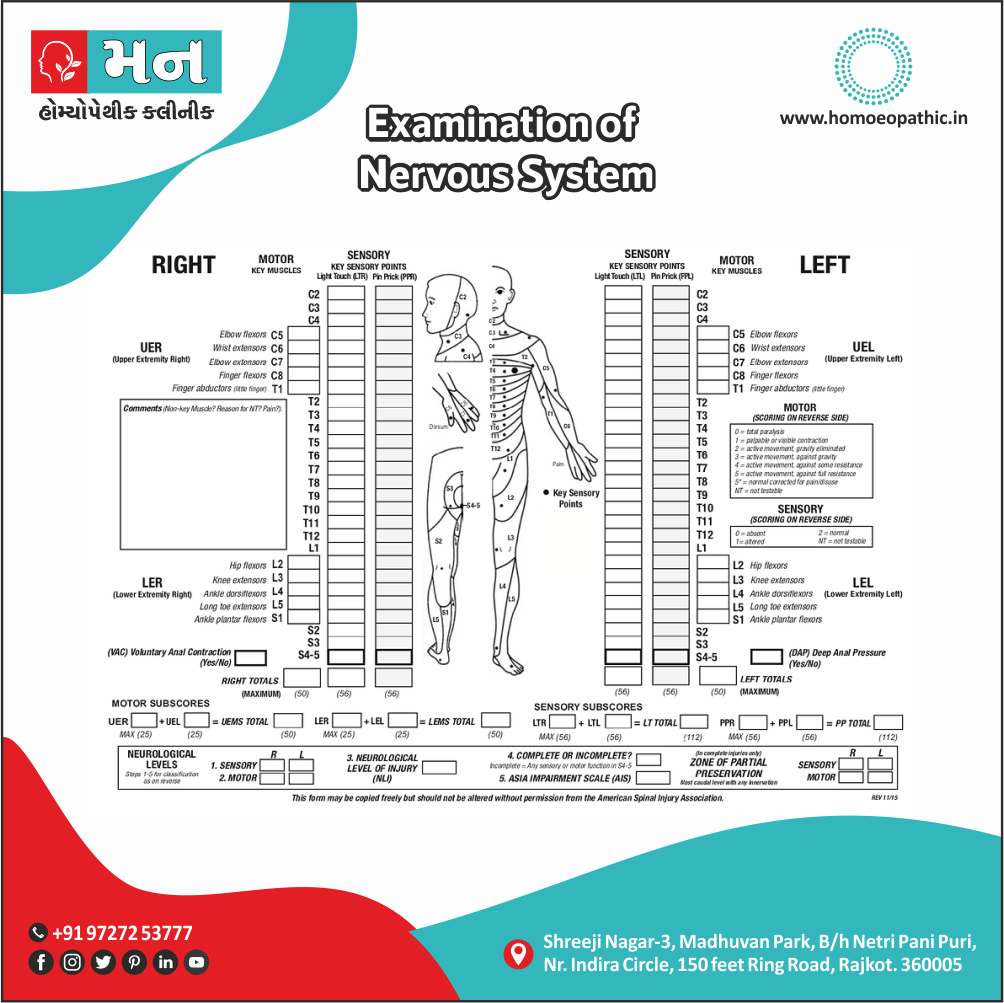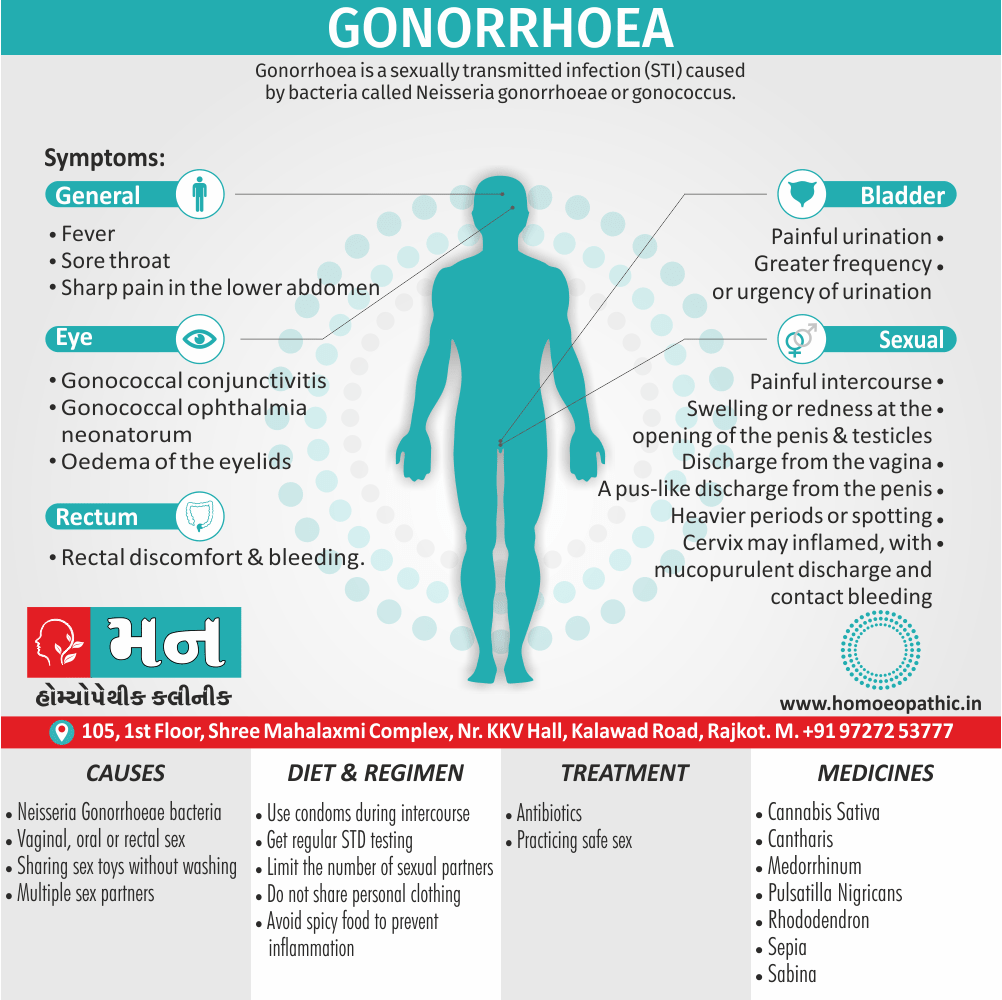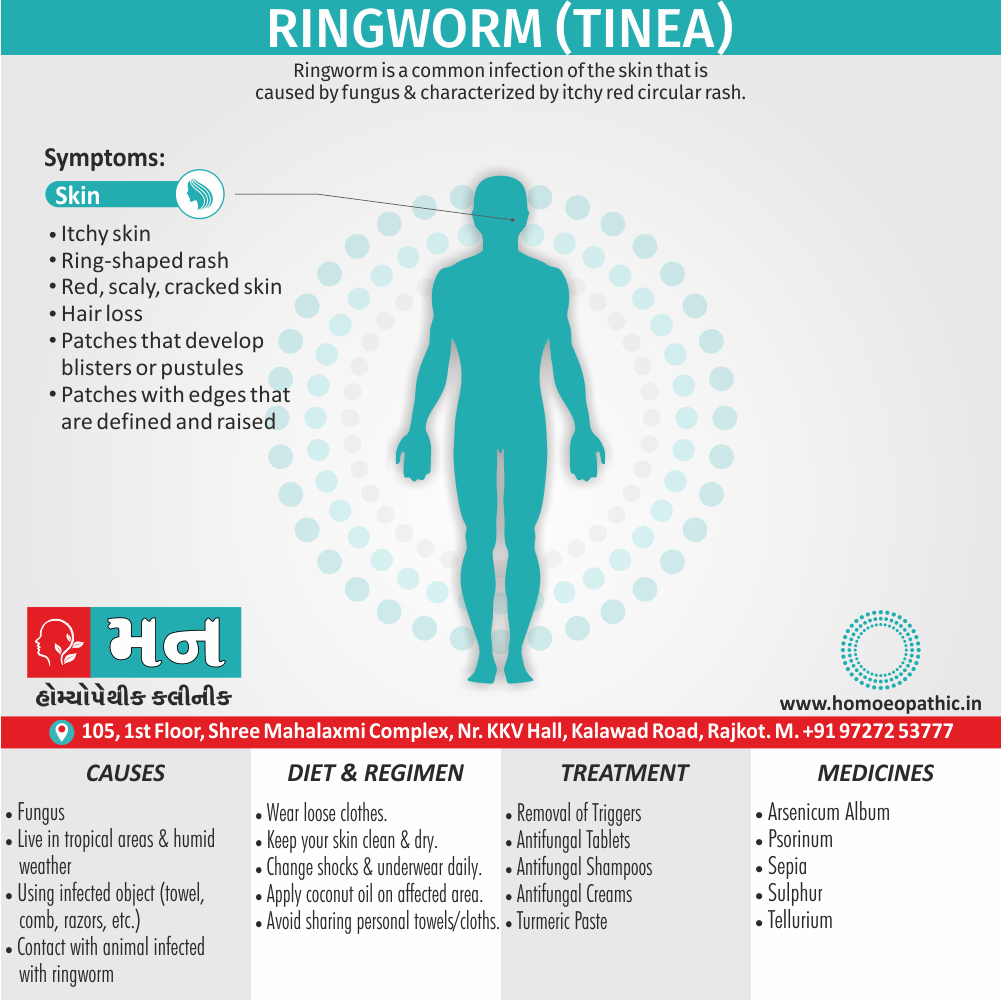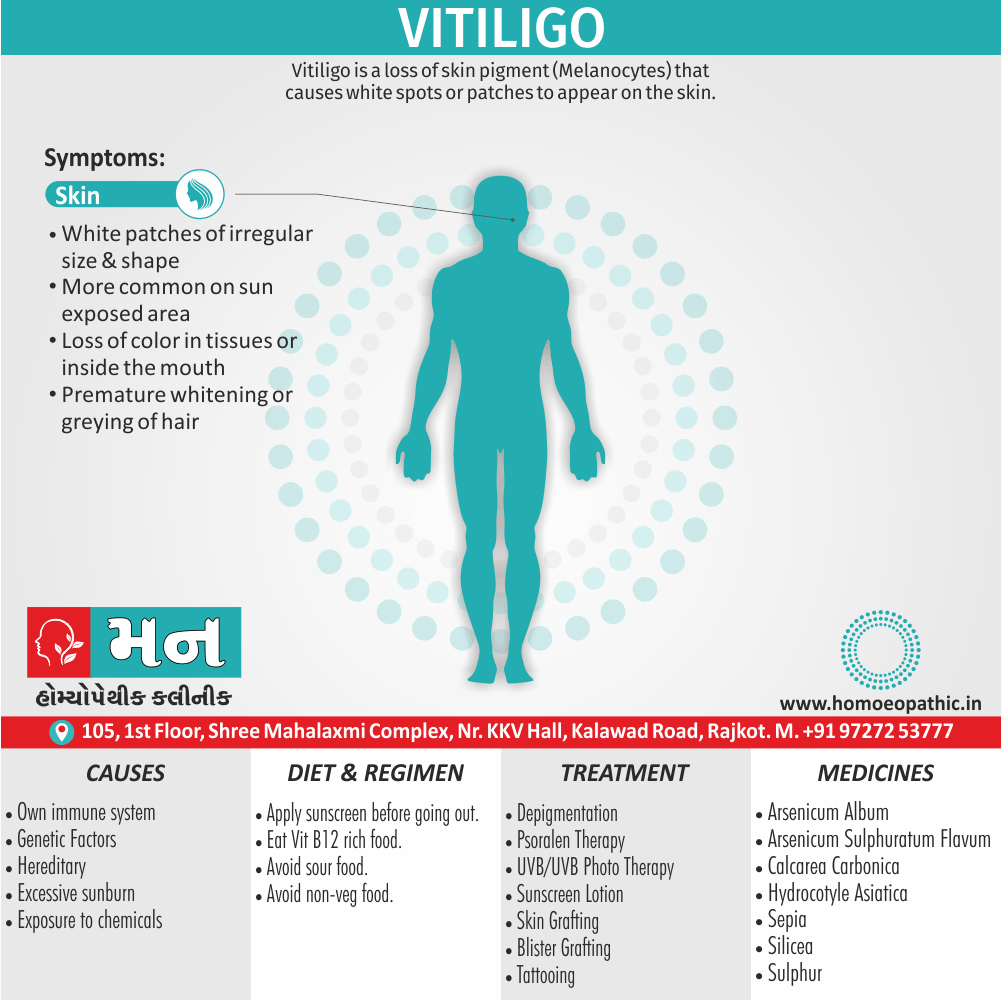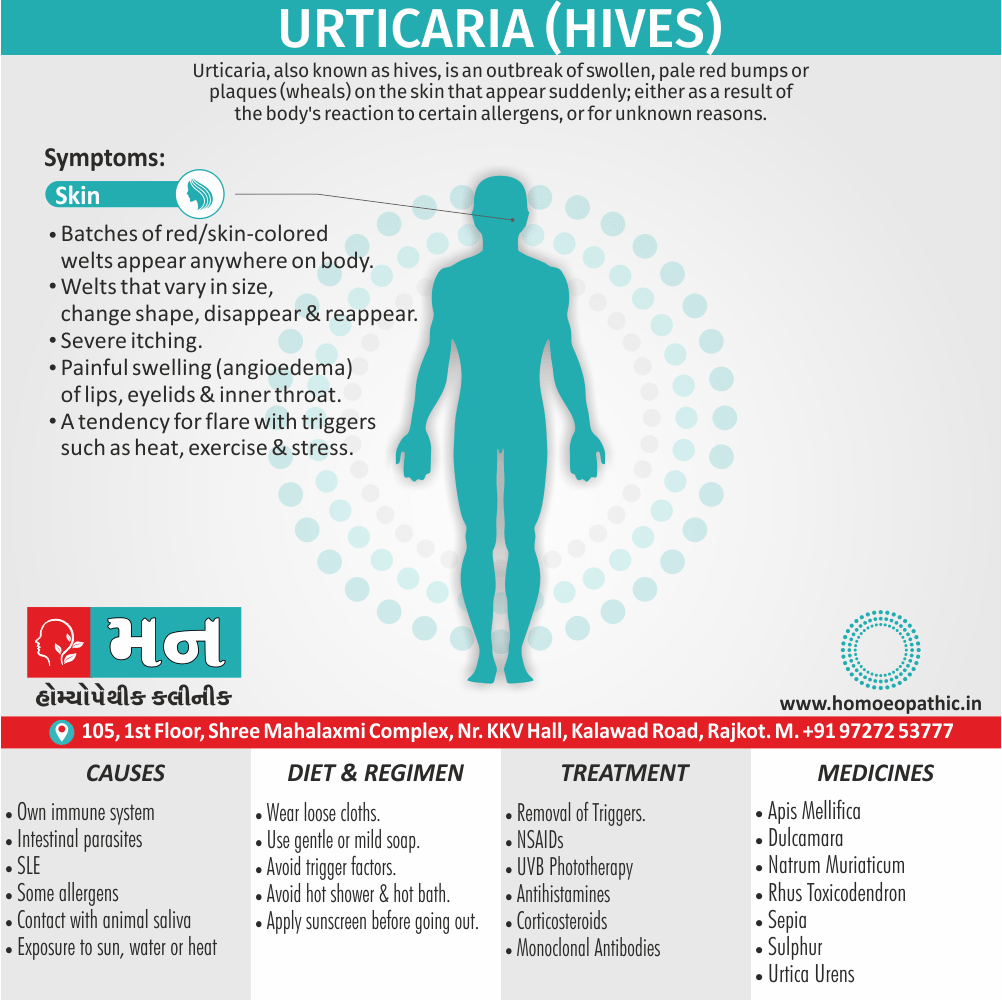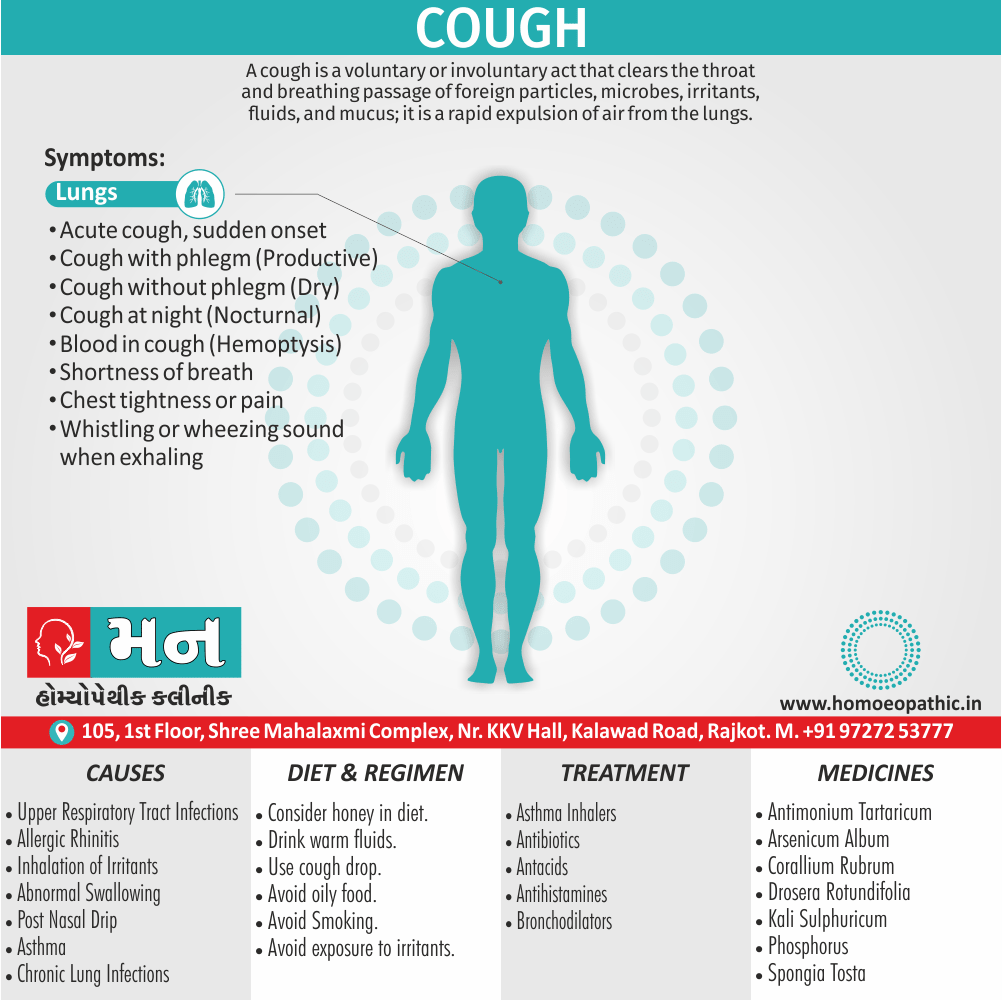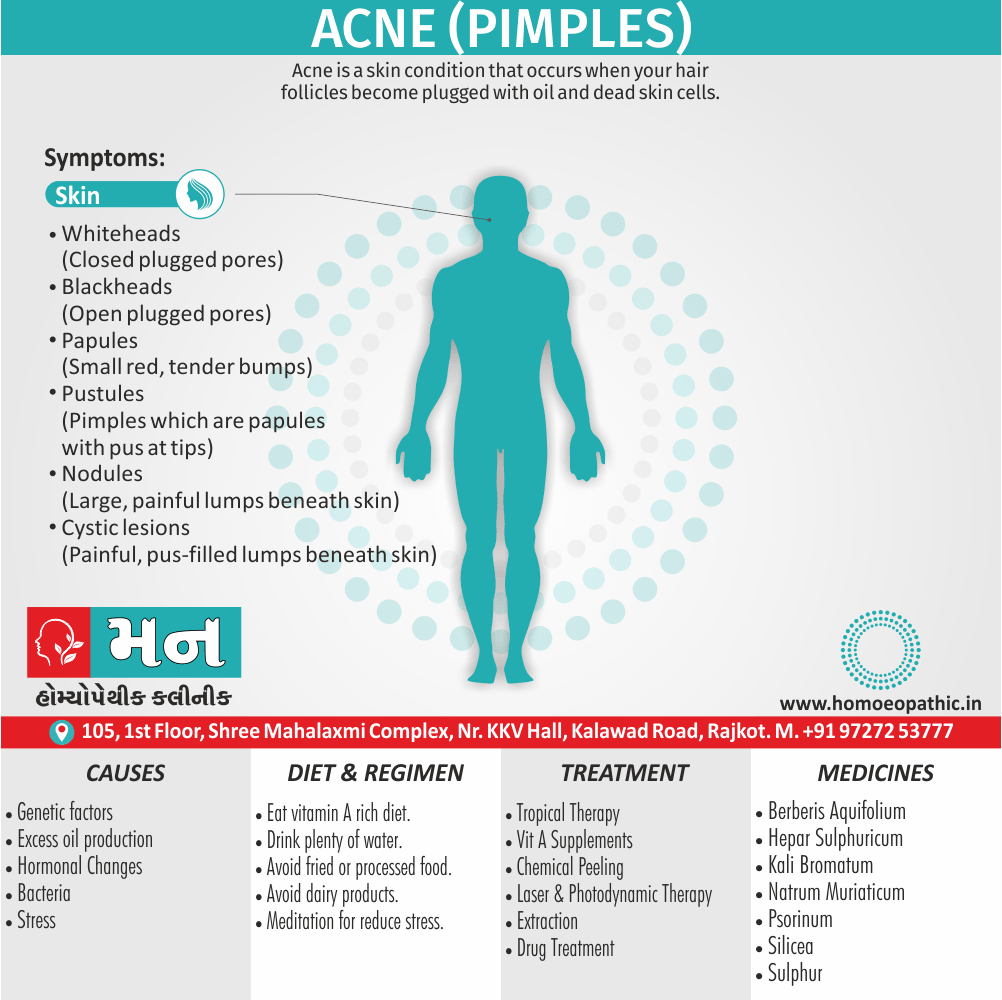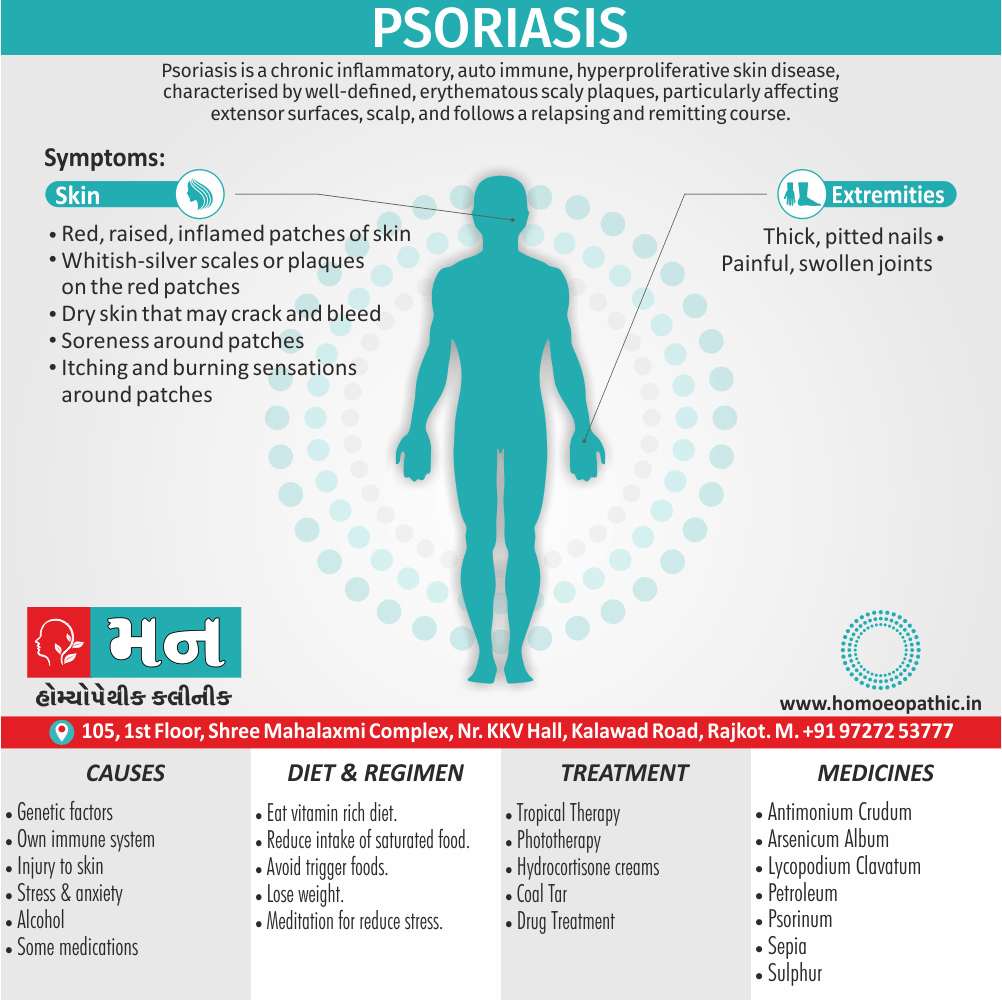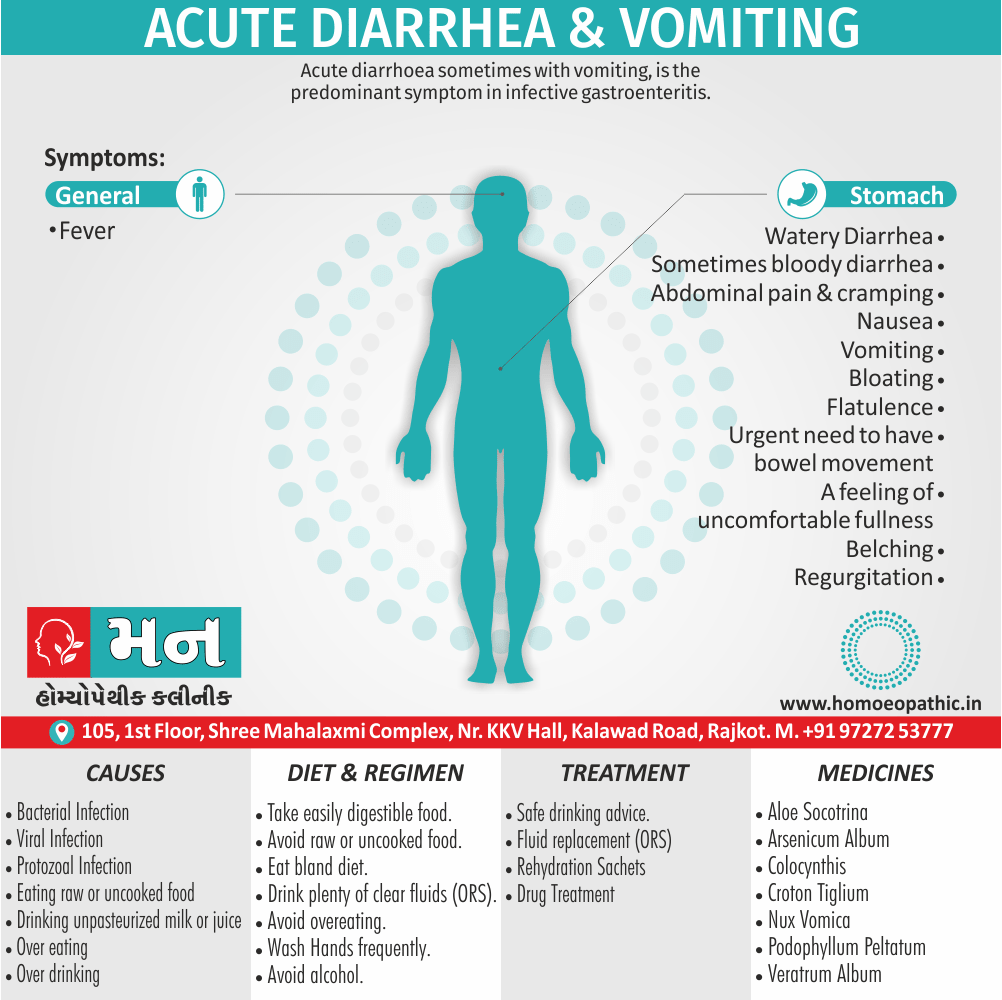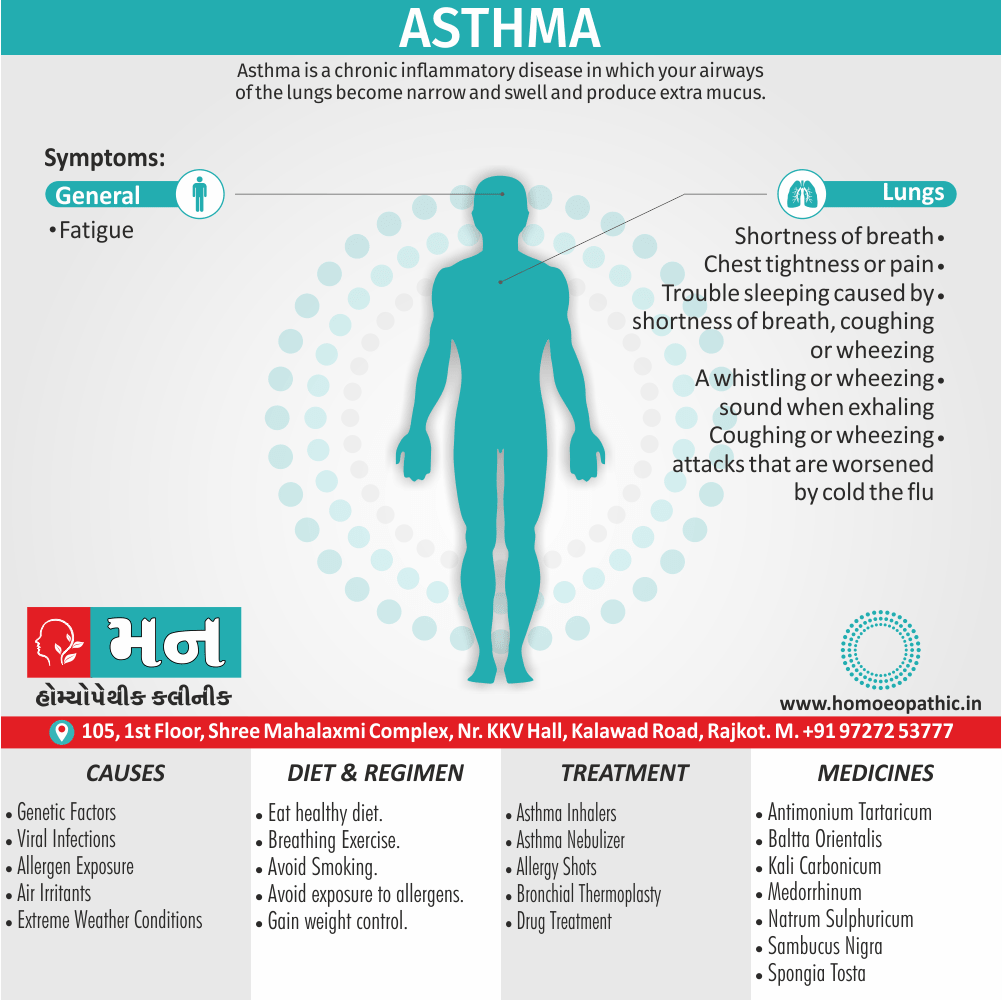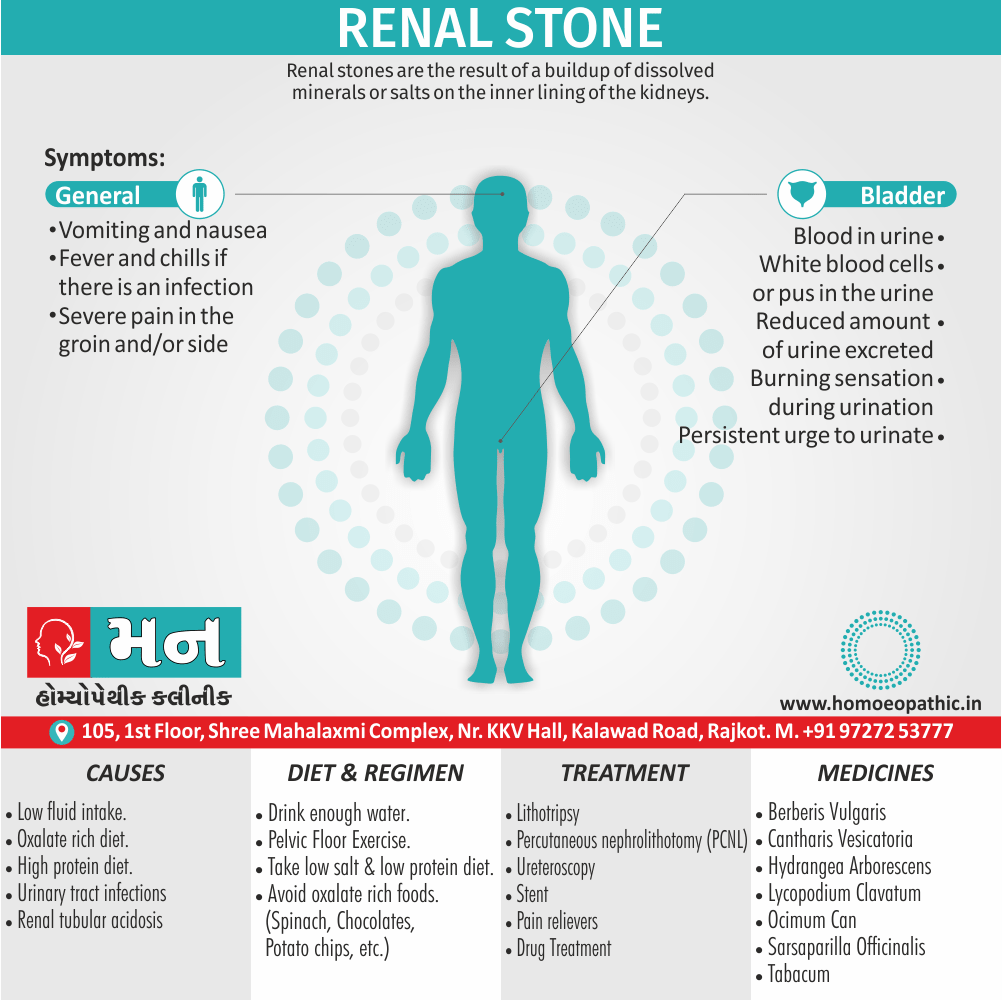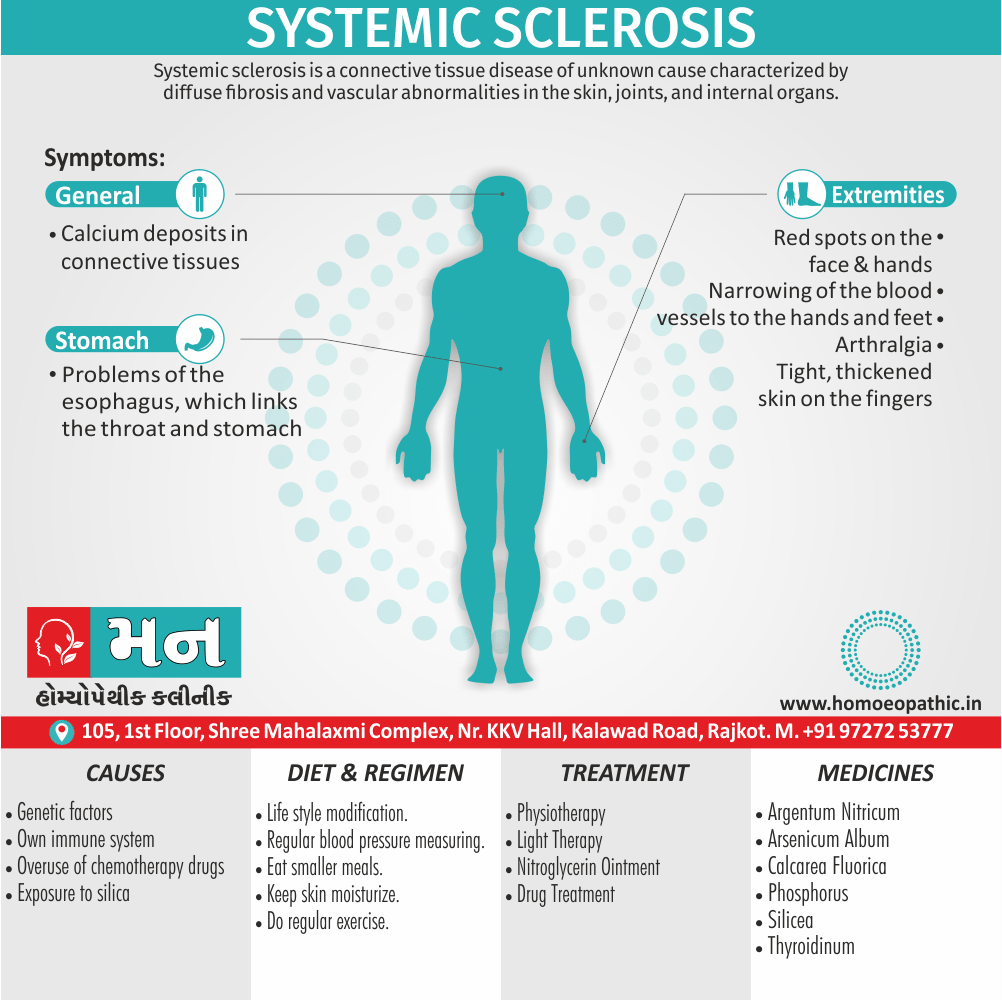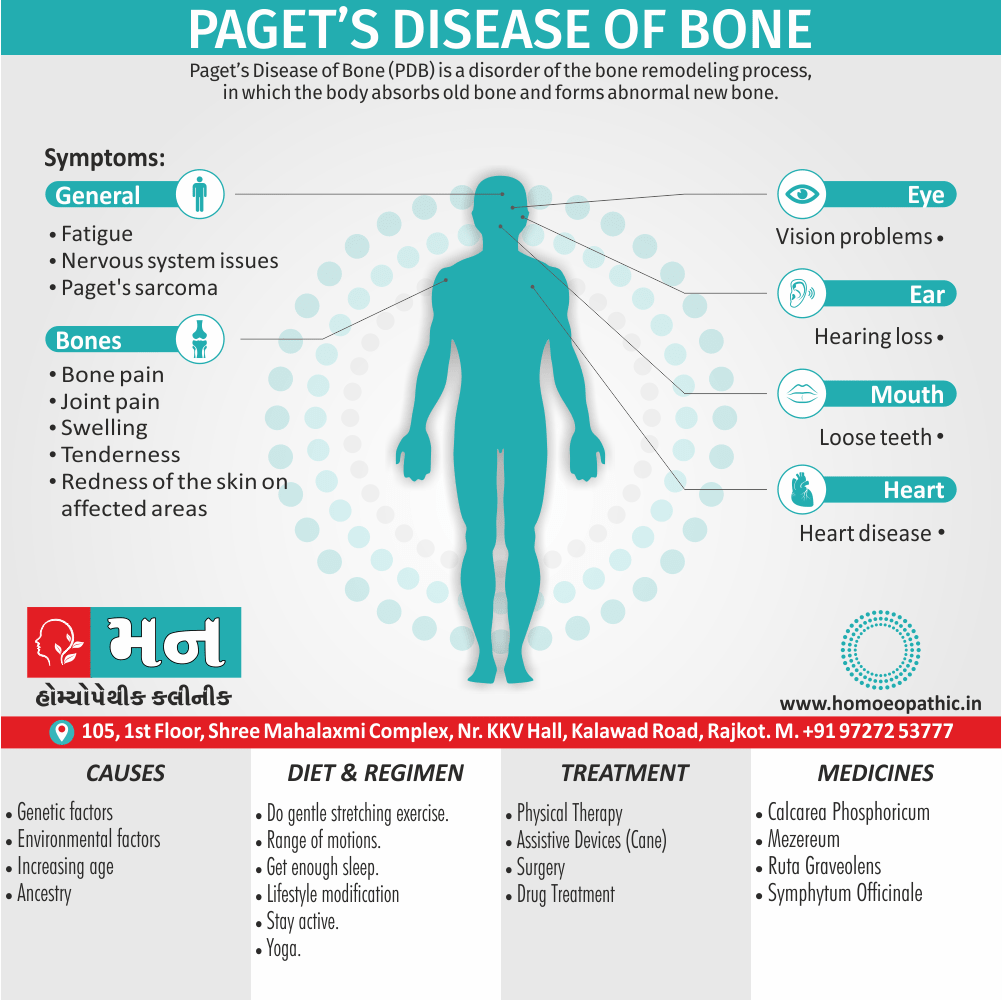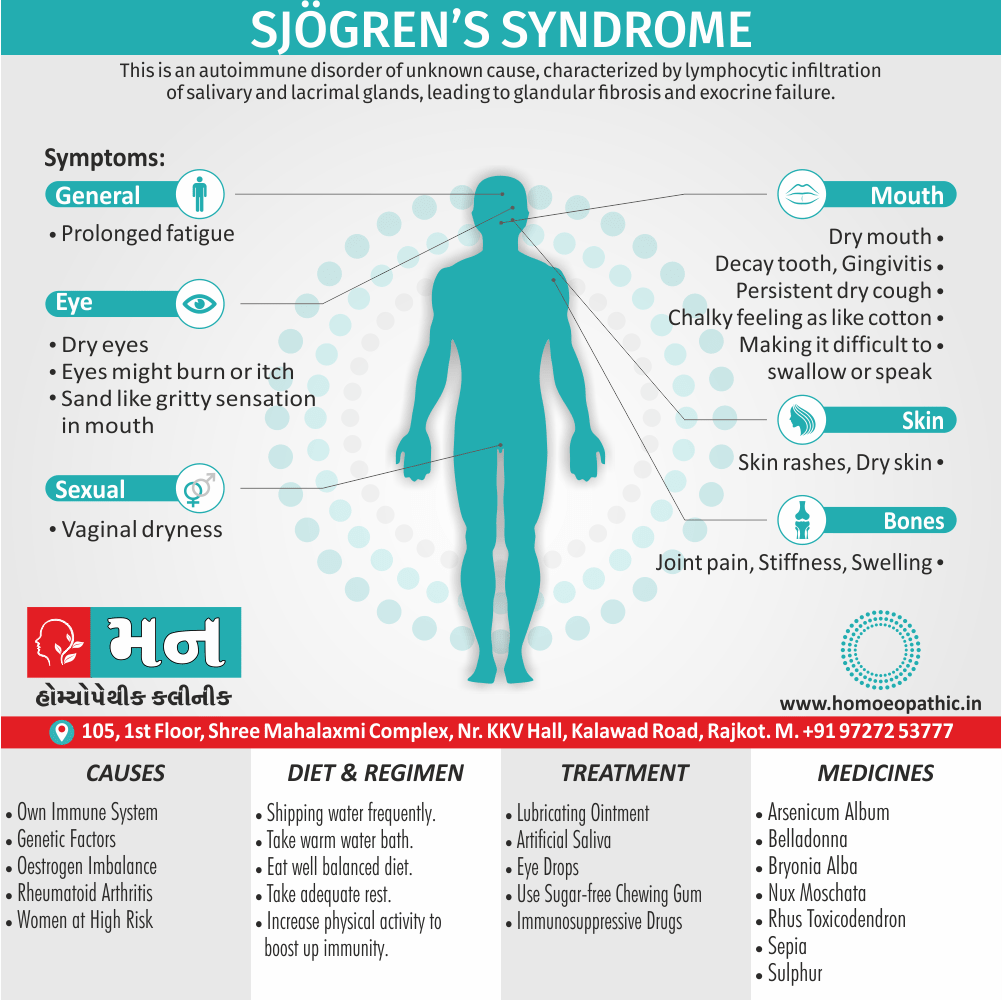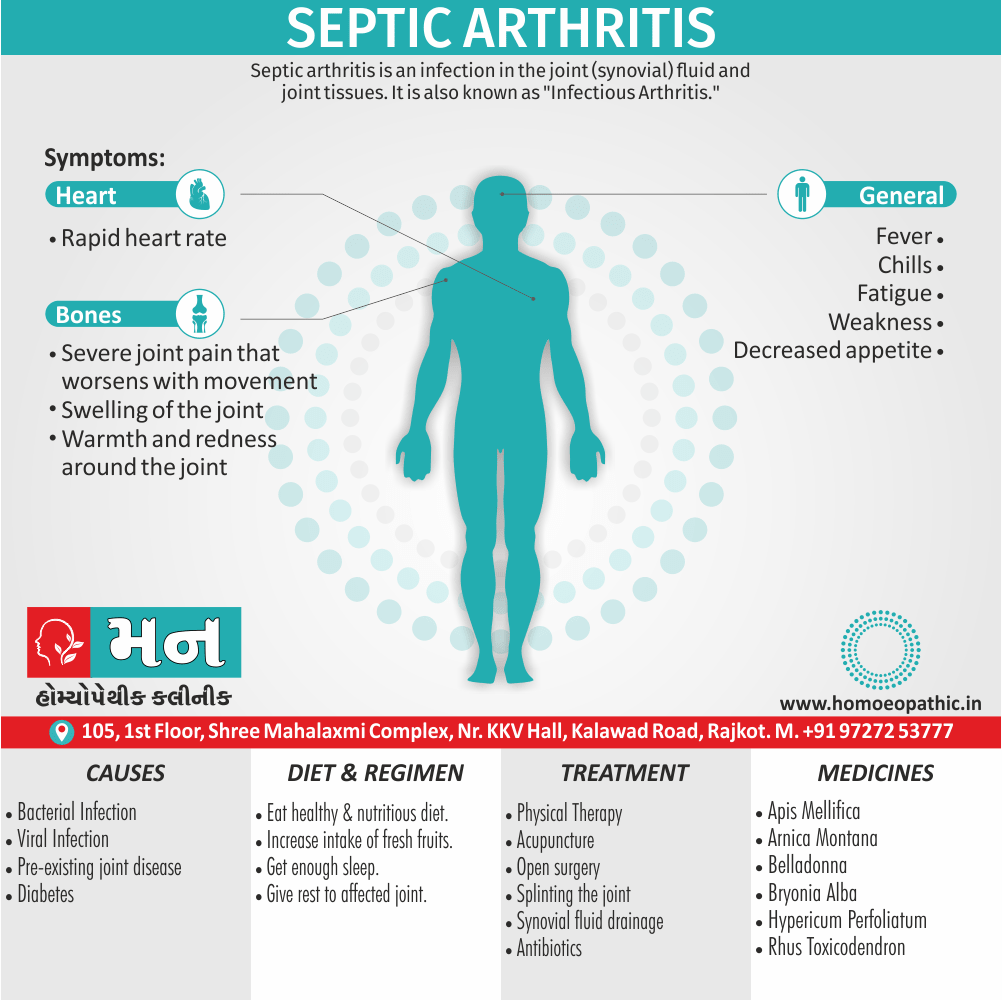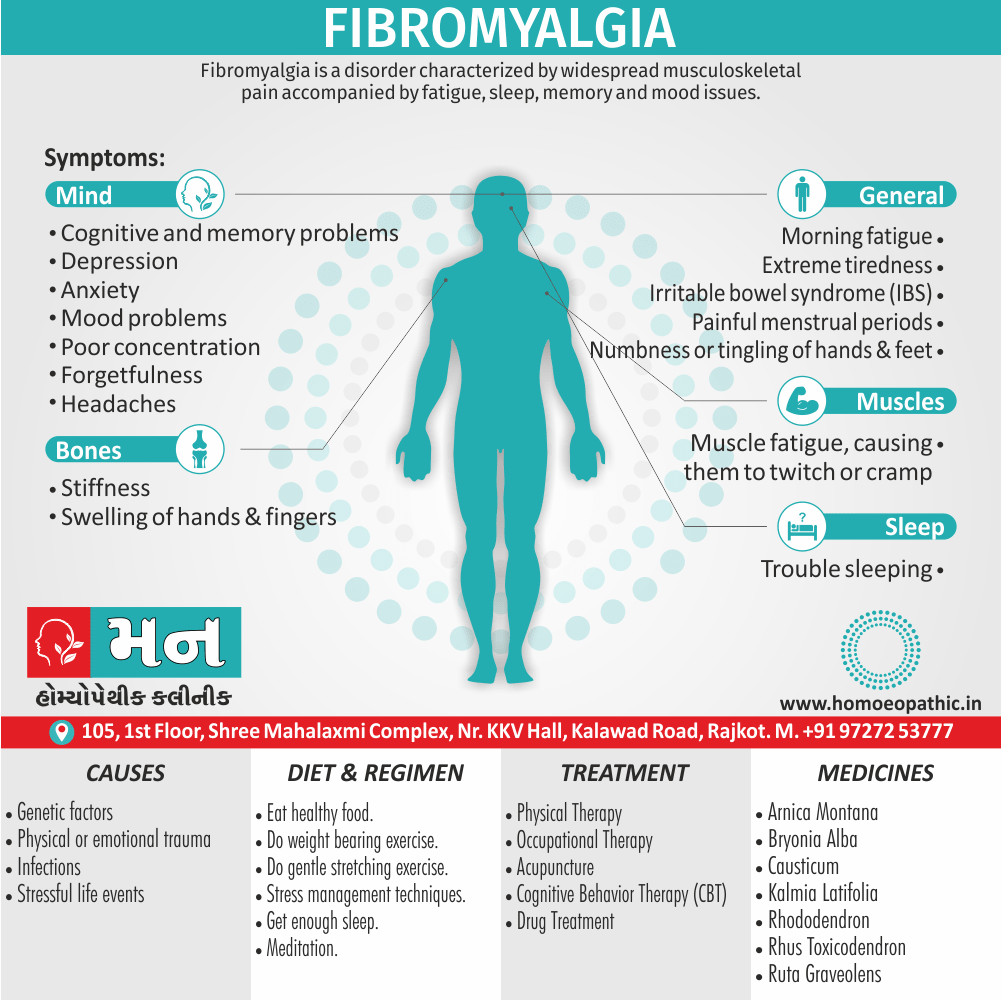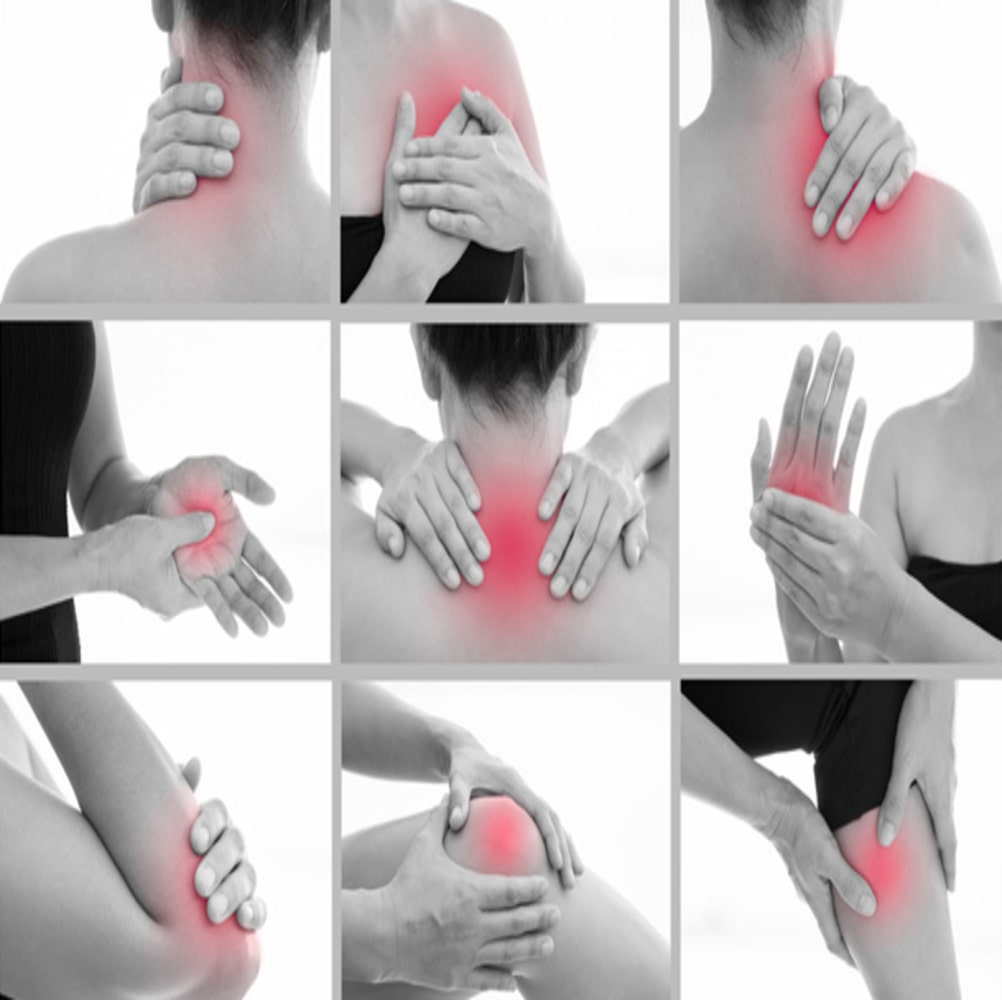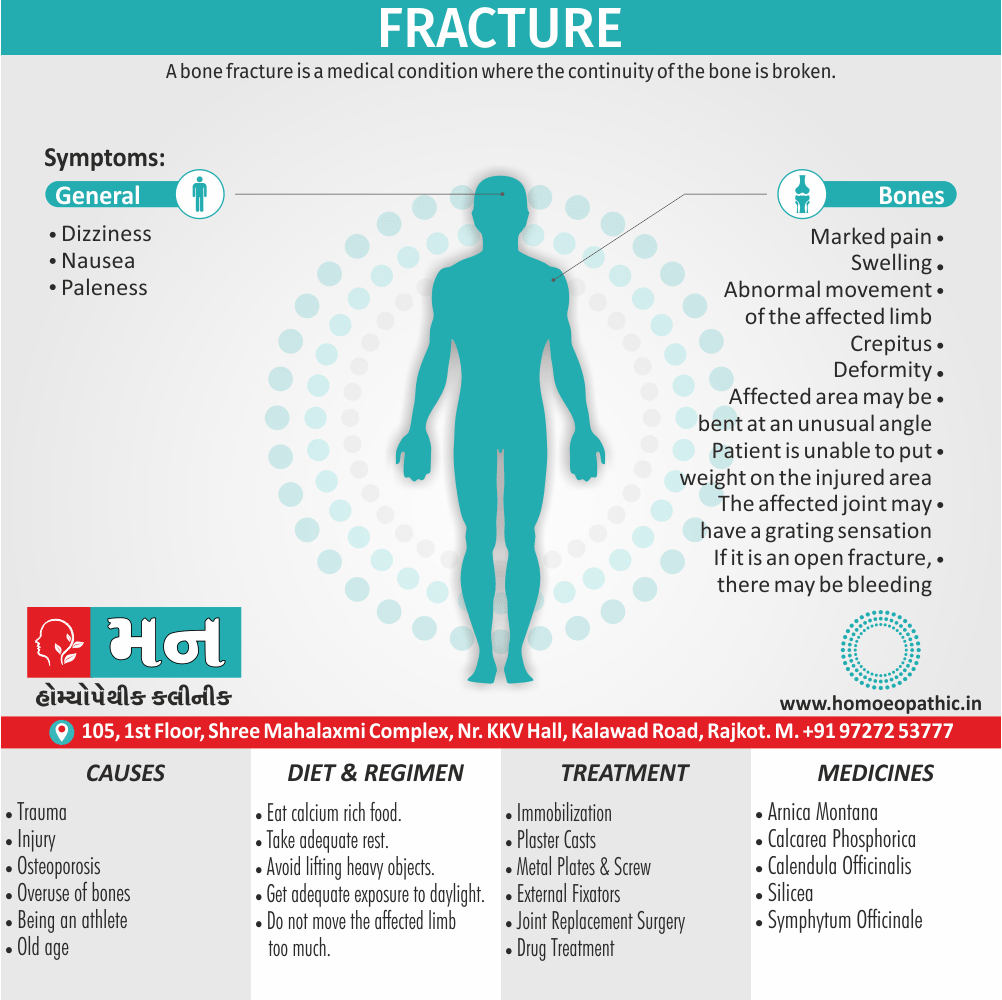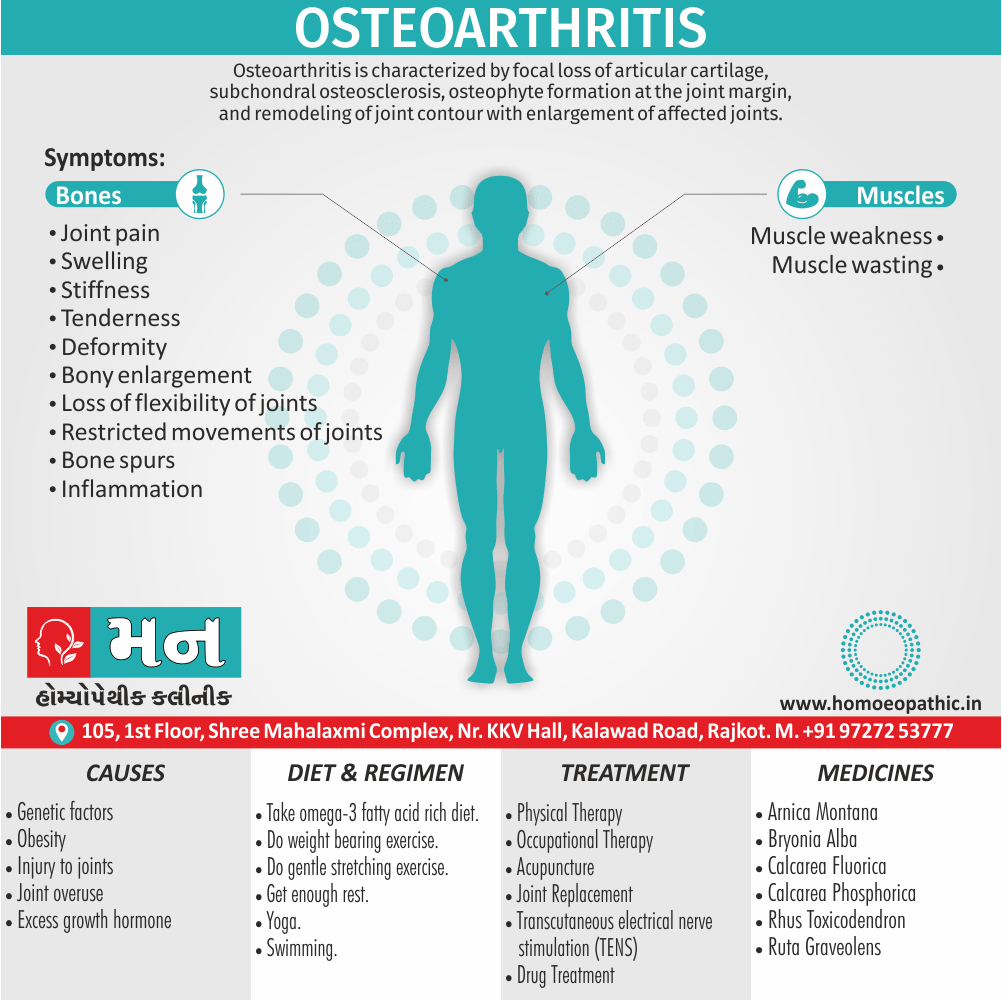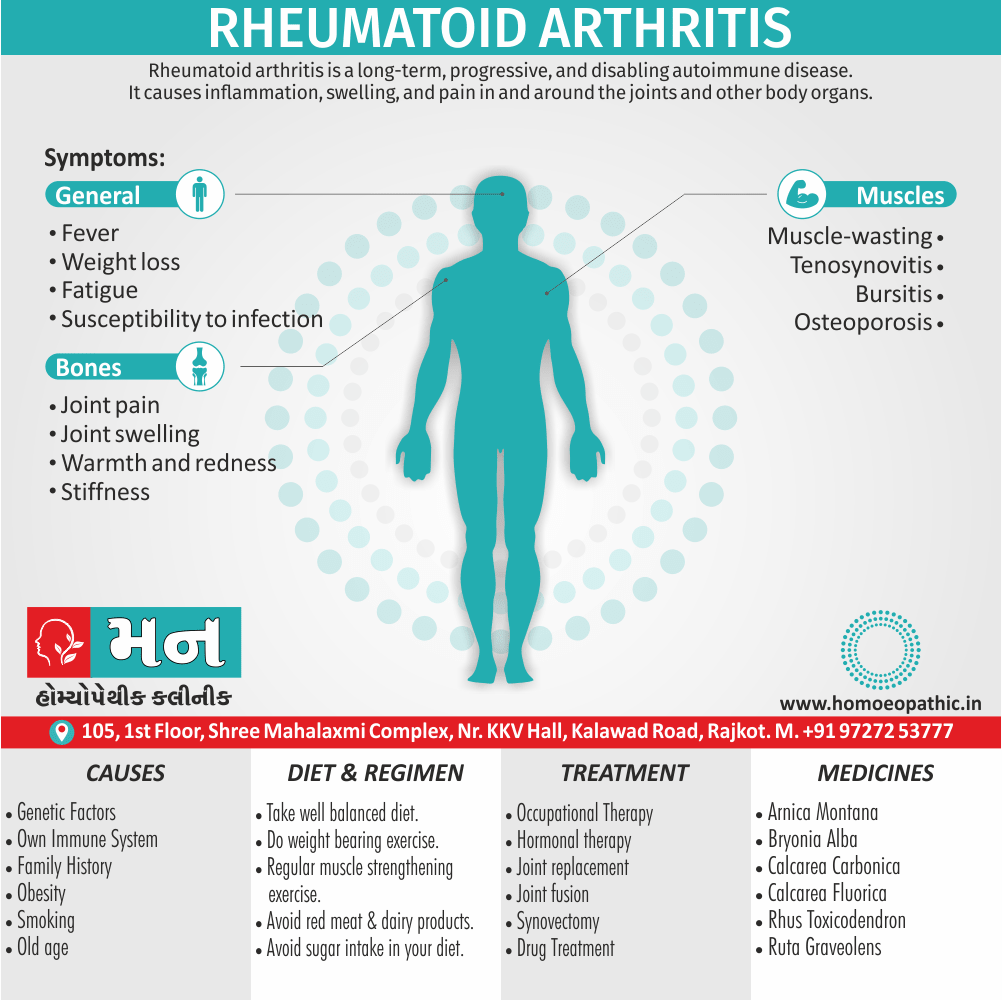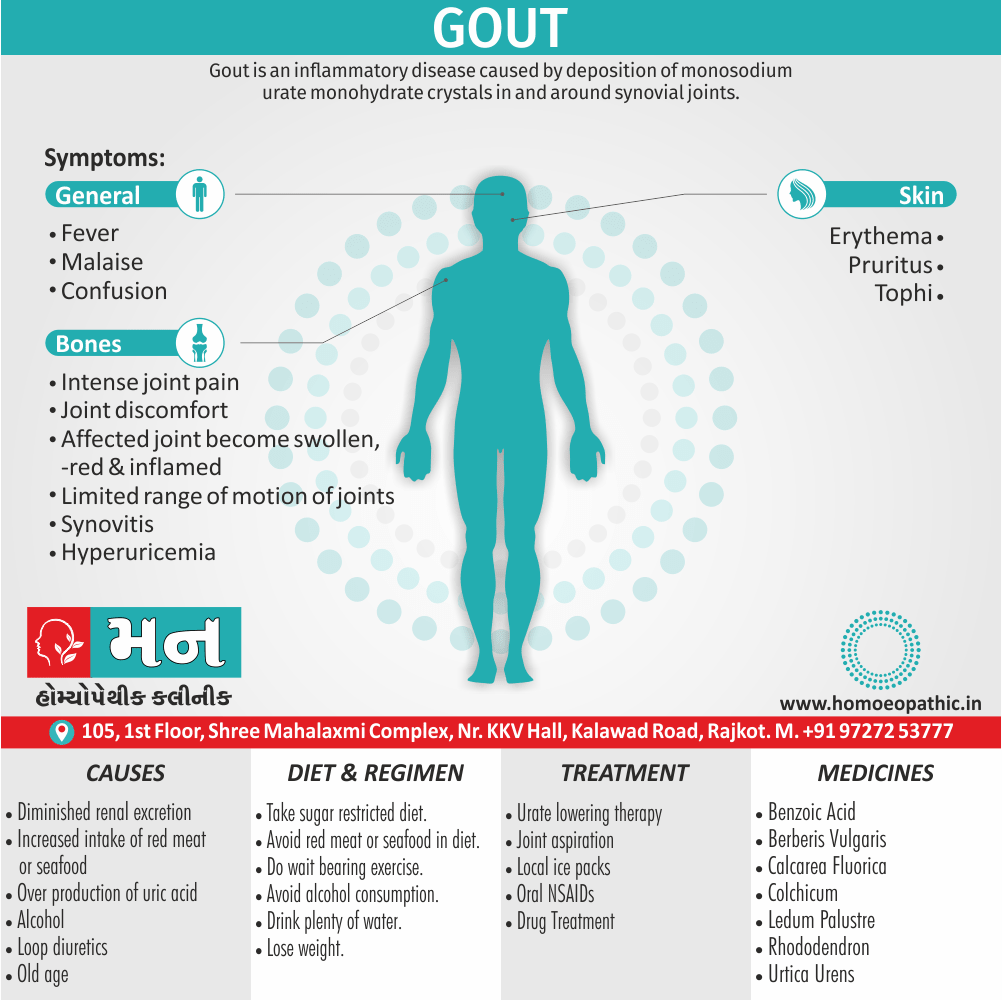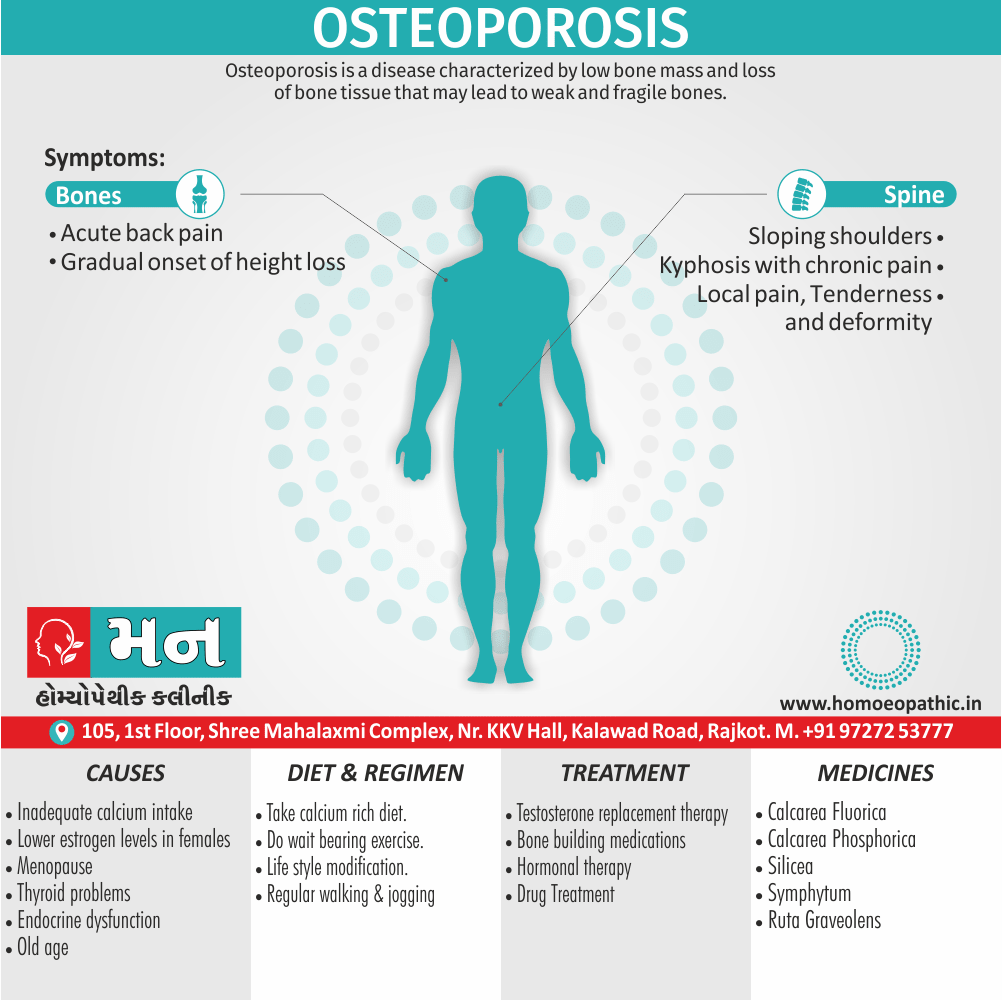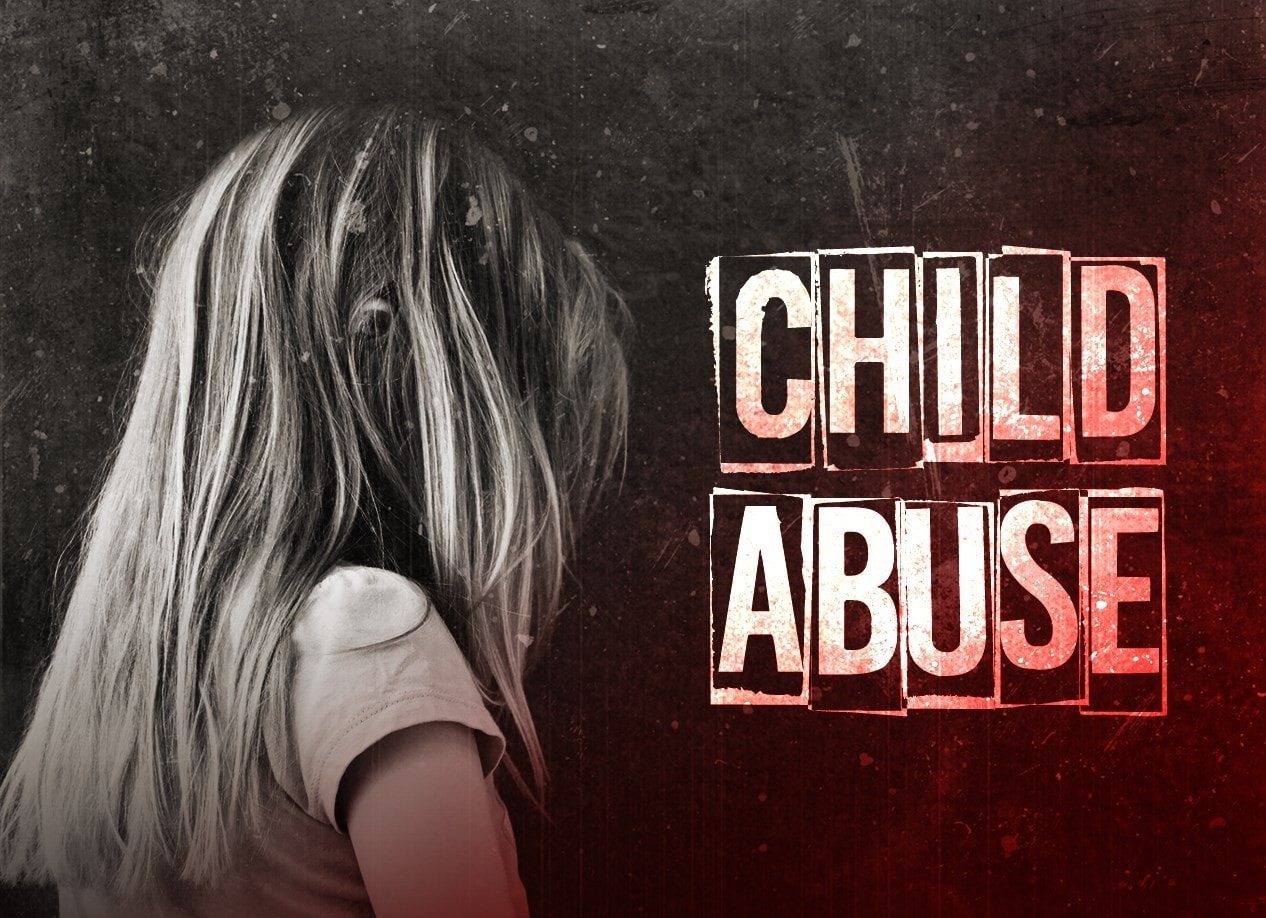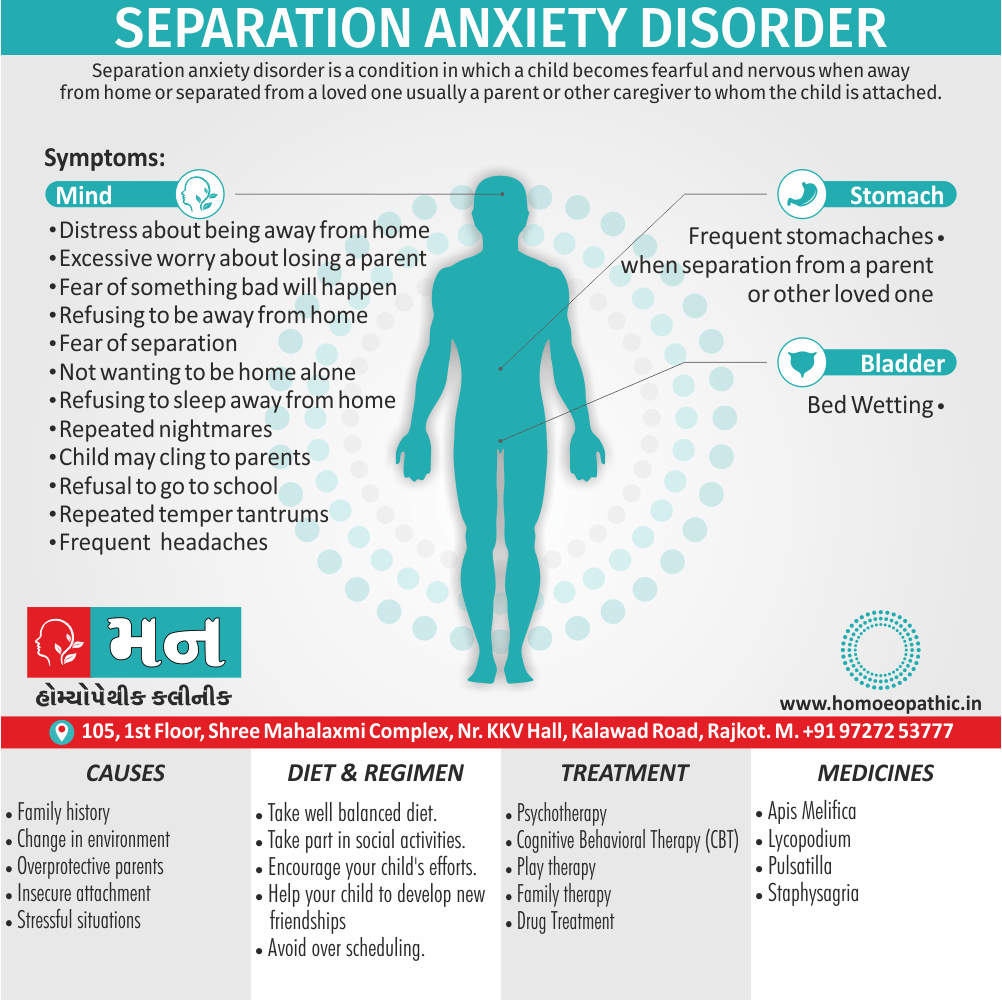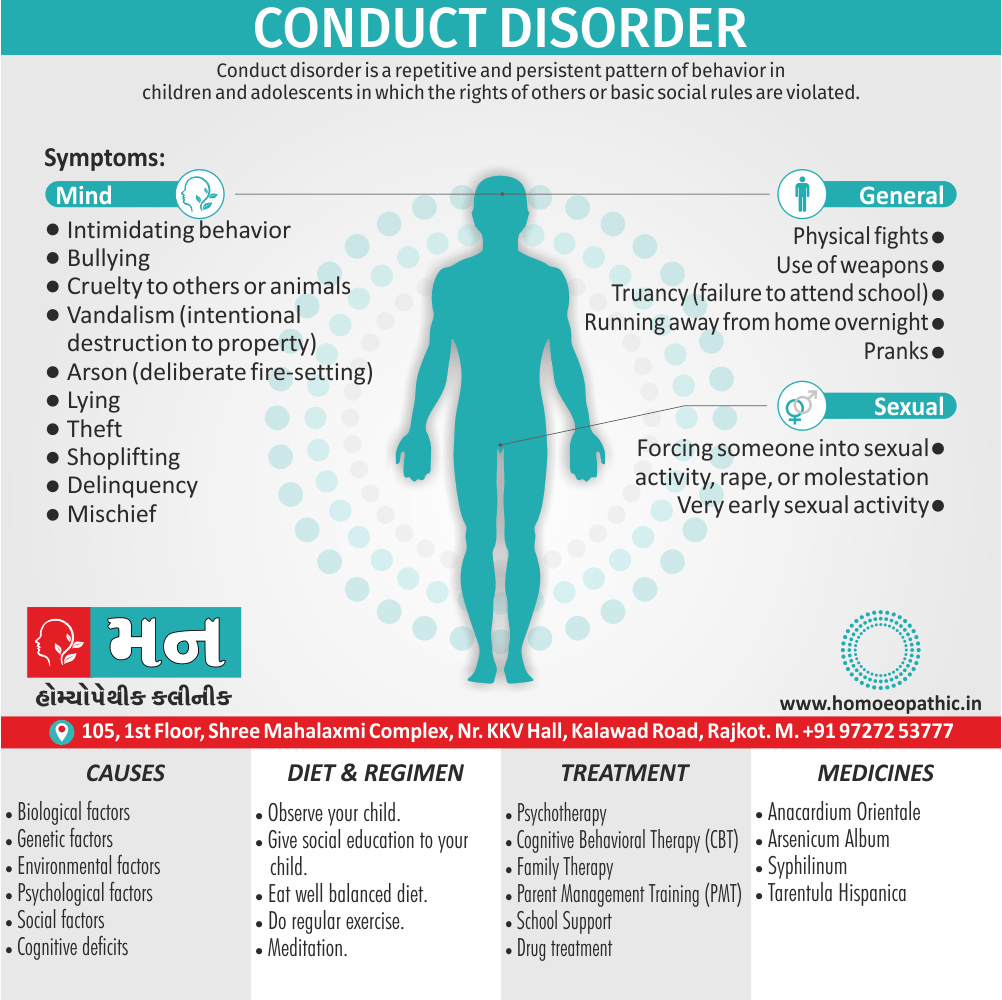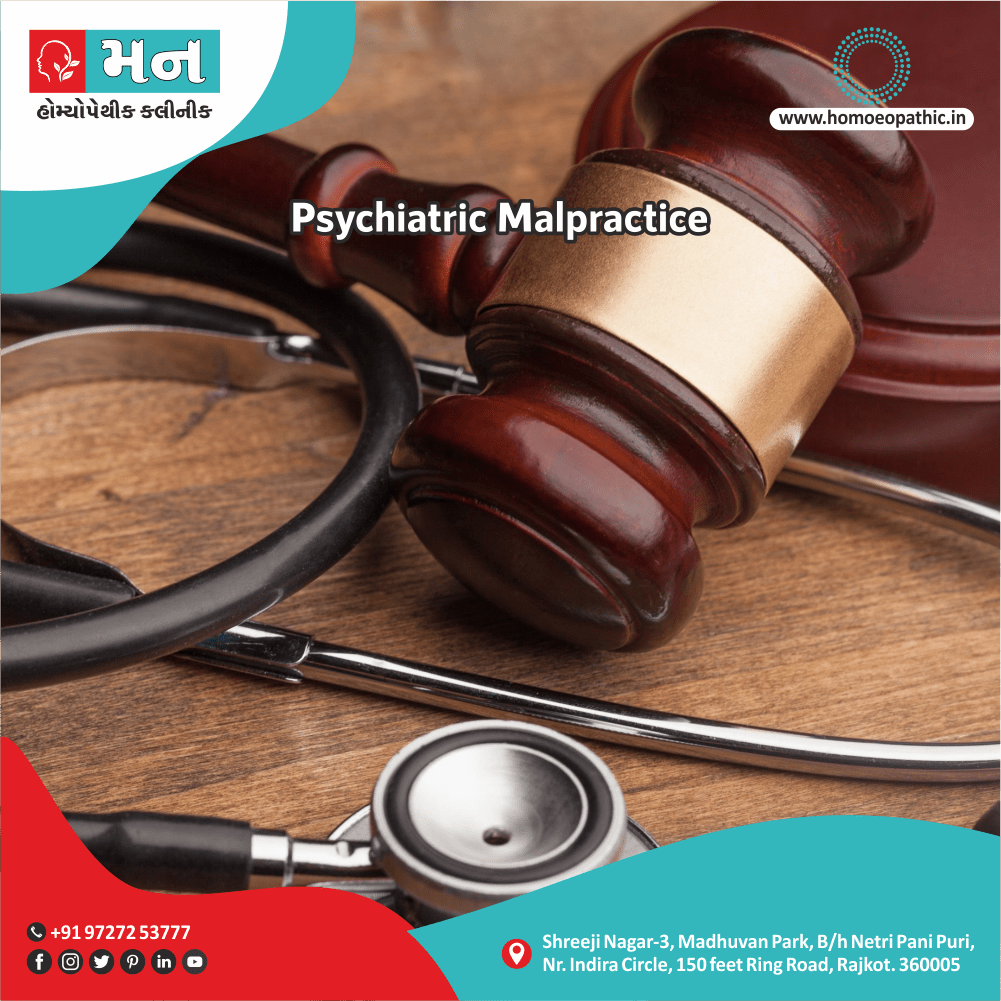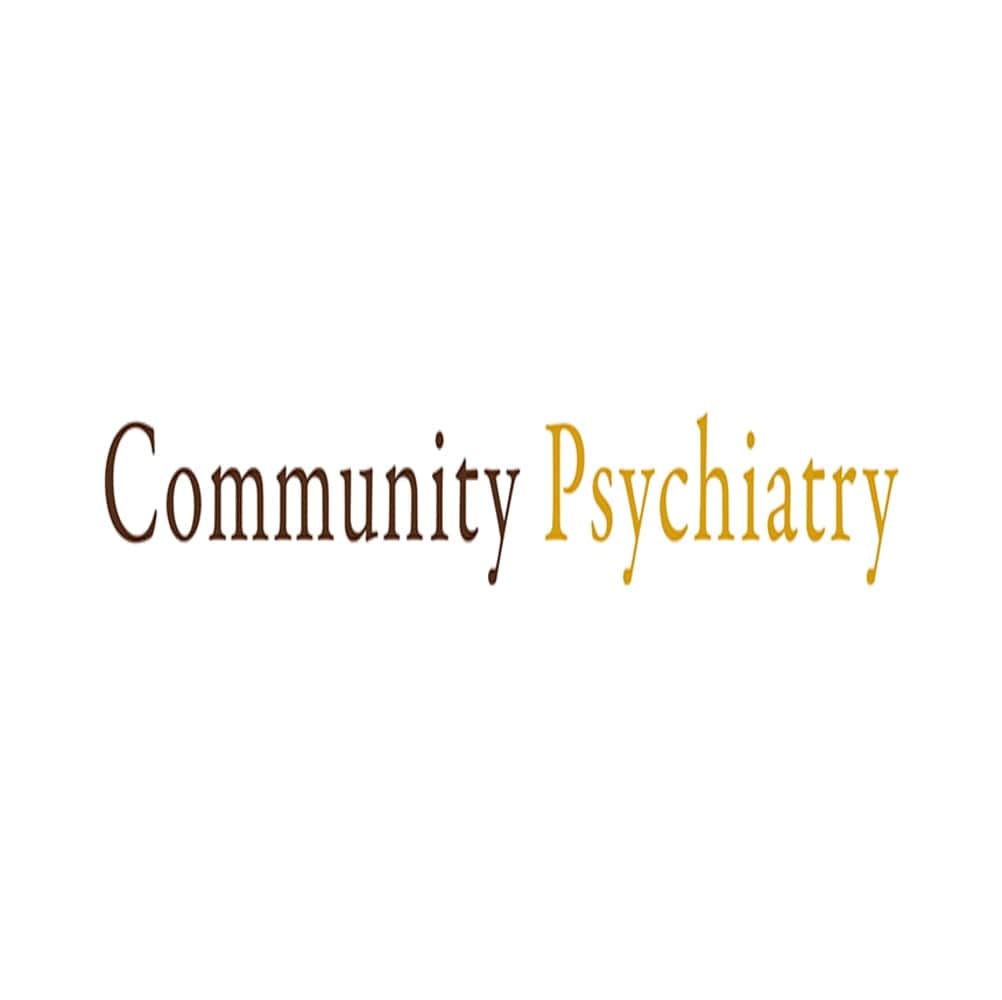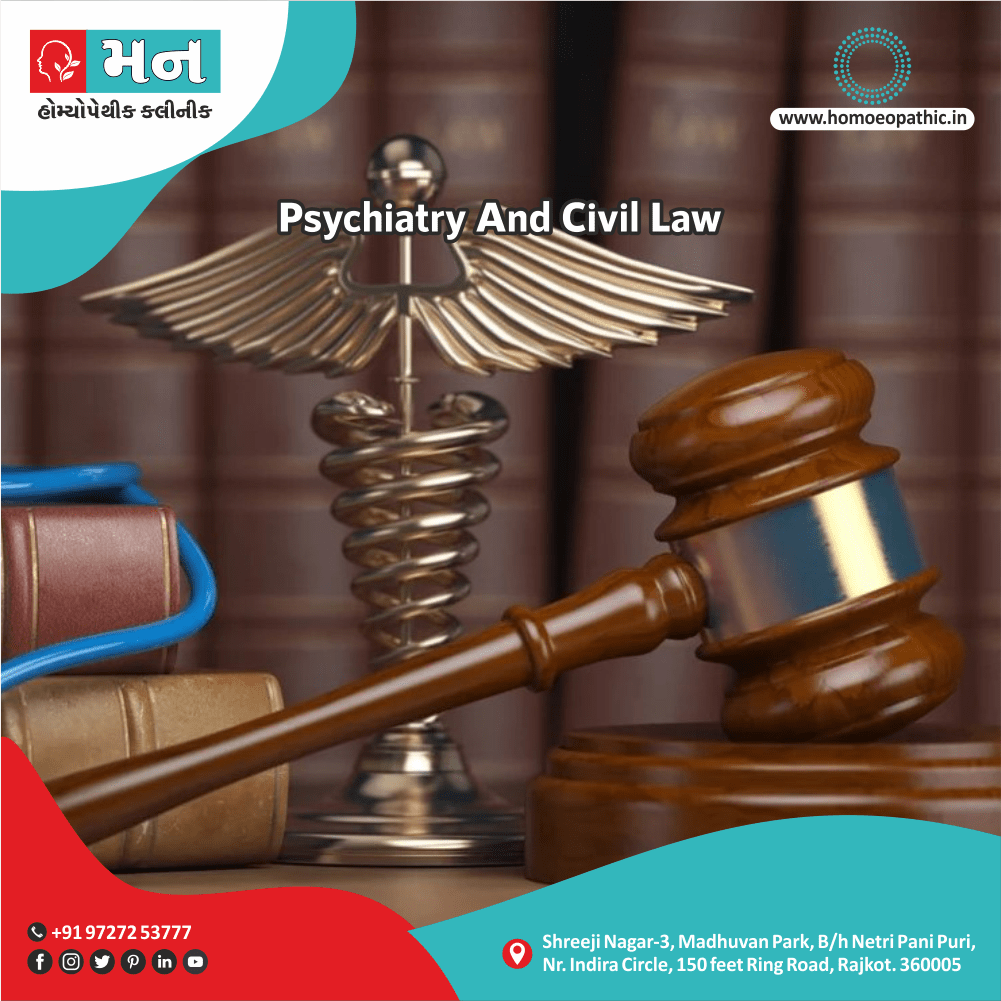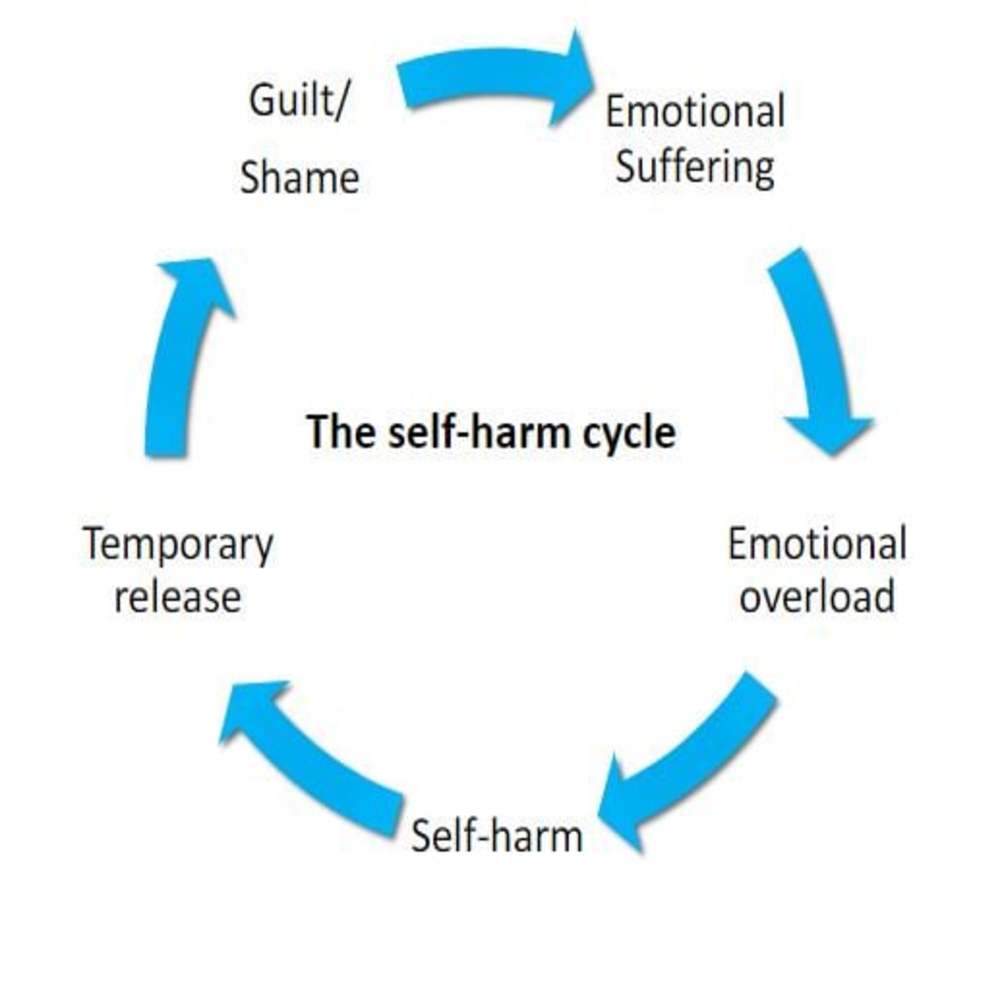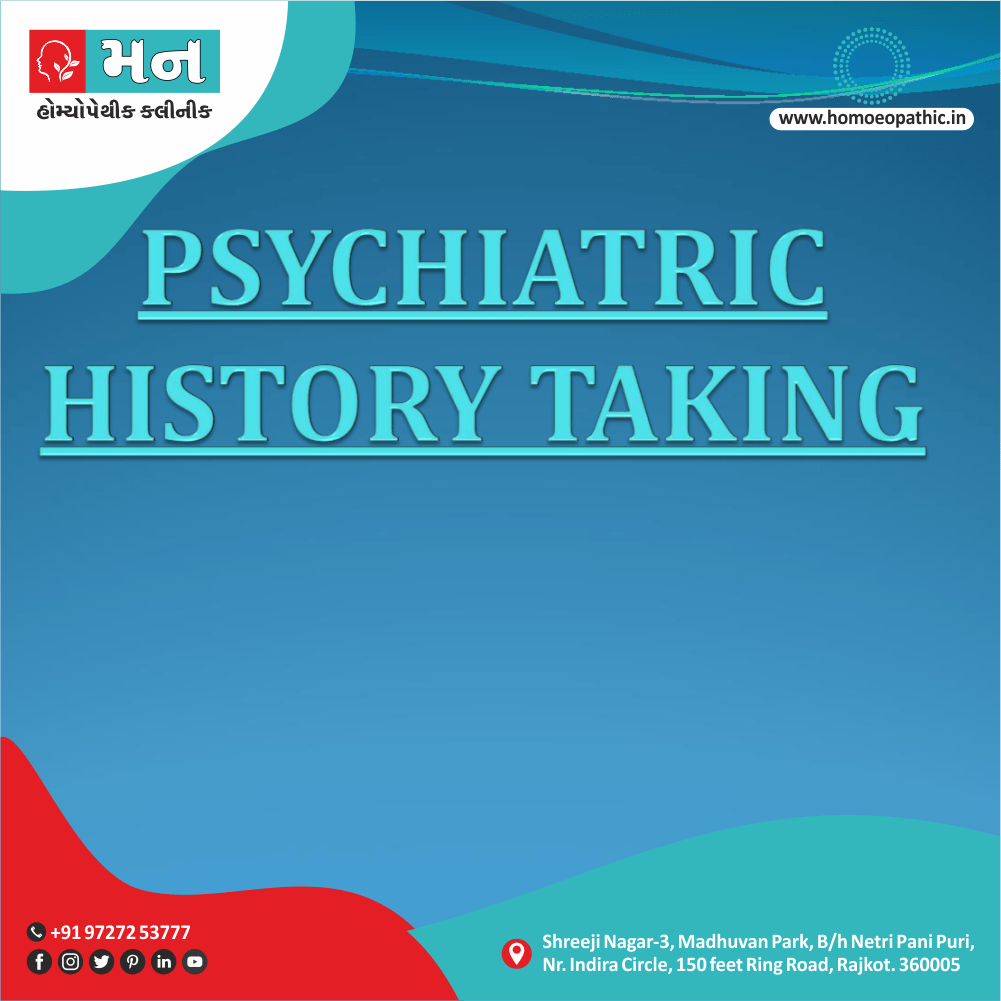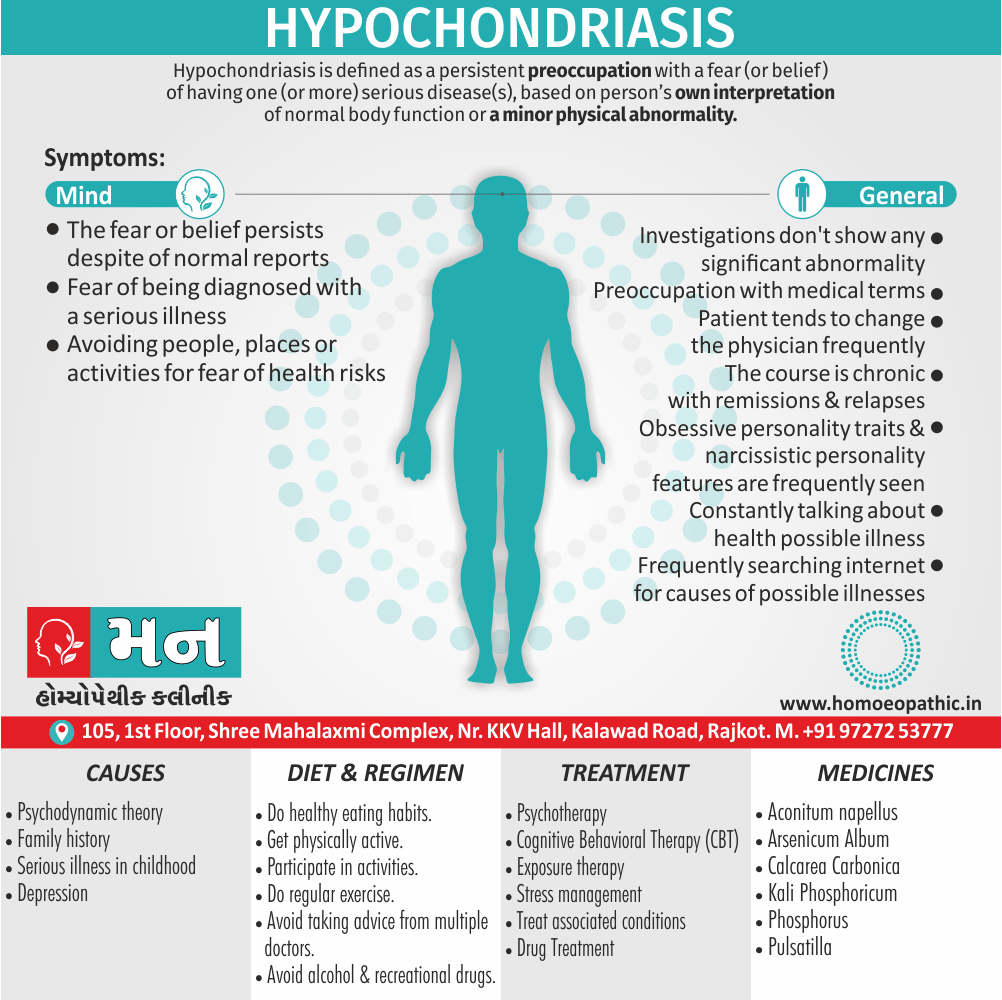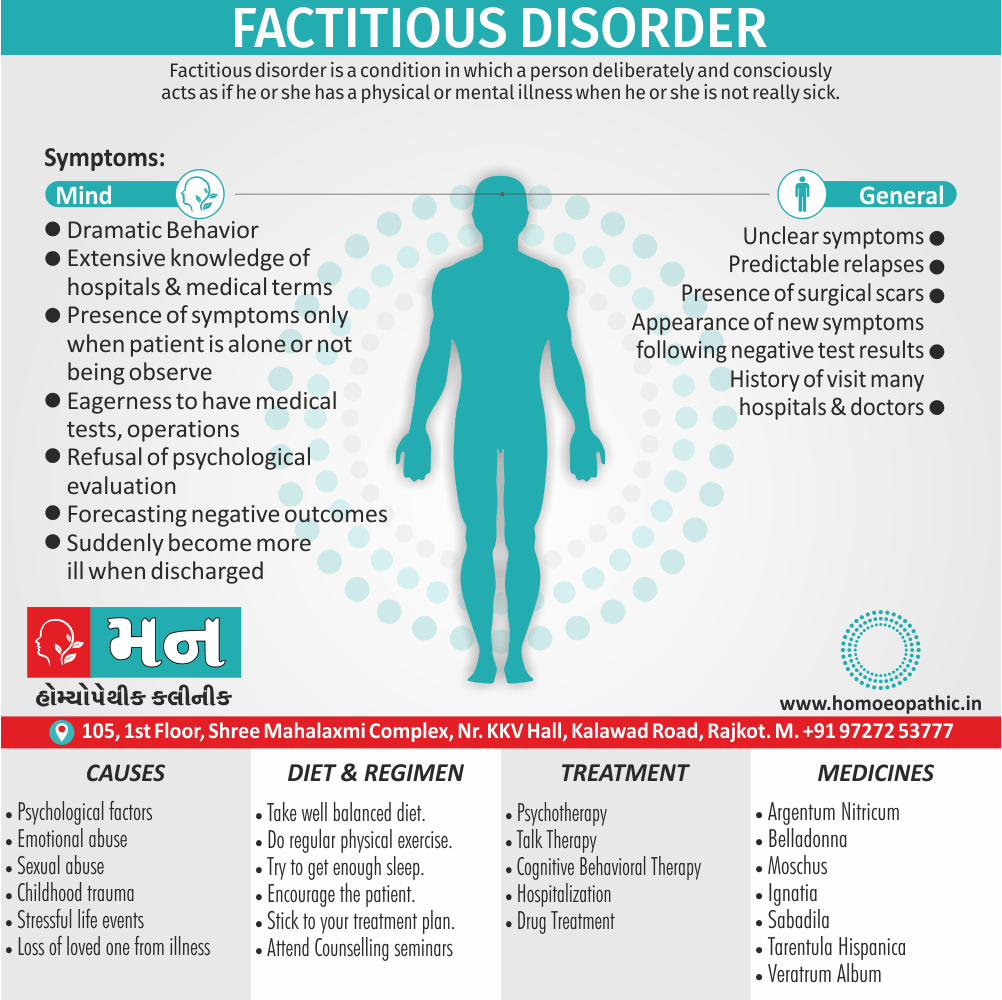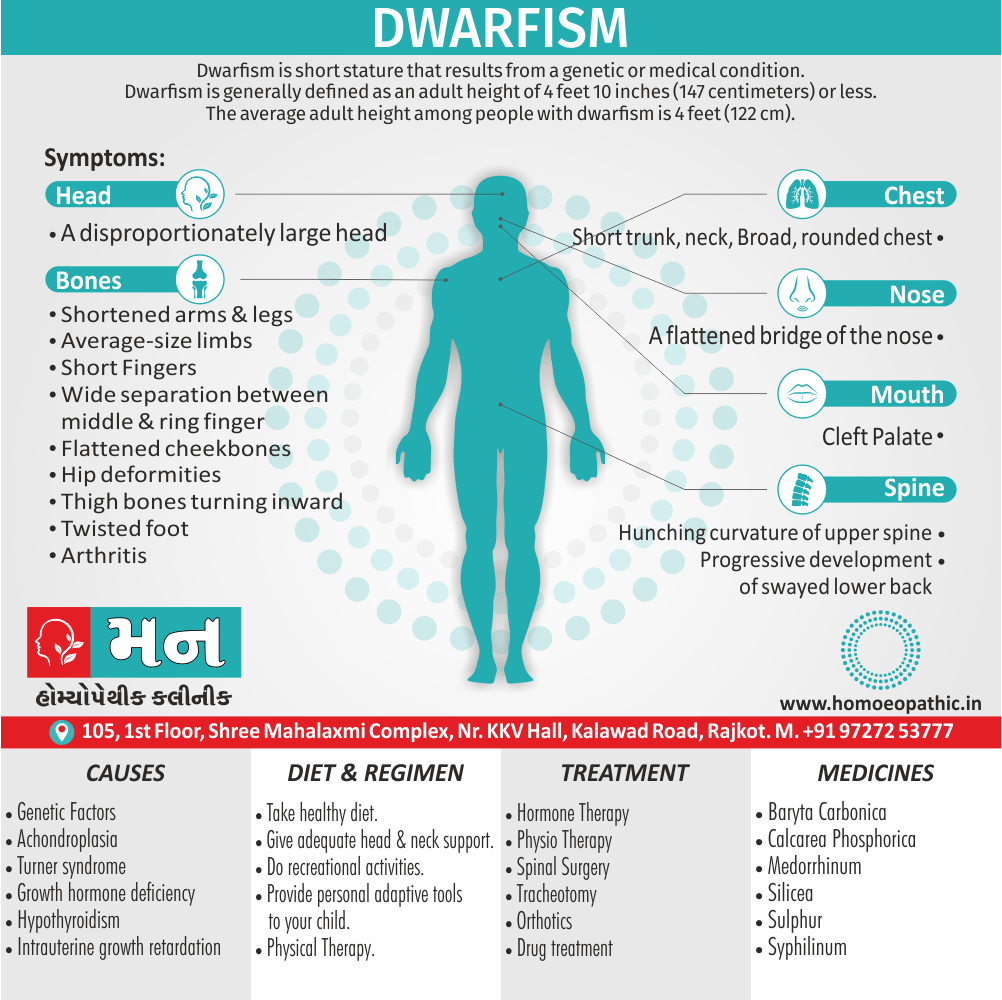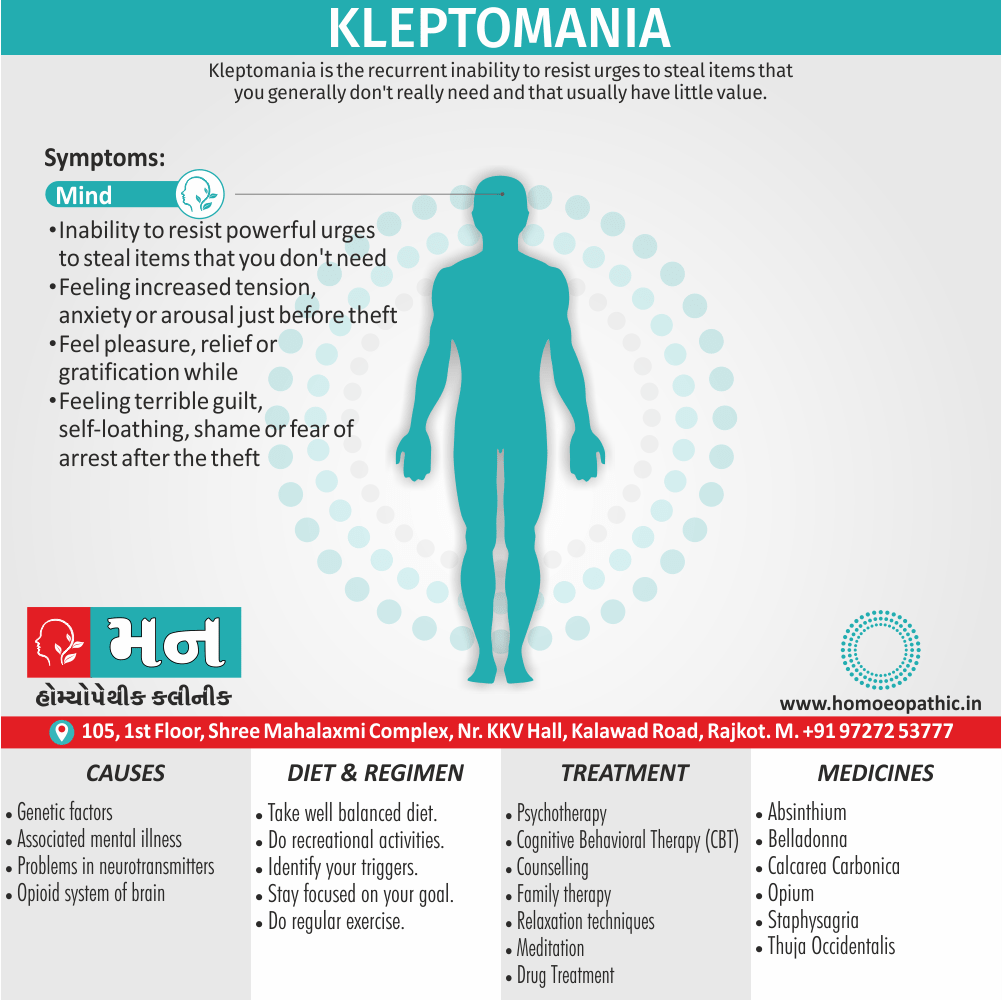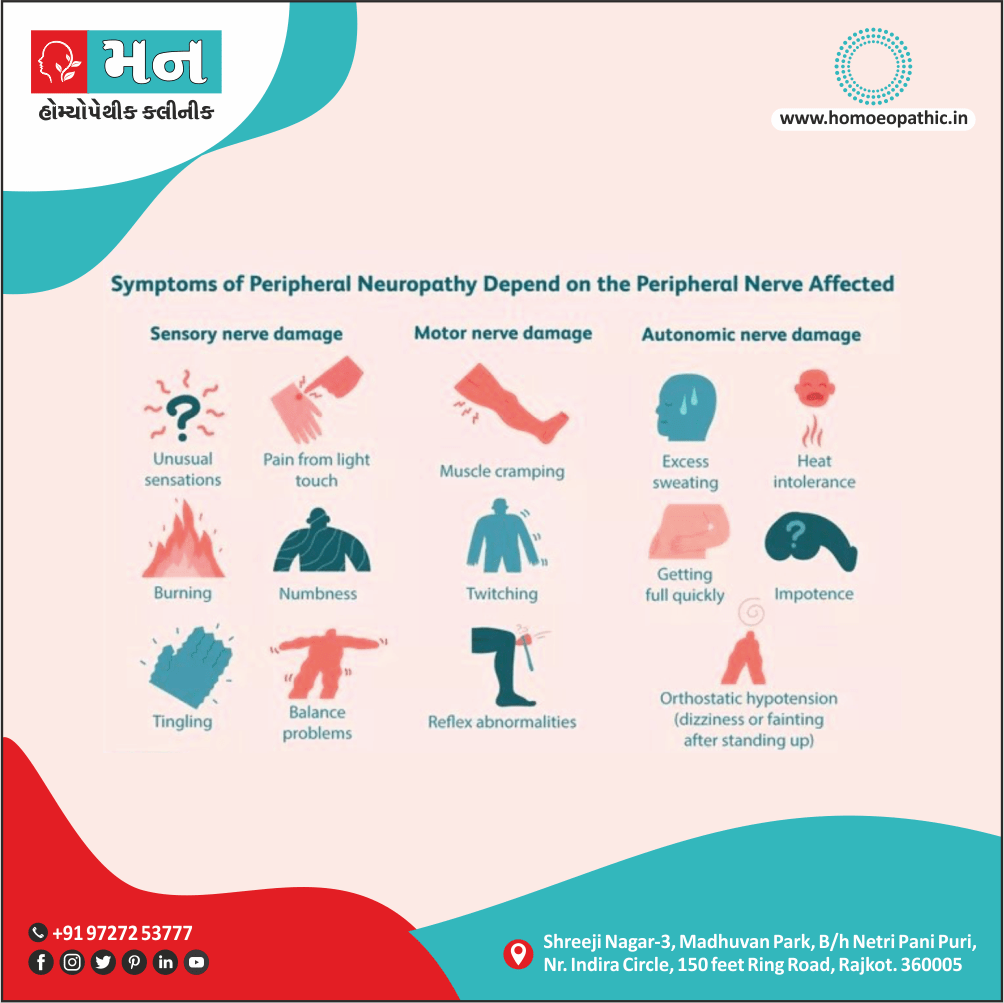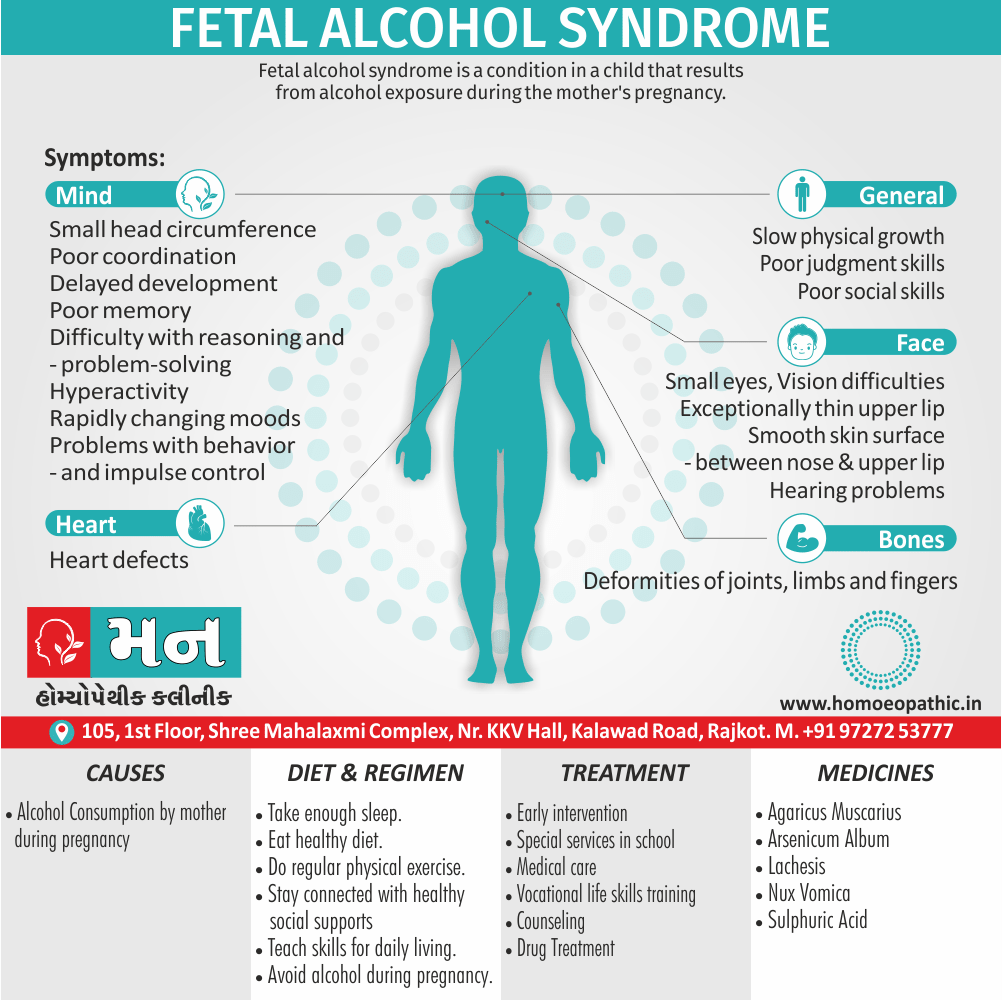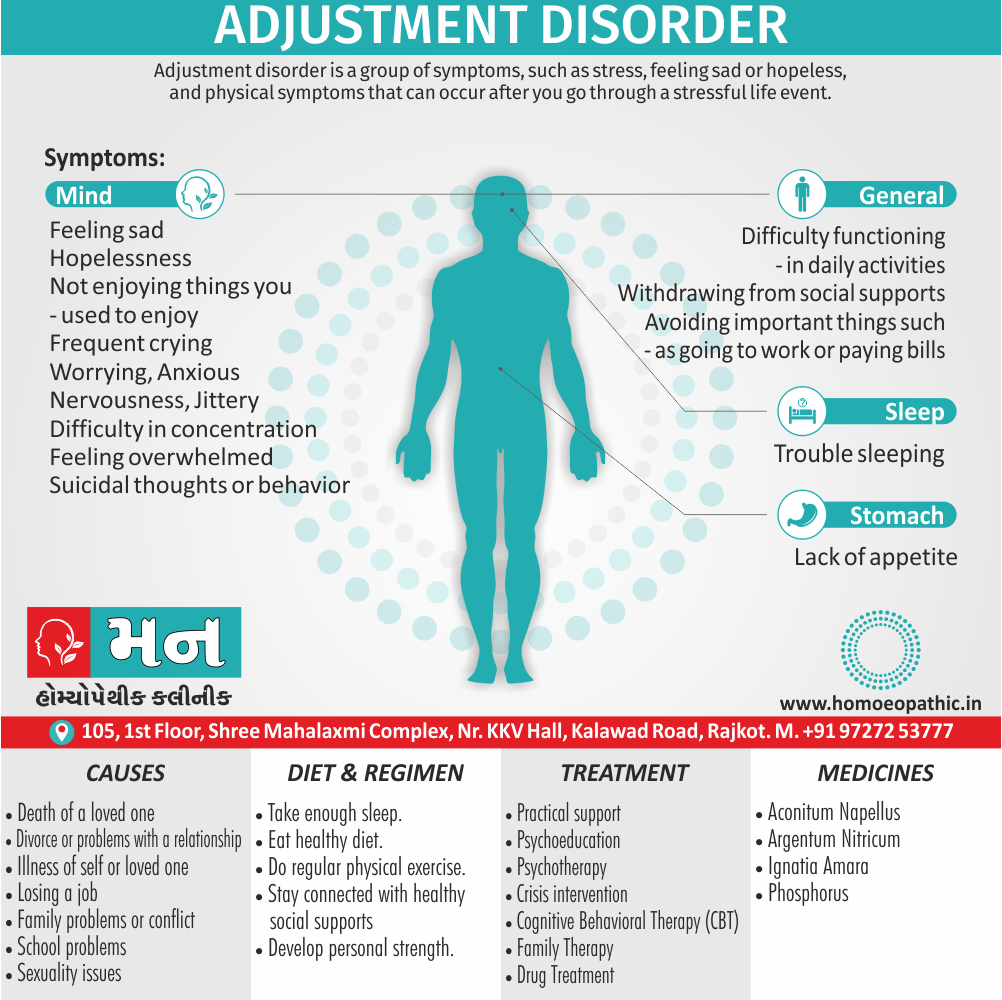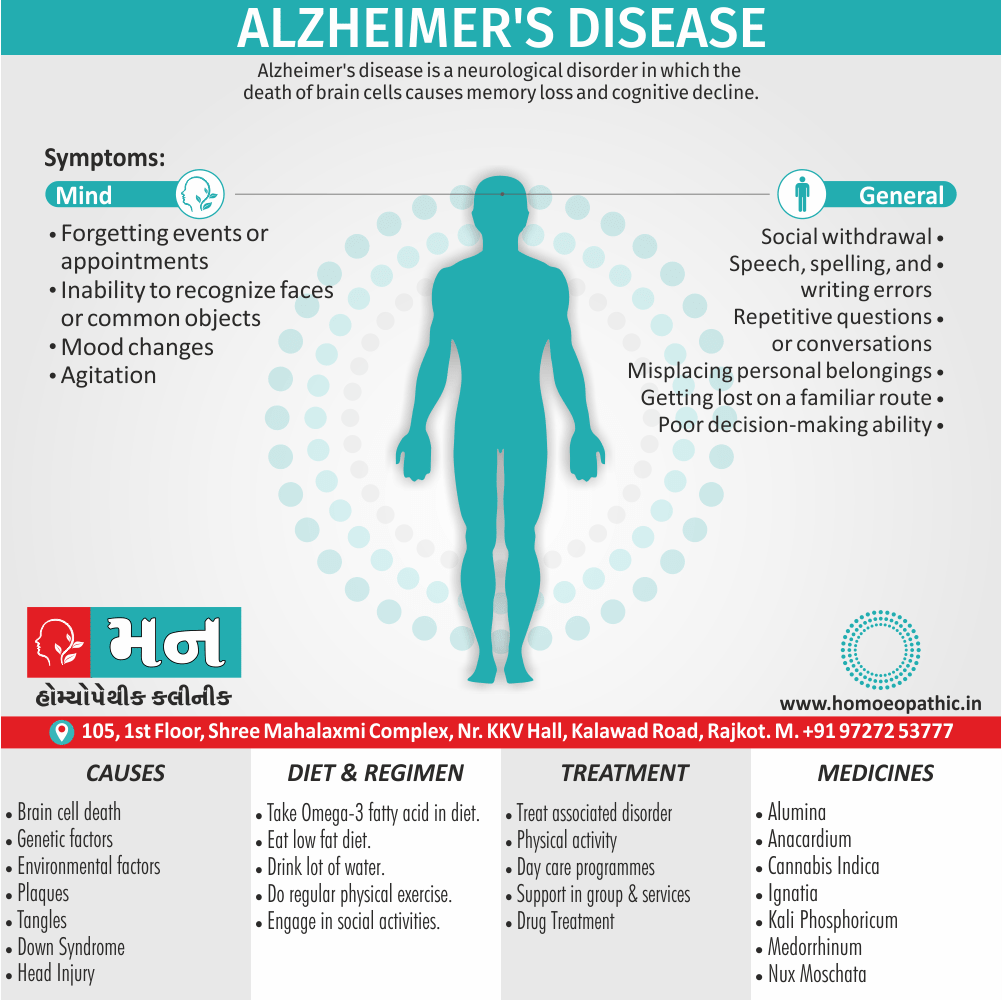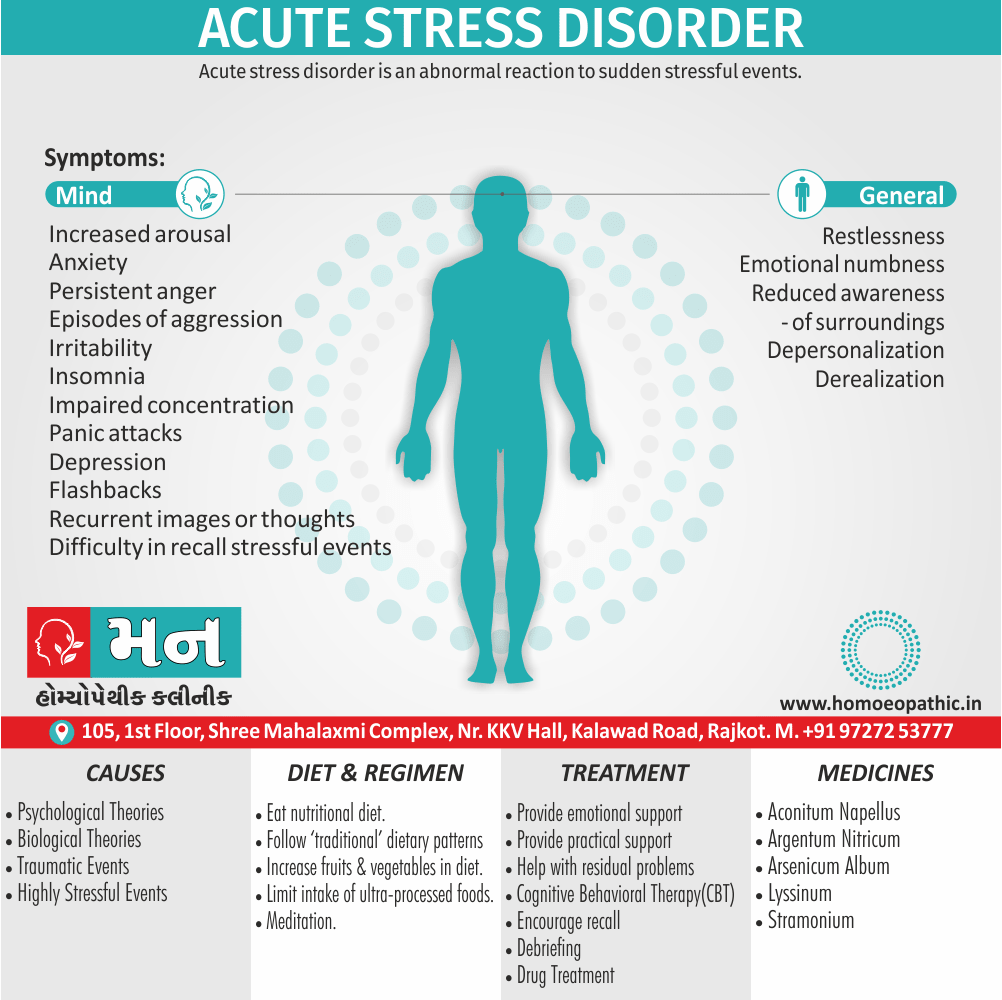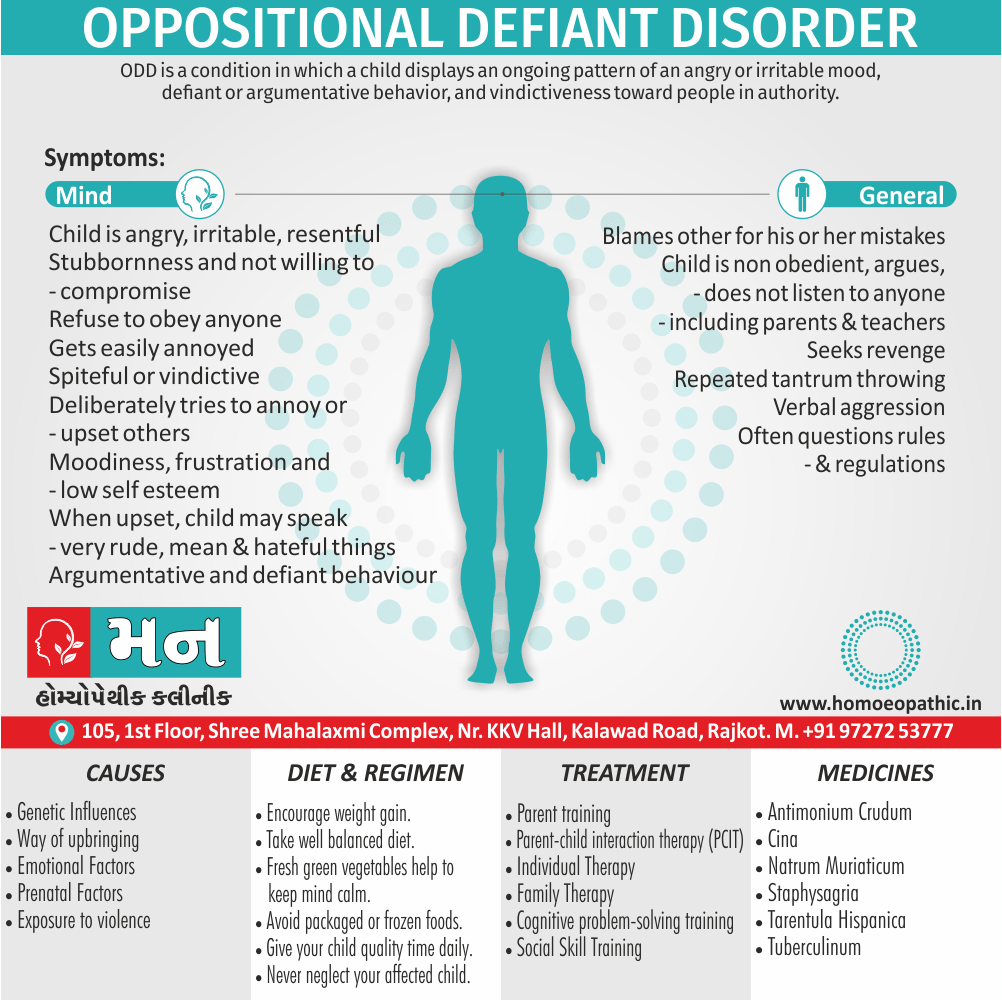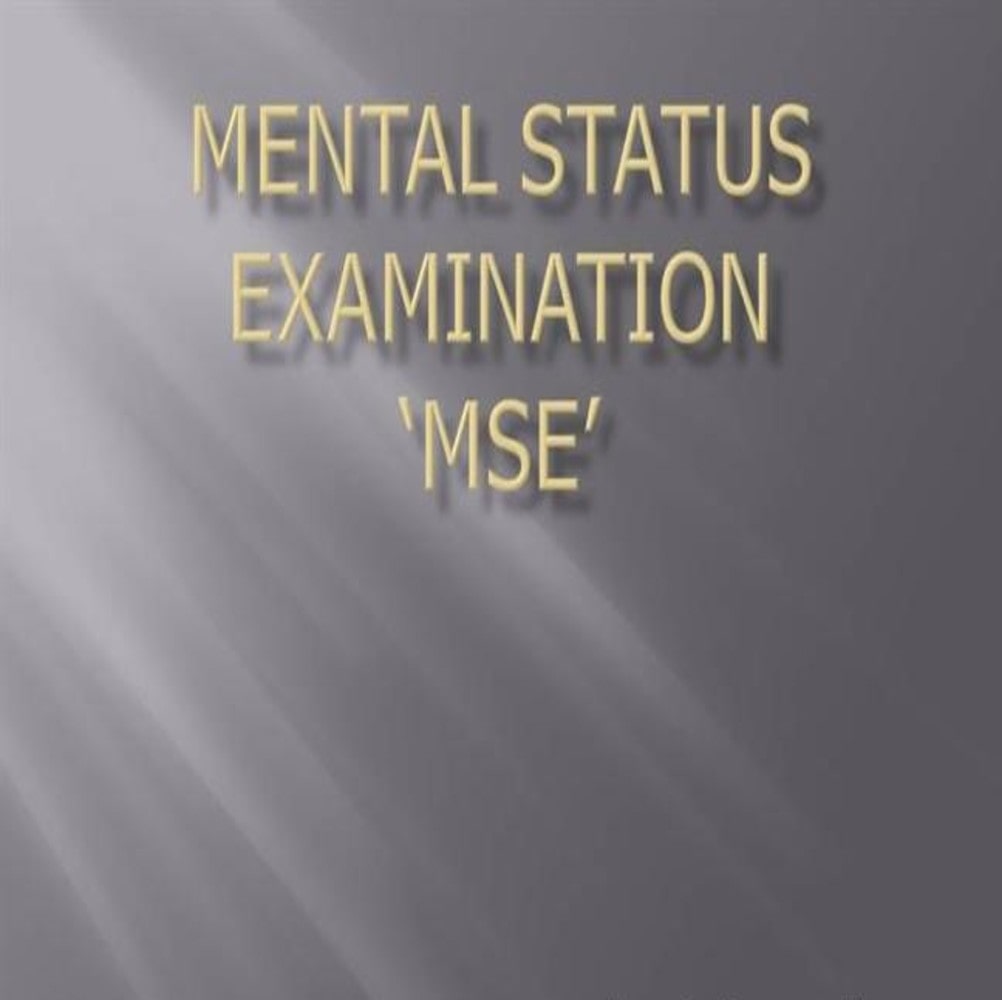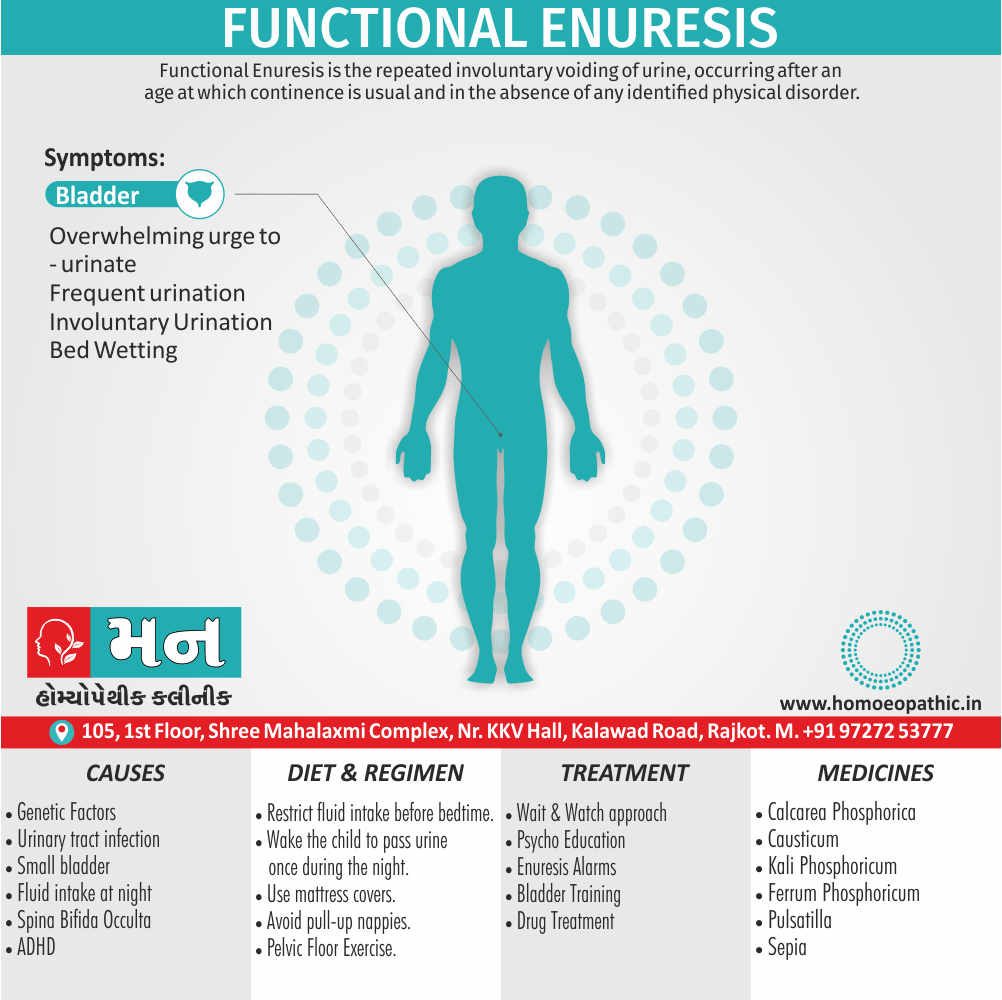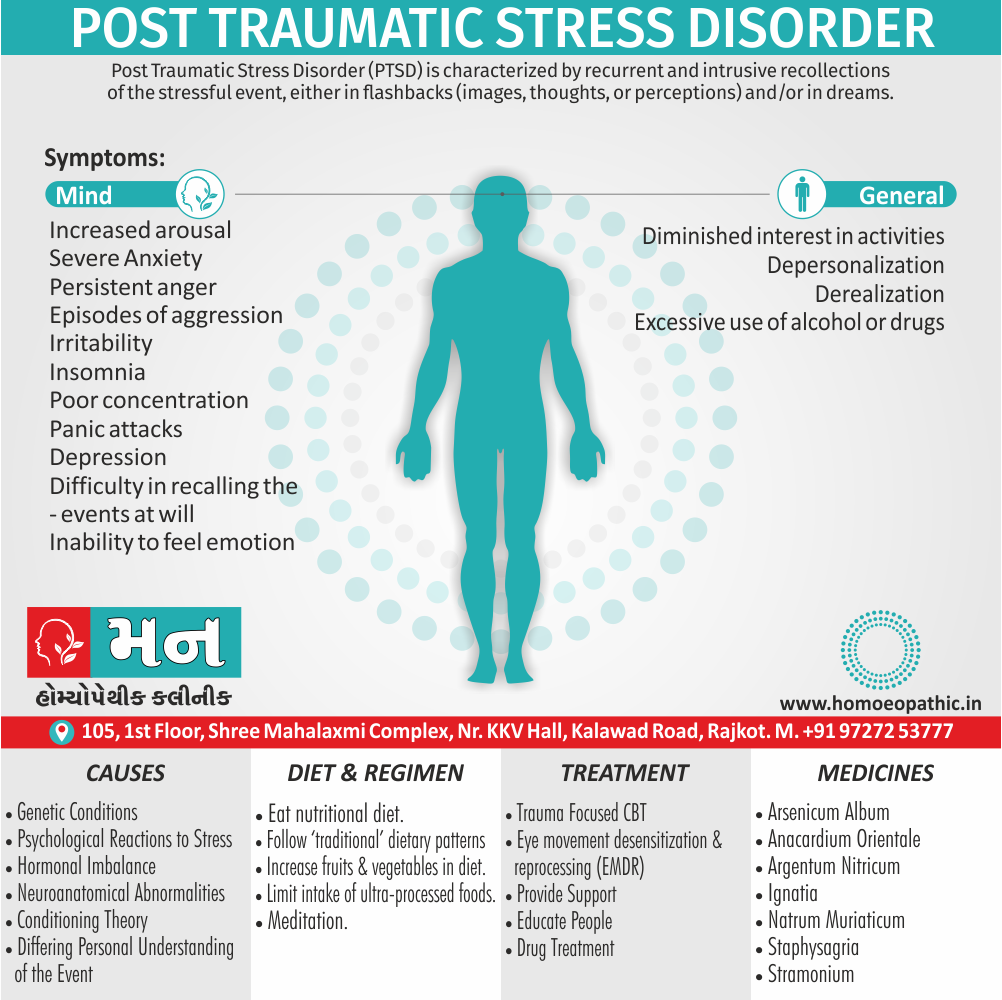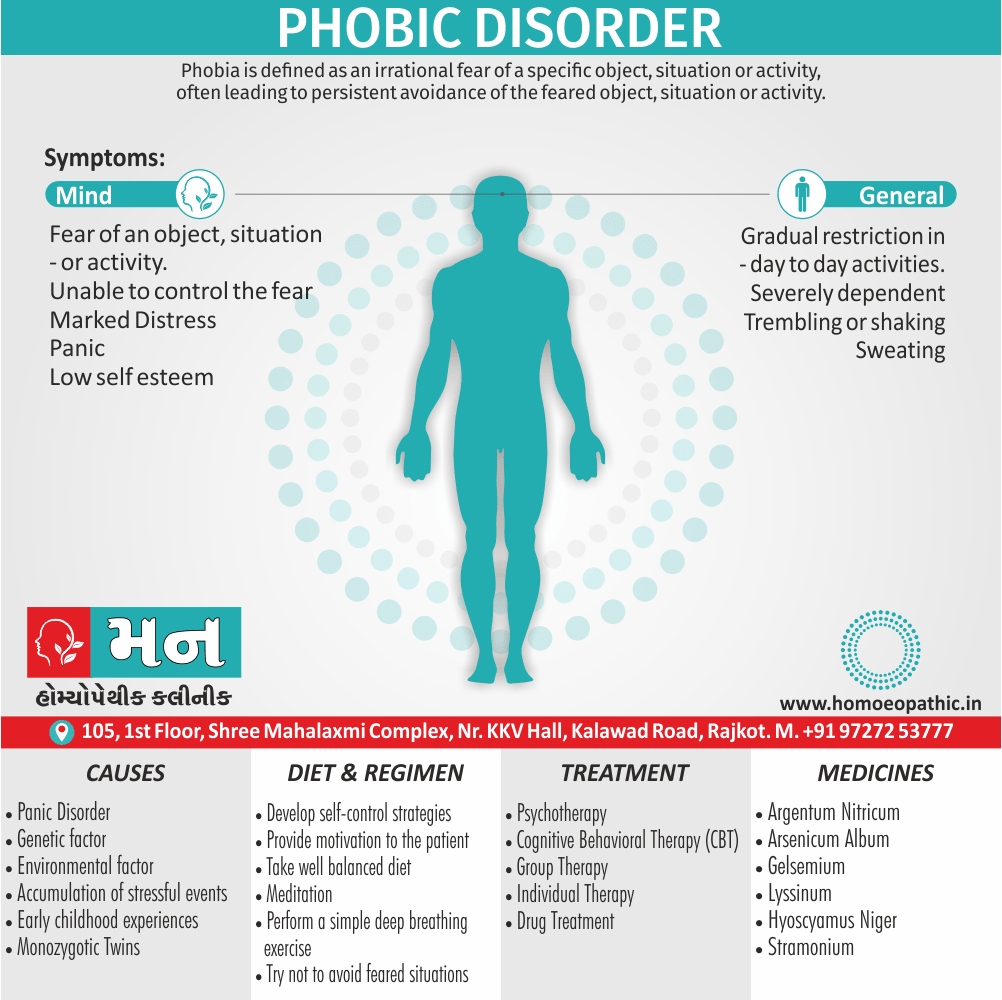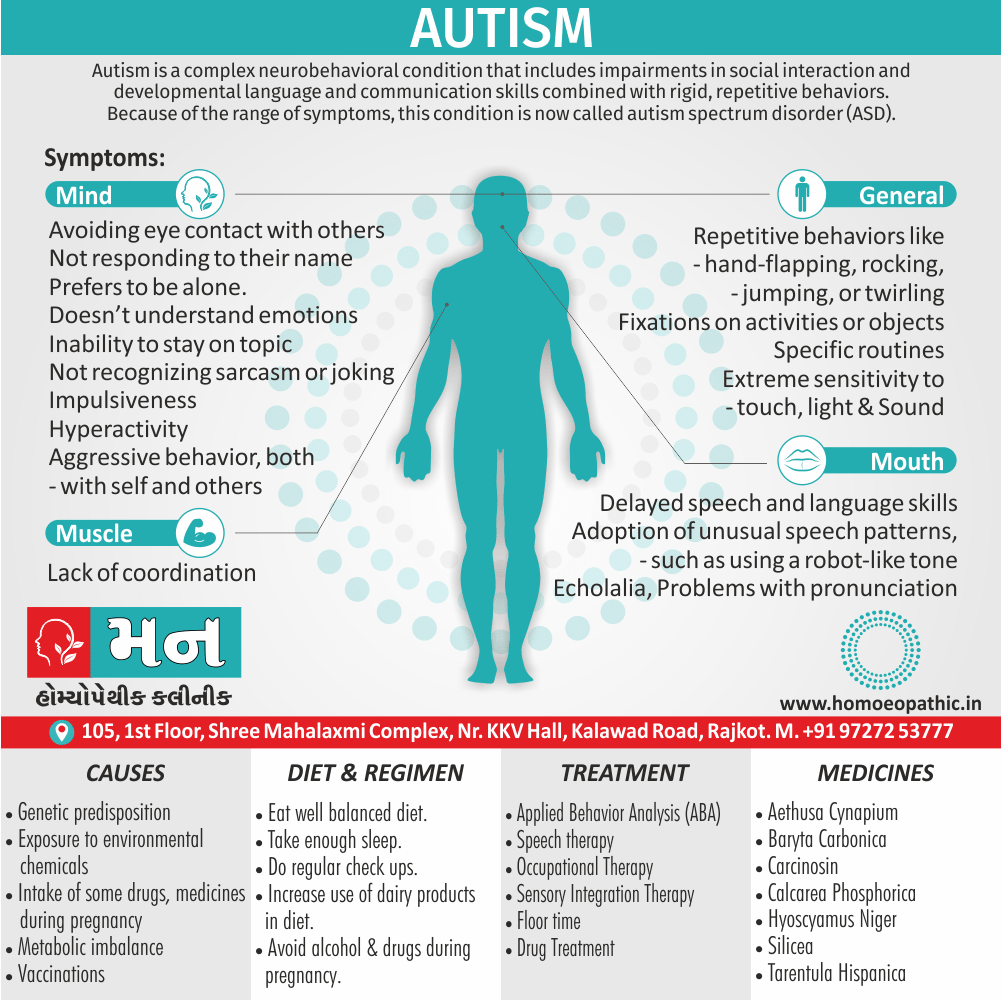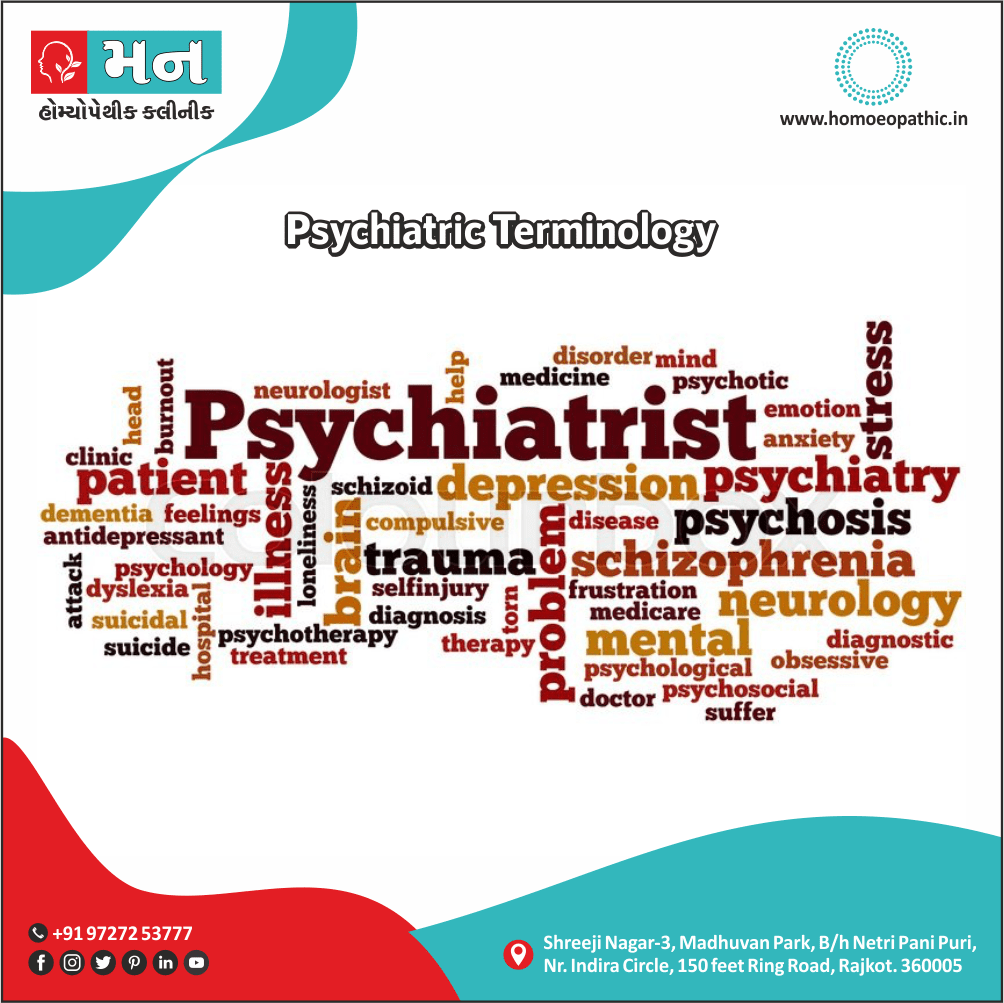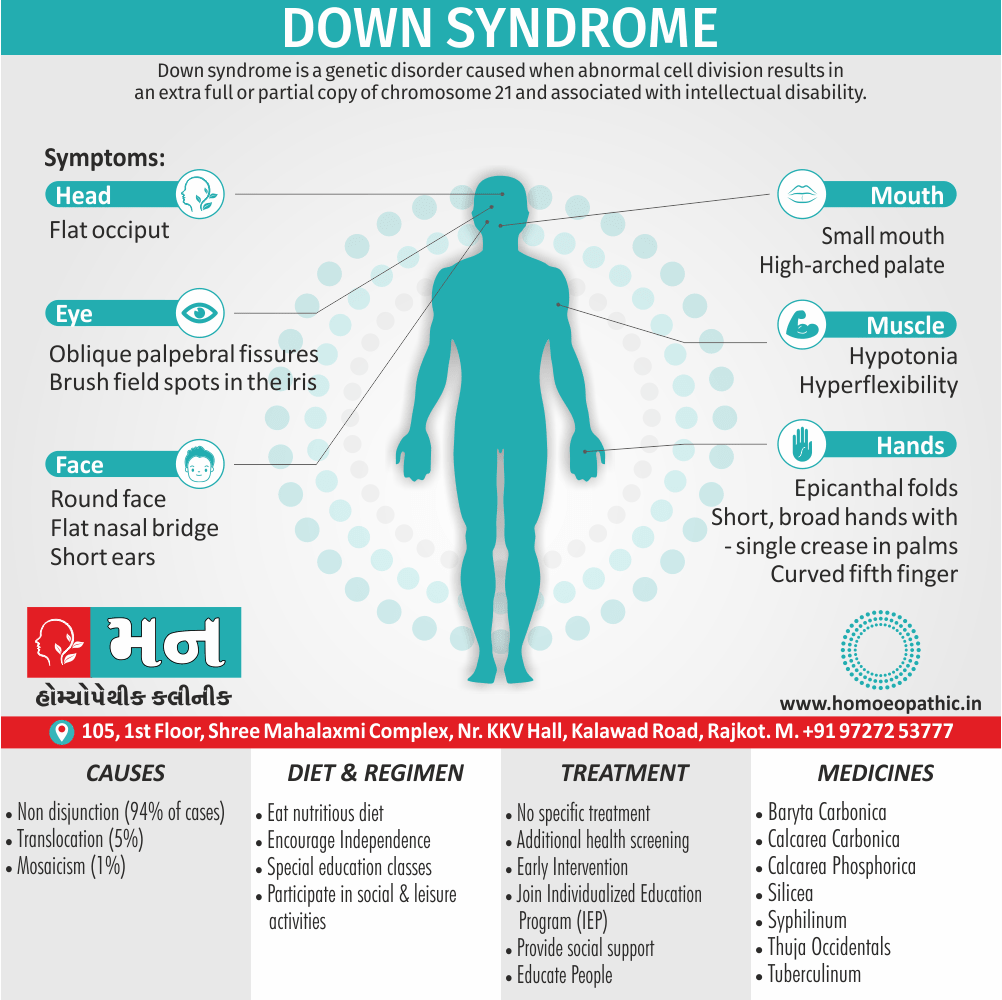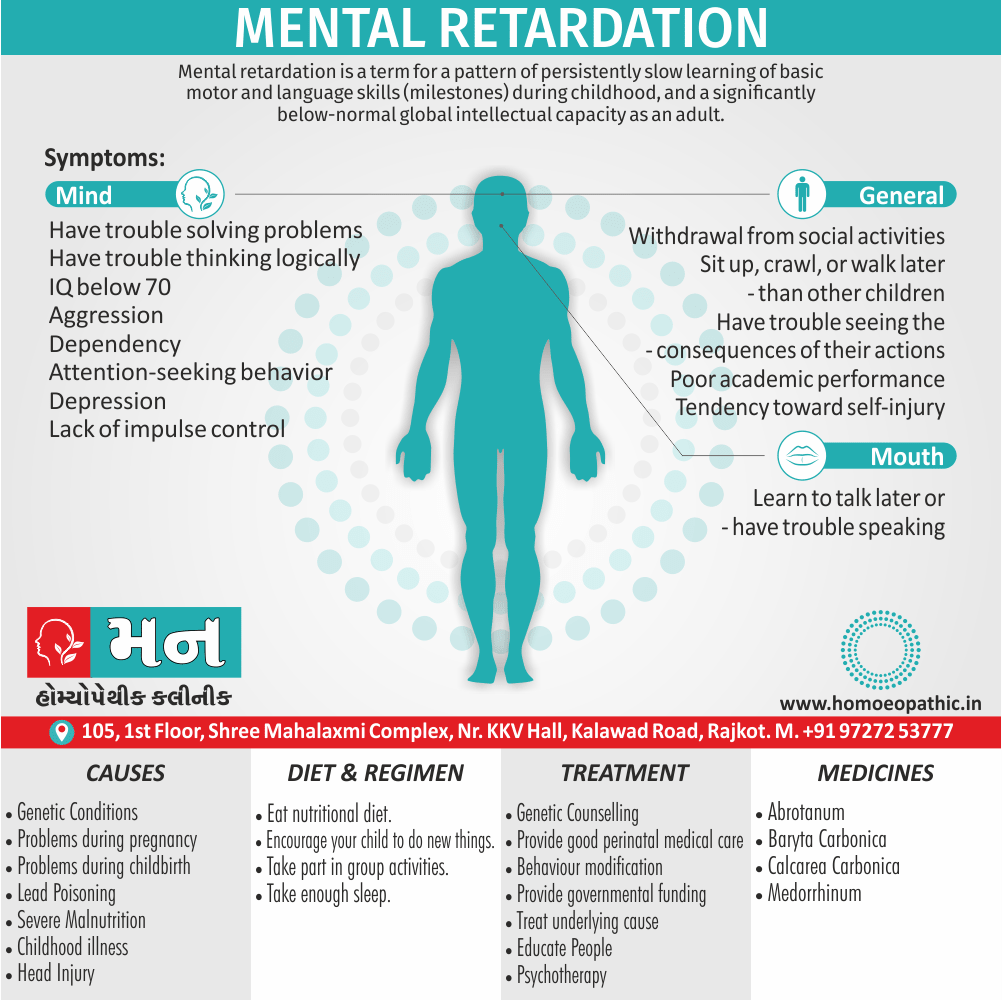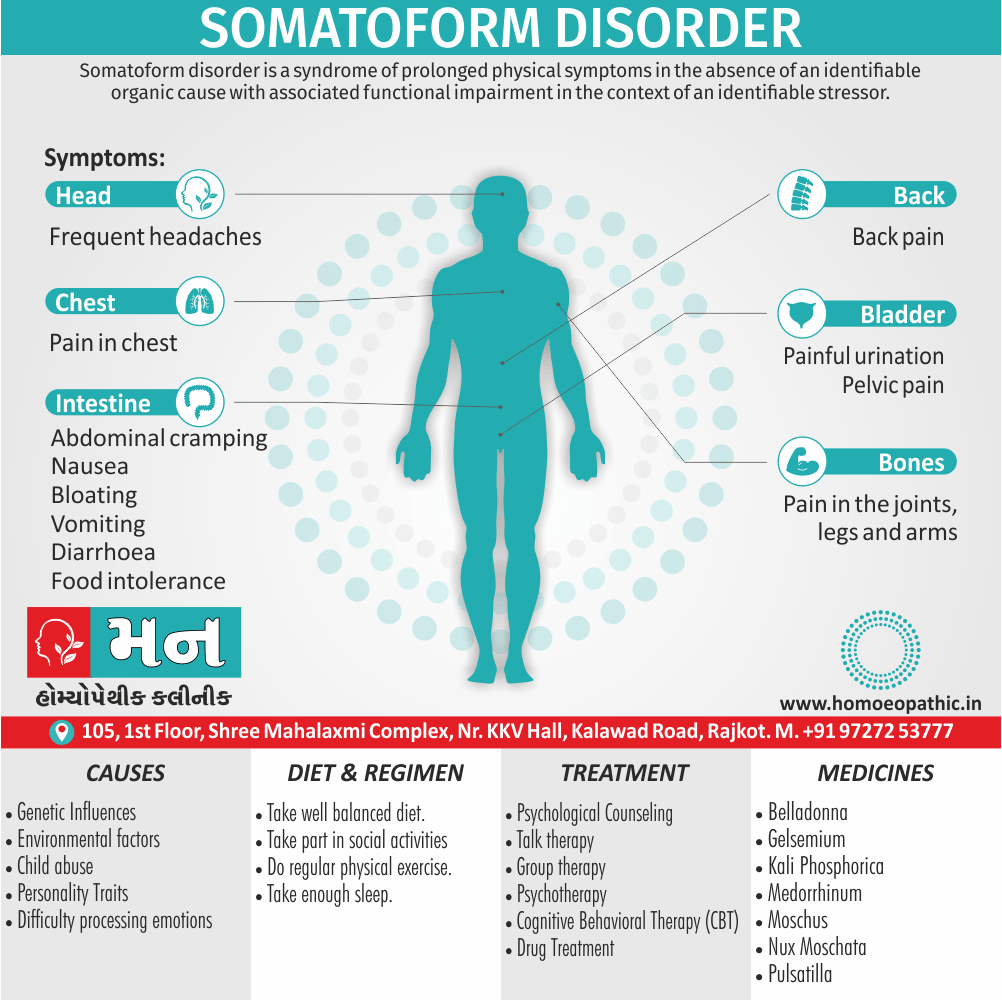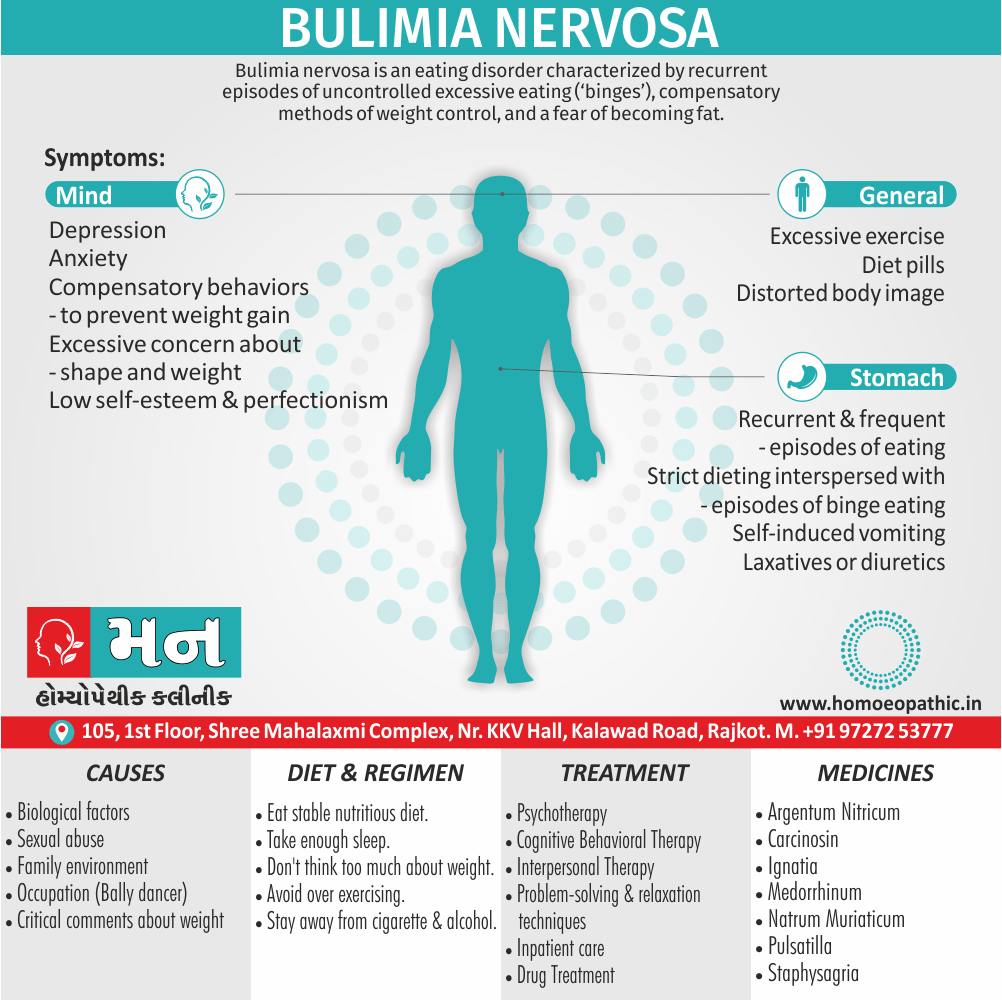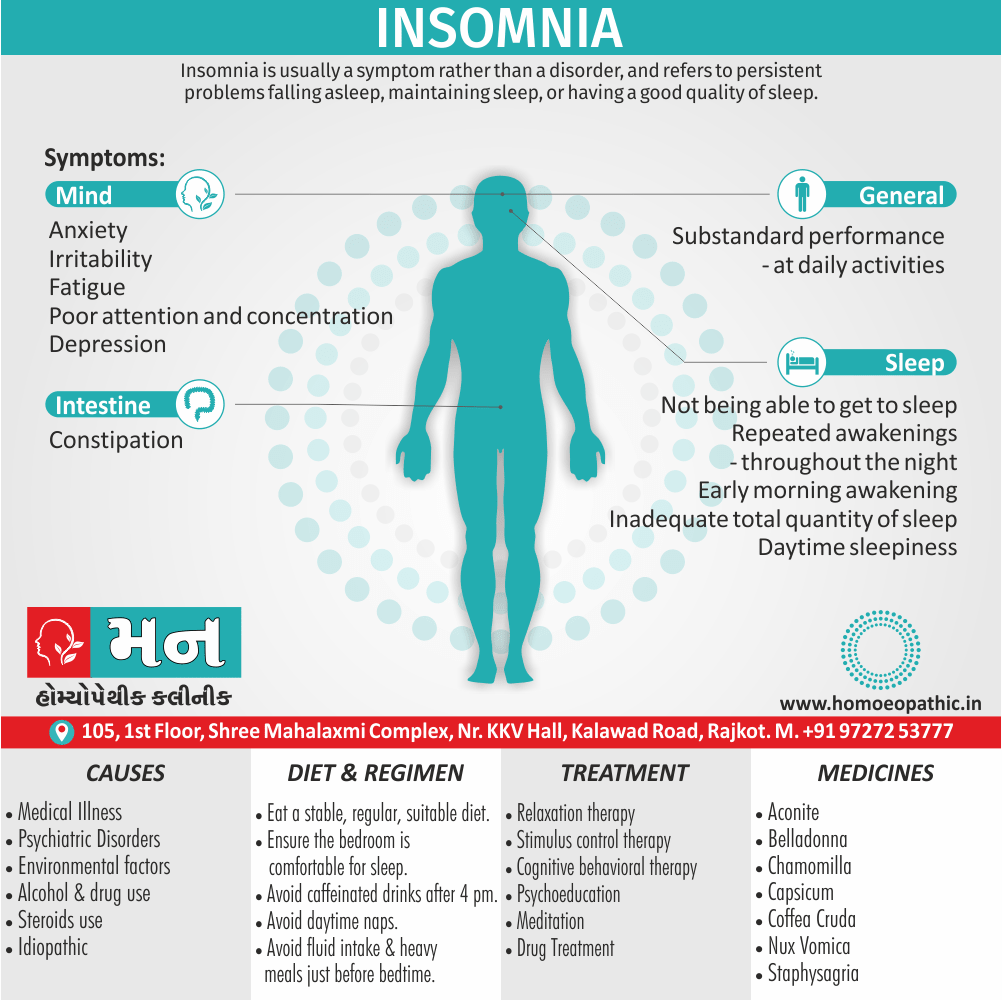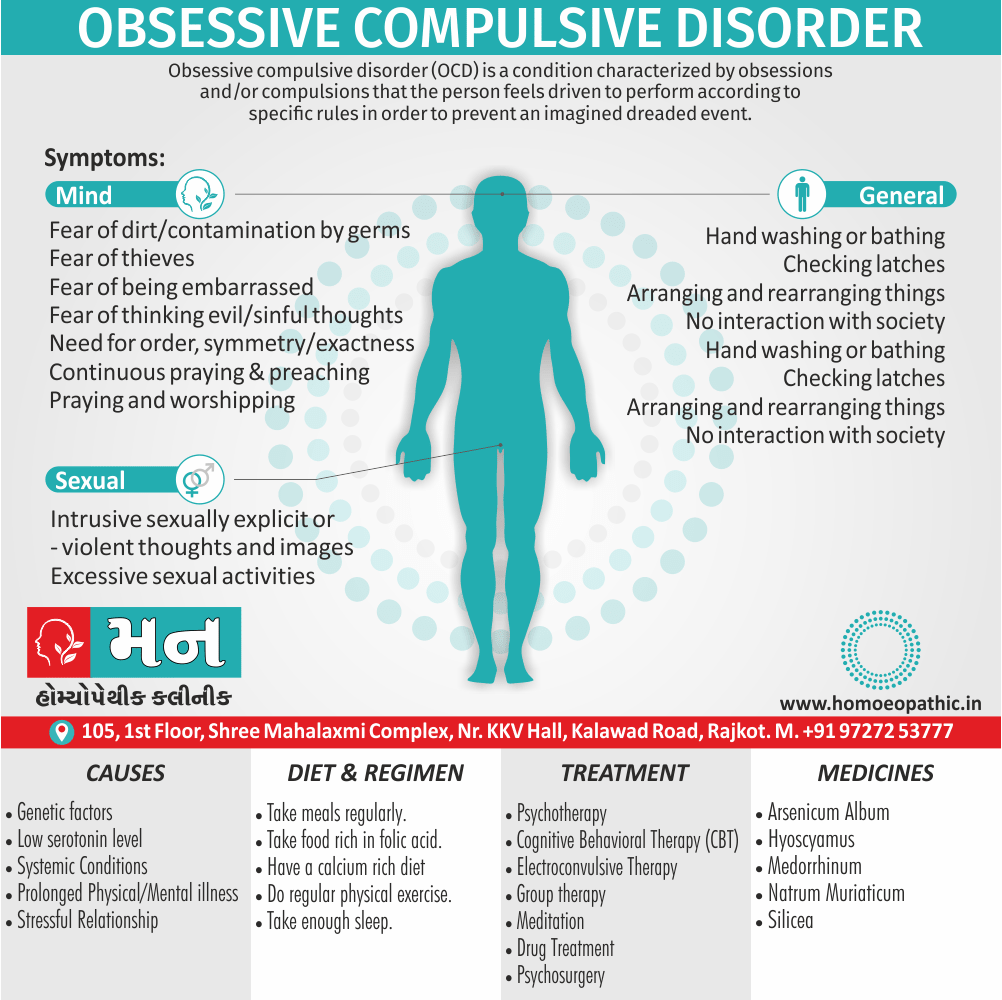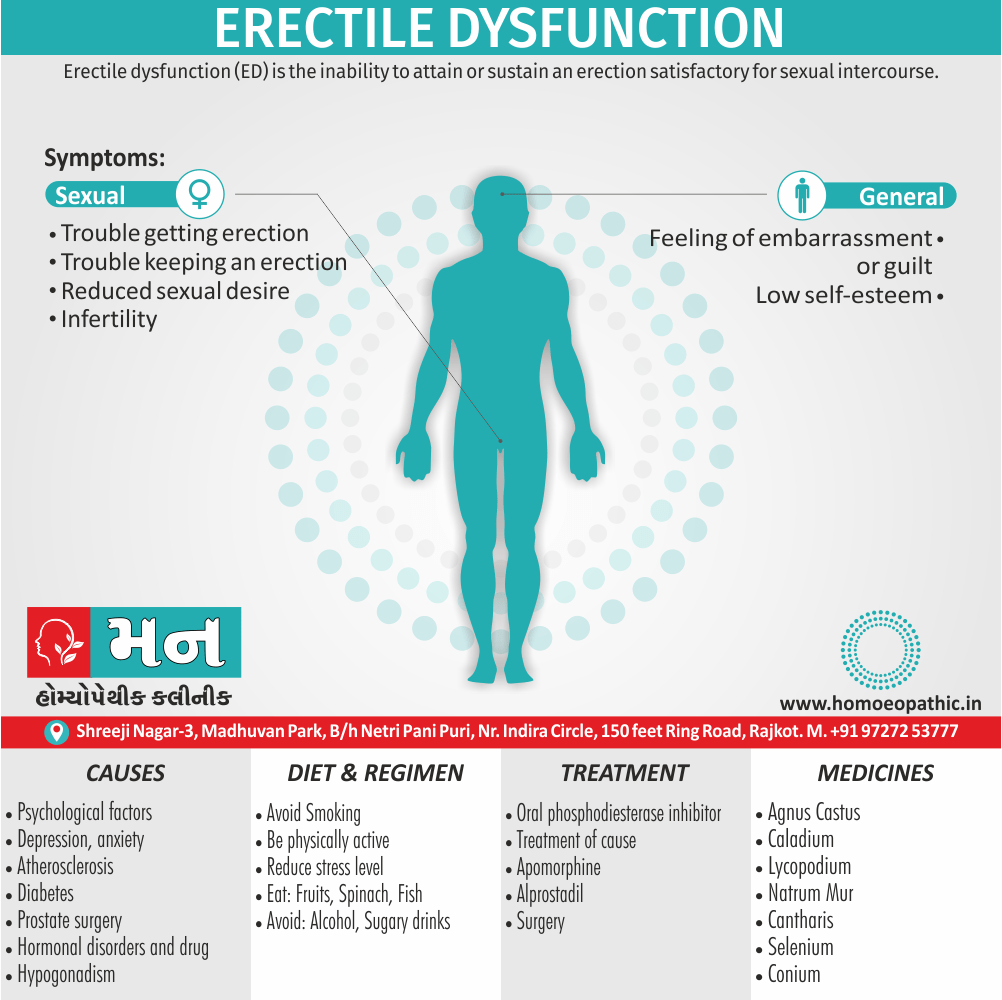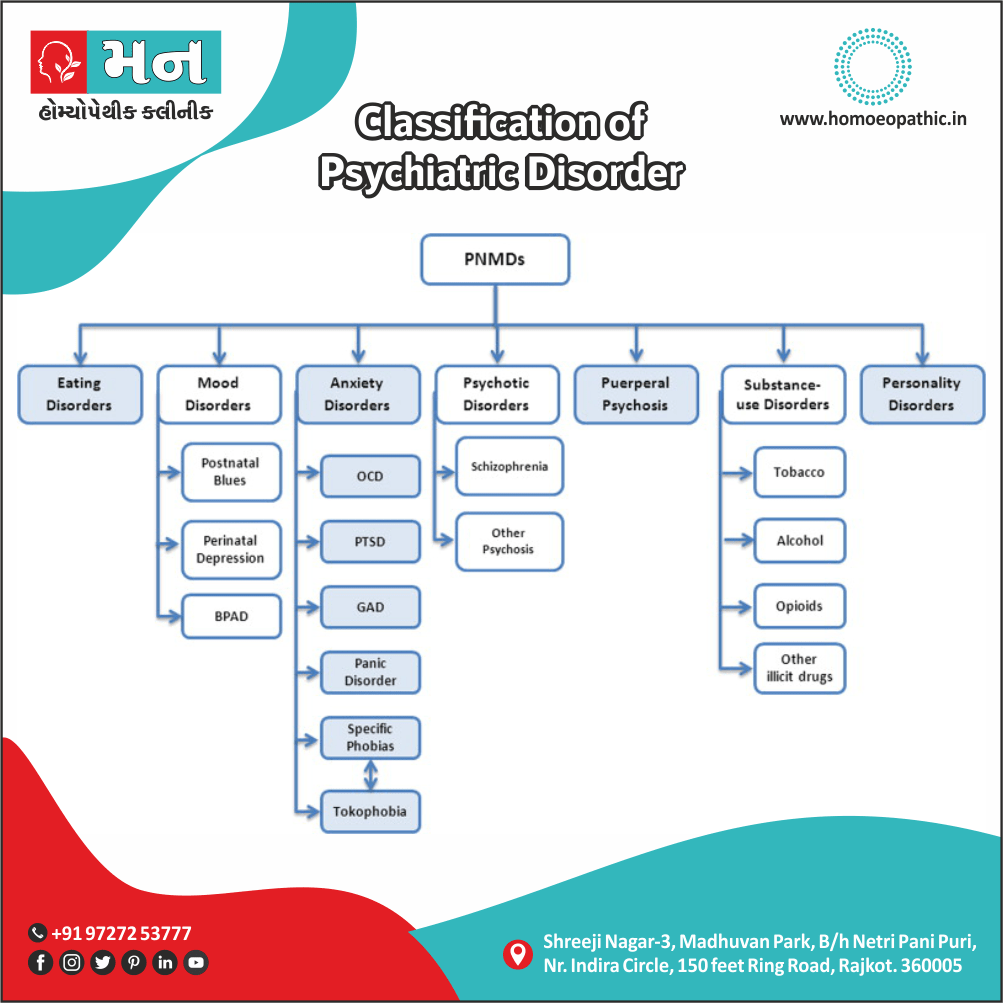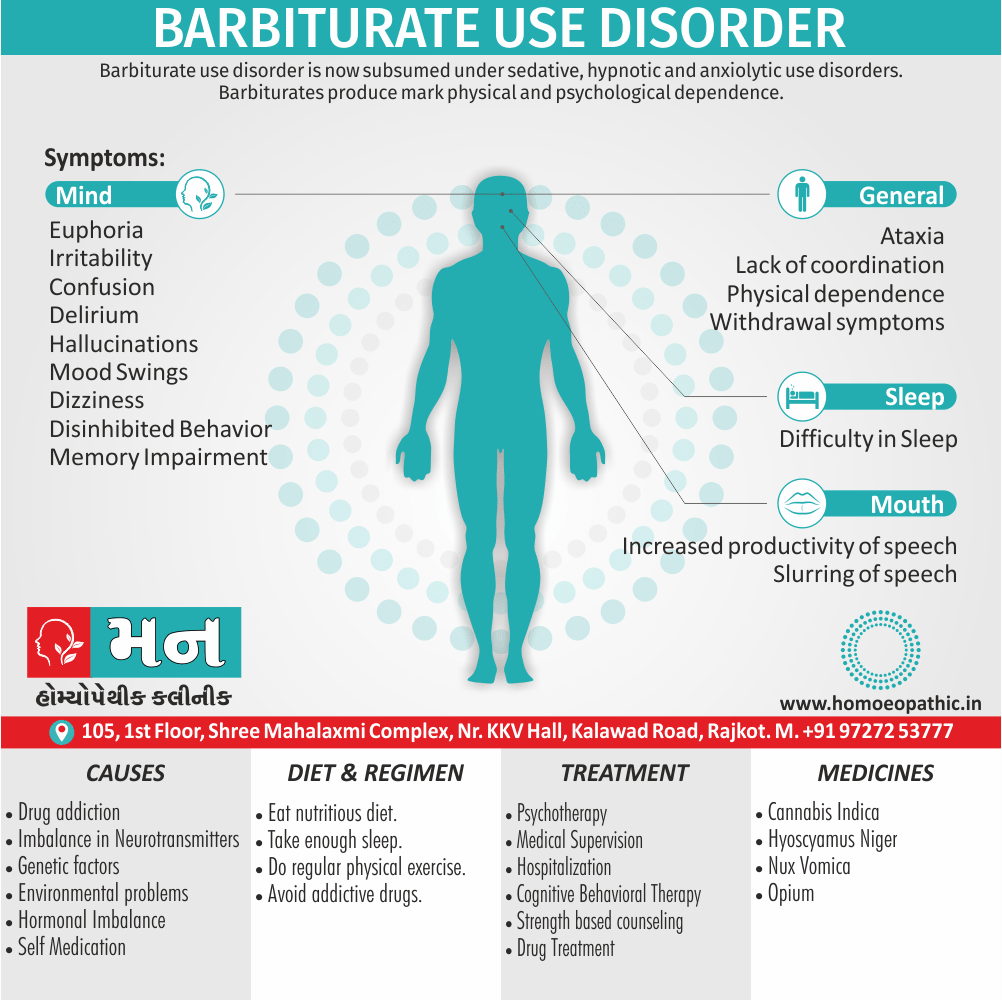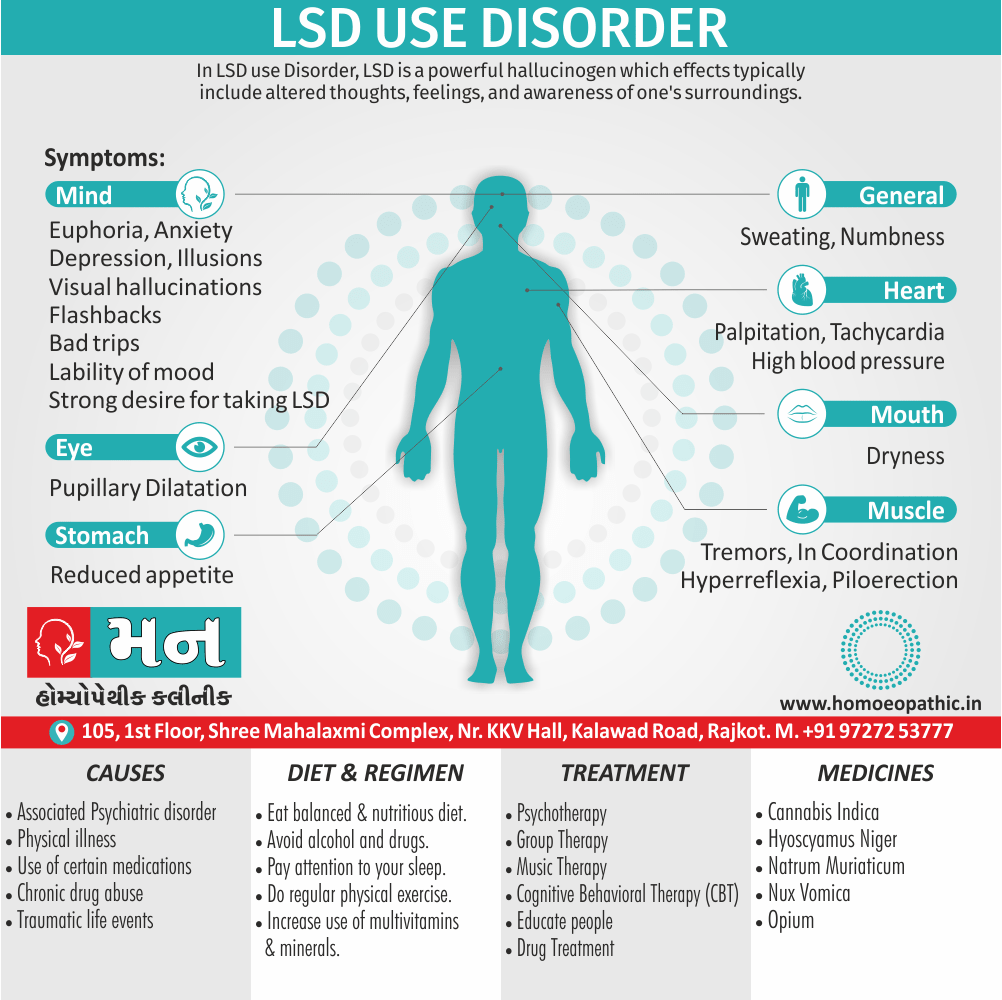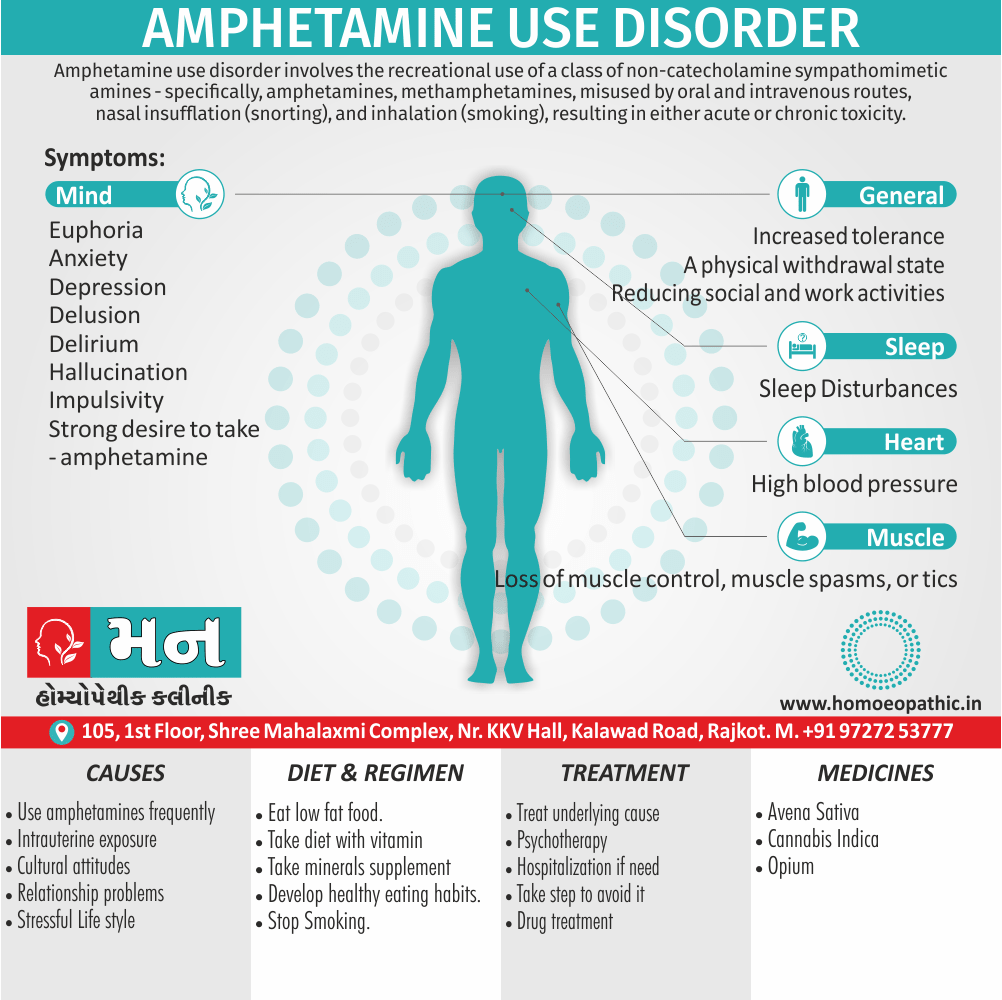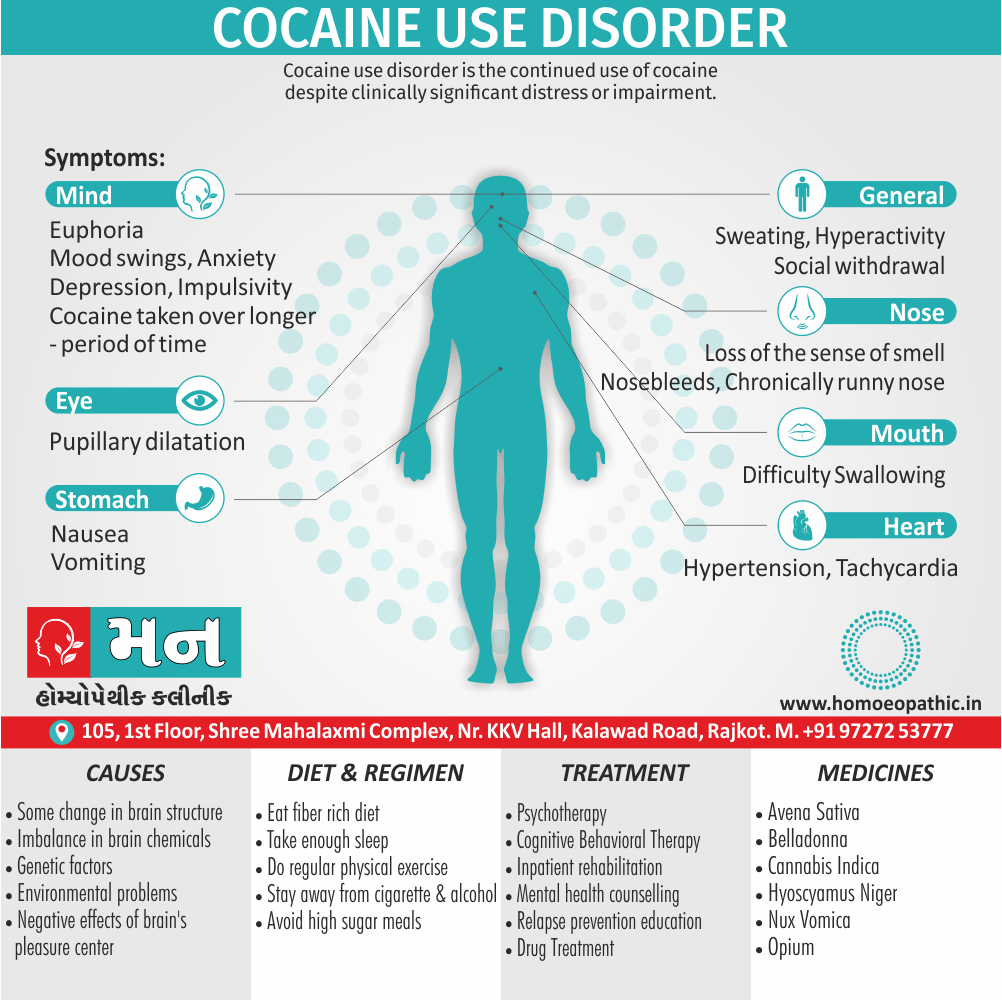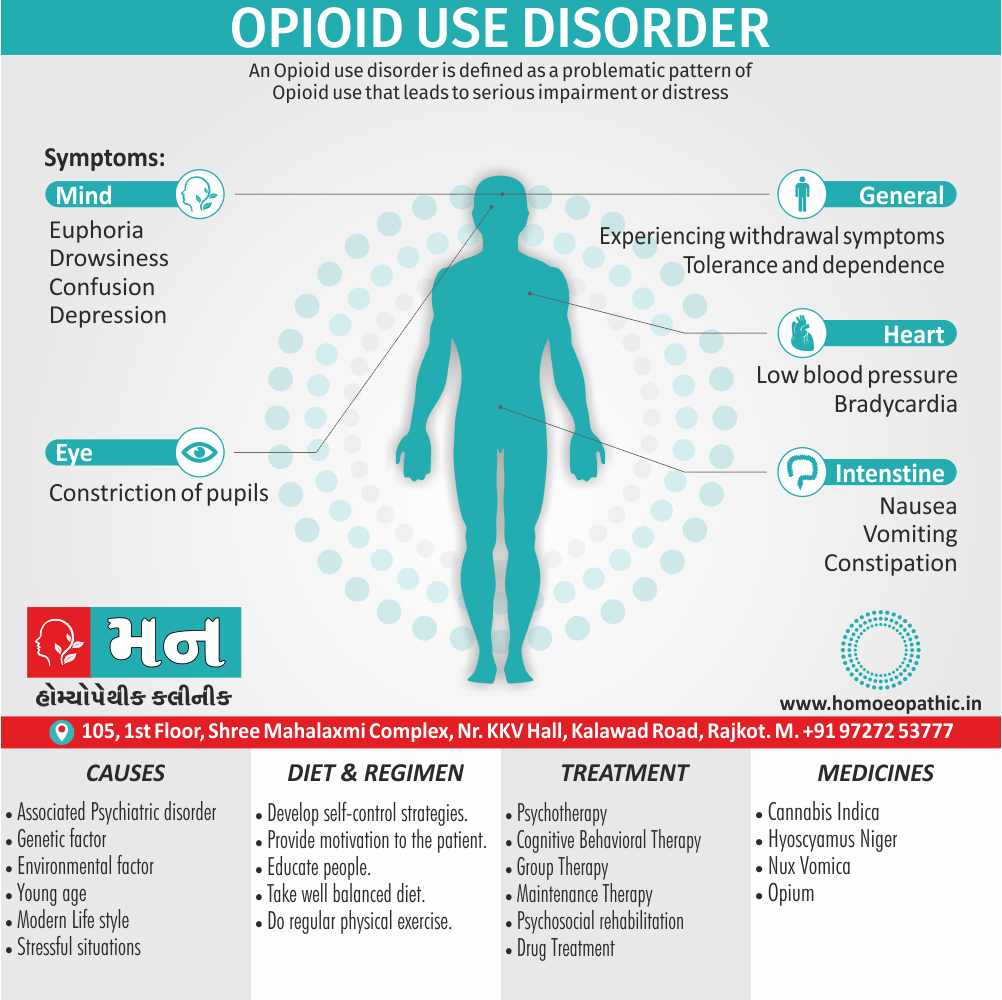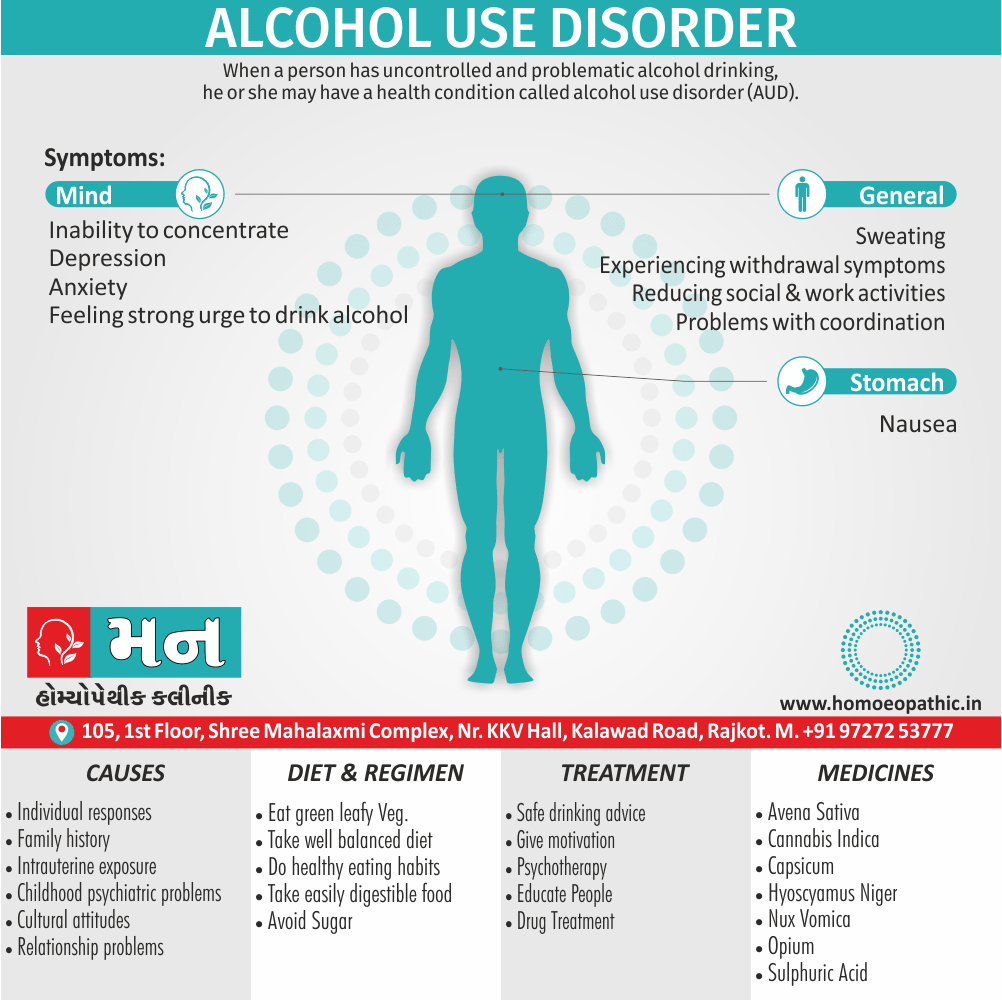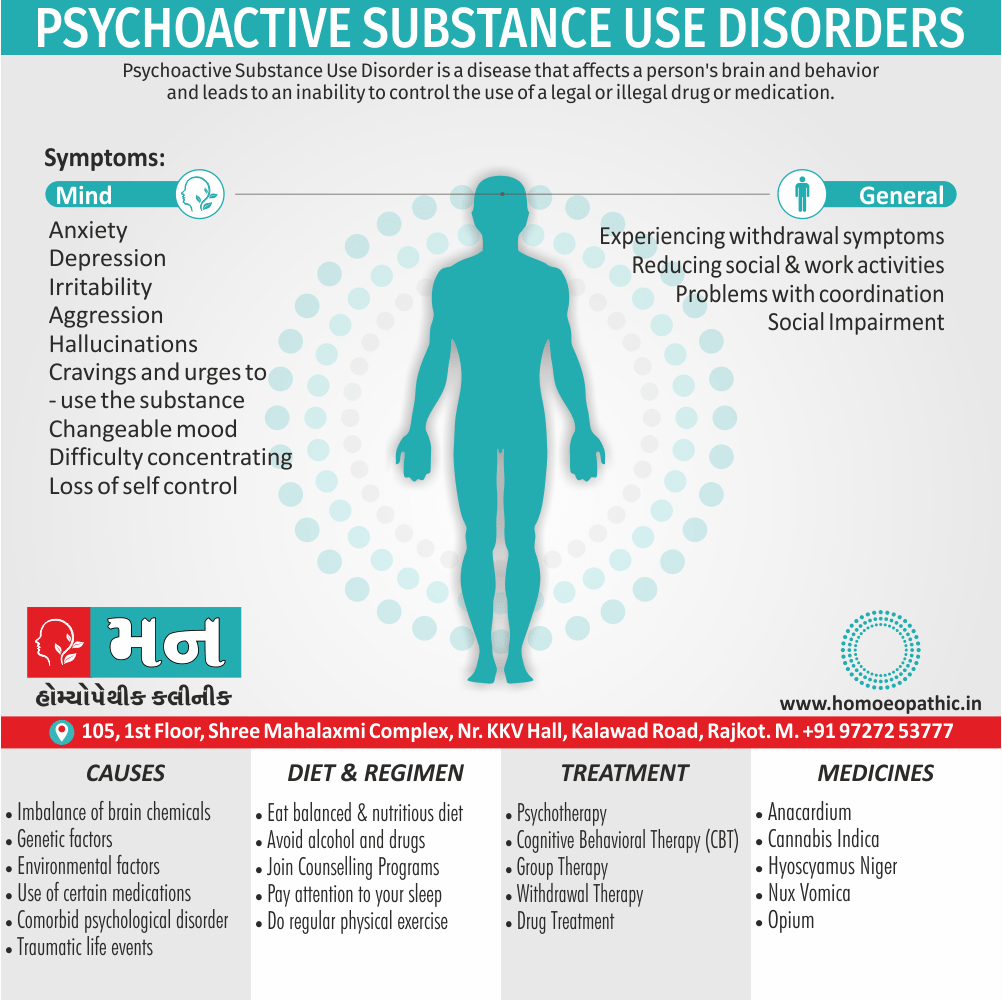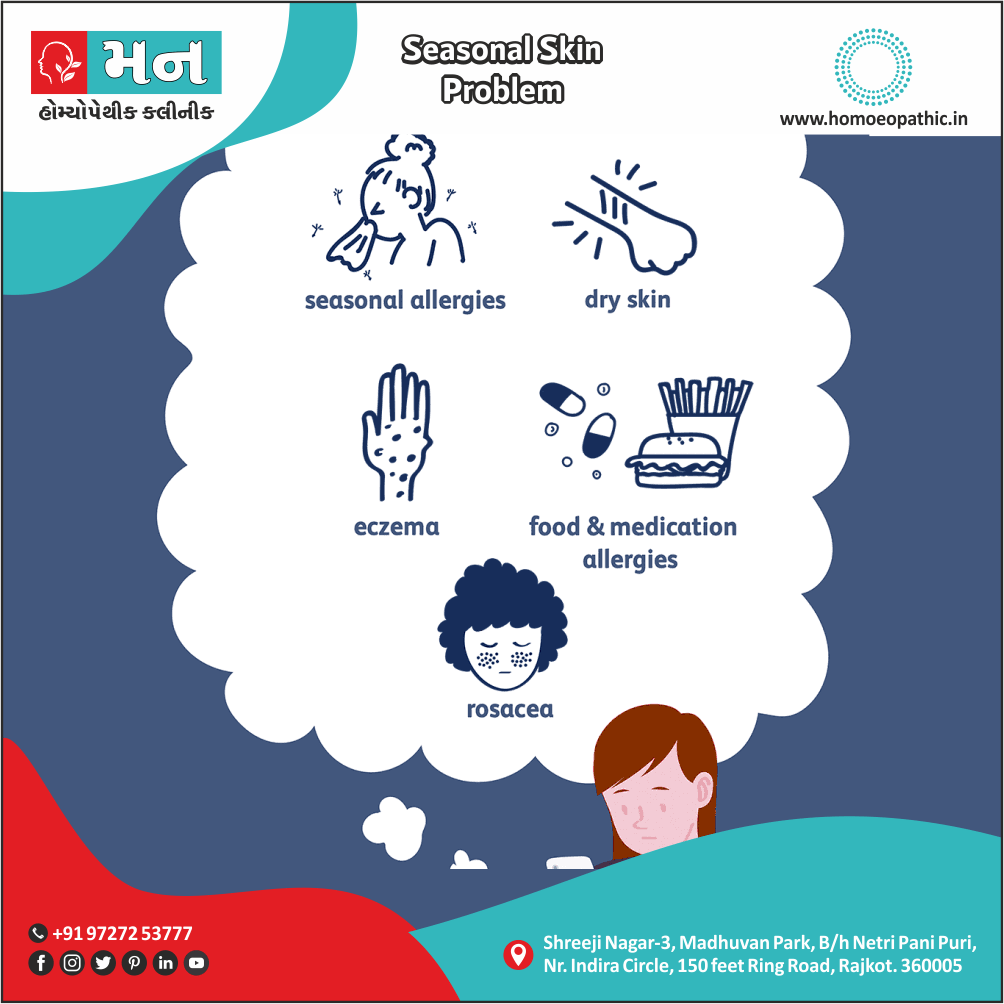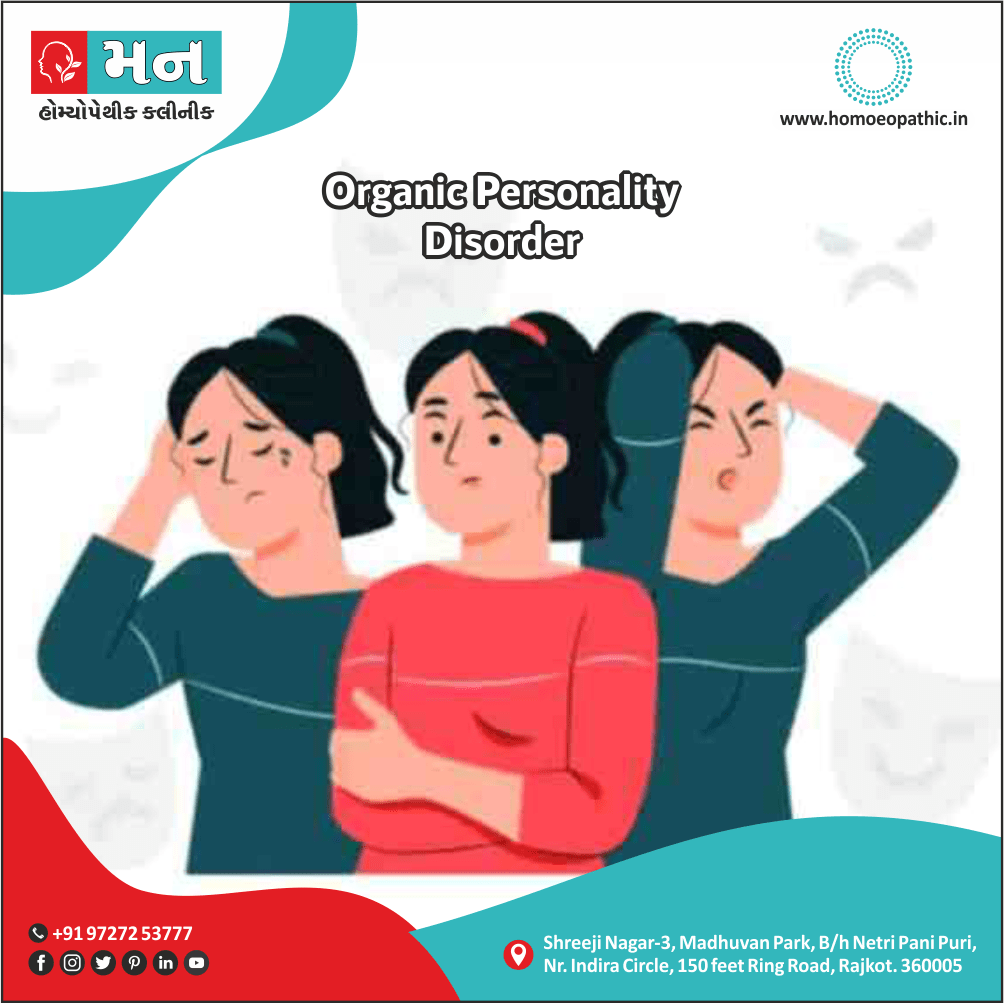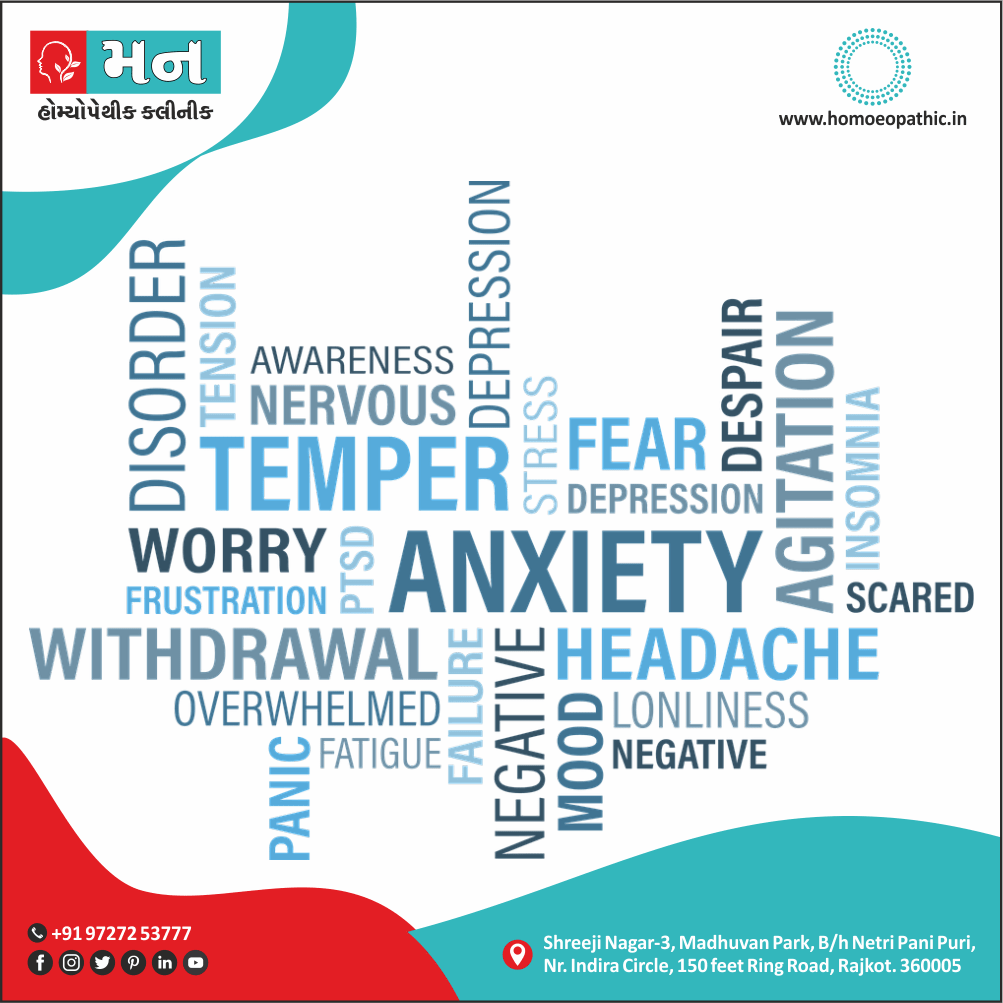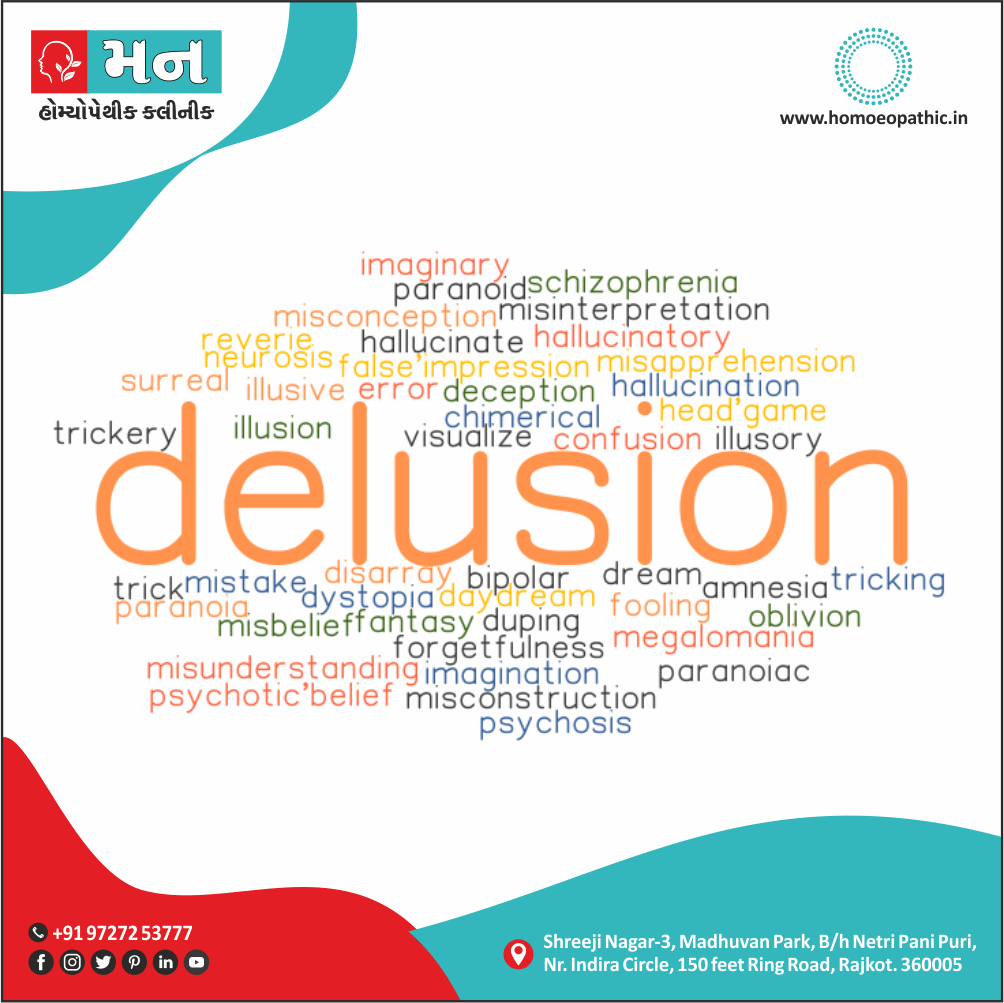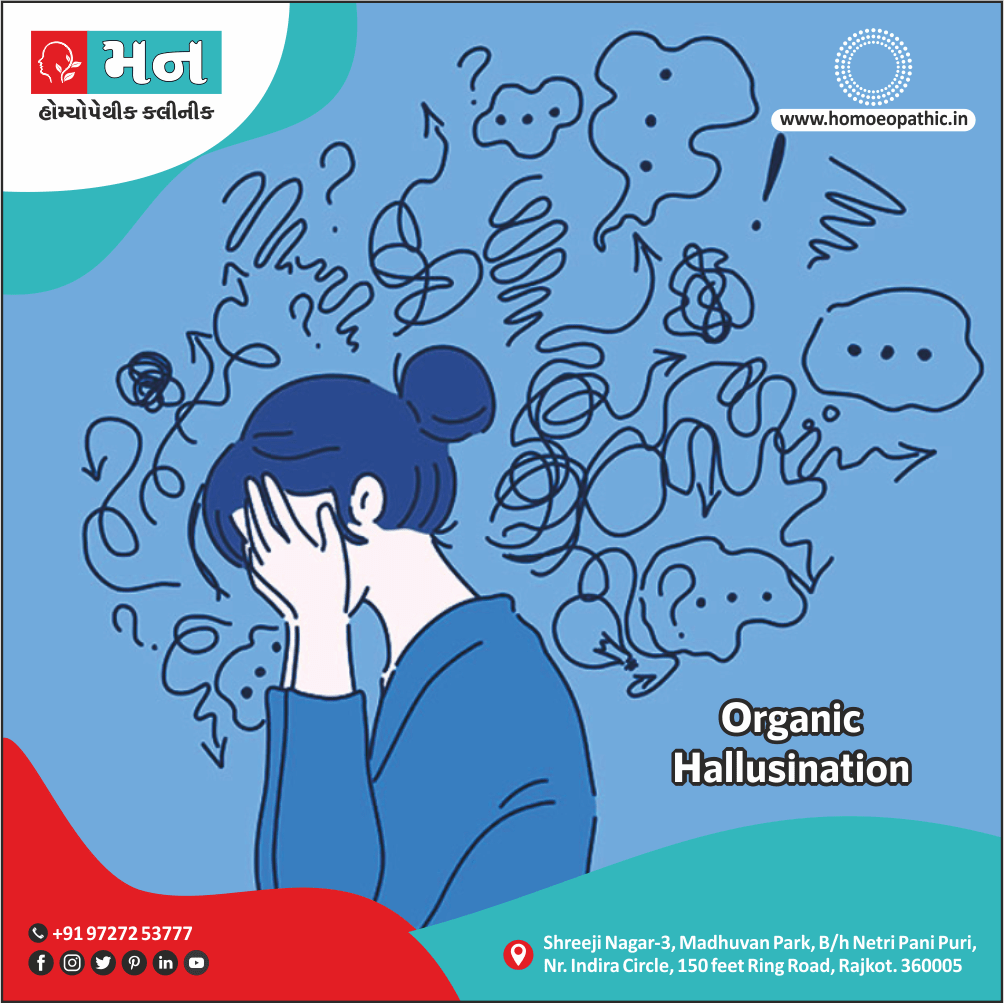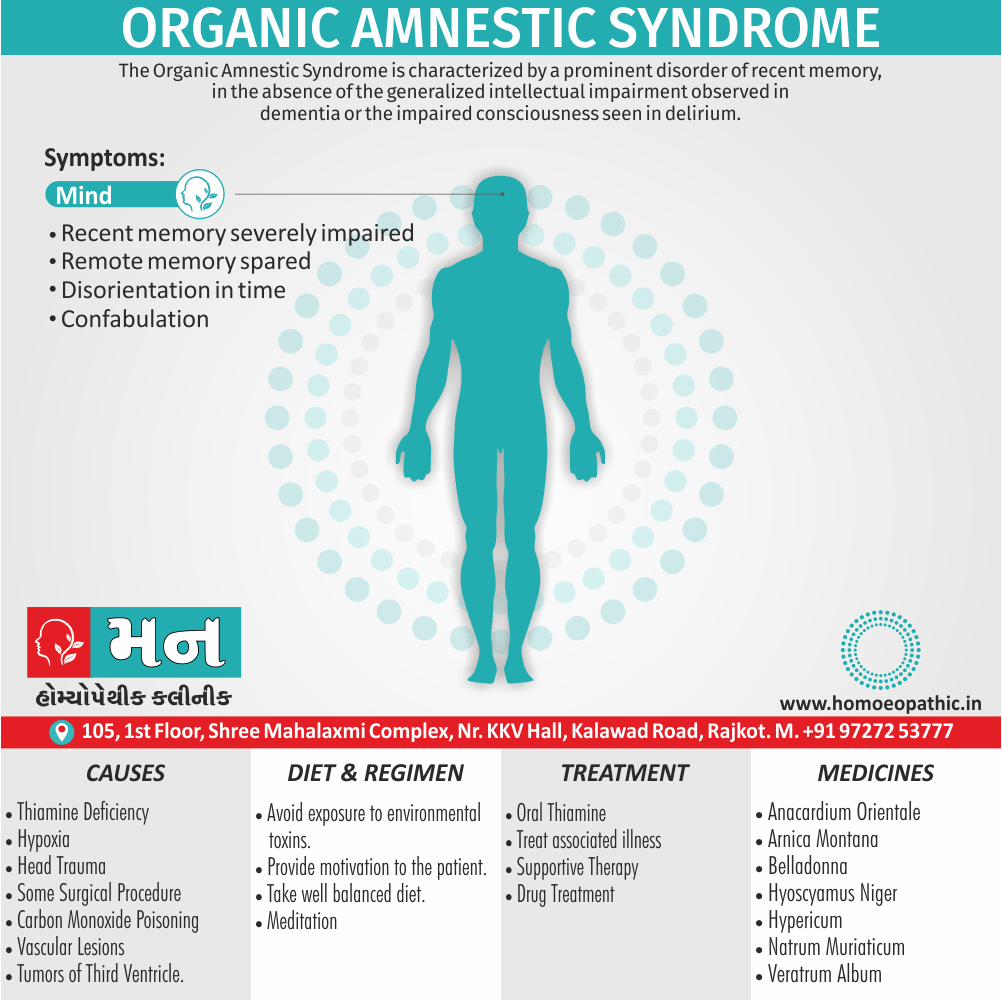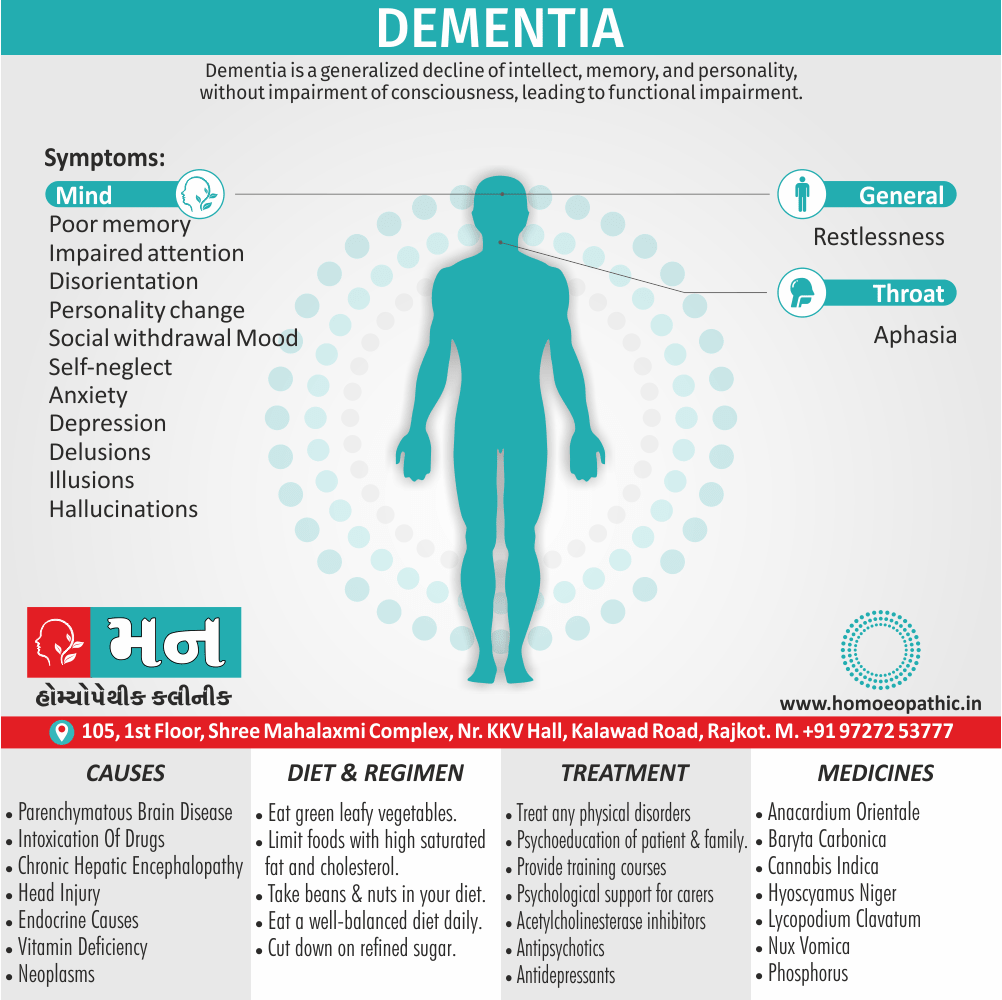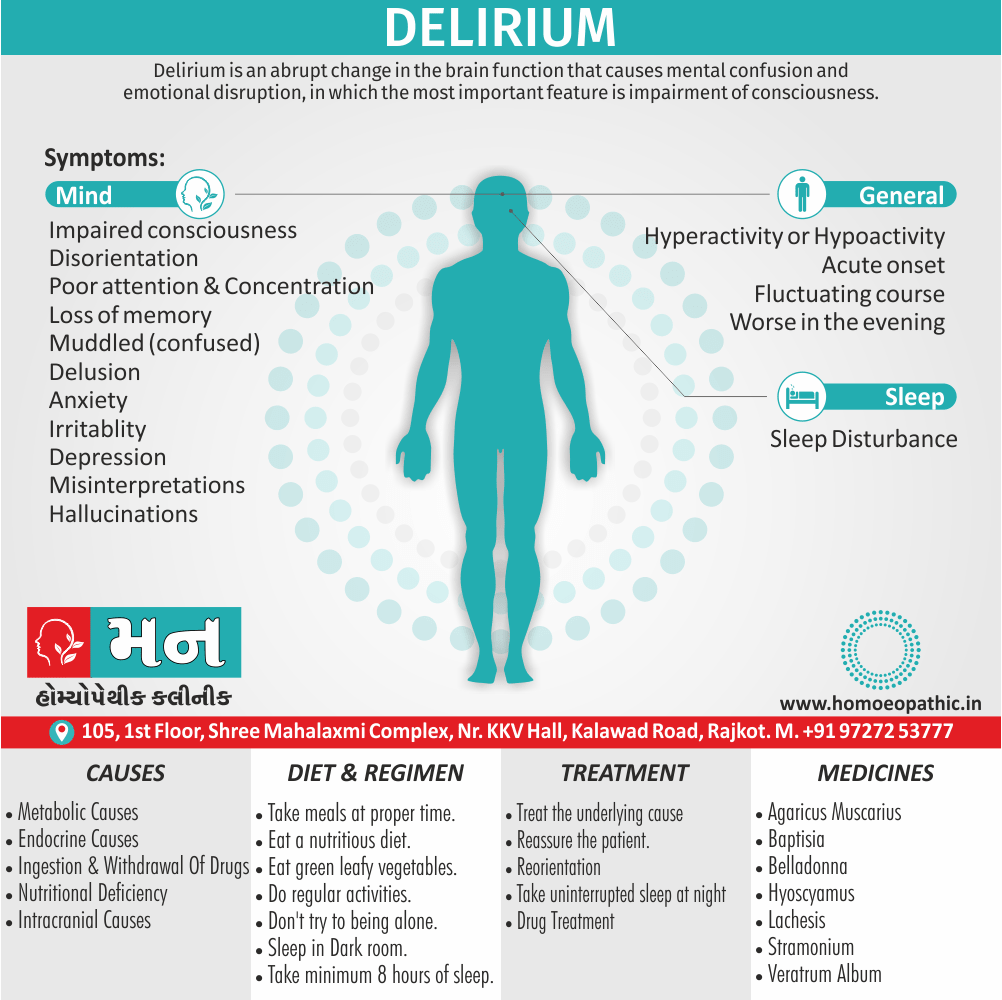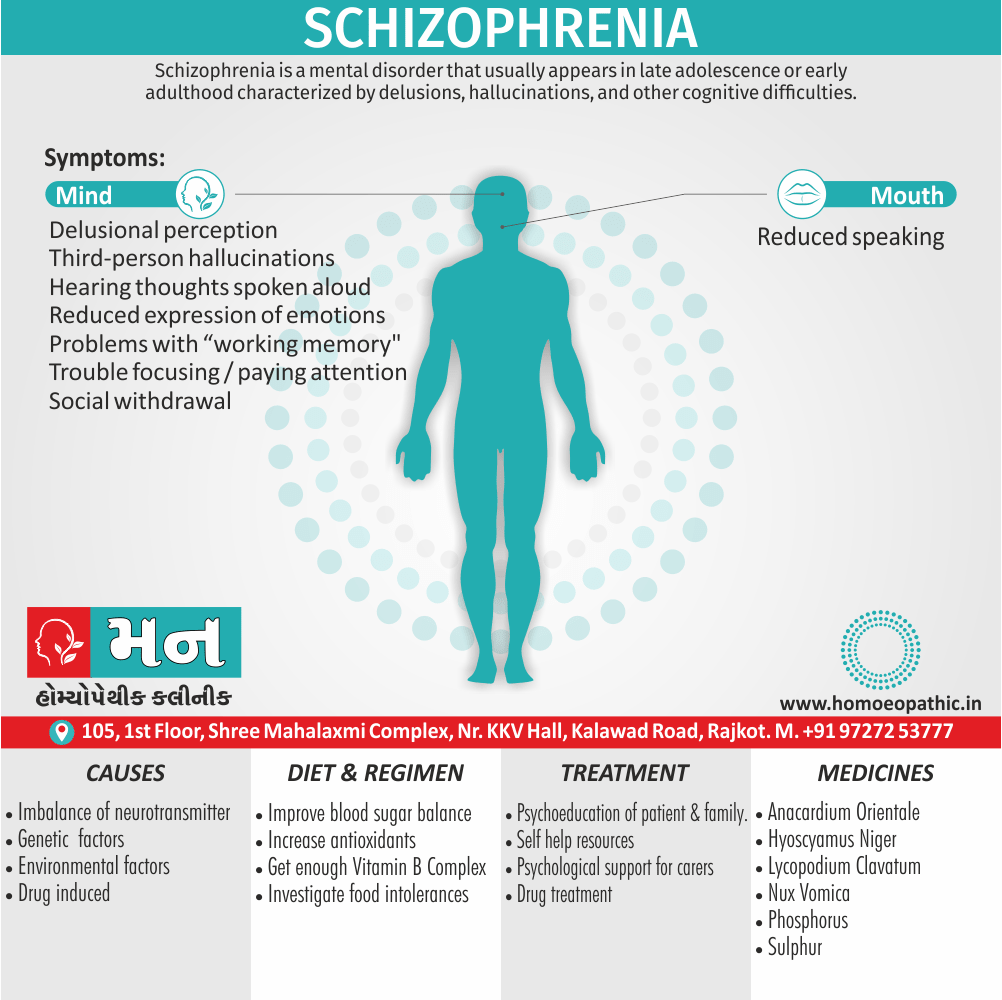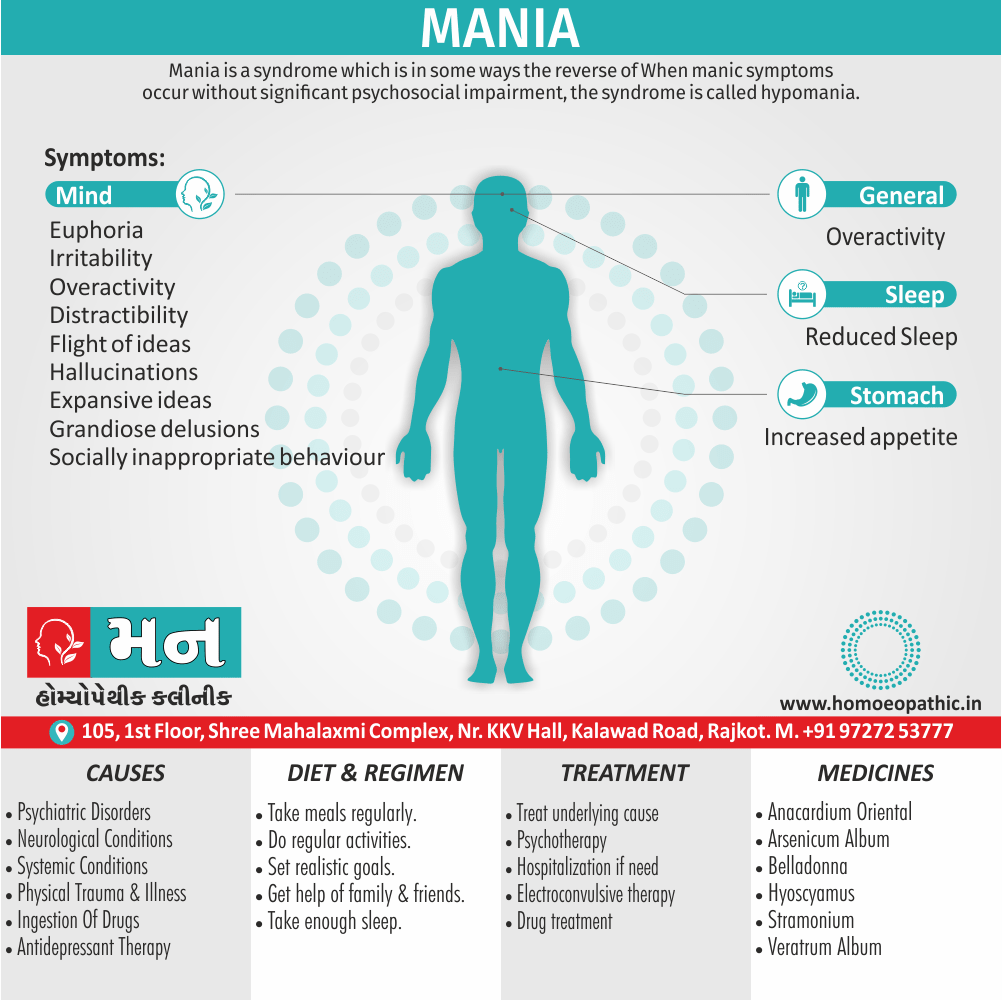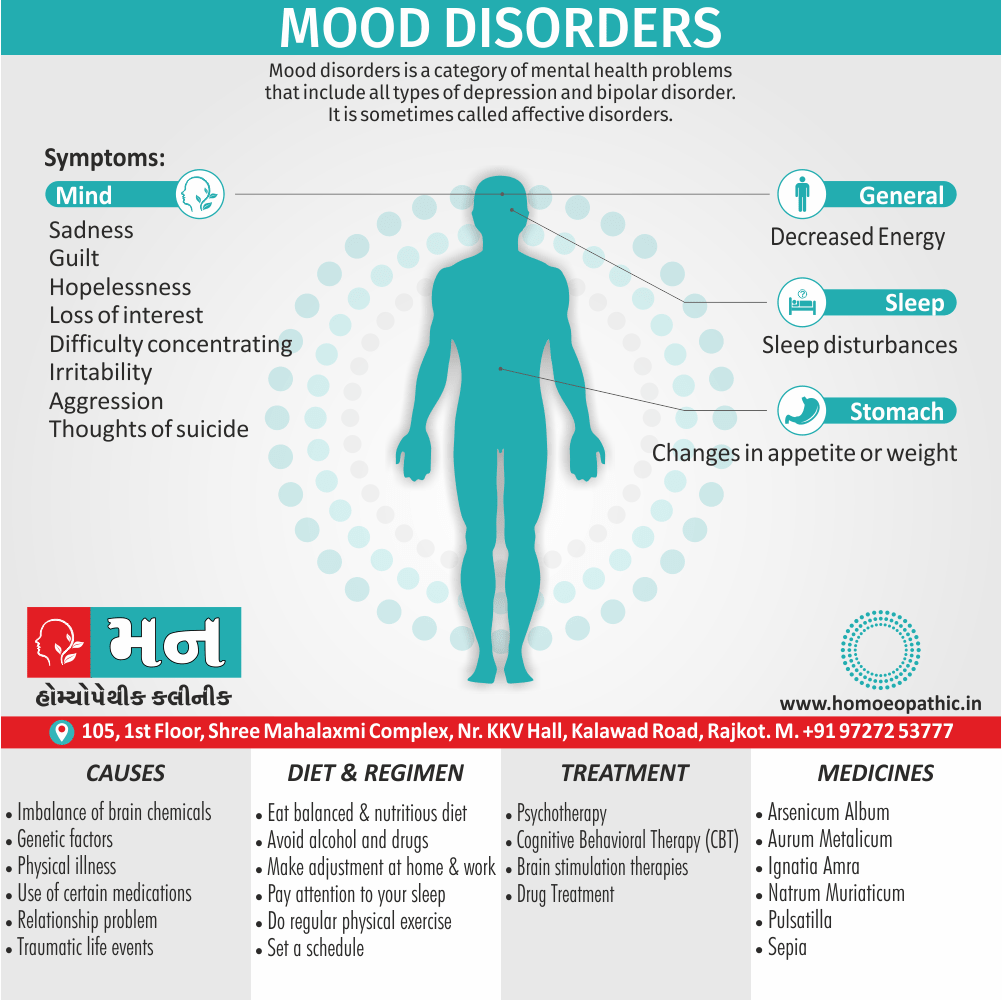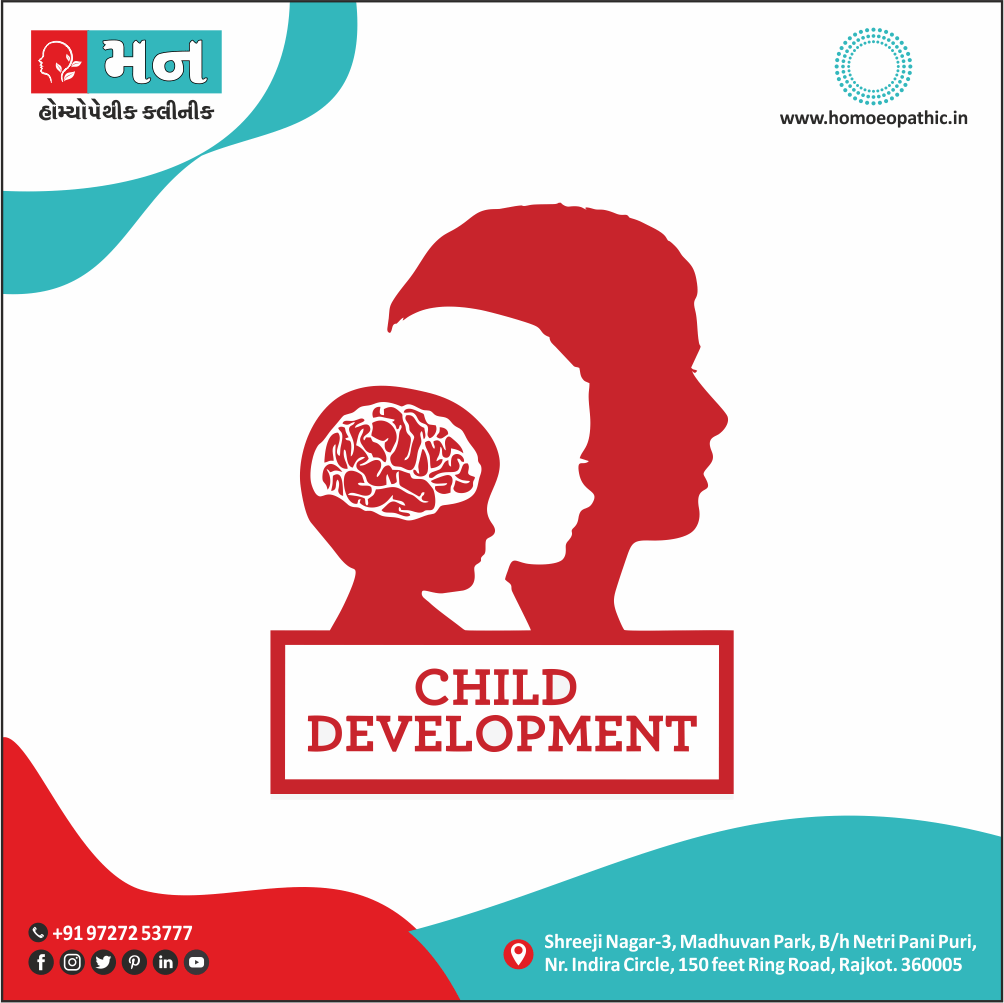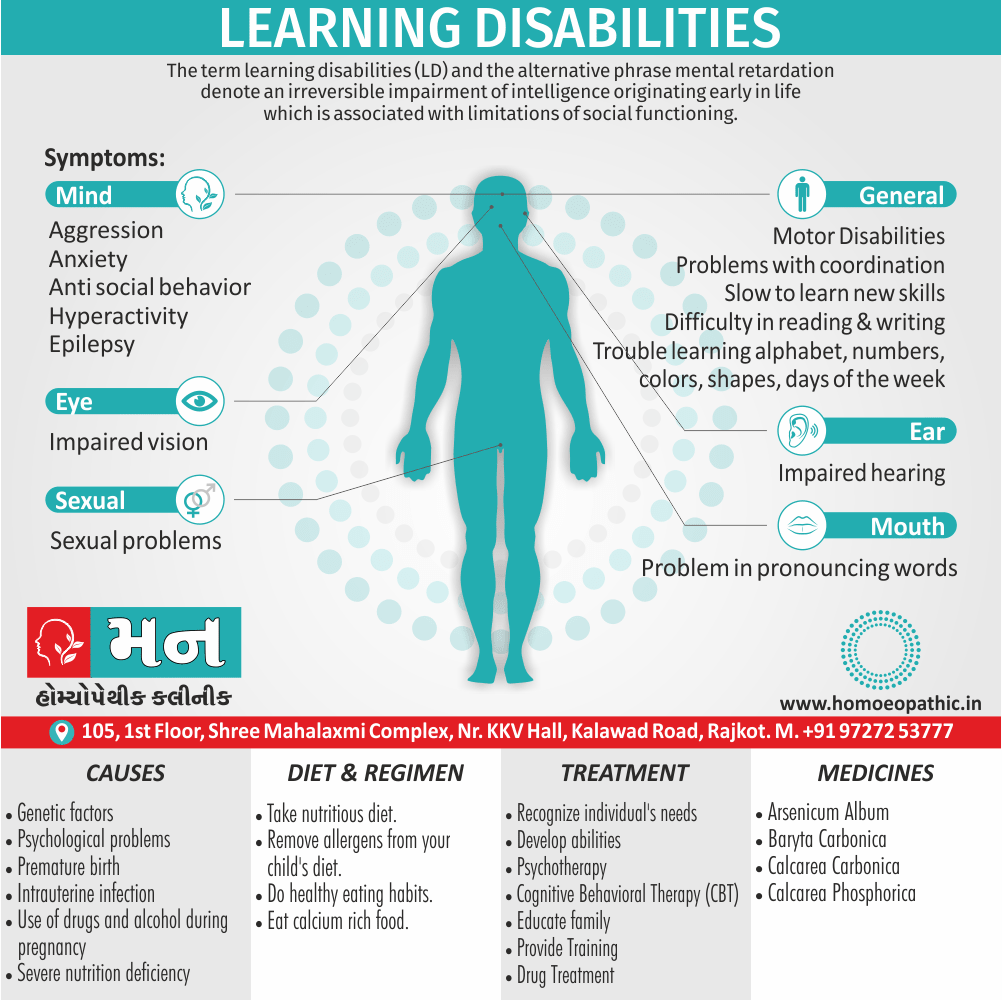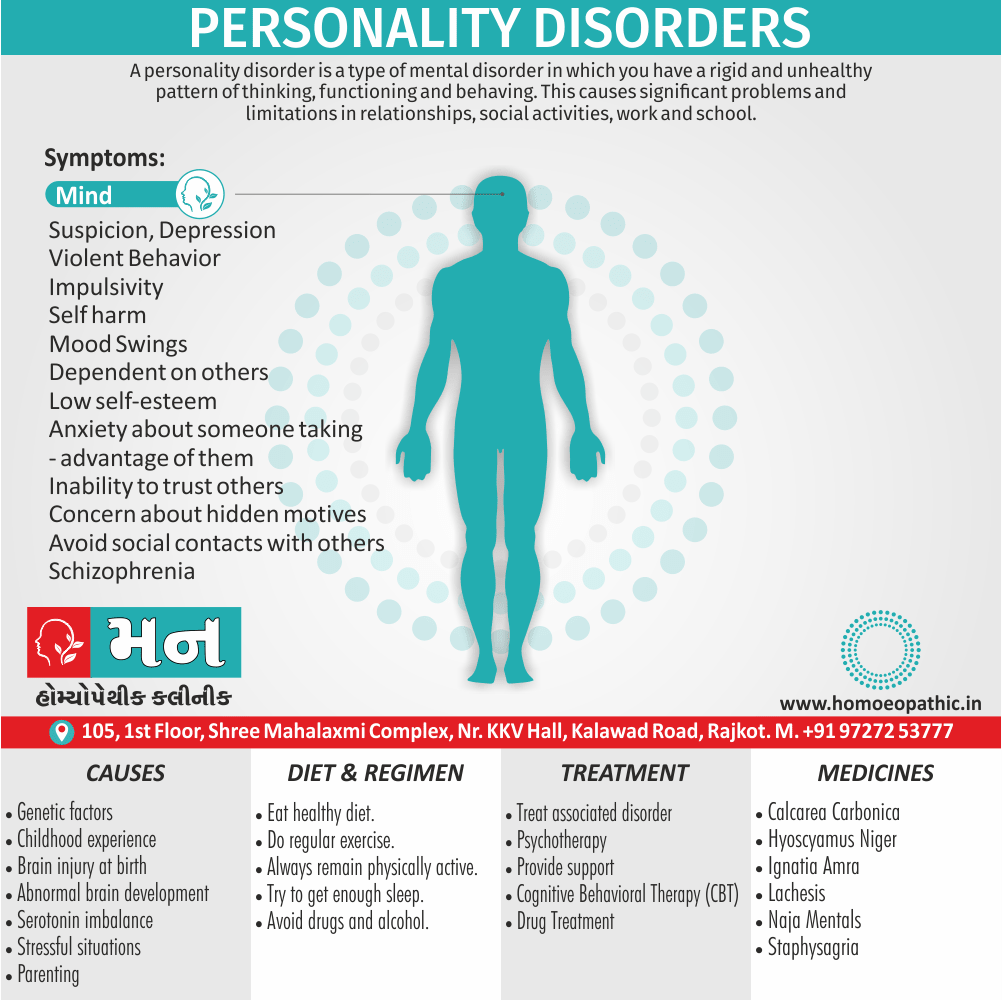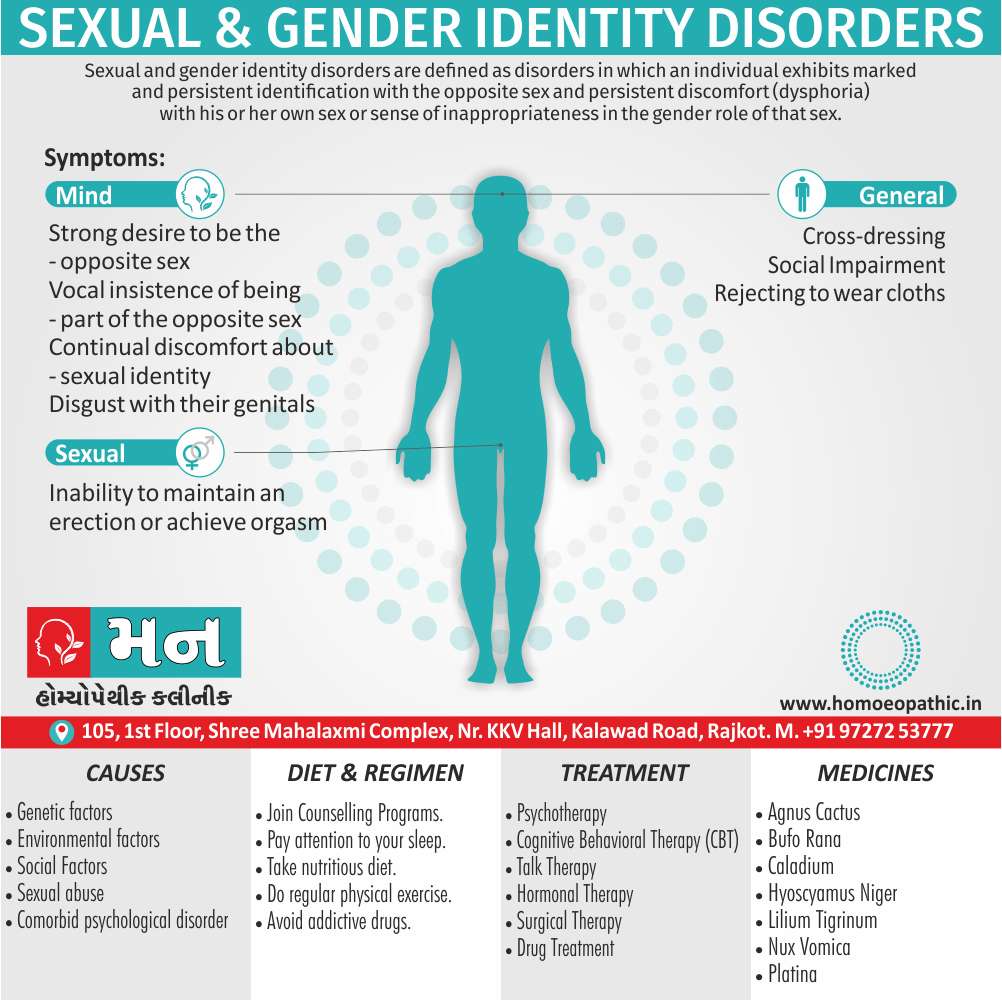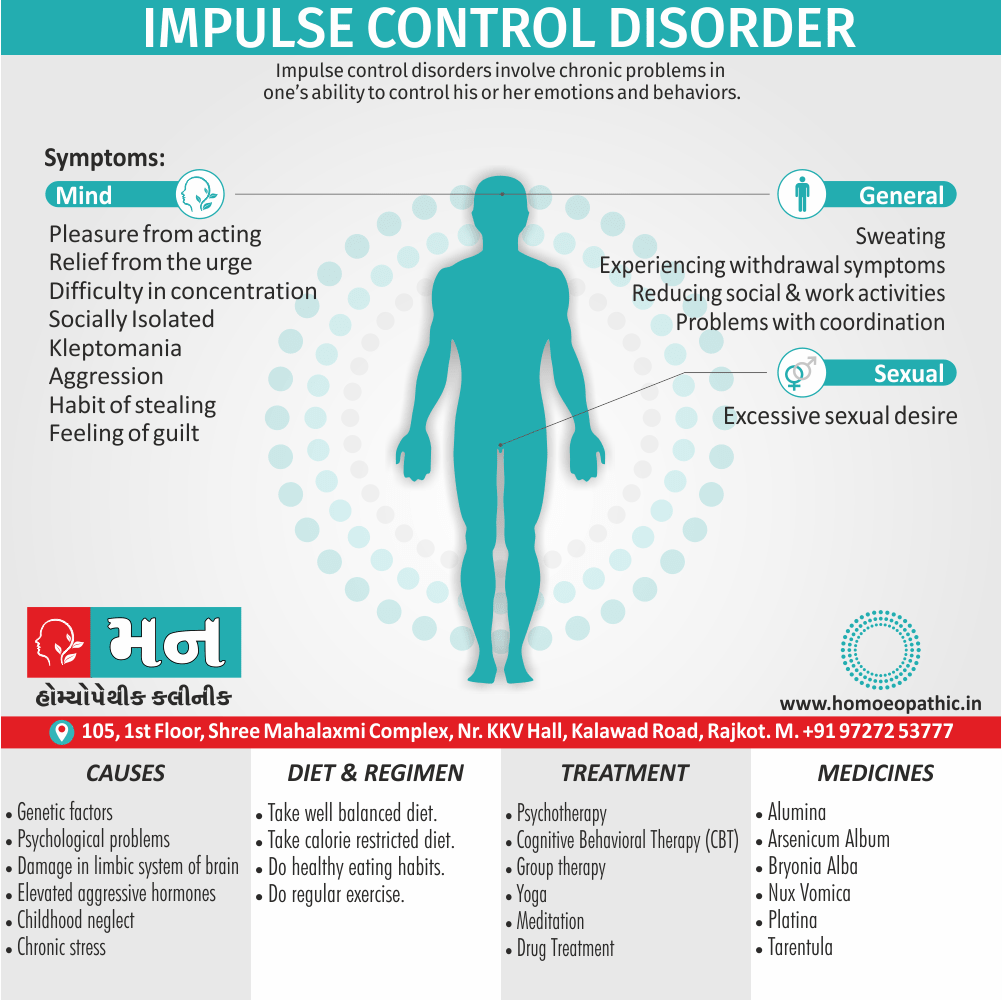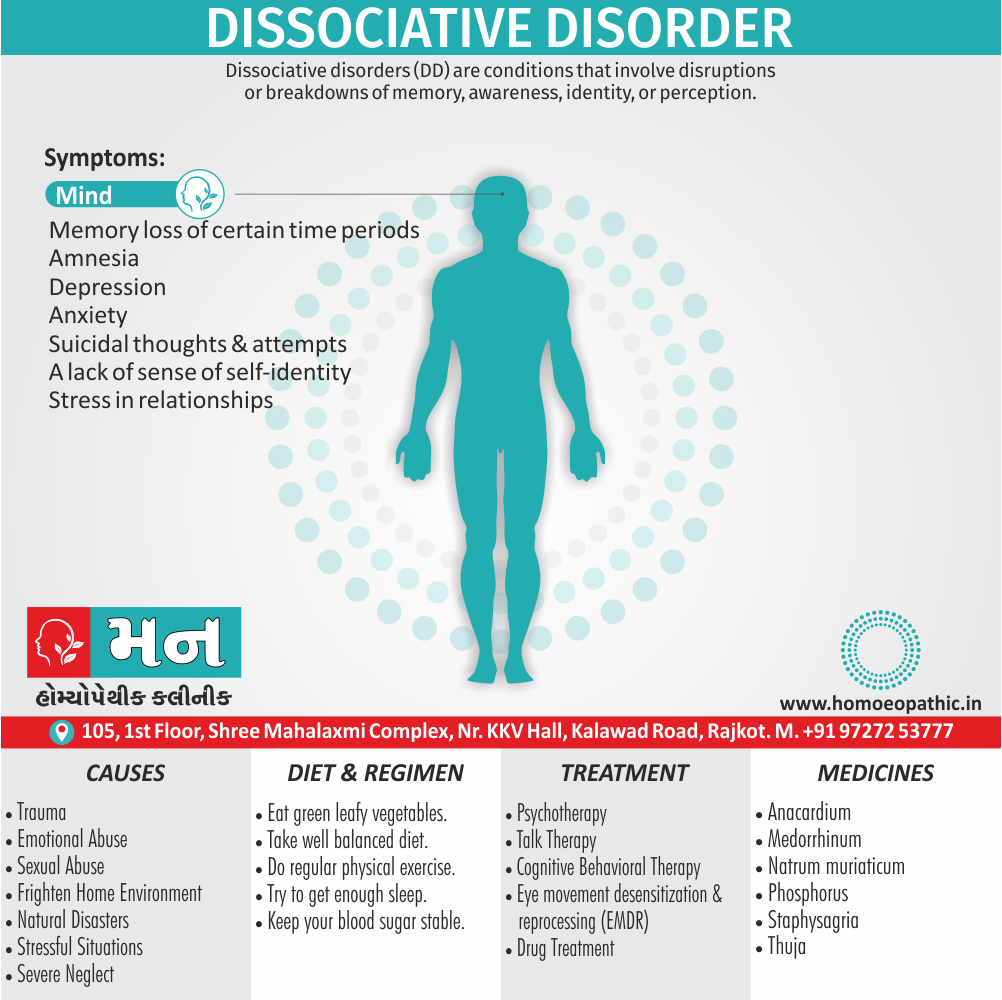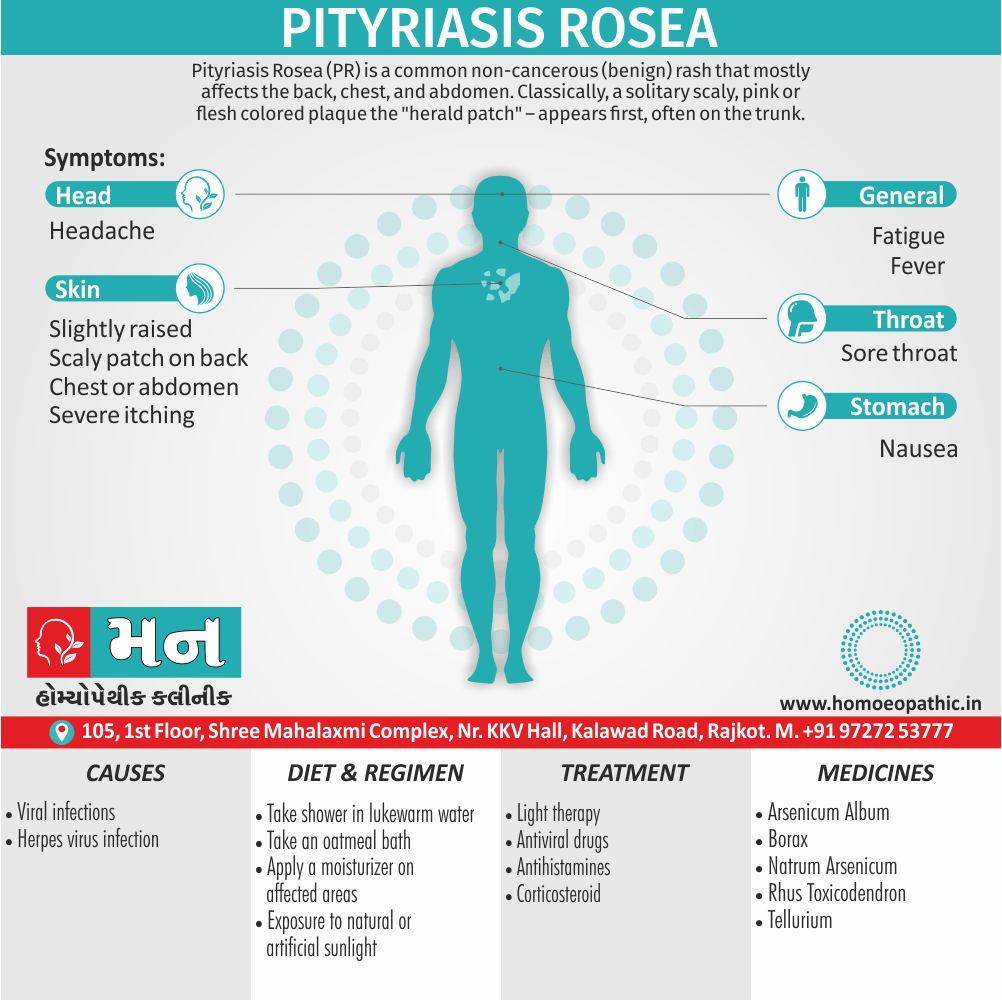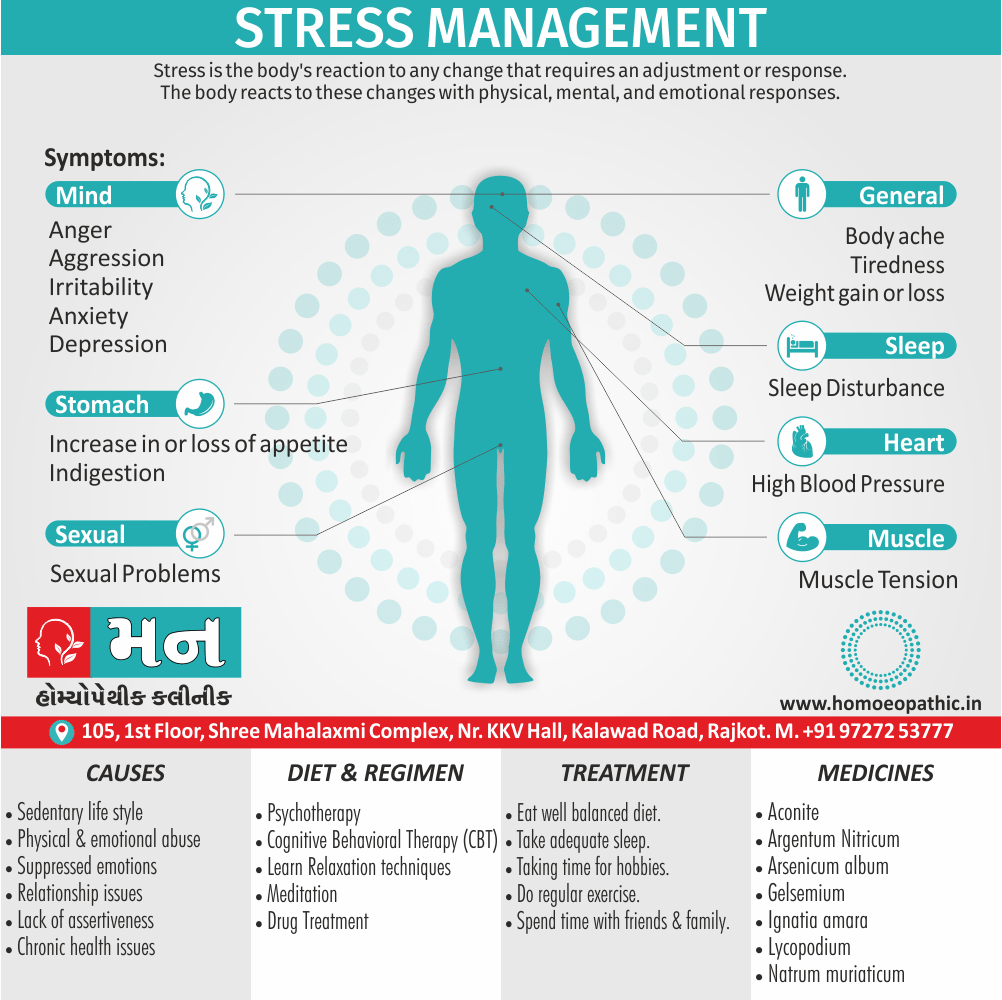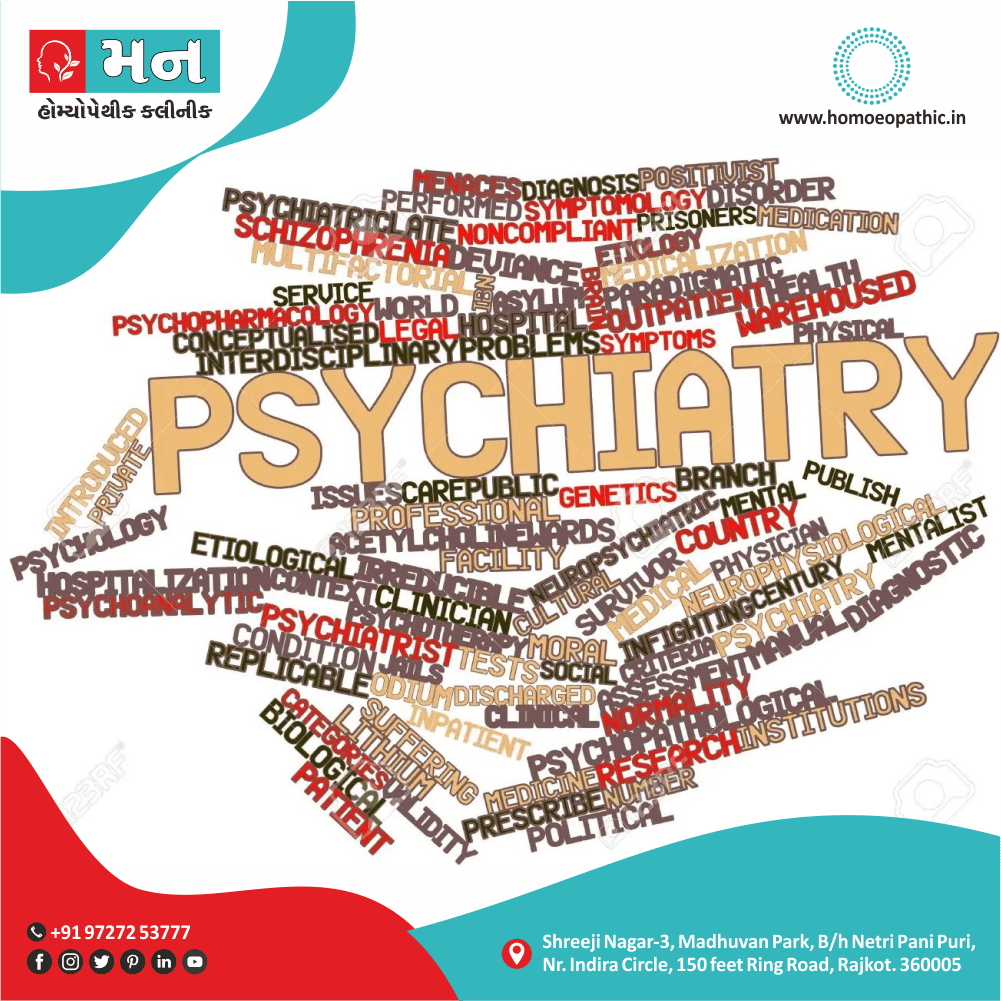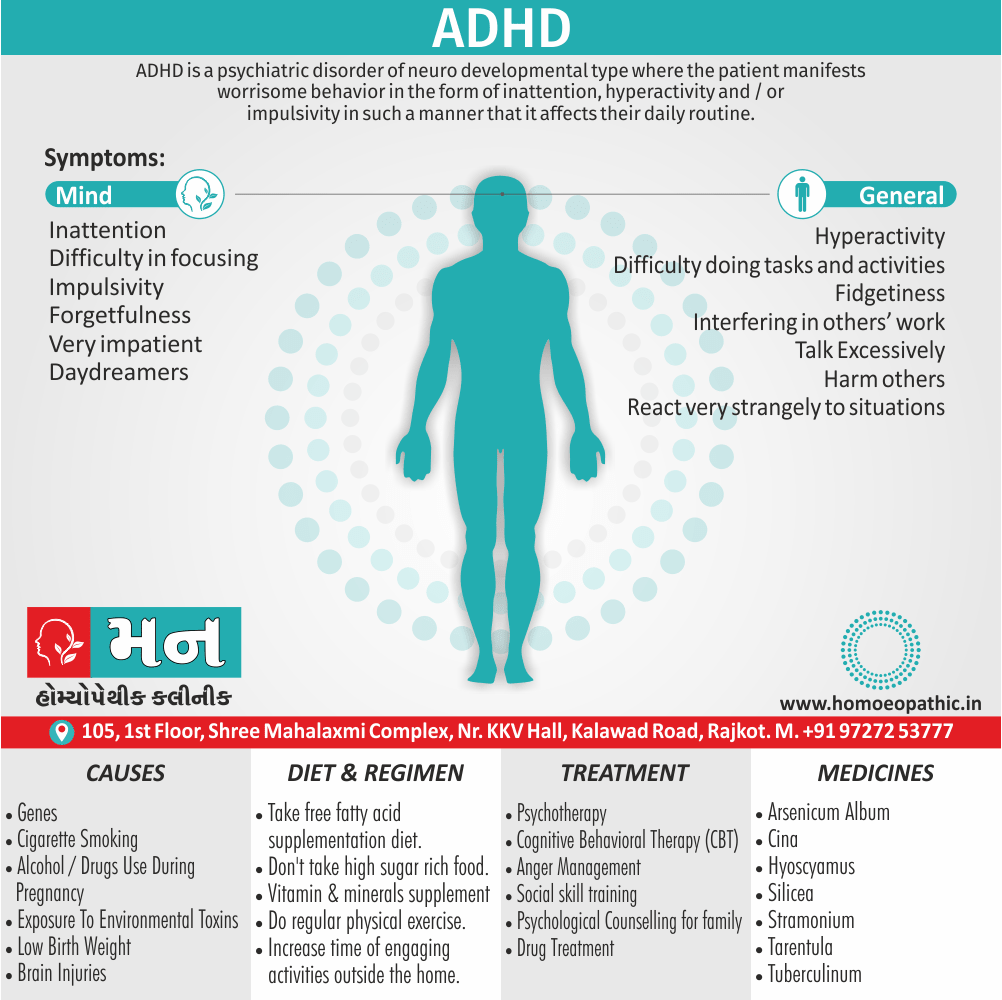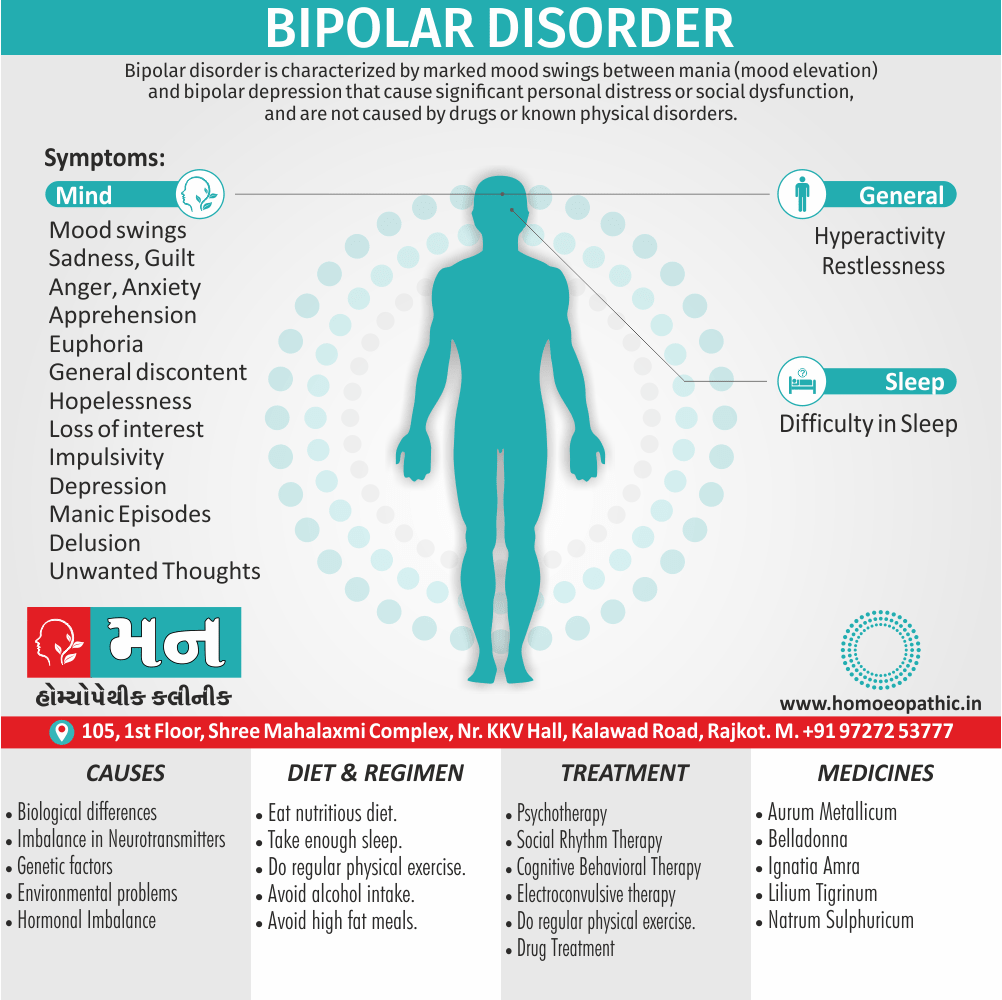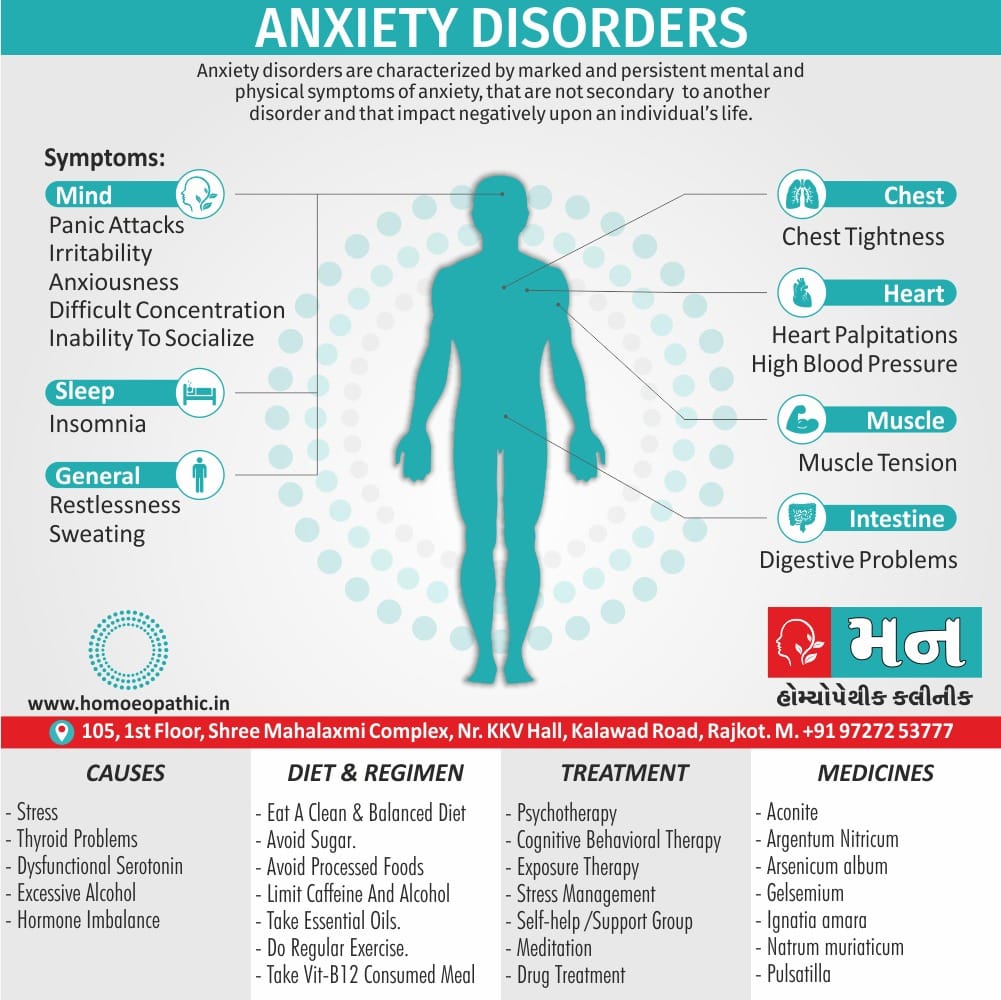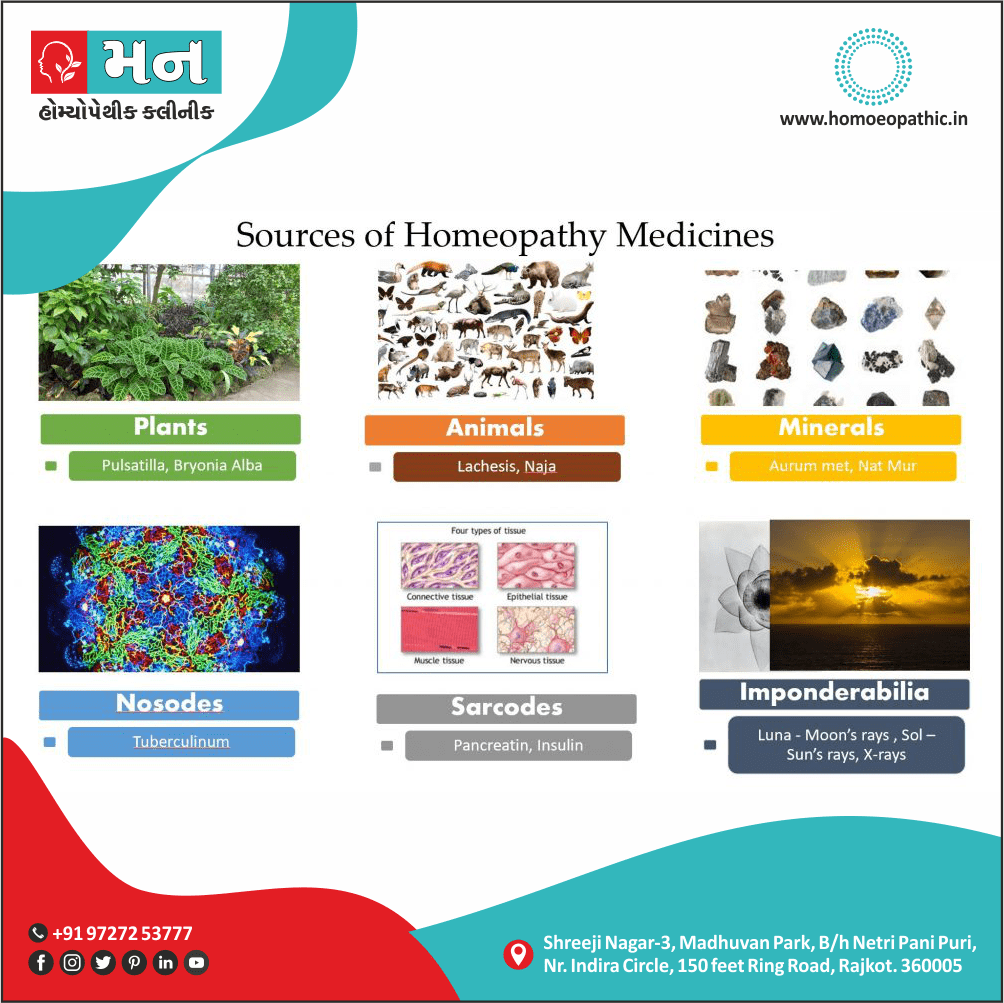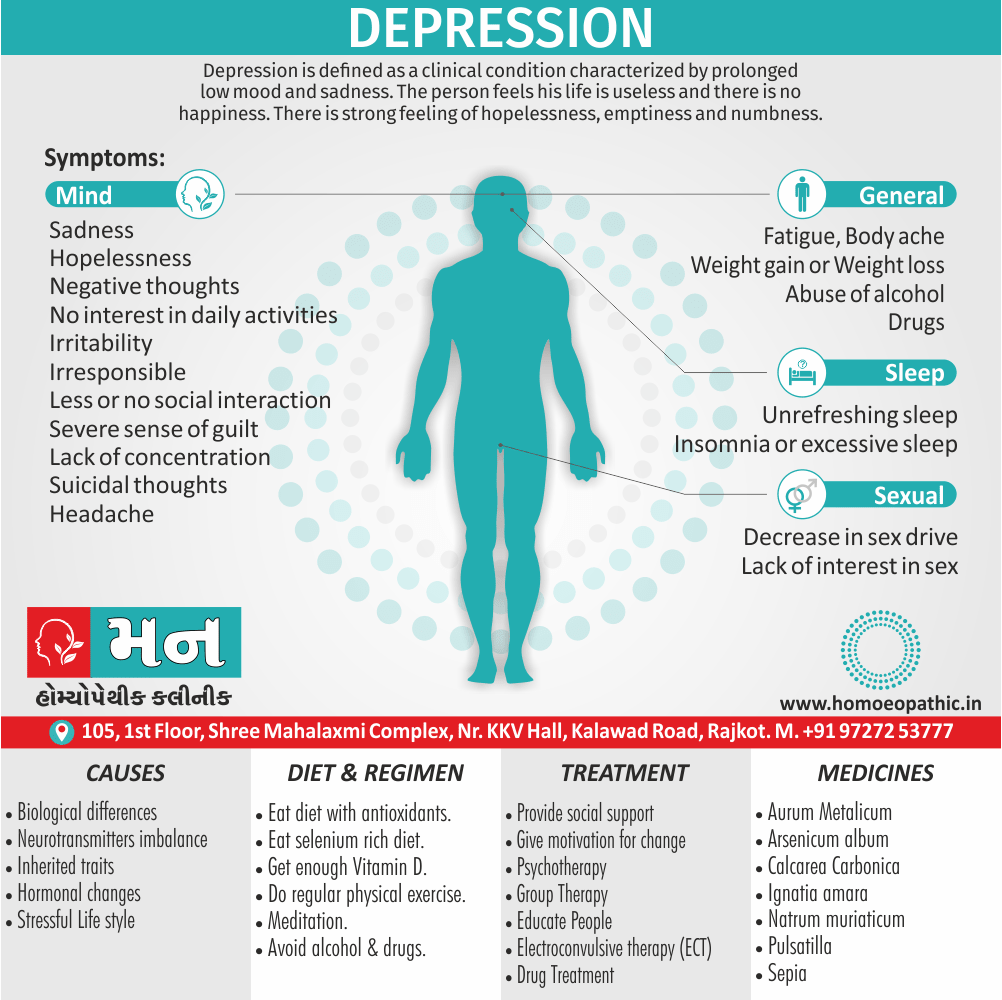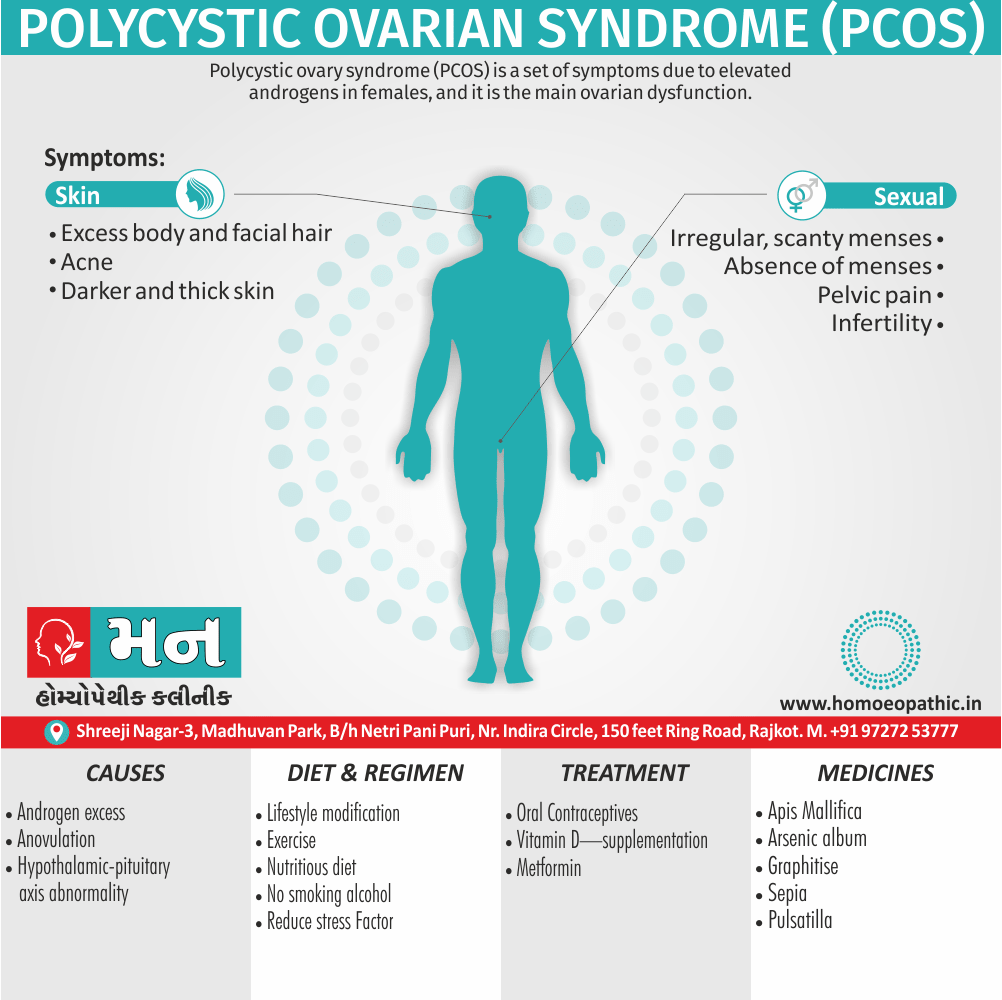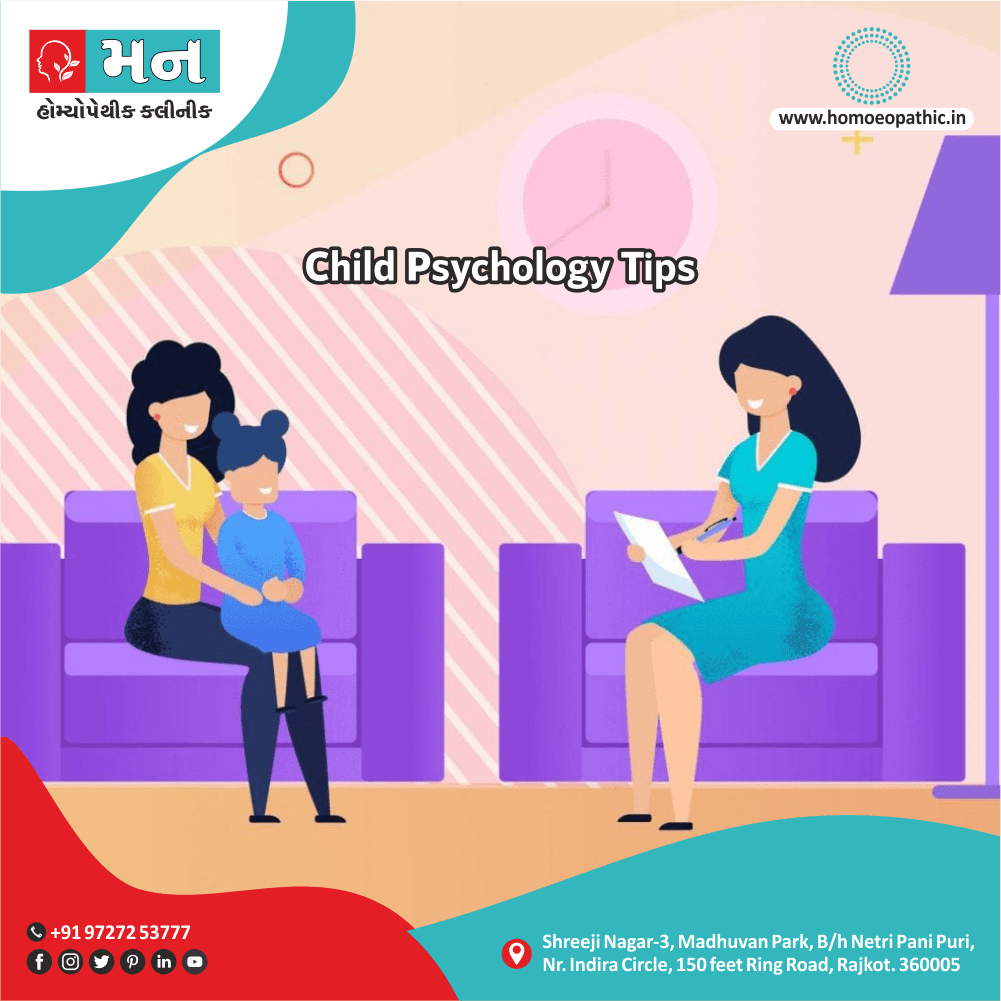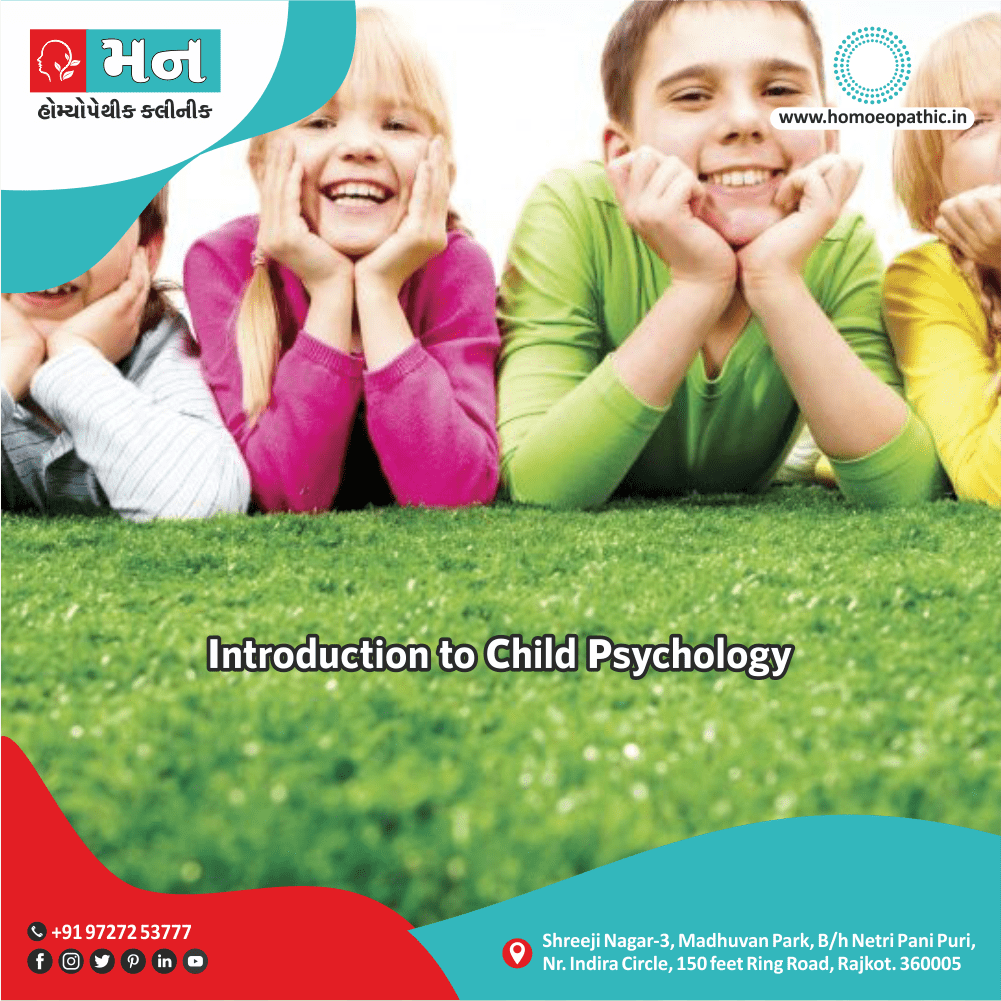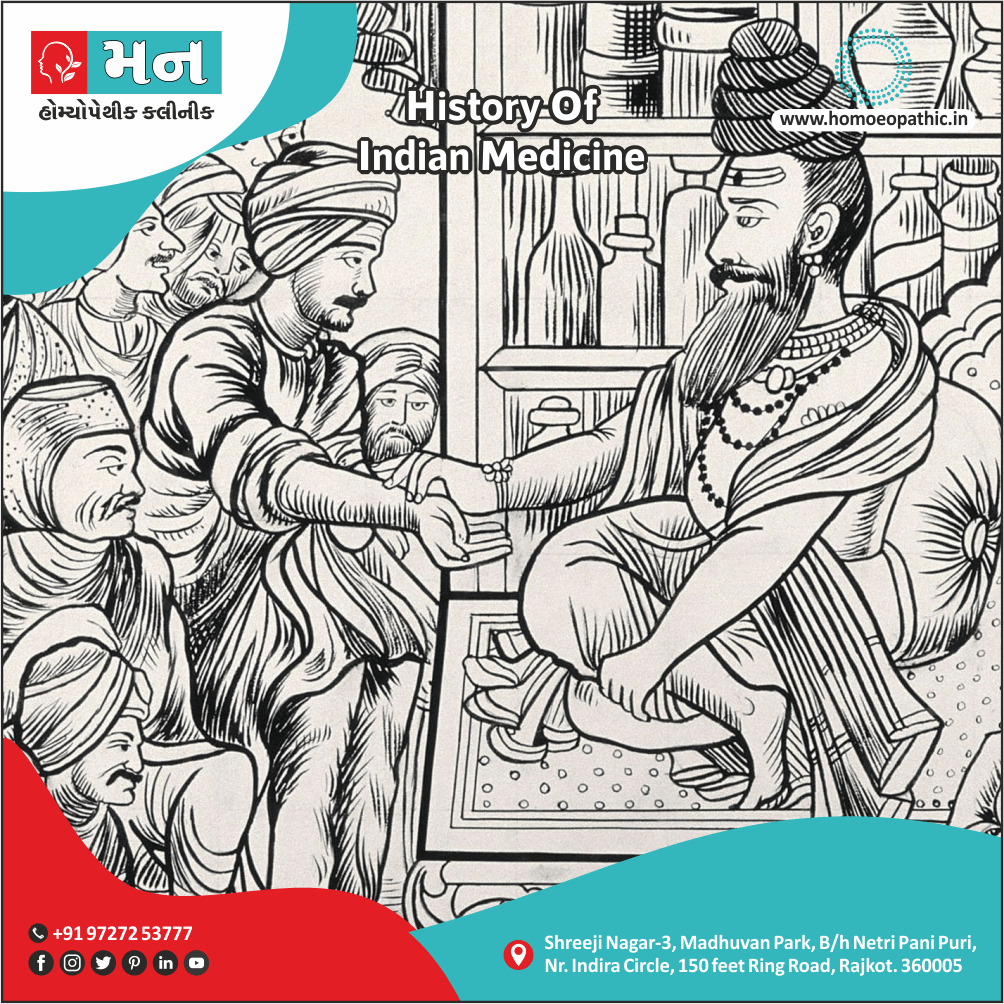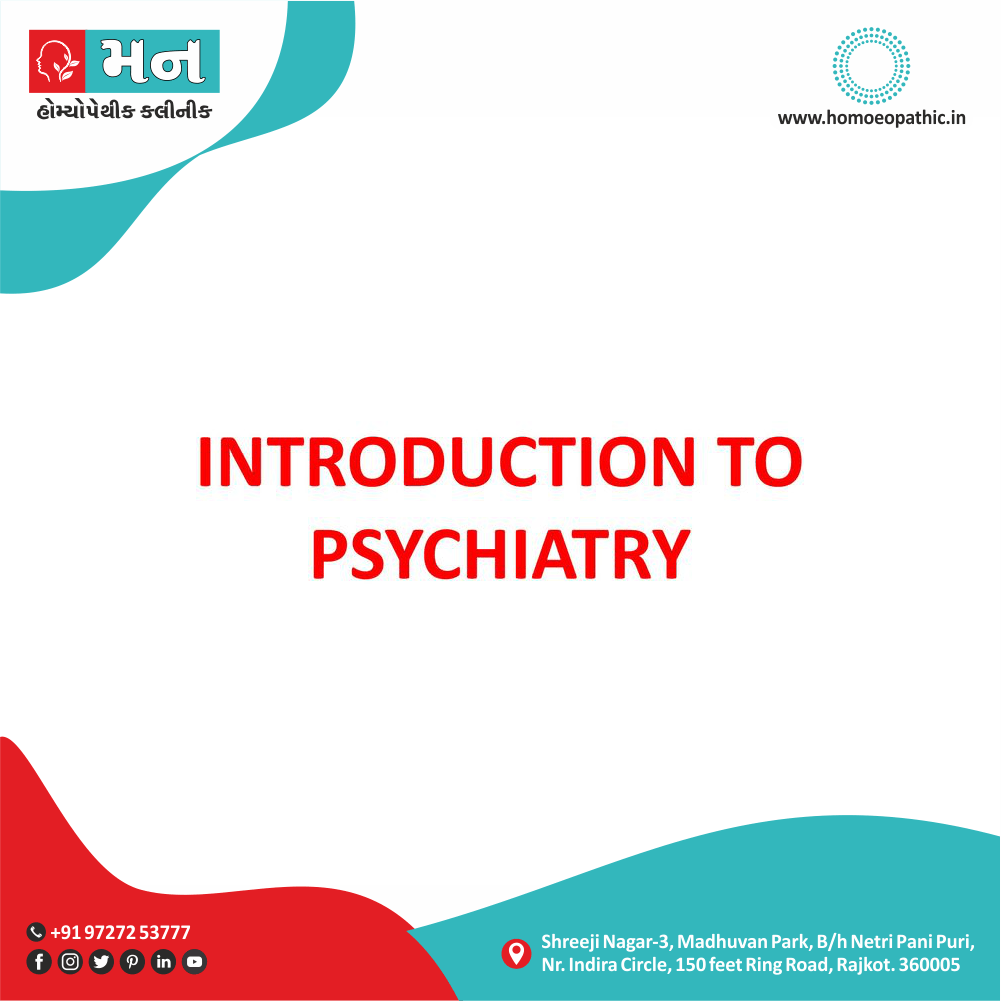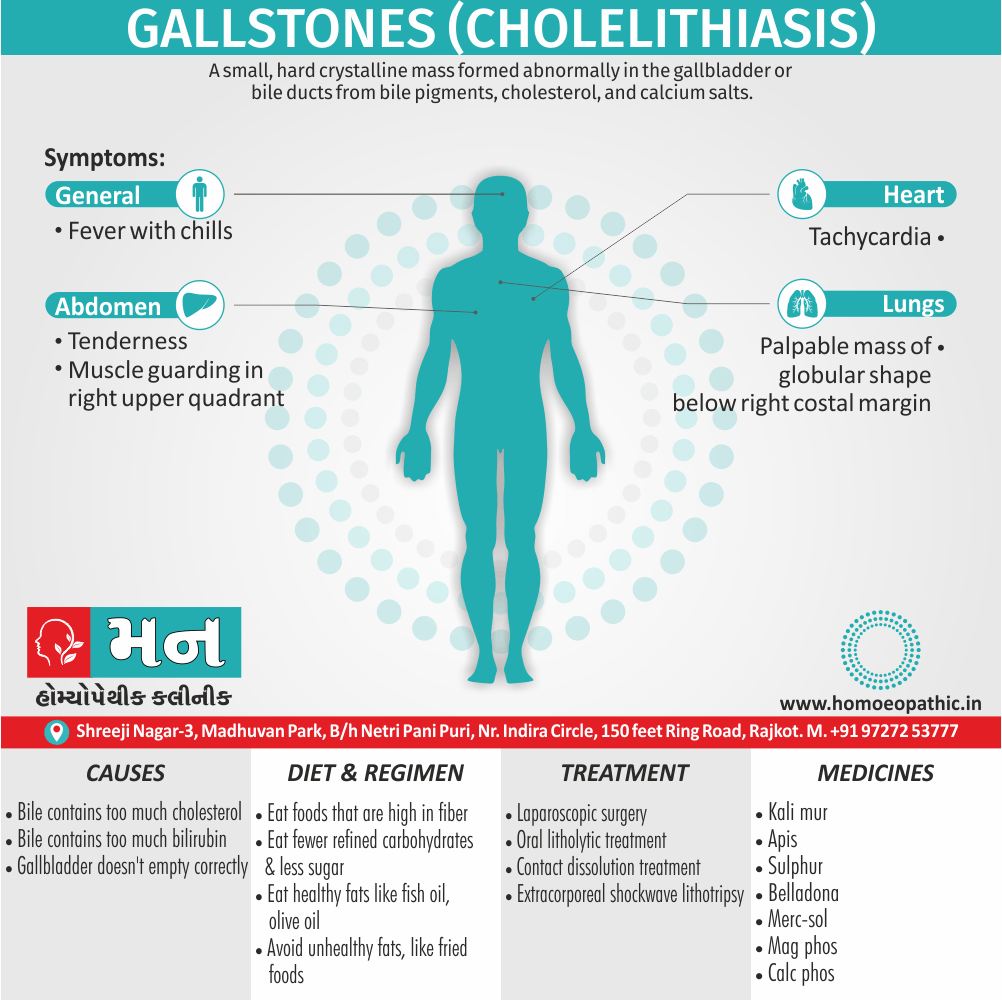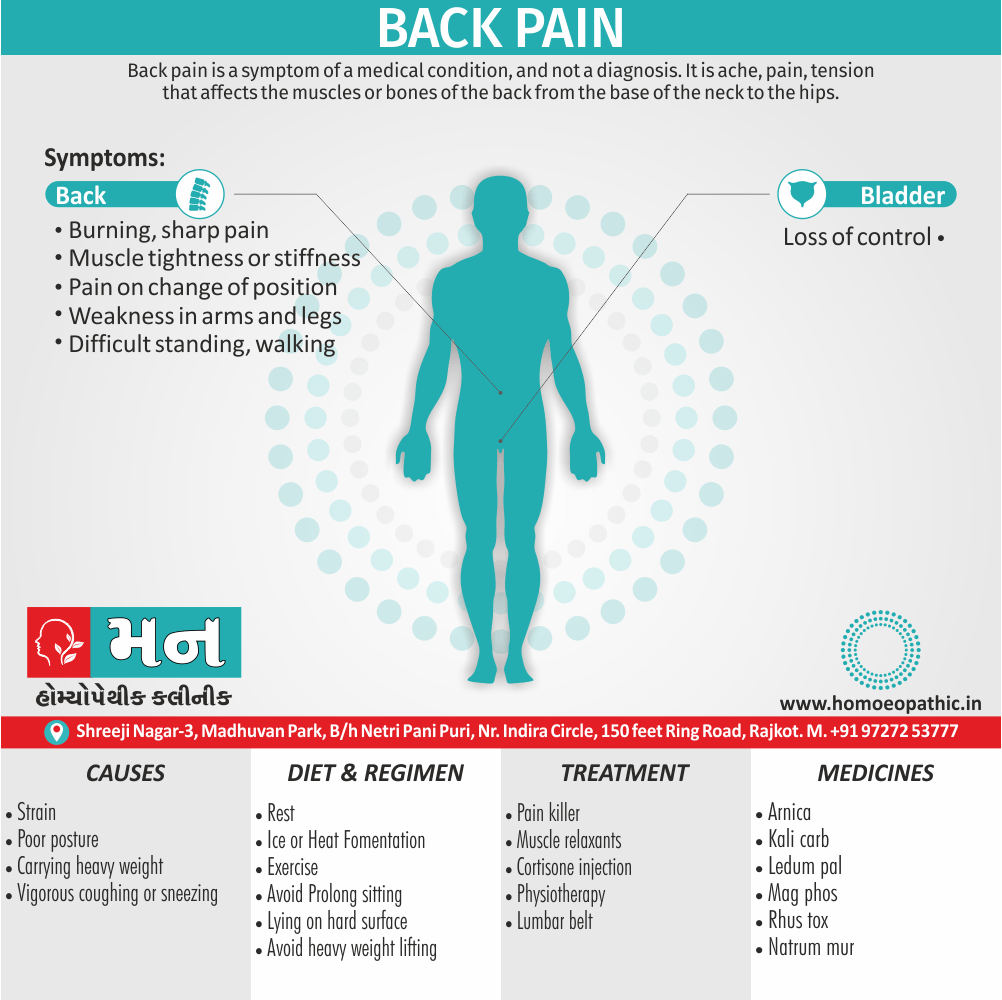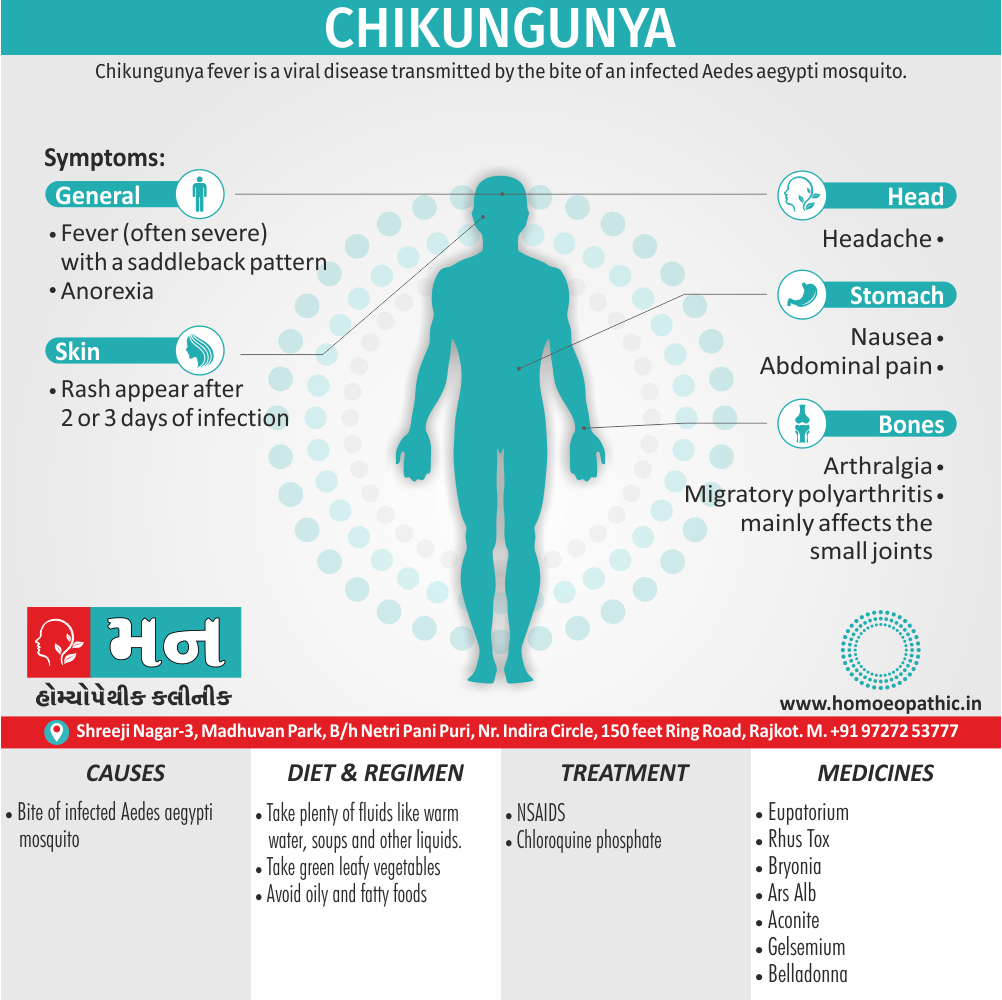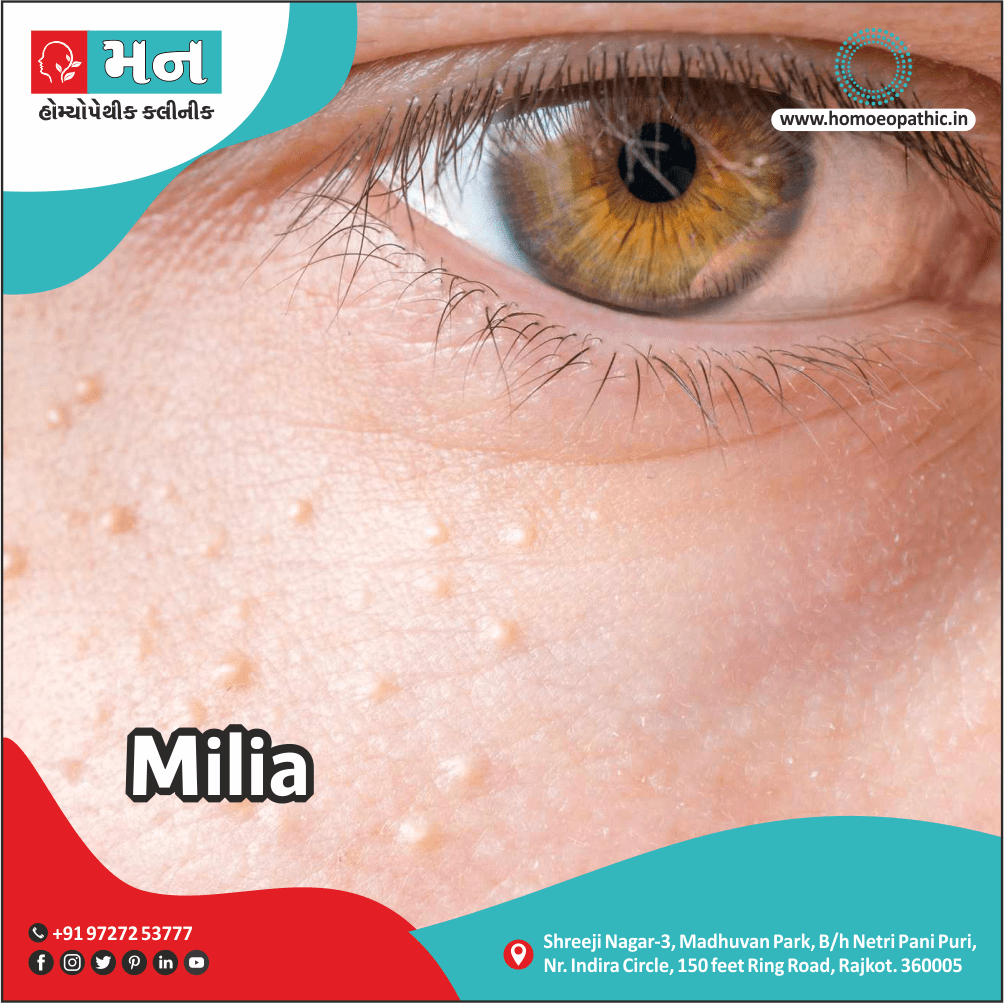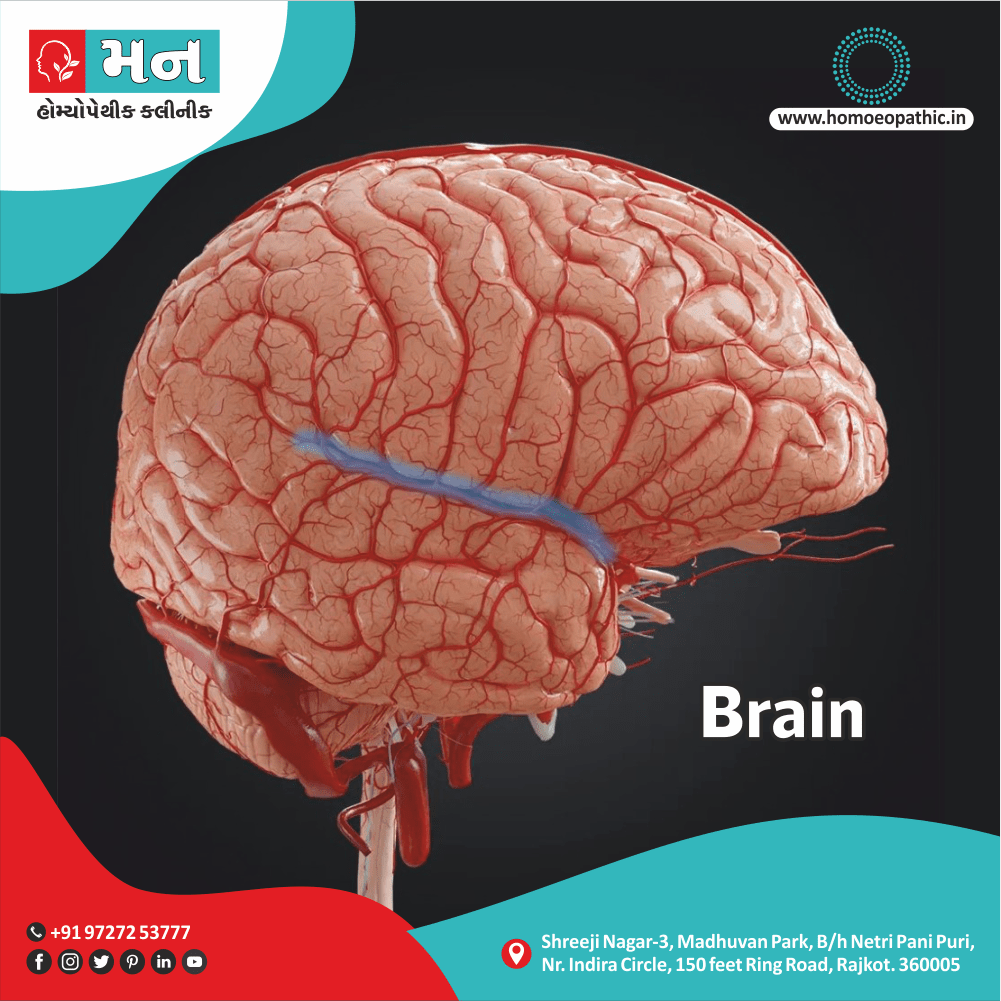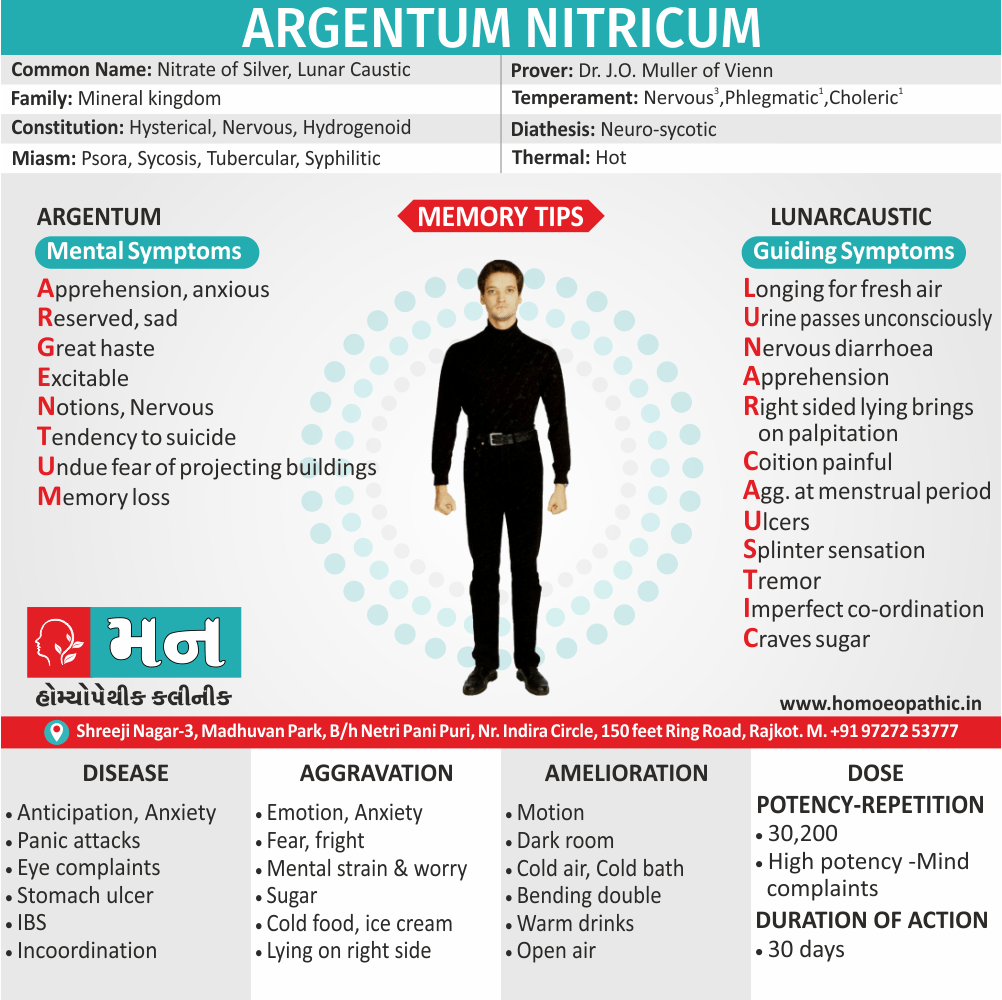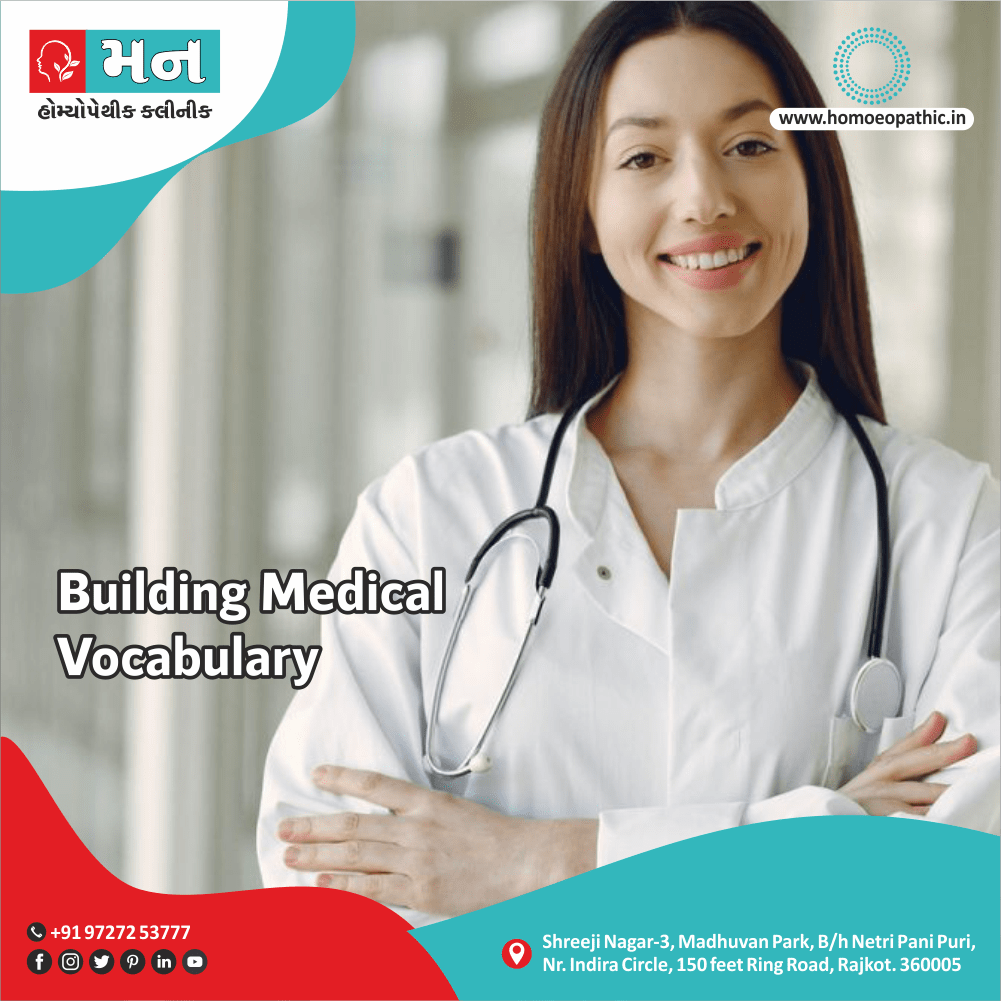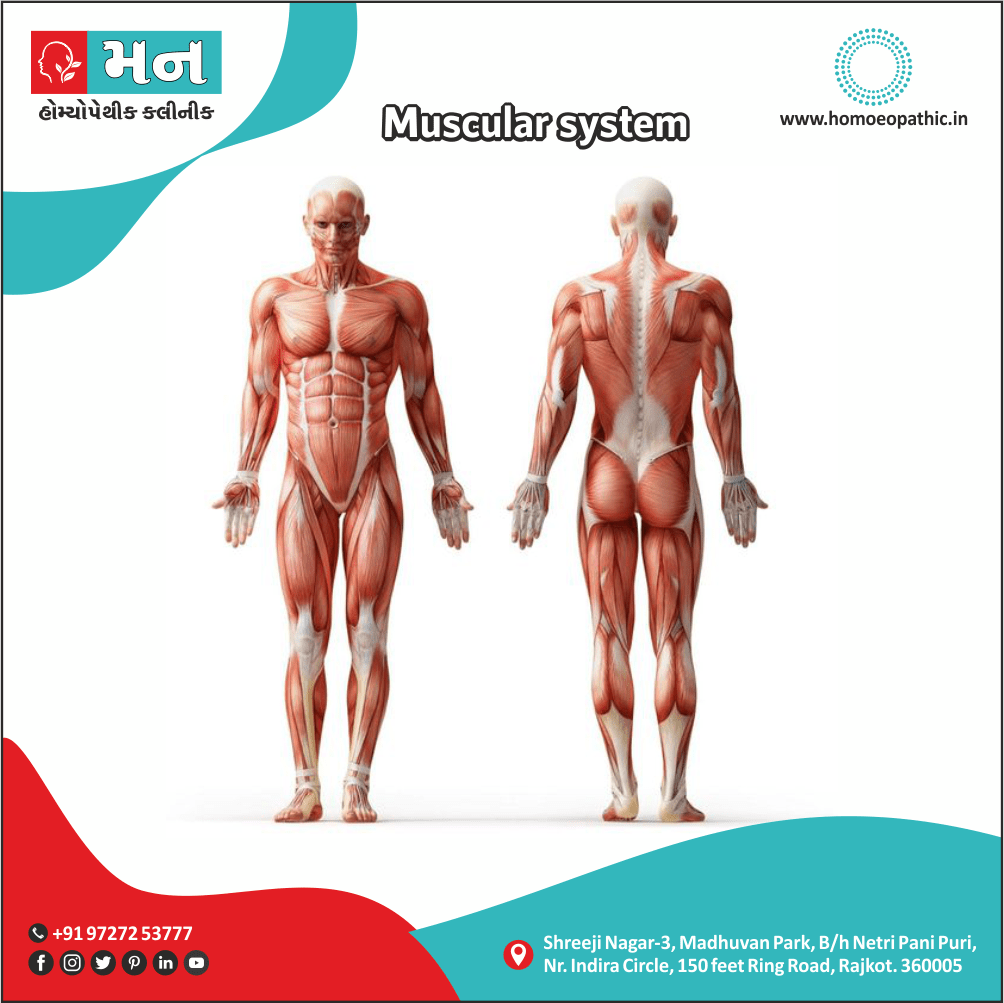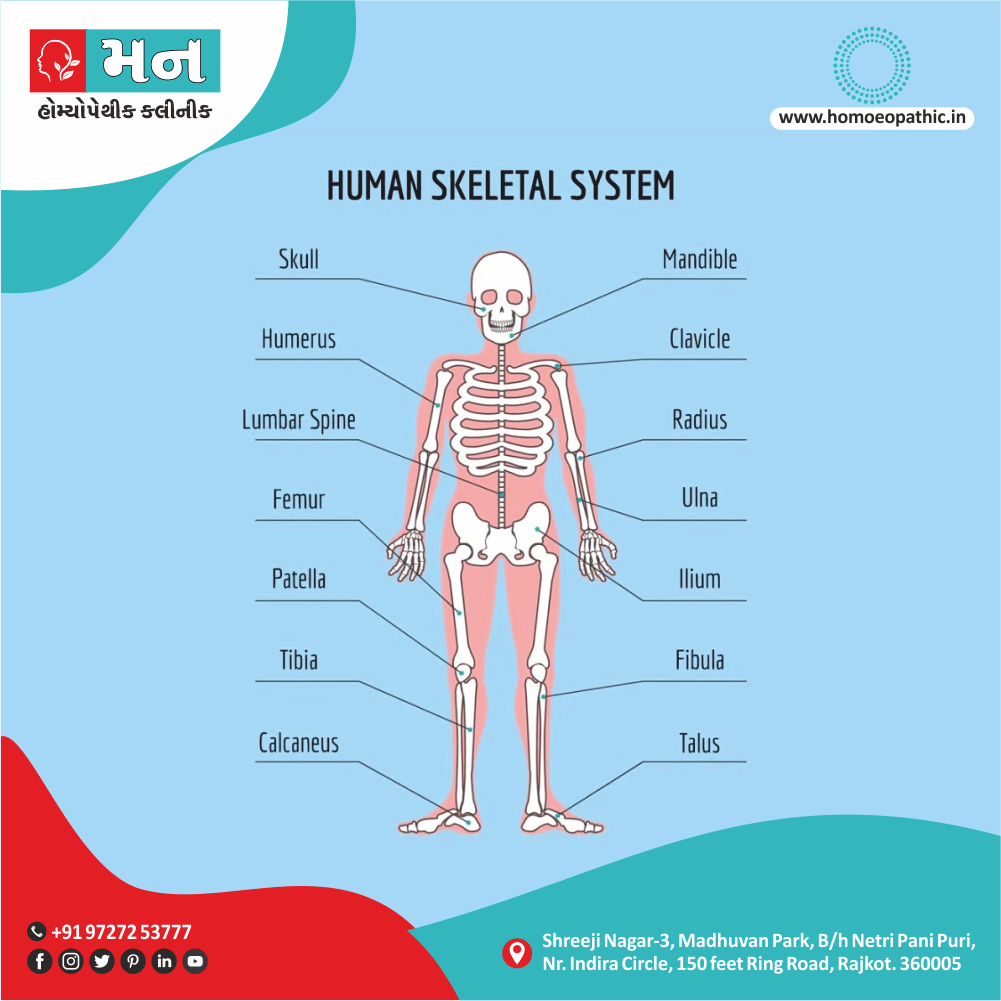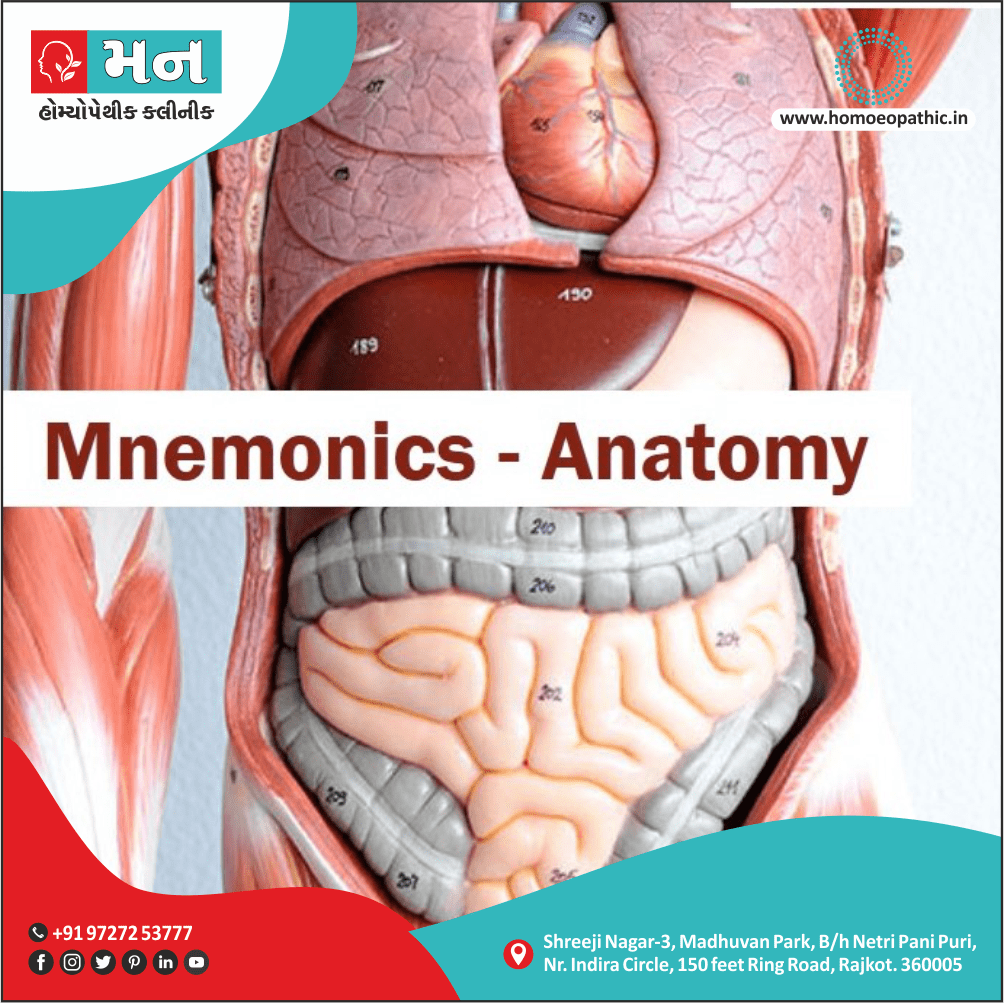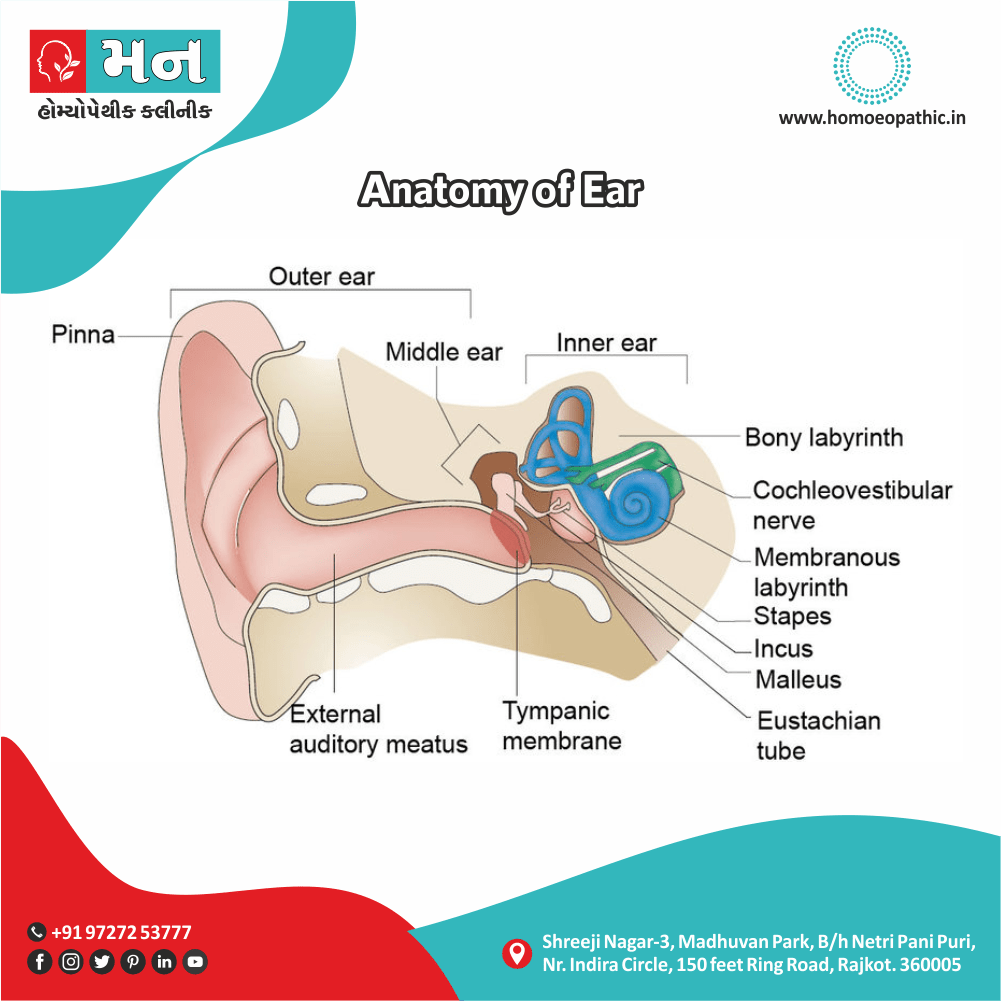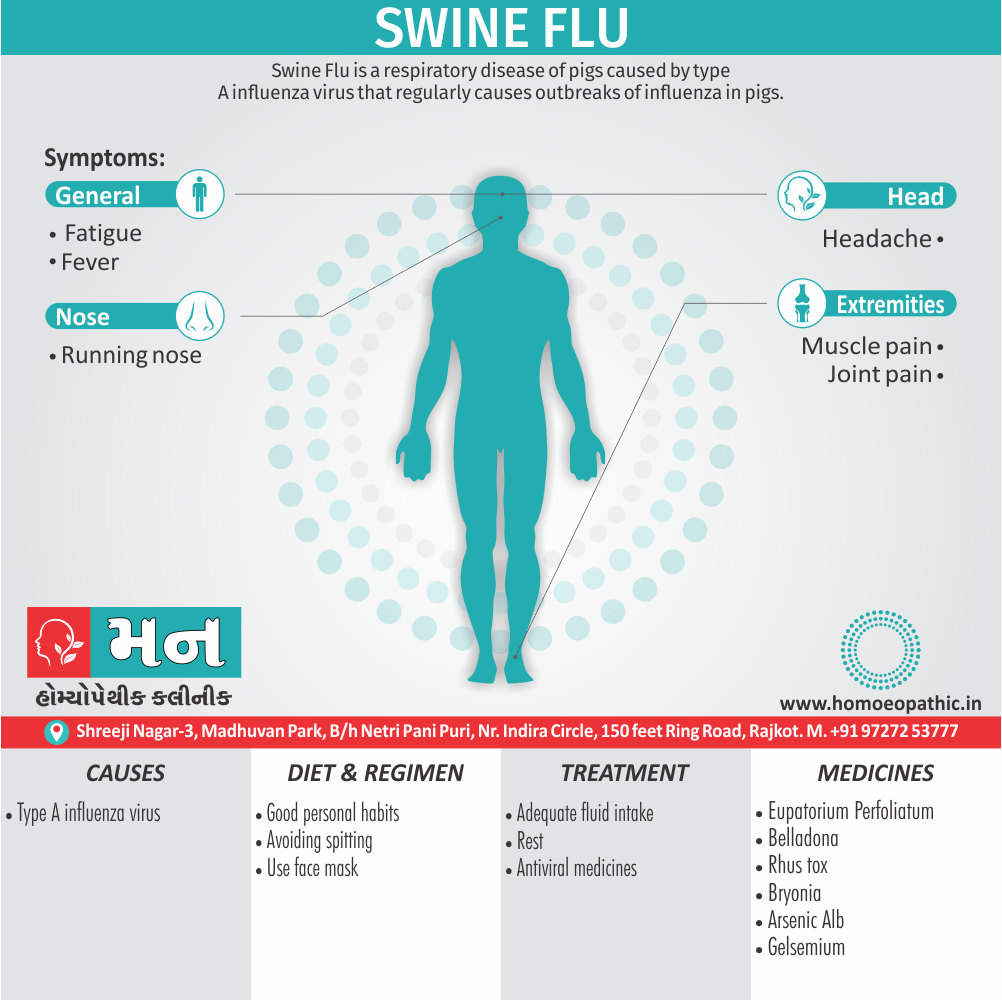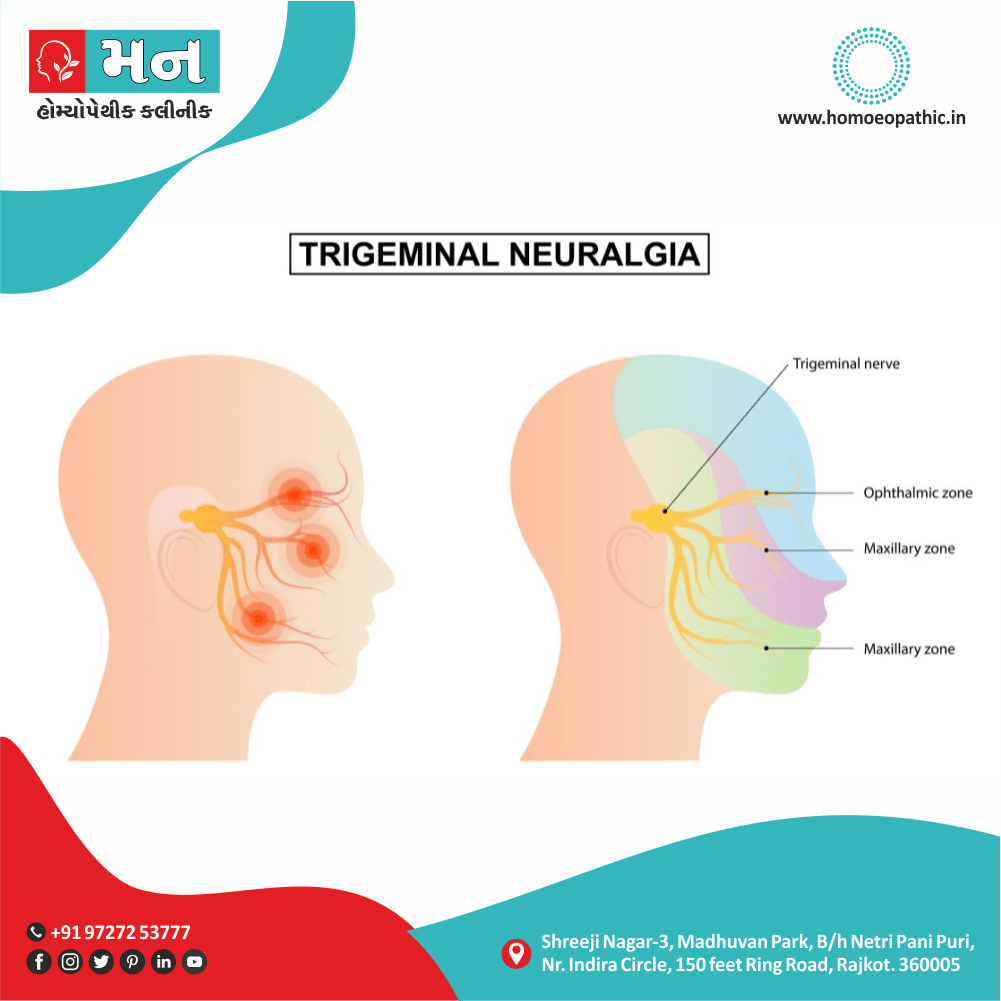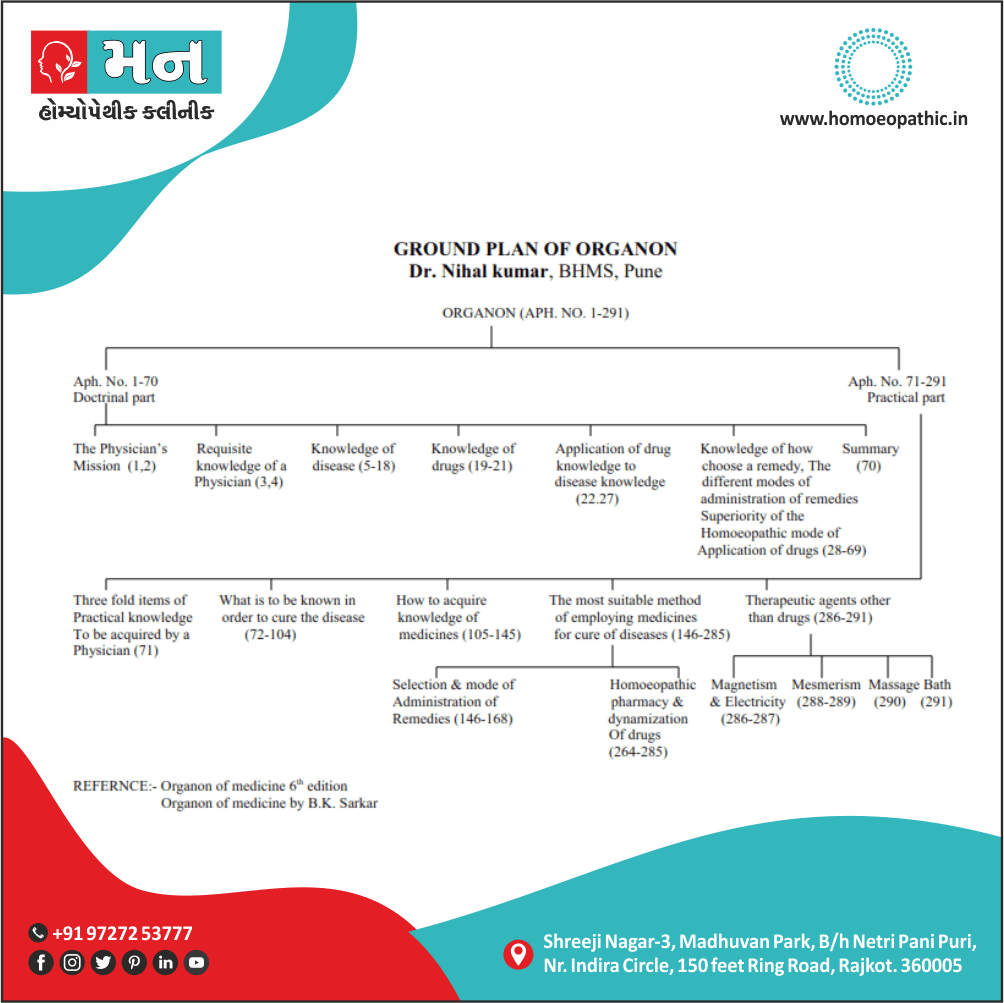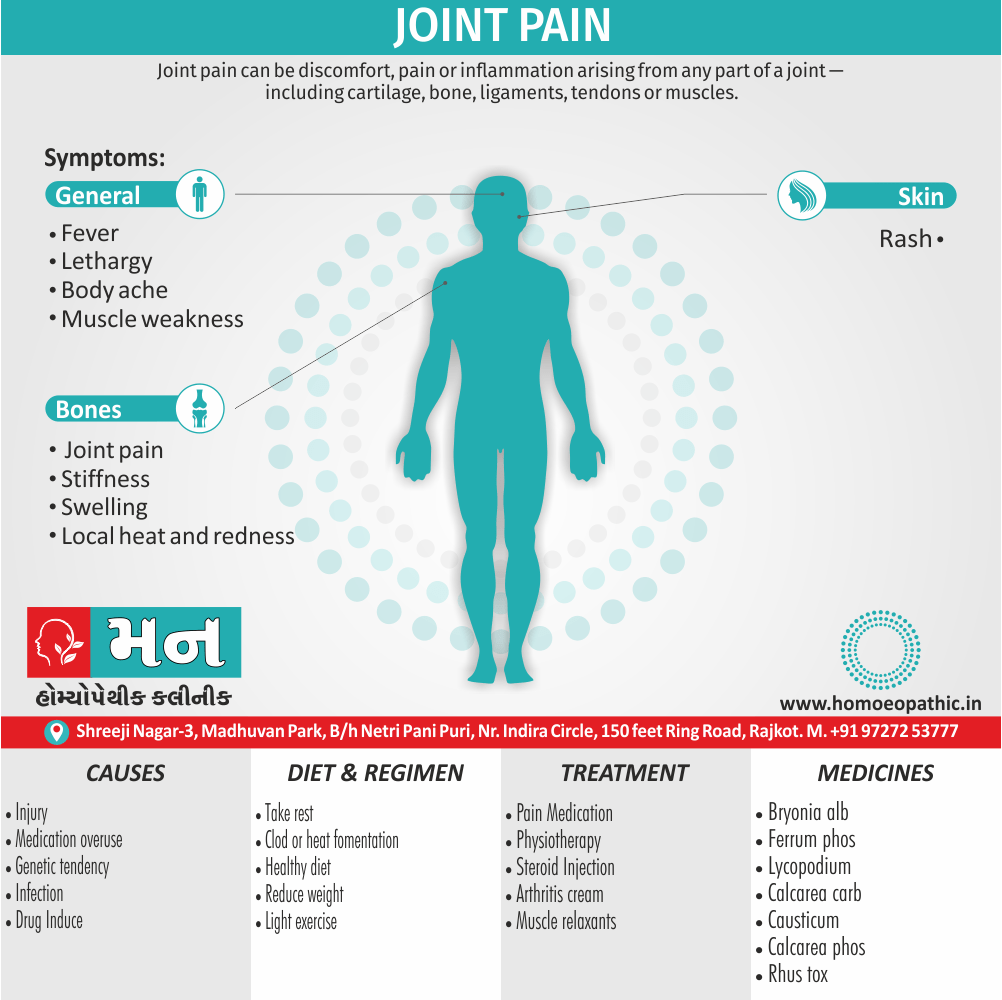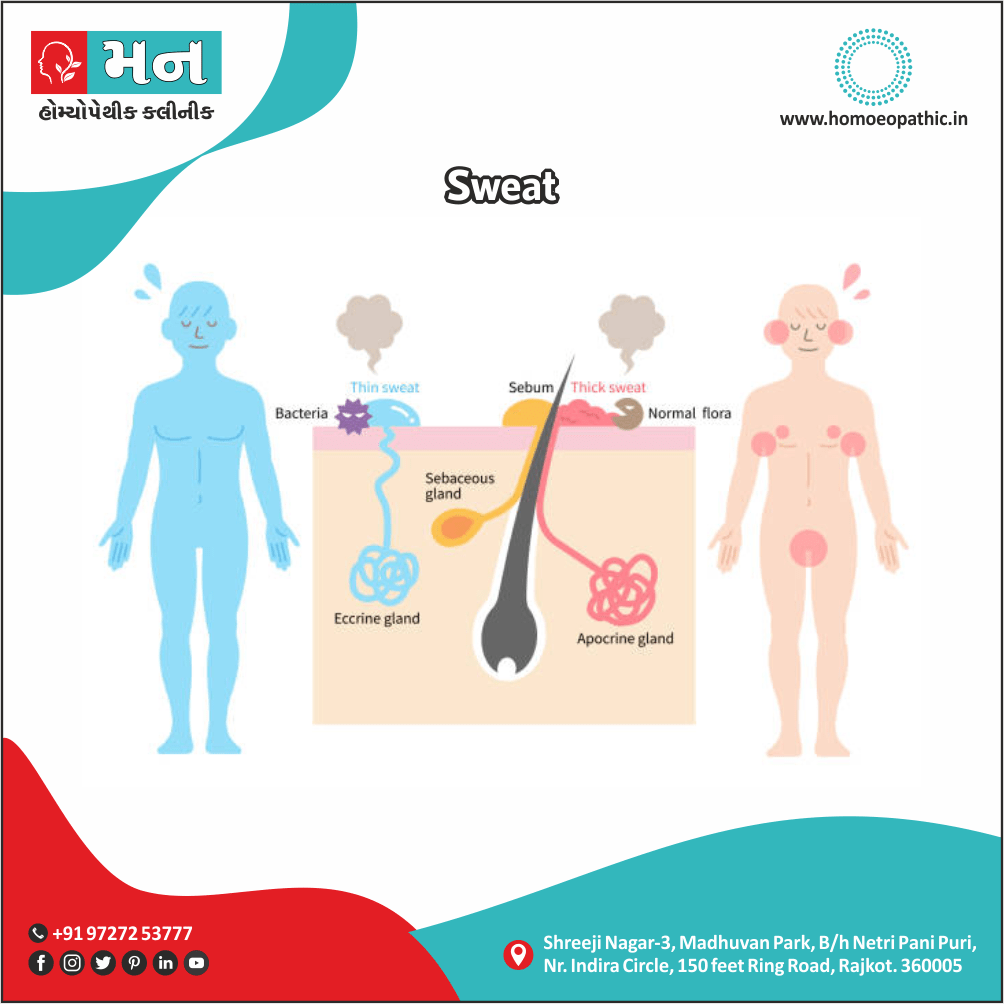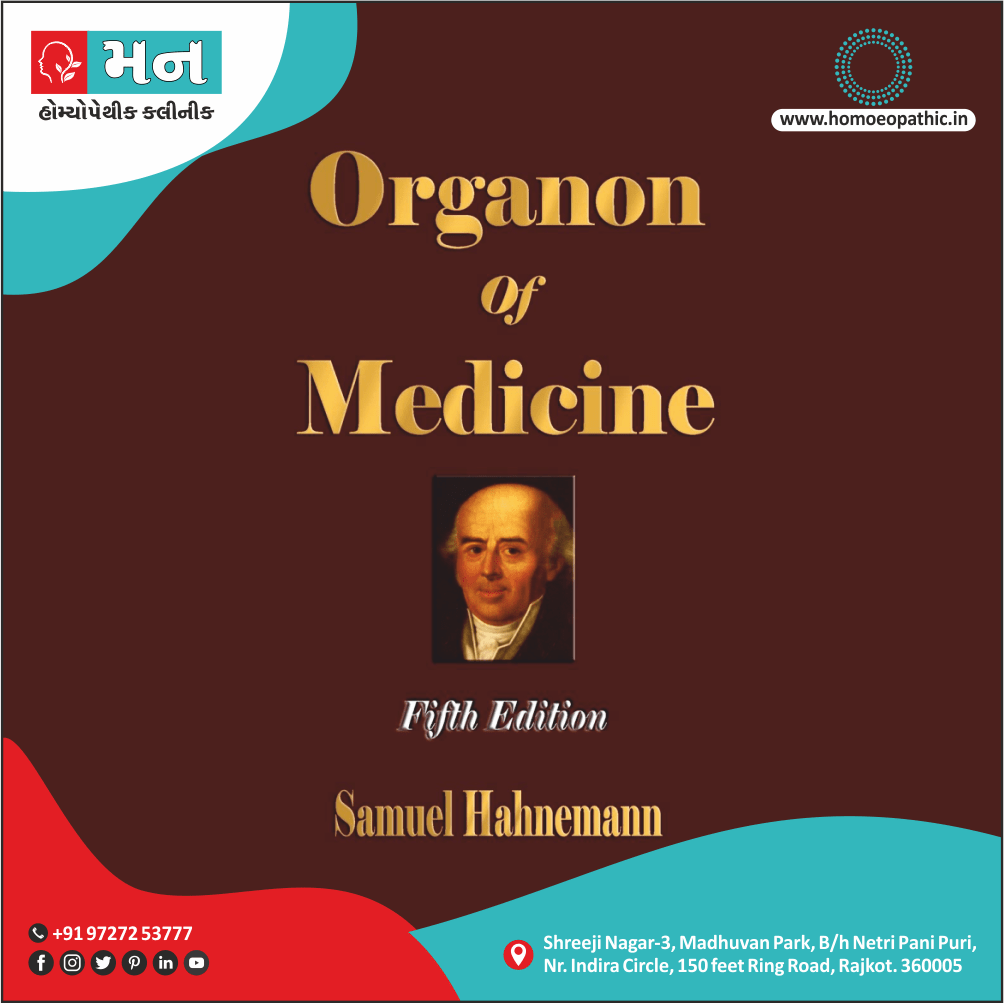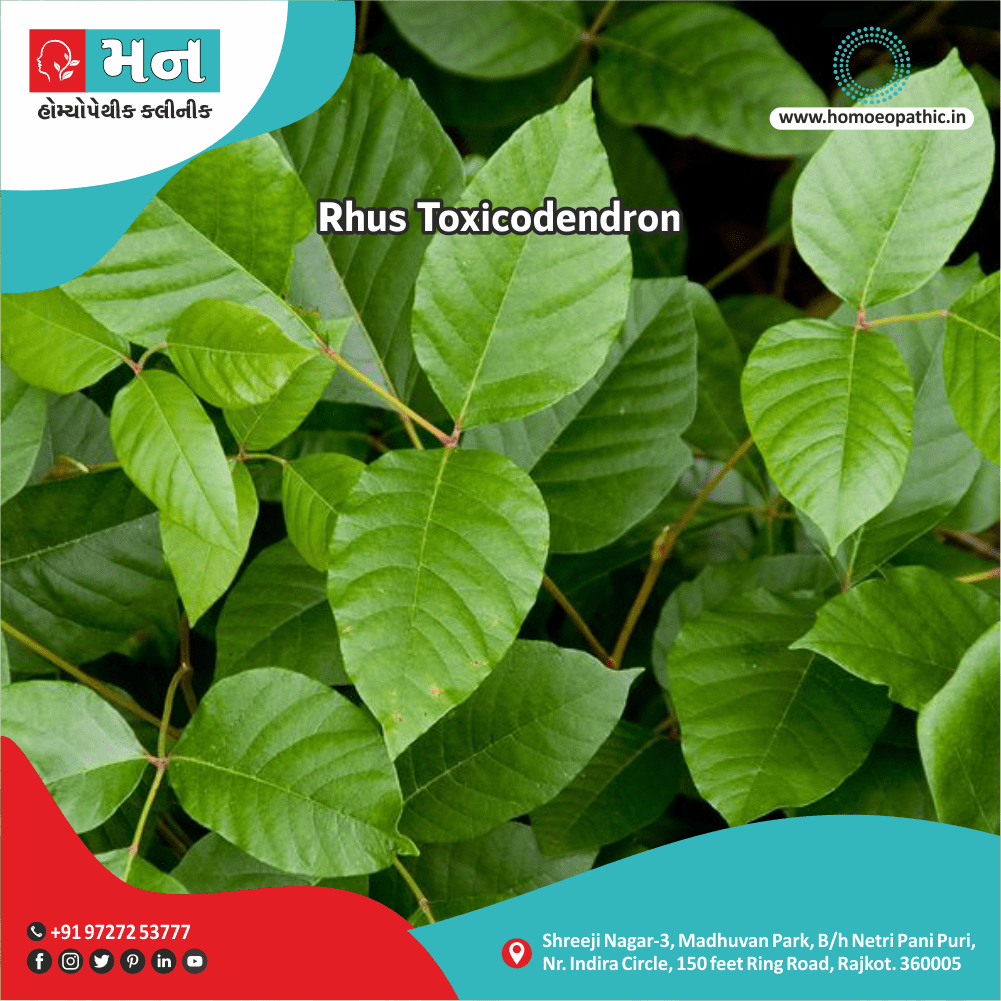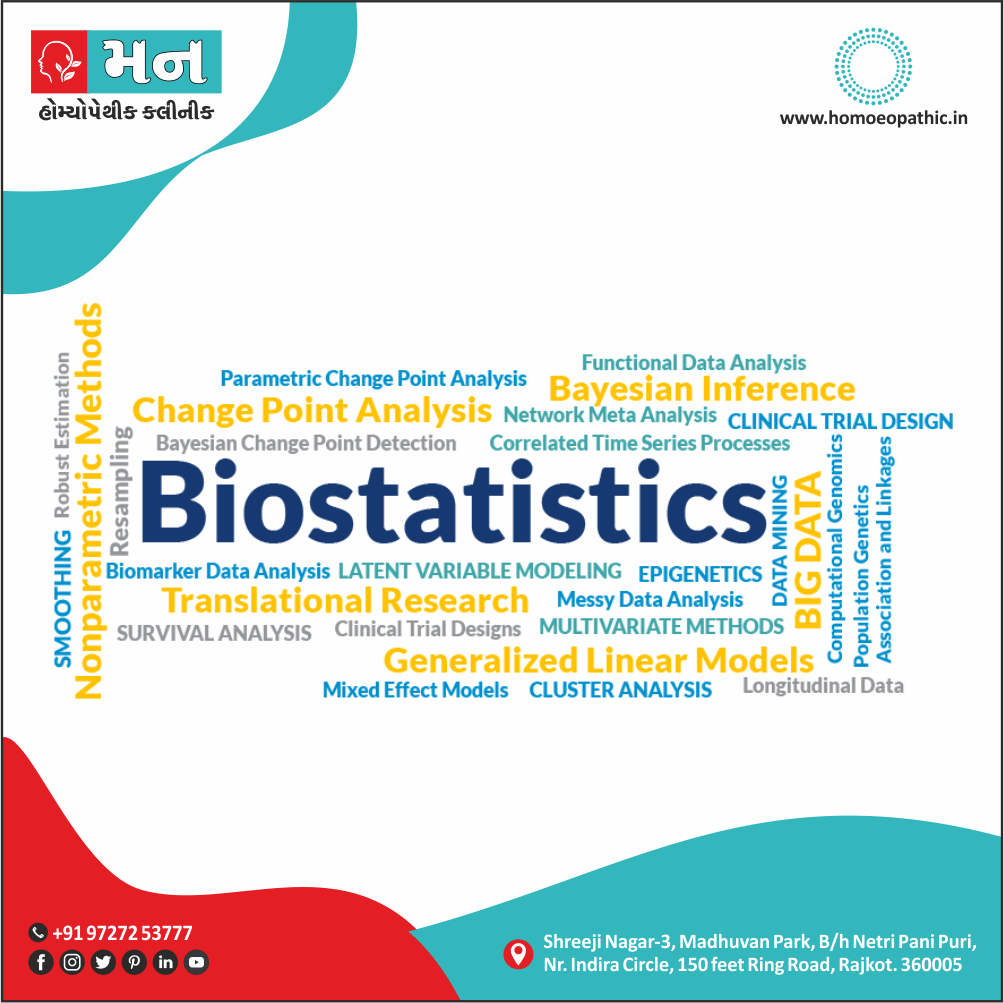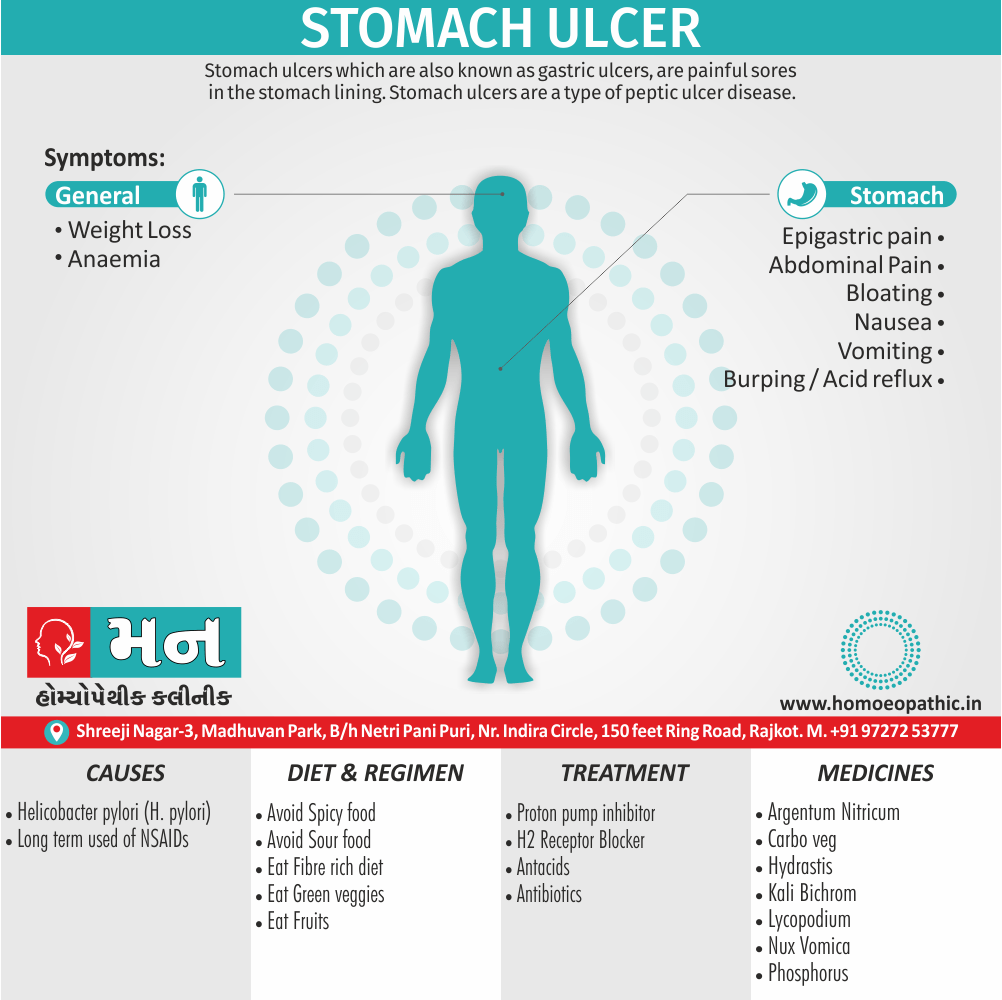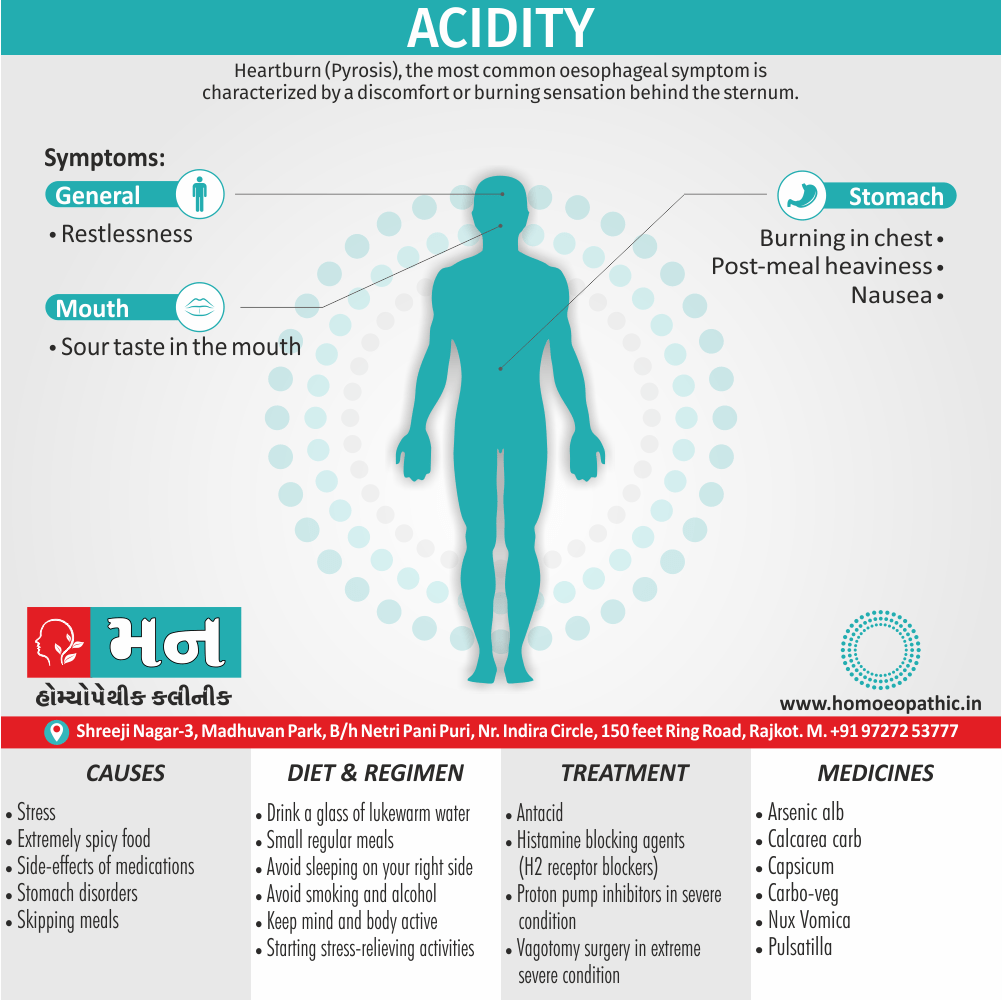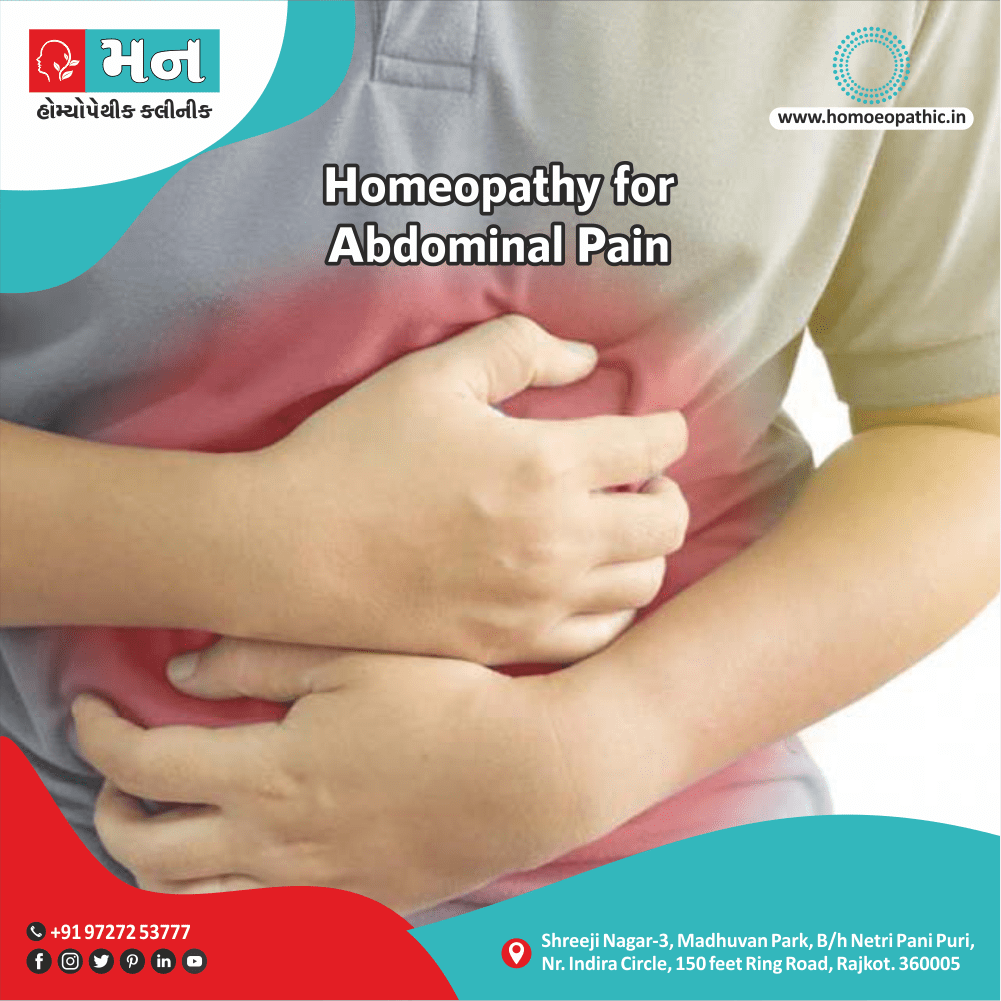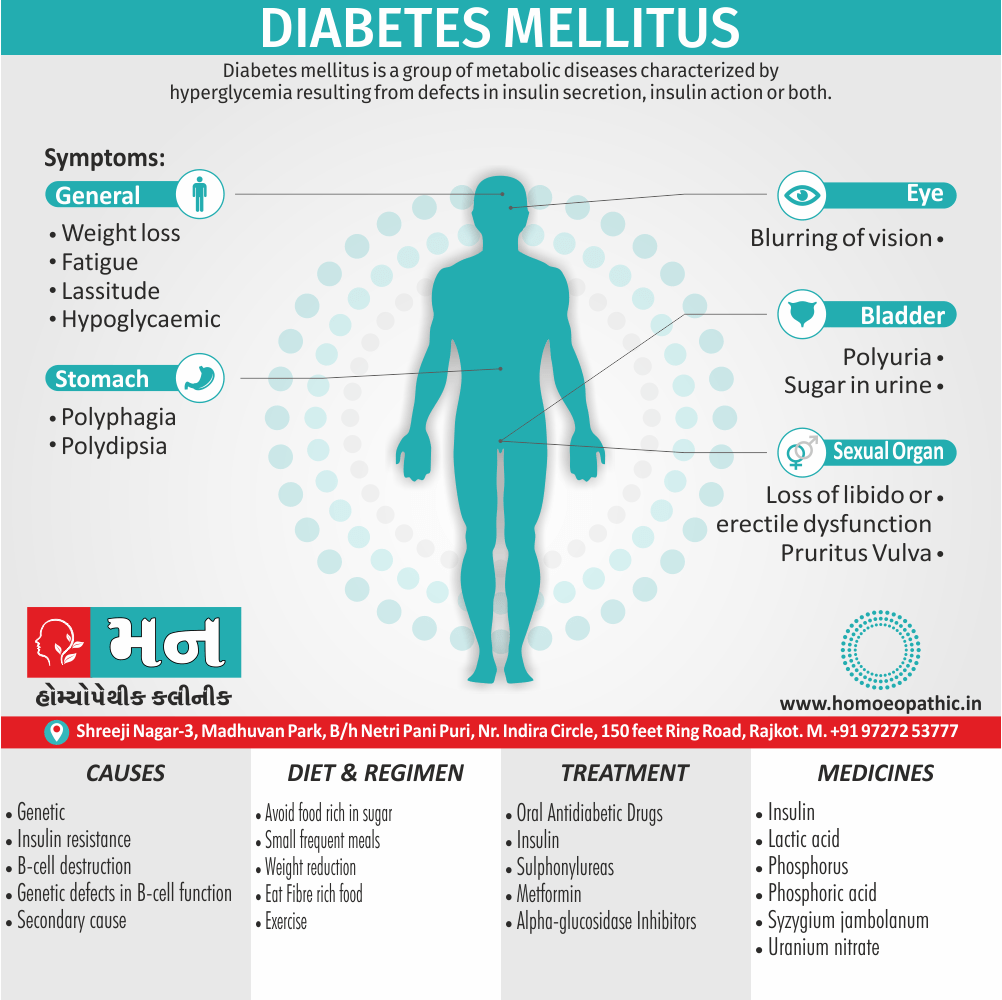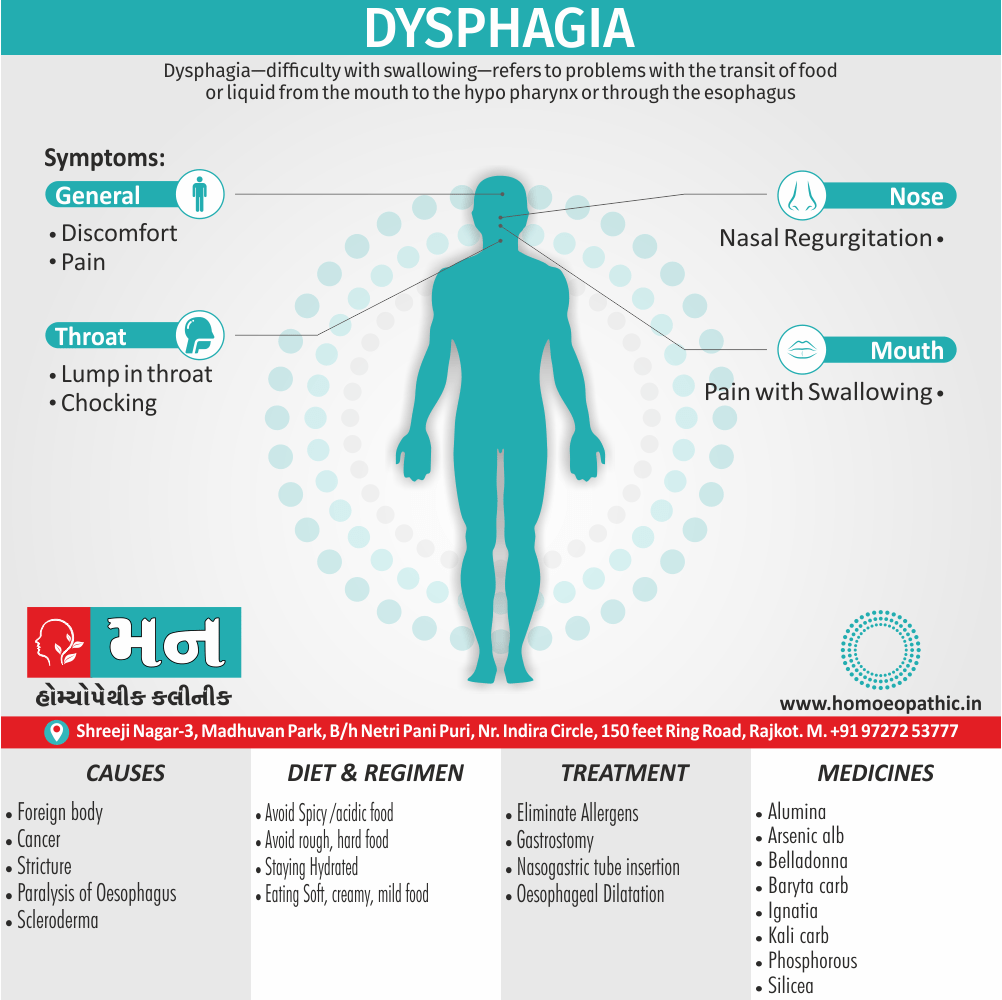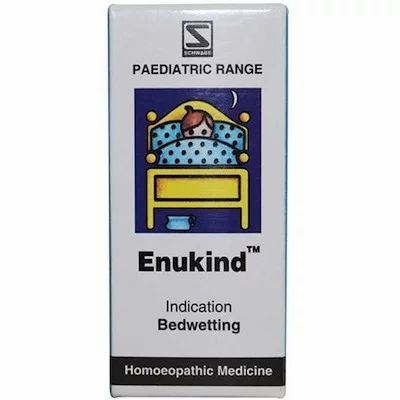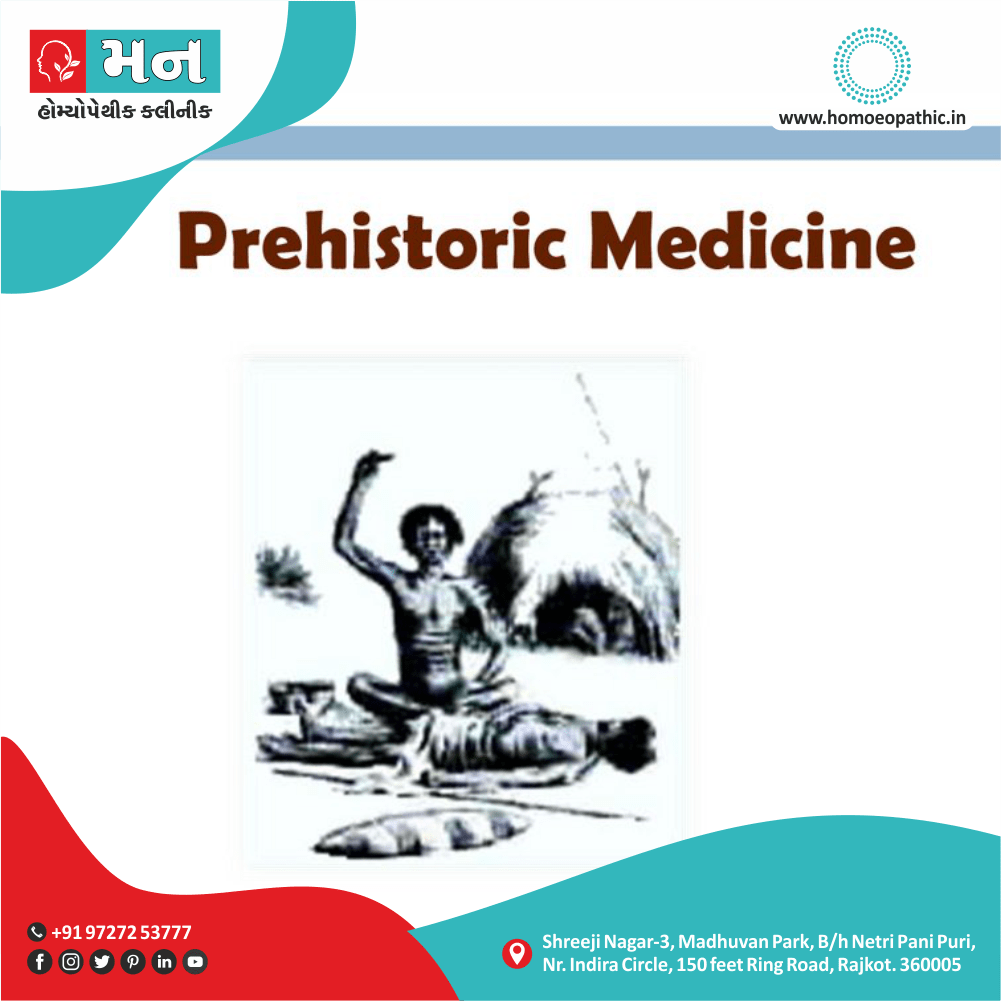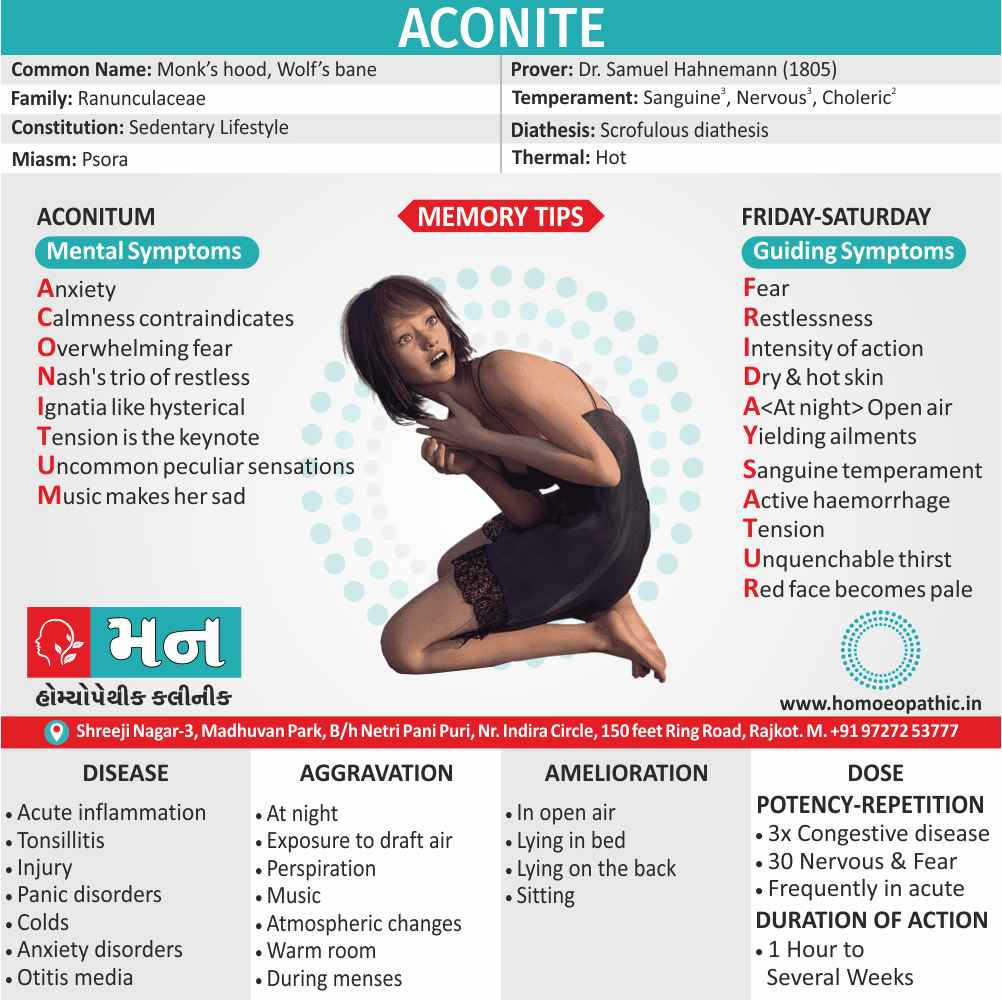Definition:
This condition of Developmental Disorder can interfere with the acquisition, retention, or application of specific skills or sets of information. They may involve dysfunction in attention, memory, perception, language, problem-solving, or social interaction.
Overview
Epidemiology xxx
Causes
Types
Risk Factors xxx
Pathogenesis xxx
Pathophysiology xxx
Clinical Features xxx
Sign & Symptoms
Clinical Examination xxx
Diagnosis
Differential Diagnosis xxx
Complications xxx
Investigations xxx
Treatment
Prevention xxx
Homeopathic Treatment
Diet & Regimen
Do’s and Dont’s xxx
Terminology xxx
References
FAQ
Also Search As xxx
Overview
Overview of Developmental Disorder
- Specific developmental disorders are characterized by an inadequate development in usually one specific area of functioning while mental retardation is a generalized impairment in nearly all areas of functioning.
- All developmental disorders either cause impairment in academic functioning at school, especially when language is affected, or impairment in the daily activities.
- A large majority of these children have an underlying cerebral disorder.
- Boys are usually more affected than girls. [1]
Epidemiology xxx
Indian epidemiology then other
Causes
Causes of Developmental Disorder
Pervasive developmental disorder
- Presently, the cause of infantile autism seems to be predominantly biological.
- Earlier reports of cold, ‘refrigerator’ mothers causing autism in their children have not been substantiated and have unnecessarily lead to undue distress to parents of children with autism.
- The evidence for biological causation includes a higher than average history of perinatal CNS insult, EEG abnormalities, epilepsy, ventricular dilatation on brain imaging, increased serotonin (especially, 5-HT) levels in brain and/or neurophysiological abnormalities in some patients. [1]
Types
Classification of Developmental Disorder
Specific developmental disorder i.e.:
- Specific Reading Disorder
- Specific Arithmetic Disorder
- Specific Developmental Disorder of Speech and Language:
- Phonological disorder
- Expressive language disorder
- Receptive language disorder
- Specific Developmental Disorder of Motor Function.
Pervasive developmental disorder i.e.
- Autistic disorder (e.g. childhood autism)
- Rett’s disorder
- Childhood disintegrative disorder
- Asperger’s syndrome
- Pervasive developmental disorder not otherwise specified (e.g. pdd-nos, atypical autism). [2]
Risk Factors xxx
Risk factors are things that make you more likely to develop a disease in the first place.
Pathogenesis xxx
Tab Content
Pathophysiology xxx
Tab Content
Clinical Features xxx
Tab Content
Sign & Symptoms
Sign & Symptoms
Pervasive developmental disorder:
Autism
(marked impairment in reciprocal social and interpersonal interaction):
- Absent social smile.
- Lack of eye-to-eye-contact.
- Lack of awareness of others’ existence or feelings; treats people as furniture.
- Lack of attachment to parents and absence of separation anxiety.
- No or abnormal social play; prefers solitary games.
- Marked impairment in making friends.
- Lack of imitative behaviour.
- Absence of fear in presence of danger.
2.Marked impairment in language and non-verbal communication
- Lack of either verbal or facial response to sounds or voices; might be thought as deaf initially.
- In infancy, absence of communicative sounds likes babbling.
- Absent or delayed speech (about half of autistic children never develop useful speech).
- Abnormal speech patterns and content. Presence of echolalia, perseveration, poor articulation and pronominal reversal (I-You) is common.
- Rote memory is usually good.
- Abstract thinking is impaired.
3. Abnormal behavioral characteristics:
- Mannerisms.
- Stereotyped behaviors such as head-banging, body-spinning, hand-flicking, lining-up objects, rocking, clapping, twirling, etc.
- Ritualistic and compulsive behavior.
- Resistance to even the slightest change in the environment. Additionally, Attachment may develop to inanimate objects.
- Hyperkinesias are commonly associated
4. Mental retardation:
- Only about 25% of all children with autism have an IQ of more than 70.
- A large majority (more than 50%) of these children have moderate to profound mental retardation.
- There appears to be a correlation between severity of mental retardation, absence of speech and epilepsy in autism.
5. Other features:
- Many children with autism particularly enjoy music.
- In spite of the pervasive impairment of functions, certain islets of precocity or splinter functions may remain (called as Idiot savant syndrome). Examples of such splinter functions are prodigious rote memory or calculating ability, and musical abilities.
- Epilepsy is common in children with an IQ of less than 50
Specific developmental disorder:
Specific Reading Disorder:
- It is also called as developmental reading disorder or dyslexia.
- The child presents with a serious delay in learning to read which is evident from the early years.
- The problems may include omissions, distortions, or substitutions of words, long hesitations, reversal of words, or simply slow reading.
- Writing and spelling are also impaired.
Specific Arithmetic Disorder:
- It is also called as developmental arithmetic disorder or developmental mathematic disorder or dyscalculia.
- In detail, The child presents with arithmetic abilities well below the level expected for the mental age (below par).
- Besides this, The problems may include failure to understand simple mathematical concepts, failure to recognise mathematical signs or numerical symbols, difficulty in carrying out mathematical manipulations, and difficulty in learning mathematical tables.
Specific Developmental Disorder of Speech and Language:
a. Phonological disorder i.e.:
- Also called as dyslalia.
- It is characterised by below par accuracy in the use of speech sounds despite normal language skills.
- The problems include severe articulation errors that make it difficult for others to understand the speech.
- Speech sounds or phonemes are omitted, distorted or substituted (e.g. wabbit for rabbit, ca for car, bu for blue).
b. Expressive language disorder i.e.:
- It is characterised by a below par ability of using expressive speech.
- The problems include restricted vocabulary, difficulty in selecting appropriate words, and immature grammatical usage.
- Cluttering of speech may also be present.
c. Receptive language disorder i.e.:
- The disorder often presents as a receptive-expressive language disorder and both receptive and expressive impairments are present together.
- The disorder is characterised by a below par understanding of language. Problems include failure to respond to simple instructions; it is obviously important to rule out deafness and pervasive developmental disorder.
4. Specific Developmental Disorder of Motor Function:
- It is also called as motor skills disorder, developmental coordination disorder, clumsy child syndrome or motor dyspraxia.
- It is characterised by poor coordination in daily activities of life, e.g. in dressing, walking, feeding, and playing.
- There is an inability to perform fine or gross motor tasks. [1]
Clinical Examination xxx
Tab Content
Diagnosis
Diagnosis
- Before making a diagnosis of specific developmental disorder, it is important to keep in mind the mental age, IQ, sociocultural background, schooling, impairment(s) in vision and hearing, or any neurological deficit. [1]
Differential Diagnosis xxx
Complications xxx
Complications are what happen after you have a disease. They are the negative consequences of the disease process.
Investigations xxx
Tab Content
Treatment
Treatment
Pervasive developmental disorder:
The treatment consists of three modes of intervention which are often used together.
a. Behaviour Therapy
- Generally, Development of a regular routine with as few changes as possible.
- In detail, Structured class room training, aiming at learning new material also maintenance of acquired learning.
- Positive reinforcements to teach self-care skills.
- Speech therapy and/or sign language teaching.
- Behavioral techniques to encourage interpersonal interaction.
b. Psychotherapy:
- Parental counselling and supportive psychotherapy can be very useful in allaying parental anxiety and guilt, also helping their active involvement in therapy. However, overstimulation of child should avoid during treatment.
c. Pharmacotherapy:
- Drug treatment can use for treatment of autism as well as for treatment of co-morbid epilepsy.
- Haloperidol decreases dopamine levels in brain. It believe to decrease hyper activity and behavioral symptoms. Risperidone, an atypical antipsychotic, is helpful in some patients and is licensed in some countries for treatment of autism in children aged 5 and above. Both haloperidol and risperidone can cause extrapyramidal side-effects (in other words, EPSE), though usually more with haloperidol. The starting dose for Risperidone is usually 0.25-0.5 mg (based on body weight), with a dose range of 0.02-0.06 mg/kg/day.
- Other drugs such as SSRIs, chlorpromazine, amphetamines, methysergide, imipramine, multi-vitamins and triiodothyronine have tried with limited success and should use only by the experts in the field.
- Anticonvulsant medication use for the treatment of generalized or other seizures, if present.
Specific developmental disorder:
- The treatment of specific developmental disorders is based on learning theory principles and is behavioral in approach.
- Furthermore, It involves use of special remedial teaching, focusing on the under lying deficit (for example, perceptual motor training in motor skills disorder).
- The treatment of common co-morbid emotional problems is often necessary.
- Lastly, Parental education and counseling are important components of good management. [1]
Prevention xxx
Tab Content
Homeopathic Treatment
Homeopathic Treatment of Developmental Disorder
Homeopathy treats the person as a whole. It means that homeopathic treatment focuses on the patient as a person, as well as his pathological condition. The homeopathic medicines selected after a full individualizing examination and case-analysis.
which includes
- The medical history of the patient,
- Physical and mental constitution,
- Family history,
- Presenting symptoms,
- Underlying pathology,
- Possible causative factors etc.
A miasmatic tendency (predisposition/susceptibility) also often taken into account for the treatment of chronic conditions.
What Homoeopathic doctors do?
A homeopathy doctor tries to treat more than just the presenting symptoms. The focus is usually on what caused the disease condition? Why ‘this patient’ is sick ‘this way’?.
The disease diagnosis is important but in homeopathy, the cause of disease not just probed to the level of bacteria and viruses. Other factors like mental, emotional and physical stress that could predispose a person to illness also looked for. No a days, even modern medicine also considers a large number of diseases as psychosomatic. The correct homeopathy remedy tries to correct this disease predisposition.
The focus is not on curing the disease but to cure the person who is sick, to restore the health. If a disease pathology not very advanced, homeopathy remedies do give a hope for cure but even in incurable cases, the quality of life can greatly improved with homeopathic medicines.
Homeopathic Medicines for Developmental Disorder:
The homeopathic remedies (medicines) given below indicate the therapeutic affinity but this is not a complete and definite guide to the homeopathy treatment of this condition. The symptoms listed against each homeopathic remedy may not be directly related to this disease because in homeopathy general symptoms and constitutional indications also taken into account for selecting a remedy, potency and repetition of dose by Homeopathic doctor.
So, here we describe homeopathic medicine only for reference and education purpose. Do not take medicines without consulting registered homeopathic doctor (BHMS or M.D. Homeopath).
Medicines:
Calcarea carb:
- Constitution of child is fat, flabby, fair, forty, perspiring.
- Late walking children do not put their feet down on the ground.
- Emaciated children, with big head and big belly.
- Patients are susceptible to Cold, Cold moist air chills through also through, takes cold easily esp. in chest.
- Dull lethargic children who do not want to play.
- Confused, misplaces words and expresses himself wrongly.
- Weakness of ankles in children, turn inward, while walking.[3]
Calcarea Phos:
- Children are delicate, tall, thin or scrawny with dirty brownish skin.
- Late in learning to walk and talk, additionally the teeth develop slowly and the posterior fontanelle may be slow to close.
- The skull is soft, thin and brittle in such instances.
- The digestive system is also weak in child with developmental delay.
- Wants to be nursed all the time.
- Colic and vomiting after feeding.
- The child may suffer chronic diarrhea with watery, offensive also greenish stool.[3]
Baryta Carb:
- Child is dwarfish, both mentally and physically.
- Children dull minded and are slow learners where speech also walking.
- Fear of strangers.
- Child shows retarded development after either trauma or vaccination.
- Profuse sweat with offensive odor, mainly on the feet.
- Developmental delay in children who suffer from chronic tonsillitis attacks.[3]
Silicea:
- Child having large head also thin legs.
- The sutures and fontanelles are slow to close.
- It produces defective Nutrition especially, in children; due to imperfect assimilation.
- Delay in learning to talk and walk.
- Worm infestation in children.
- Obstinate, stubborn, head-strong; children.[3]
Natrum Mur:
- Children talk late; cross, irritable, cry from slightest cause.
- Moreover, Trembling of the hands when writing.
- Emaciation, descending, of neck or abdomen.
- Weeps involuntarily, without cause or cannot weep.
- Cheerful, laughs, signs, dances, alternating with sadness. [3]
Diet & Regimen
Diet & Regimen
- Food is of adequate quality and amount.
- Variety of fruits, vegetables, also whole grains.
- Abundant whole plant foods.
- Low cholesterol, saturated and trans fats.
- Limited simple sugars and salt.
- More plant proteins (e.g. beans, nuts, grains) and fewer and leaner animal proteins (e.g. meat)
- Multiple vitamin/mineral supplement.
- Little or no alcohol [4]
Do’s and Dont’s xxx
Tab Content
Terminology xxx
Tab Content
References
References use for Article Developmental Disorder
- Ahuja- A Short Textbook of Psychiatry 7th edition
- Psychiatry-Oxford medical publications-SRG John Gedde-4th edition
- Textbook of homoeopathic Materia Medica by Dr. S.R. Phatak
- Nutrition for Individuals with Intellectual or Developmental Disabilities « Montana Disability and Health Program (umt.edu)
FAQ
Frequently Asked Questions
What is Developmental Disorder ?
This condition can interfere with the acquisition, retention, or application of specific skills or sets of information. They may involve dysfunction in attention, memory, perception, language, problem-solving, or social interaction.
Homeopathic Medicines used by Homeopathic Doctors in treatment of Developmental Disorder ?
- Calcarea carb
- Calcarea Phos
- Baryta Carb
- Silicea
- Natrum Mur
What are the symptoms of Developmental Disorder?
- Absent social smile.
- Lack of eye-to-eye-contact.’
- Rote memory is usually good.
- Abstract thinking is impaired.
- Mannerisms
- Hyperkinesias are commonly associated
What causes Developmental Disorder ?
- Presently, the cause of infantile autism seems to be predominantly biological.
- Earlier reports of cold, ‘refrigerator’ mothers causing autism in their children have not been substantiated and have unnecessarily lead to undue distress to parents of children with autism.
Also Search As xxx
Frequently Asked Questions (FAQ)
XYZ
XXX
XYZ
XXX
XYZ
XXX
